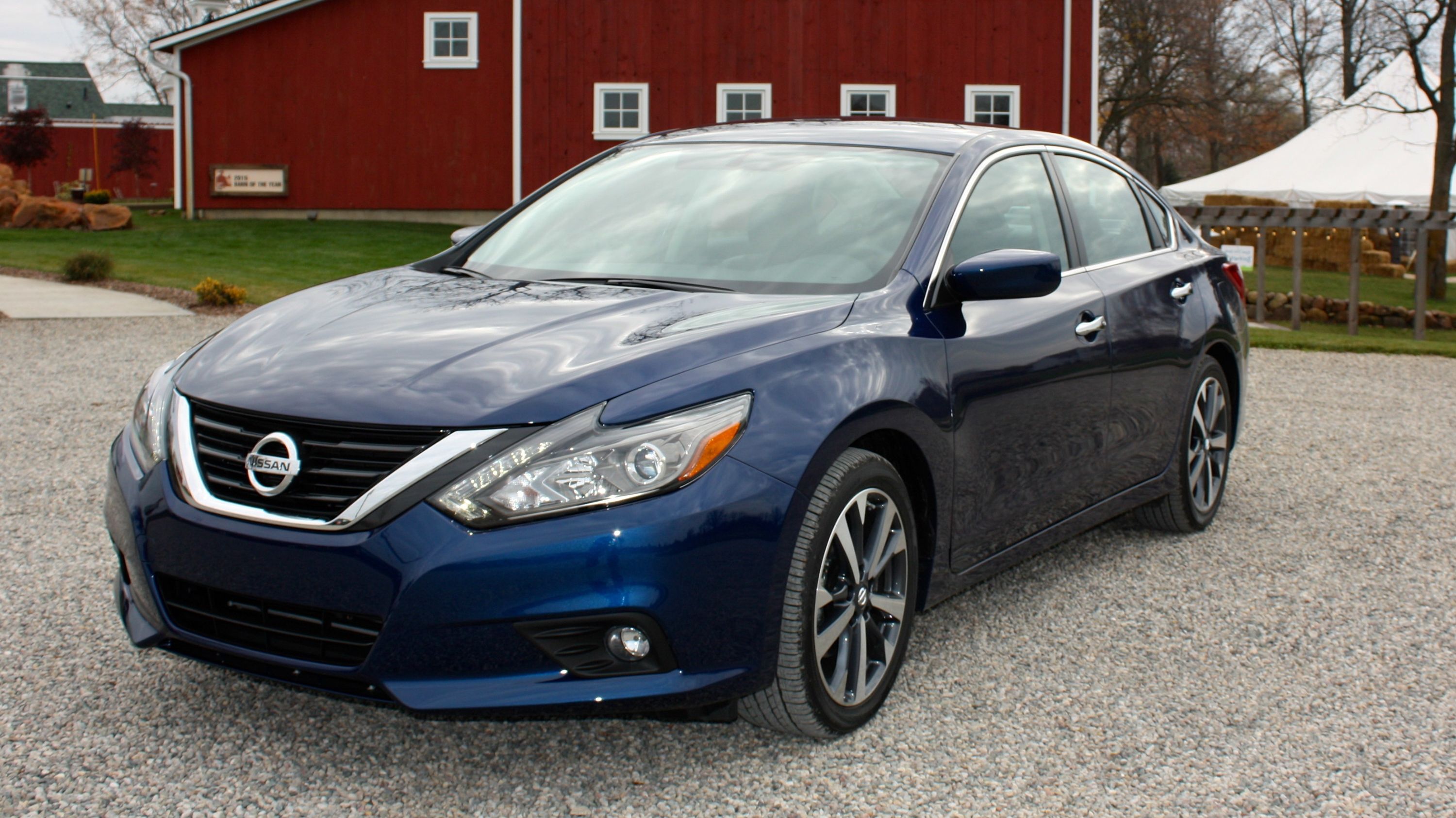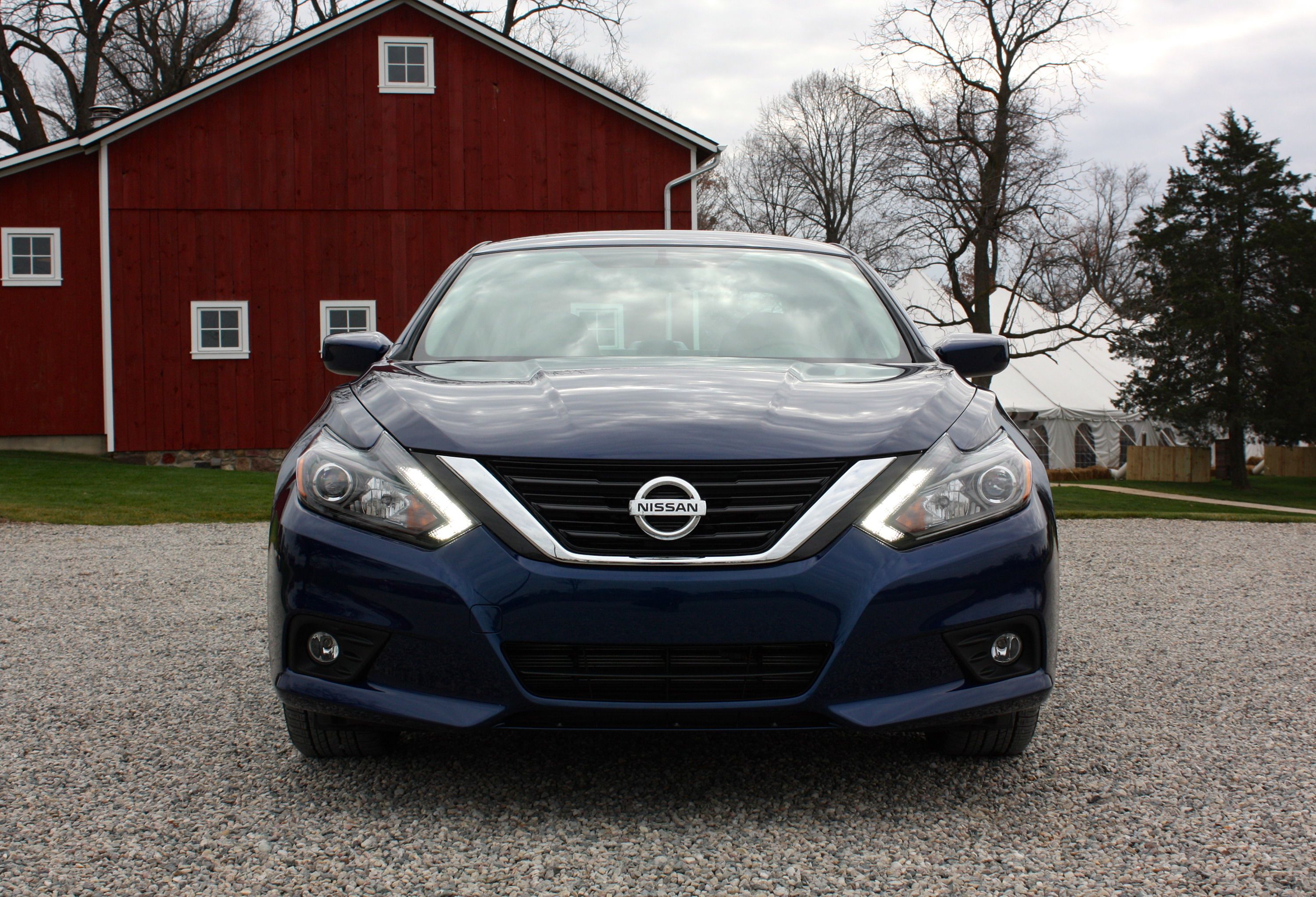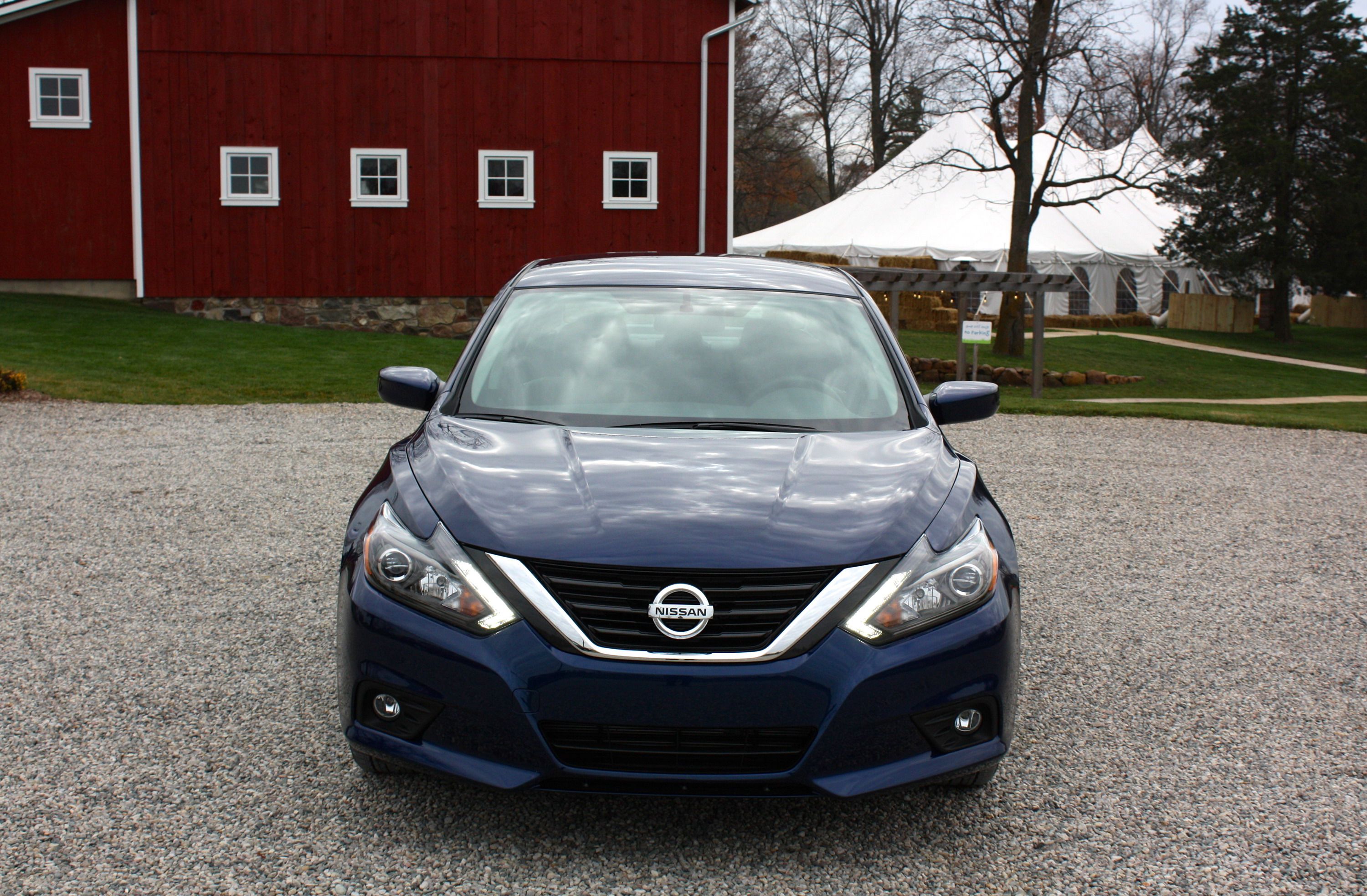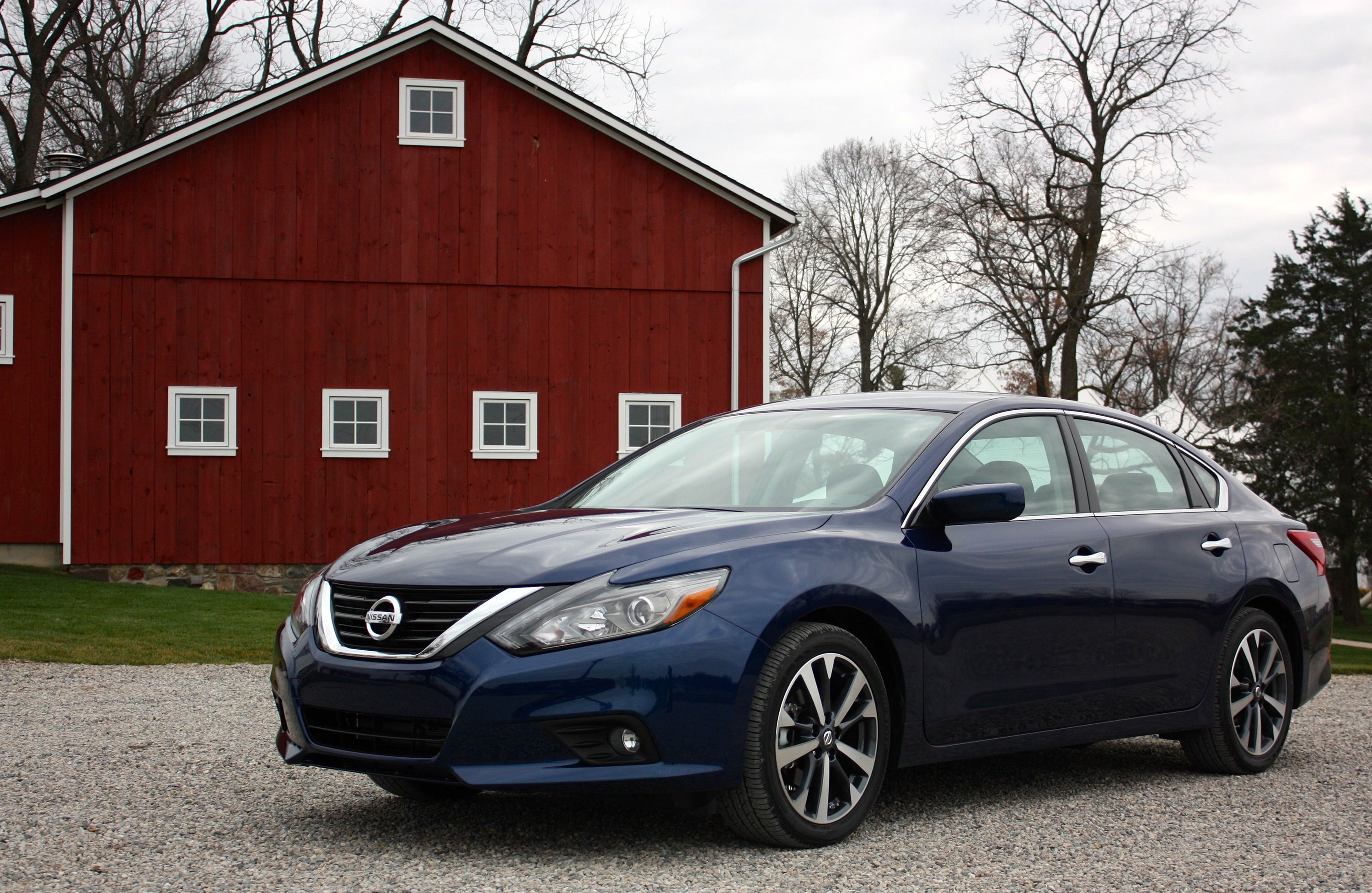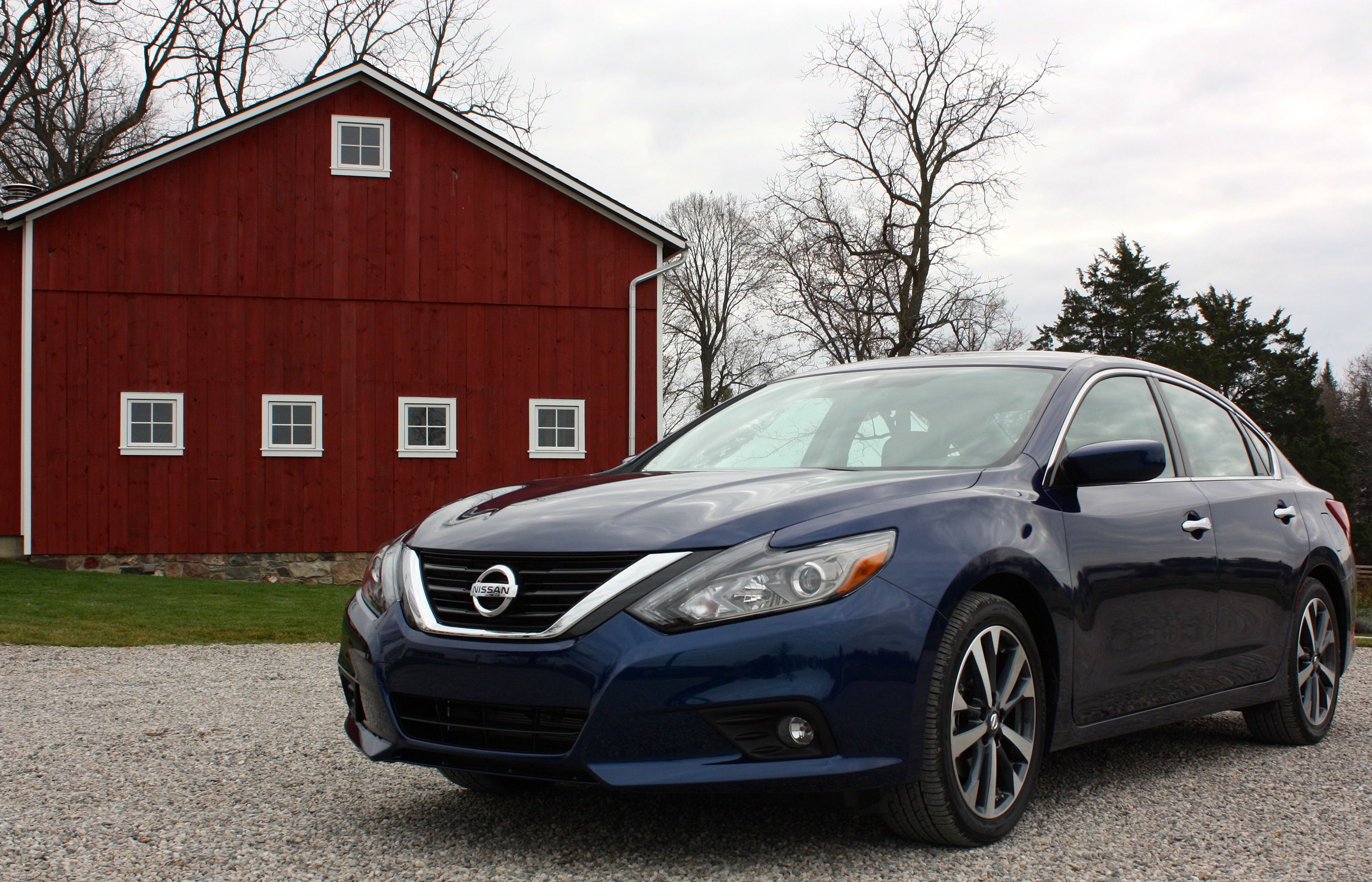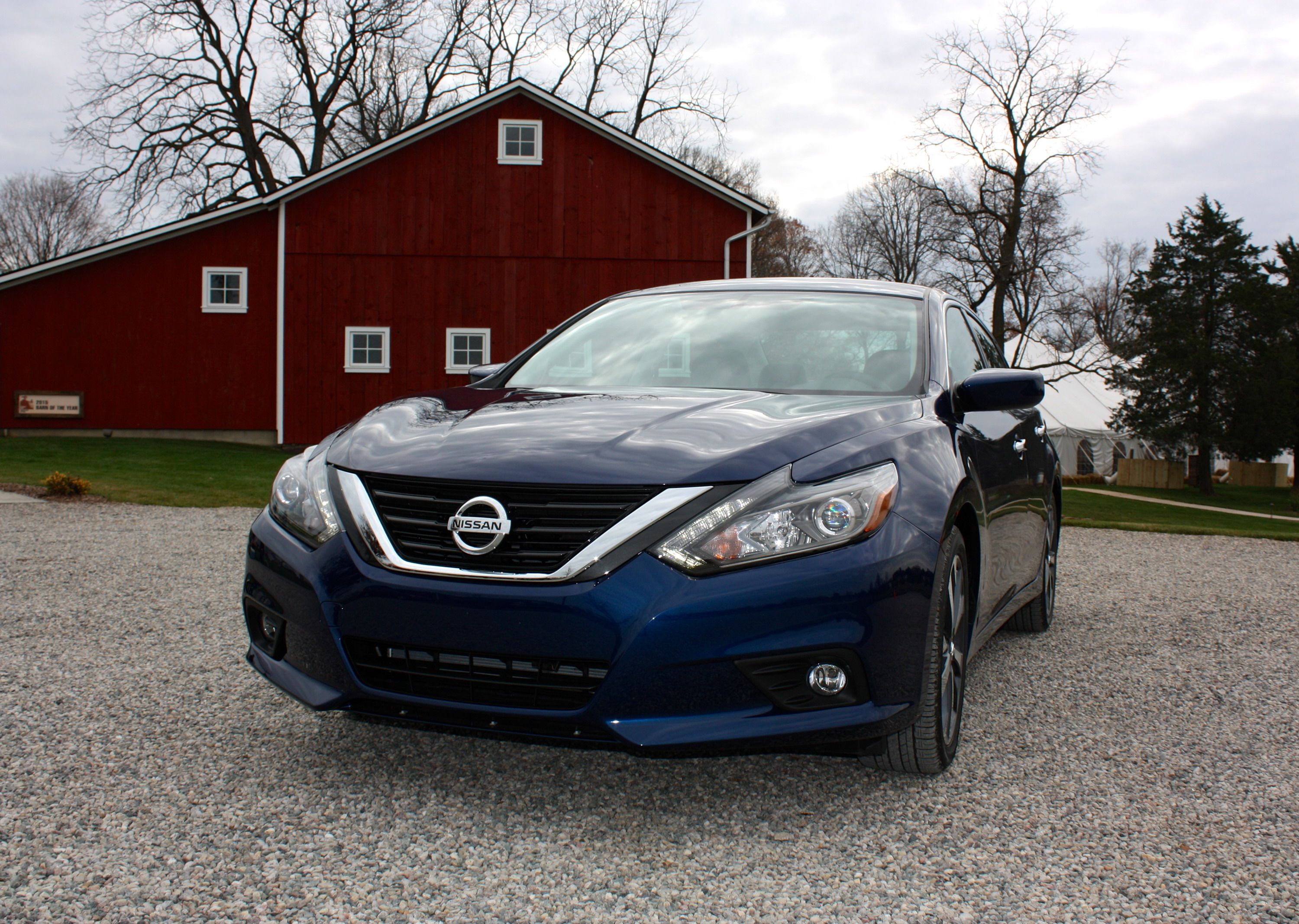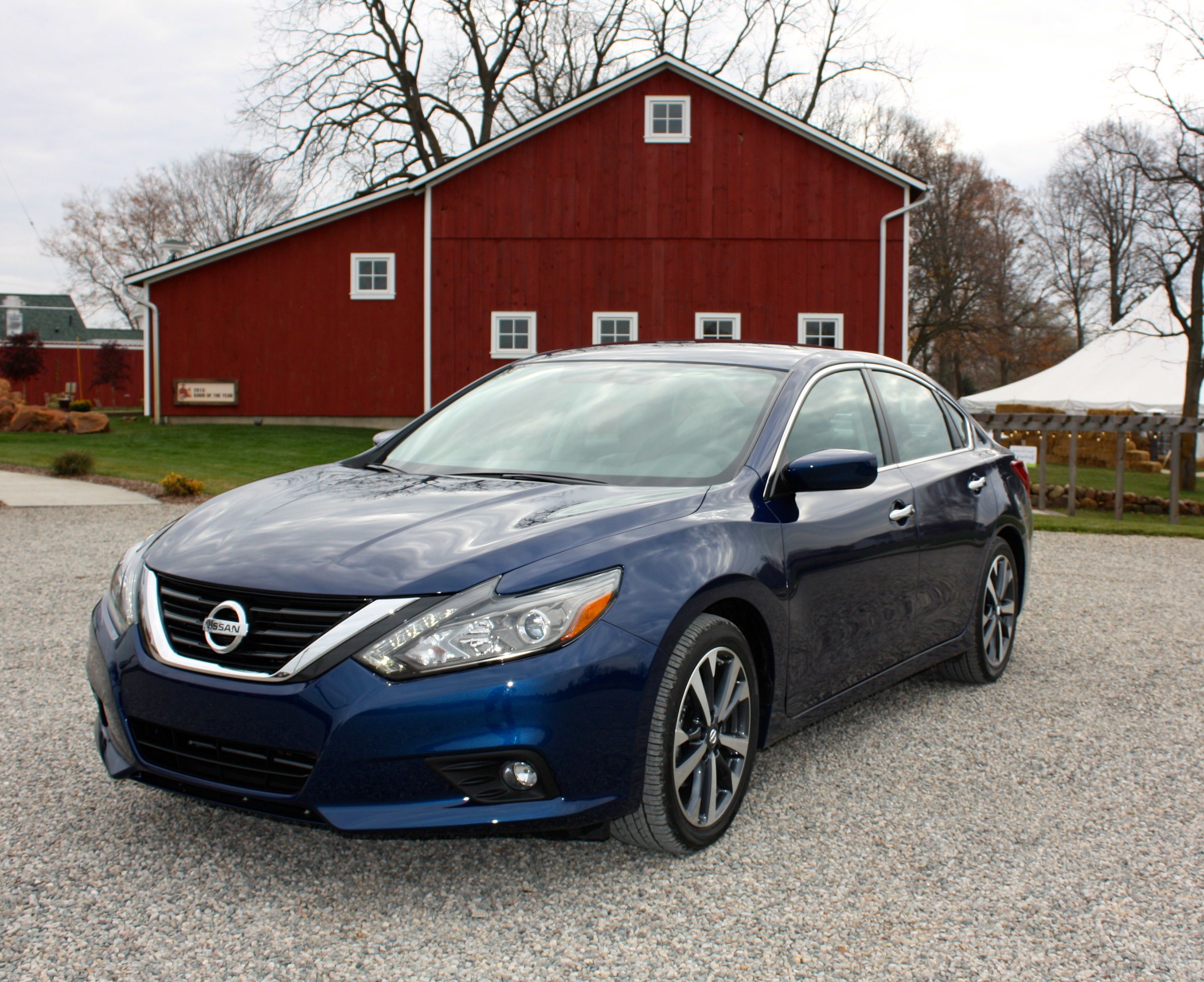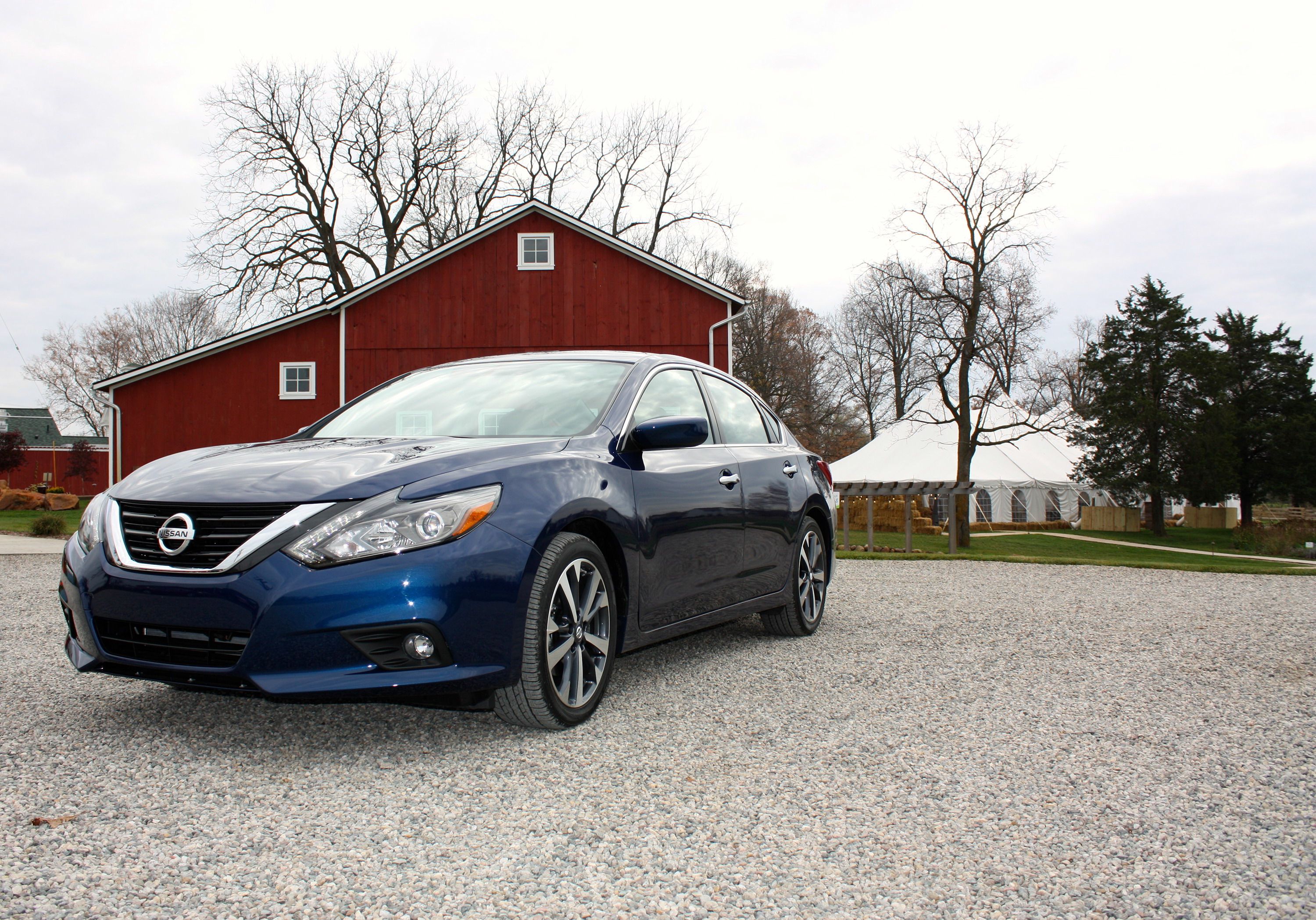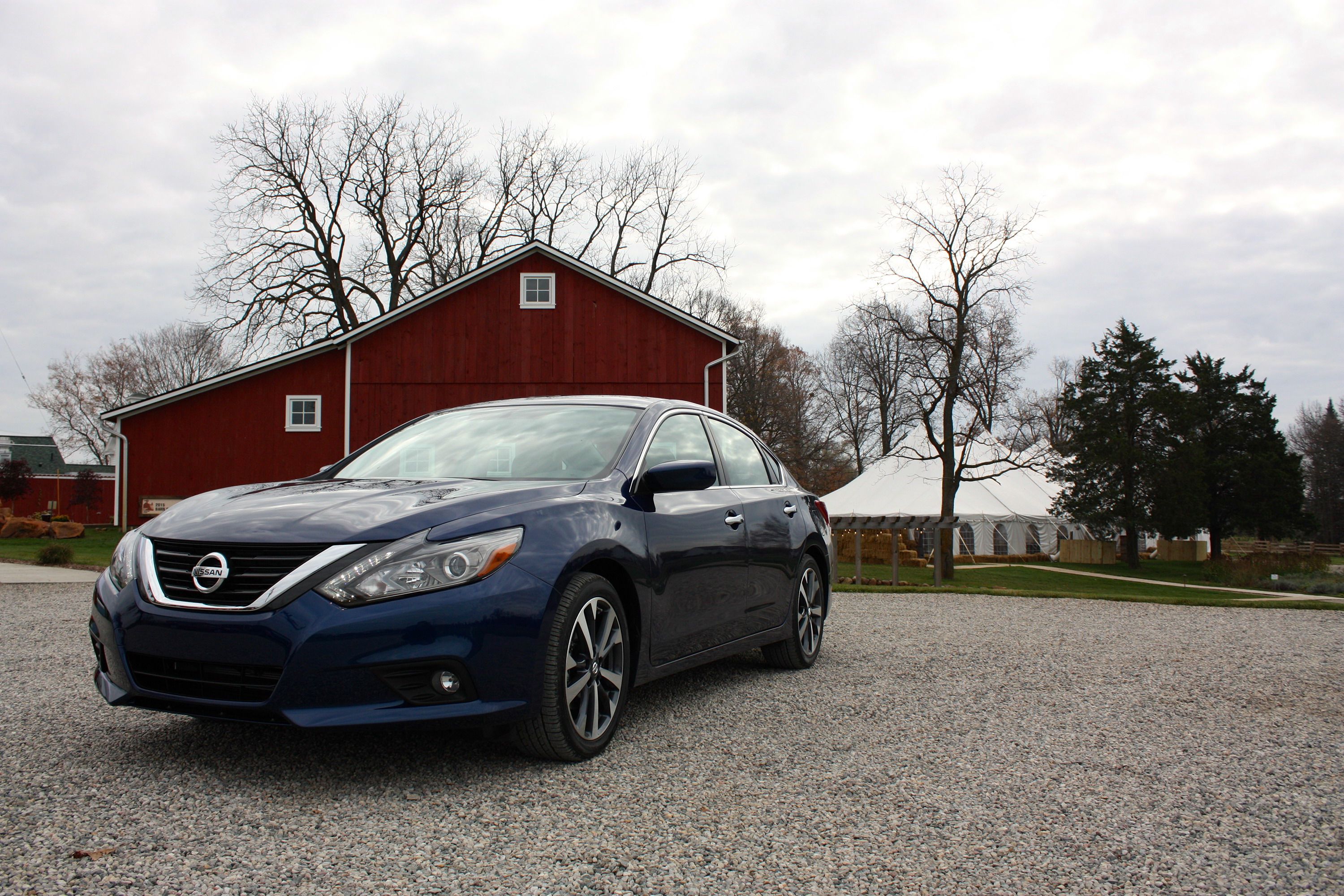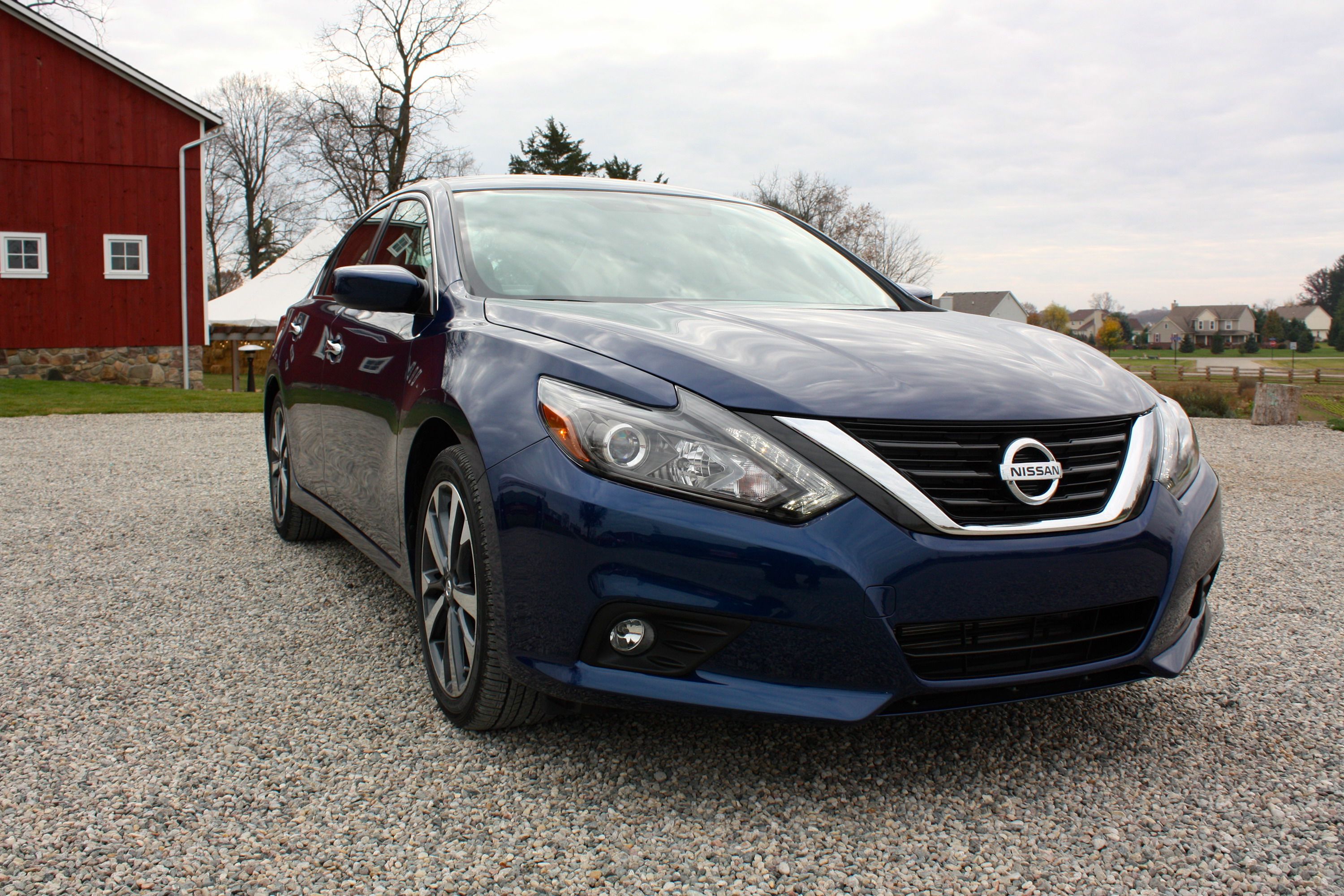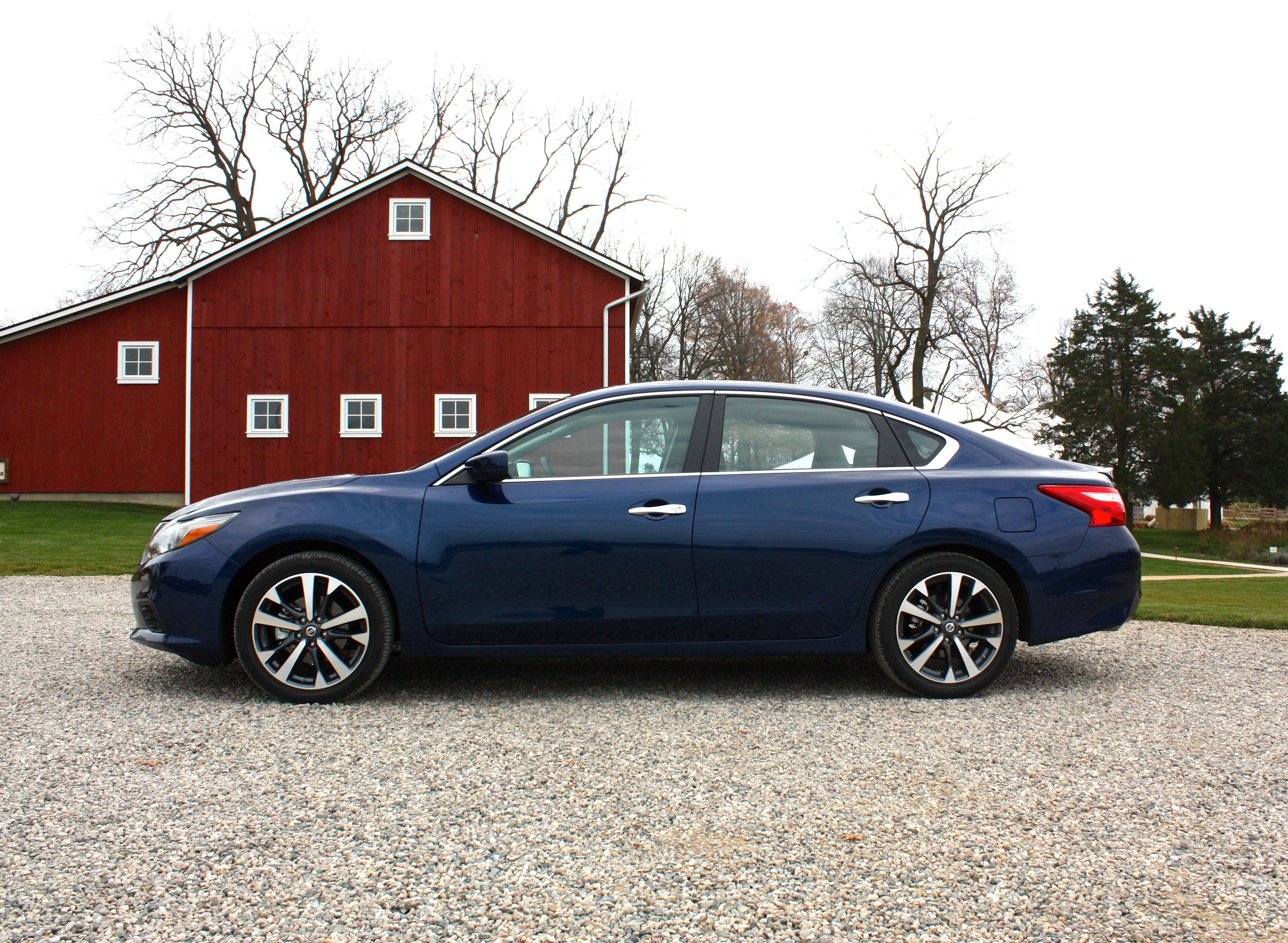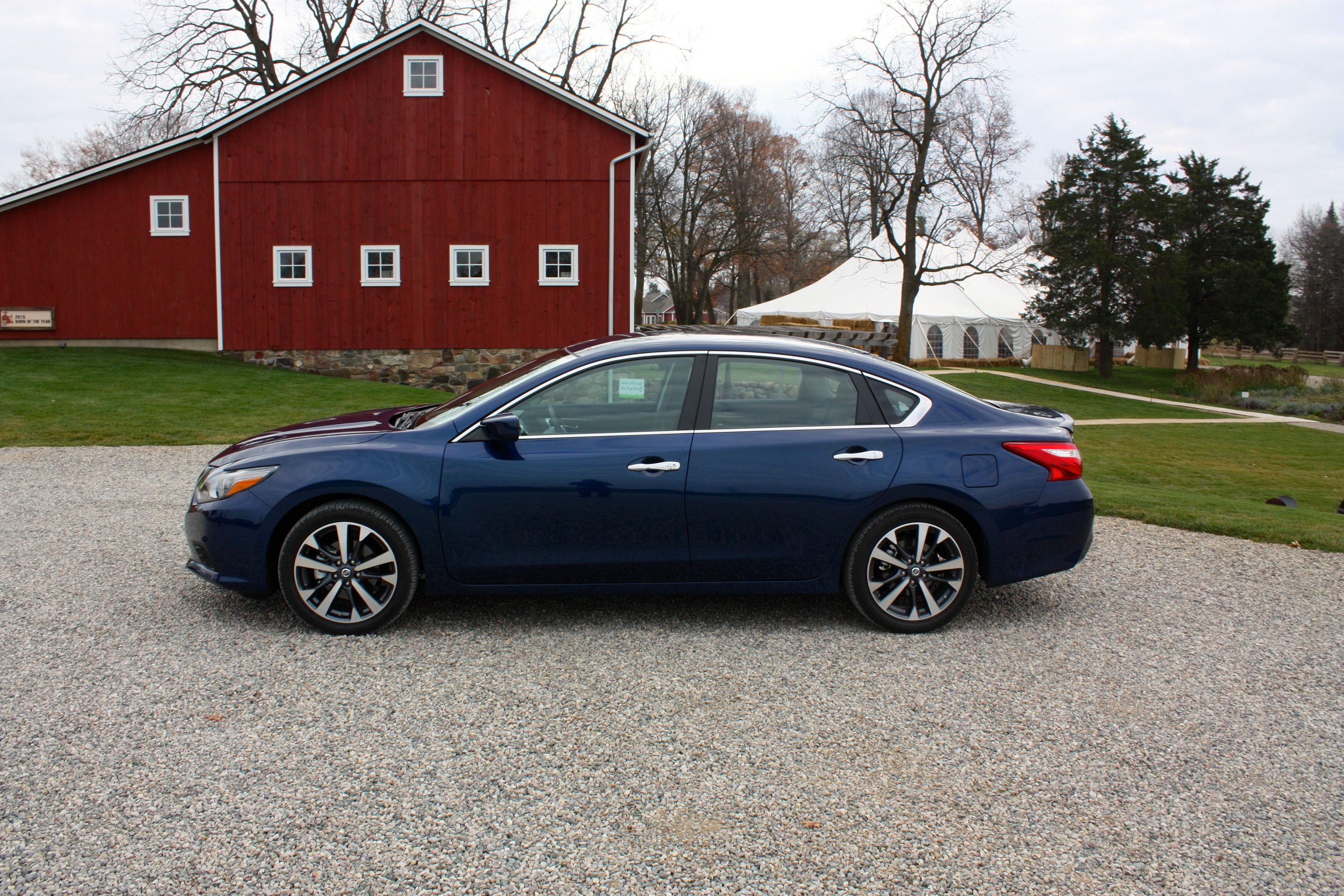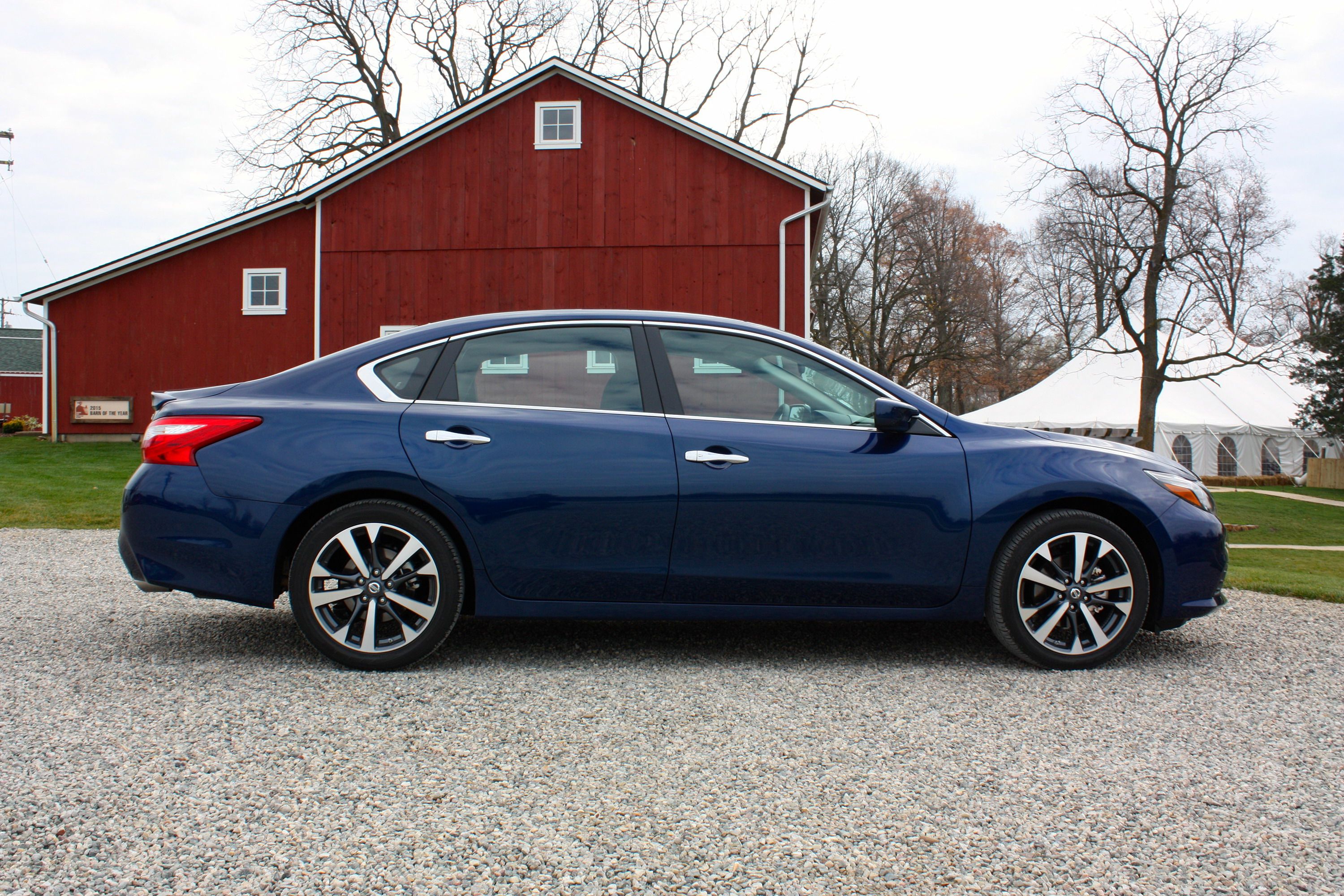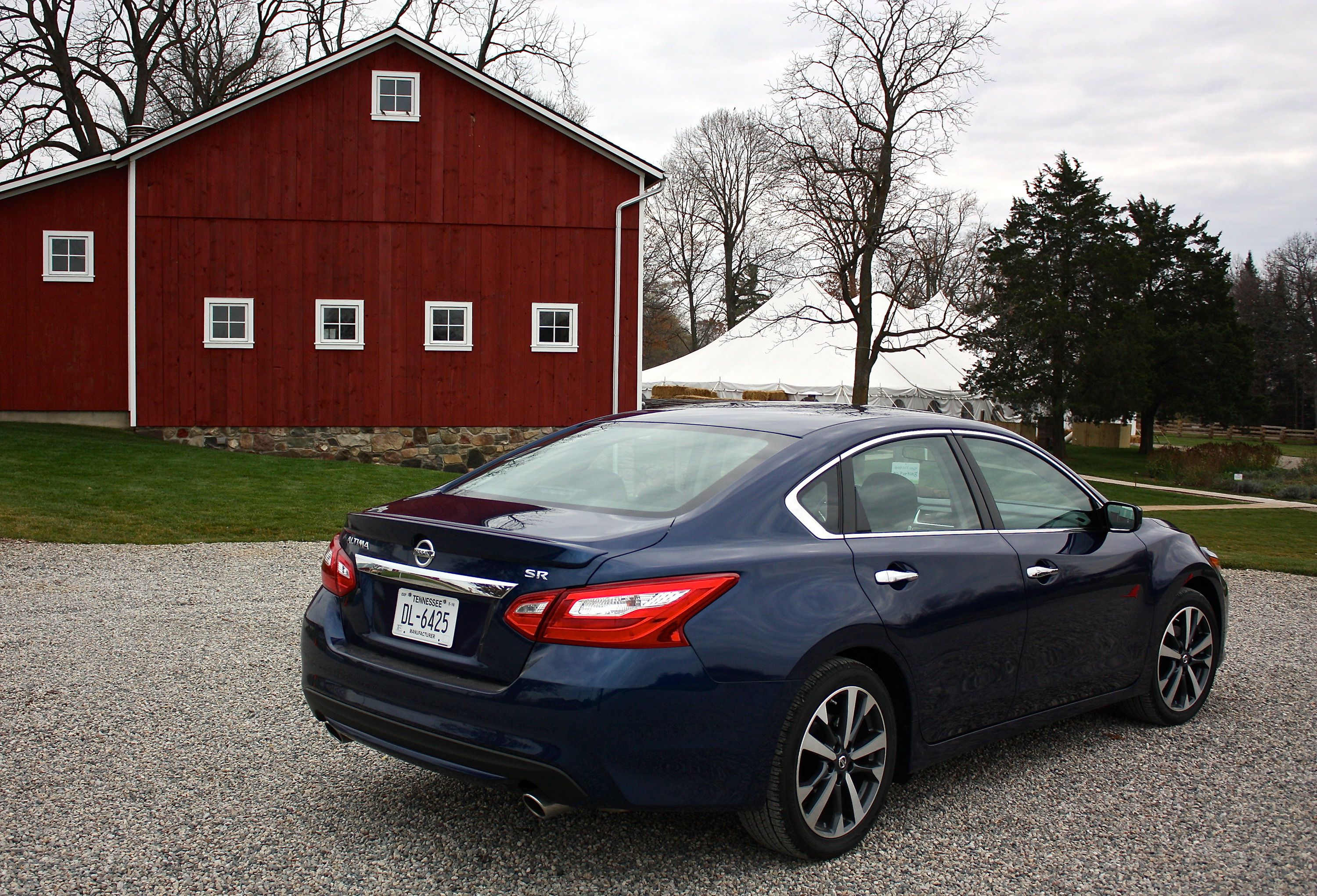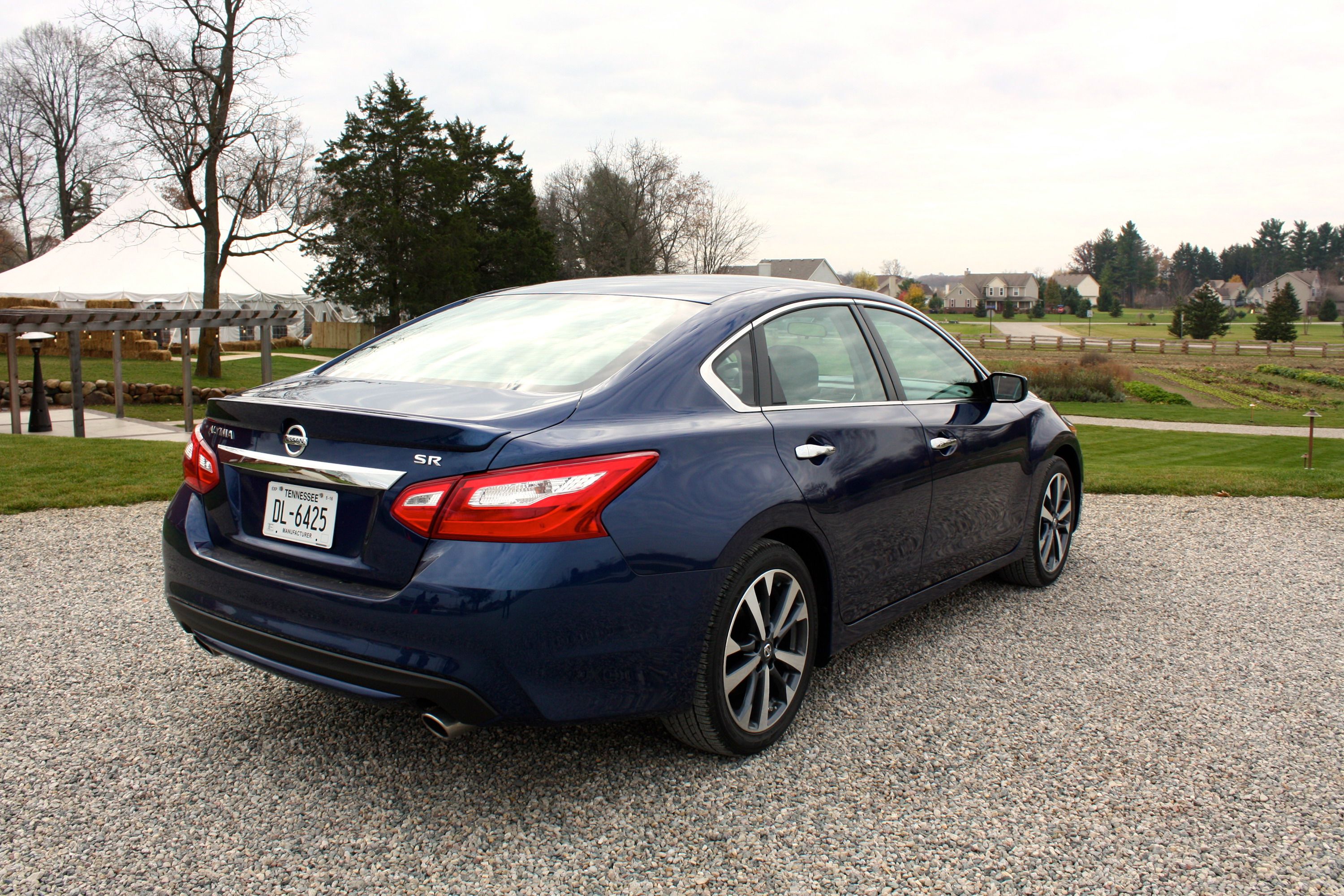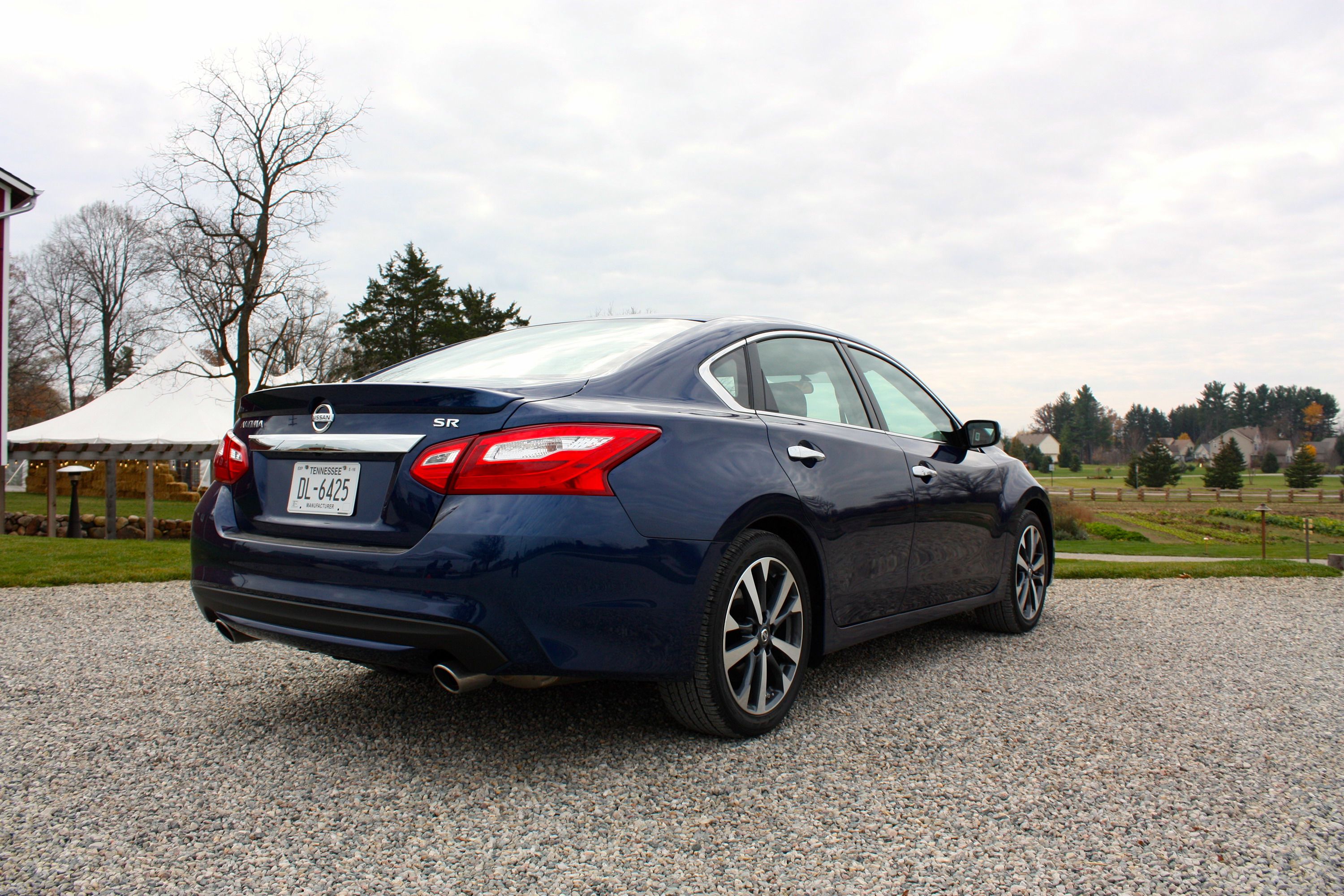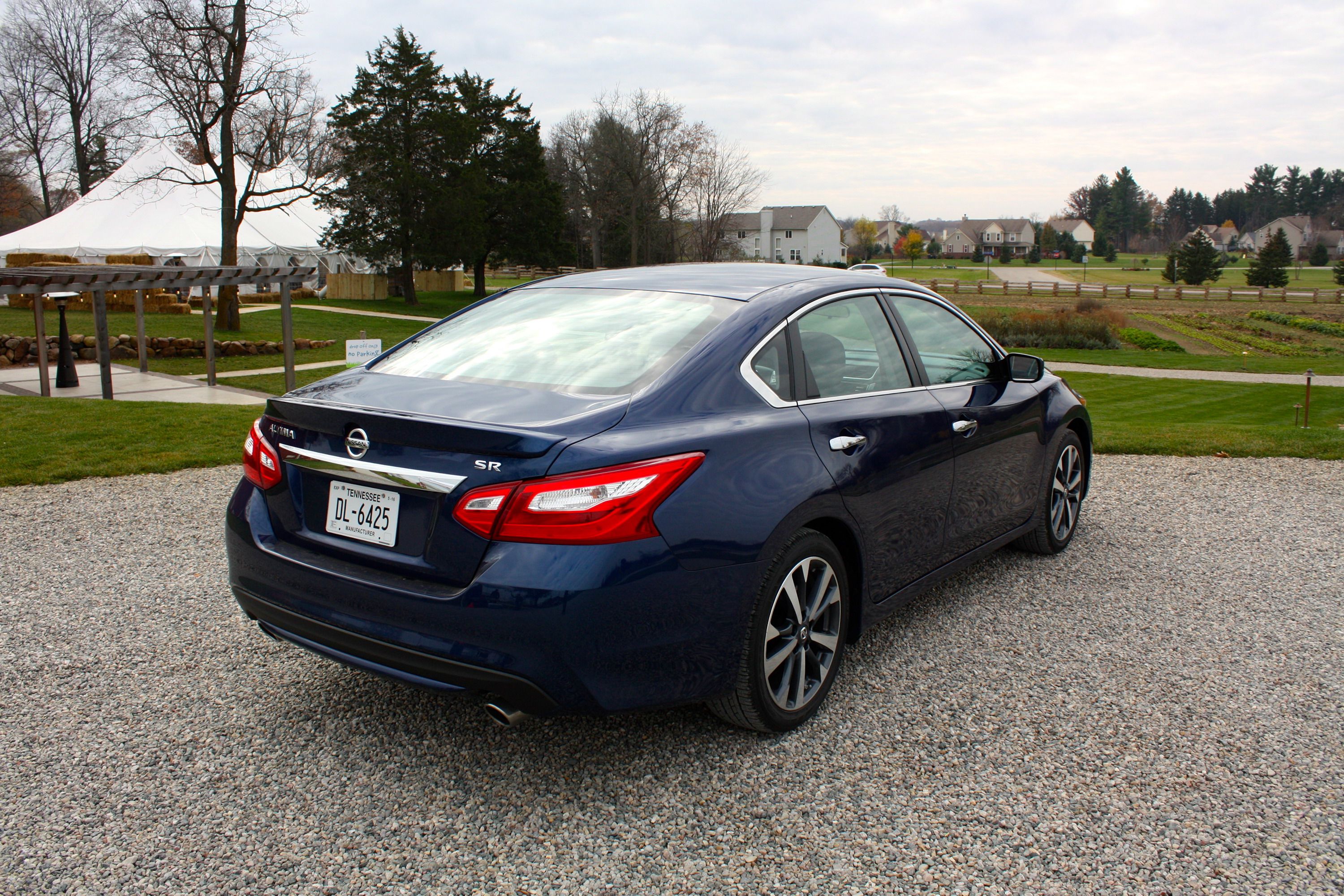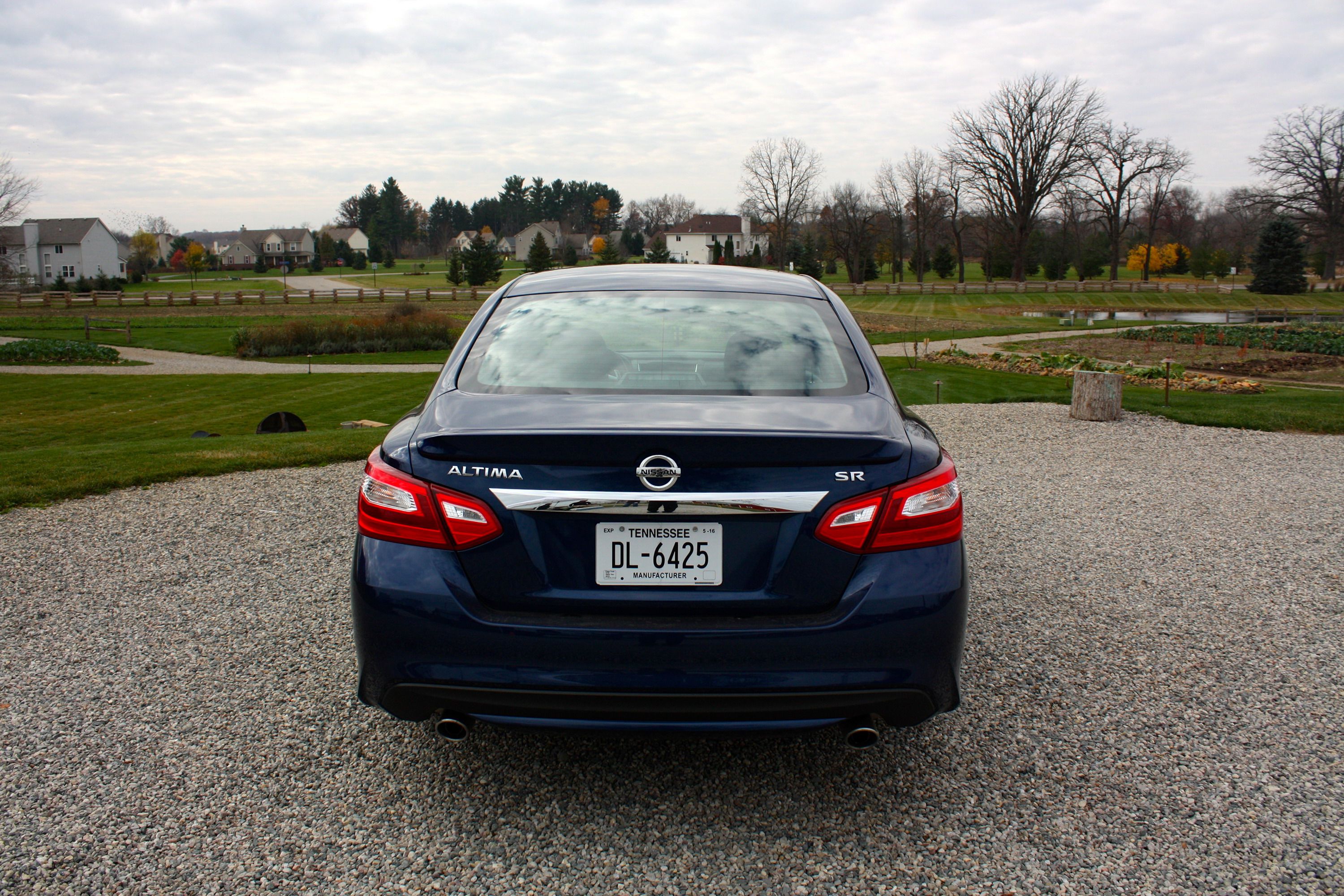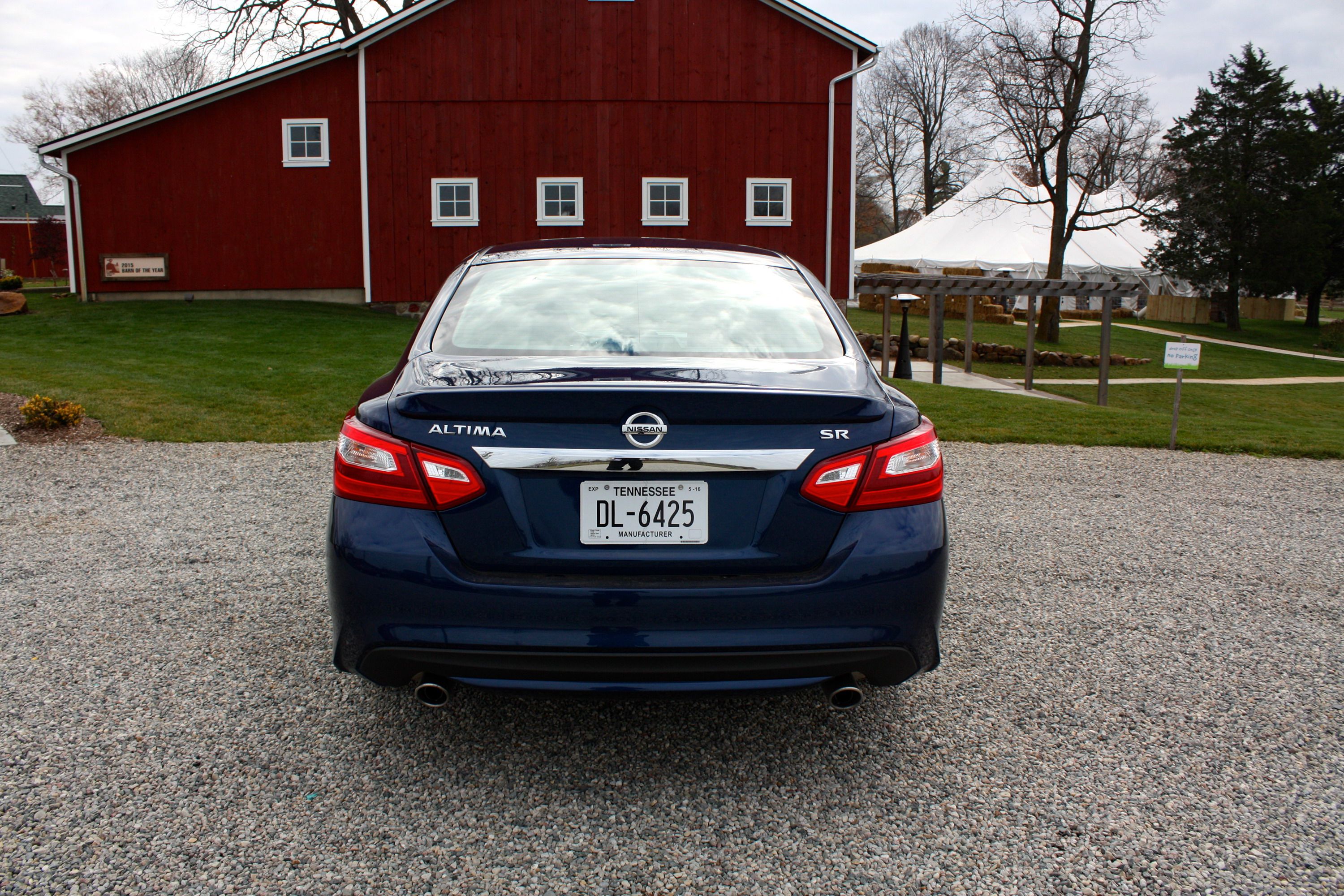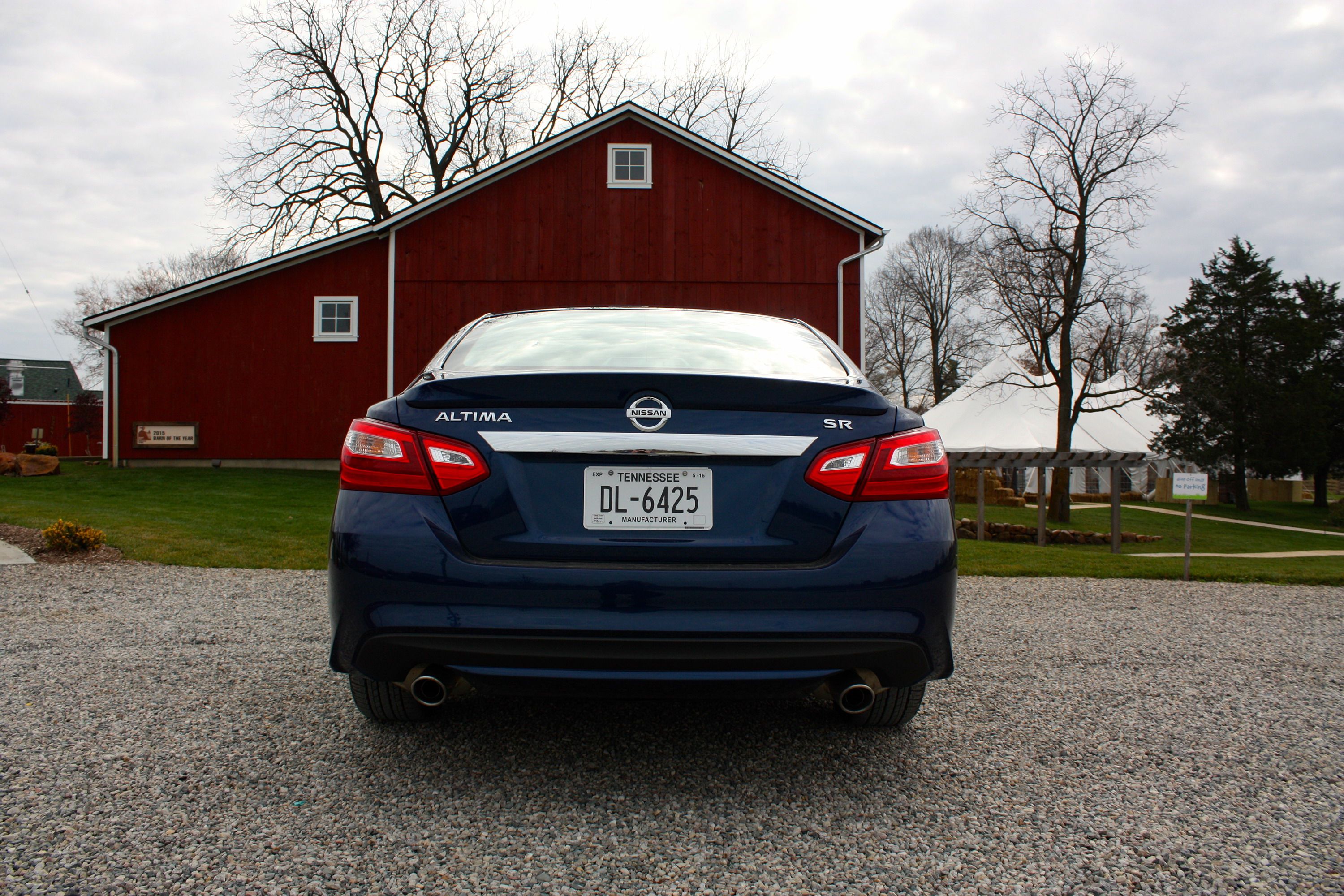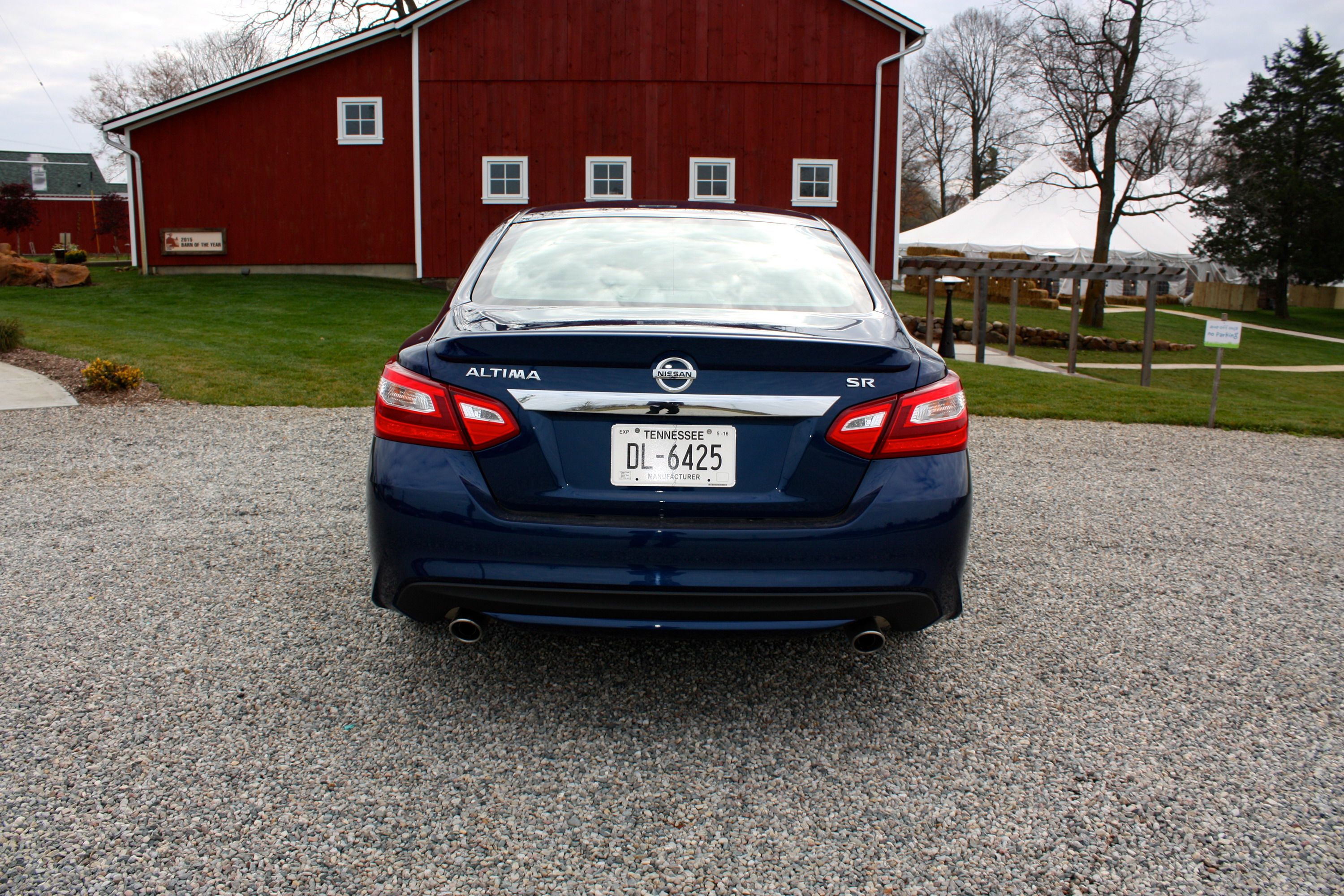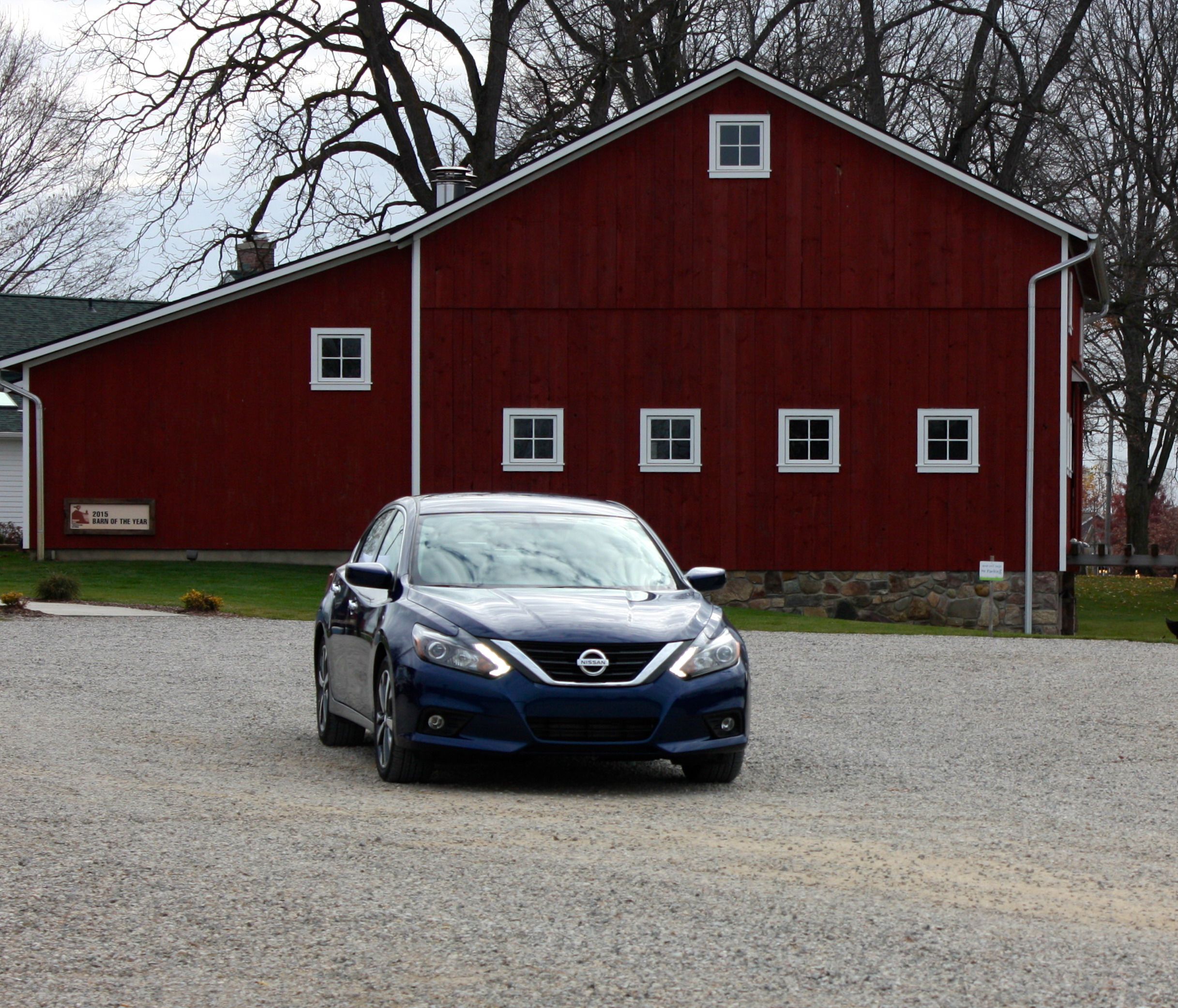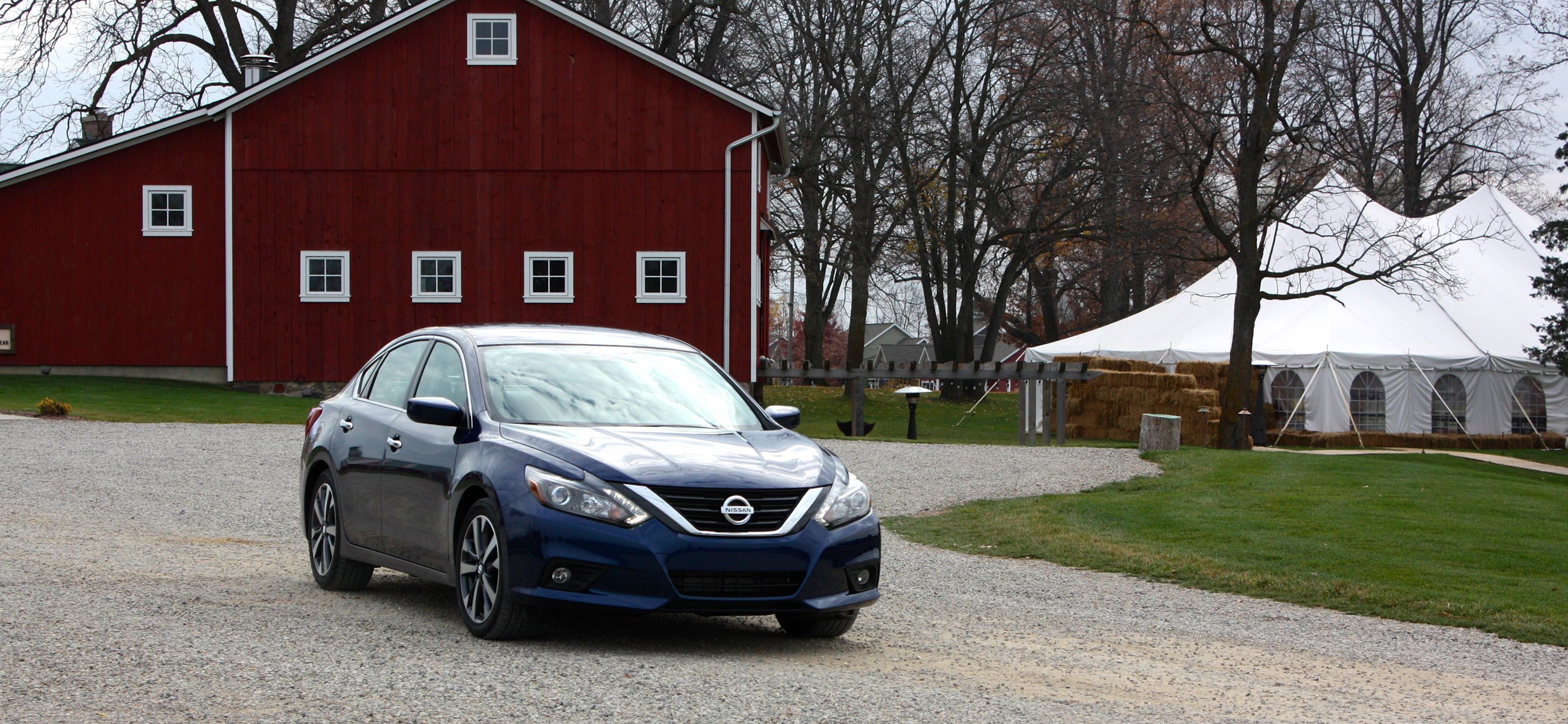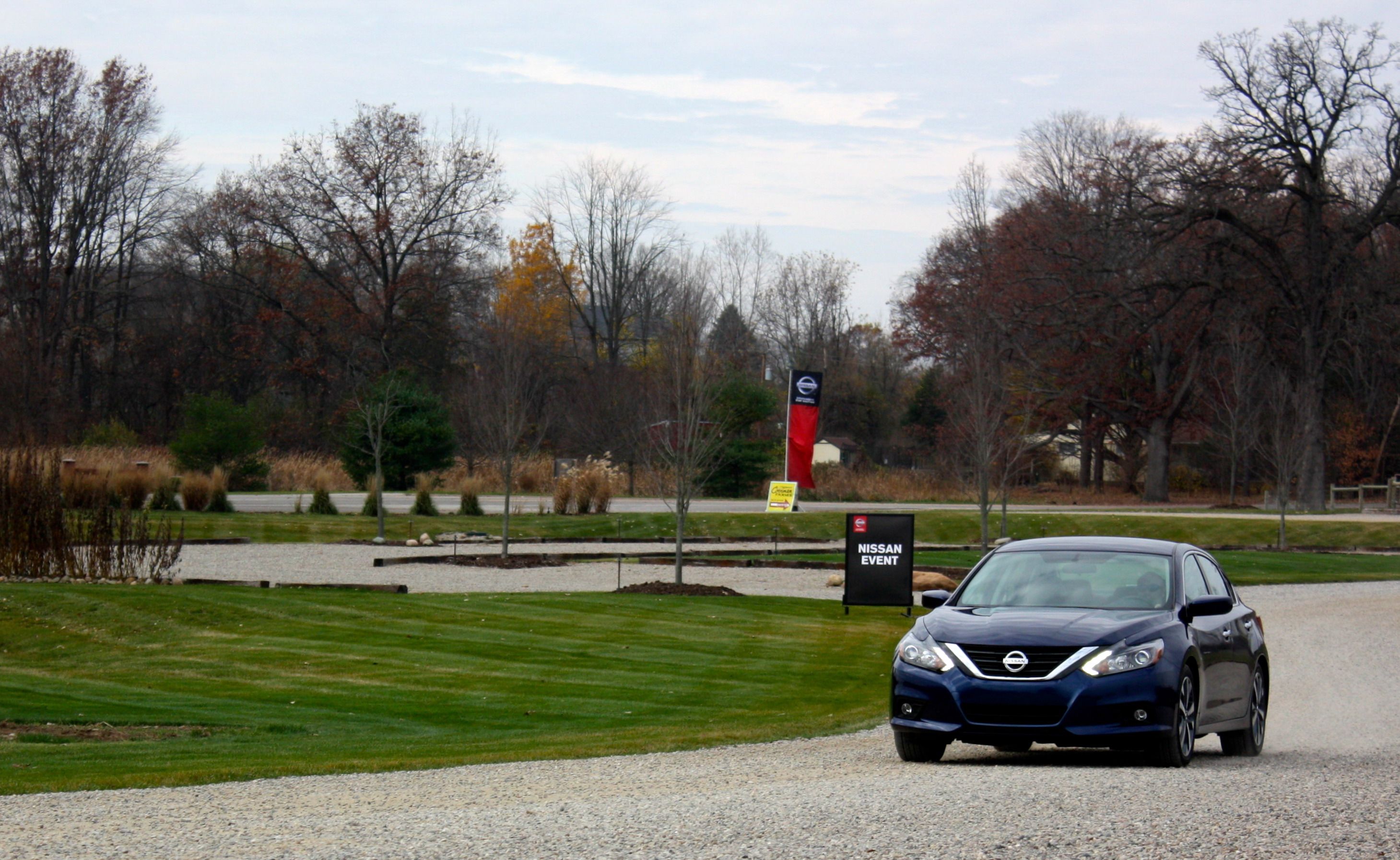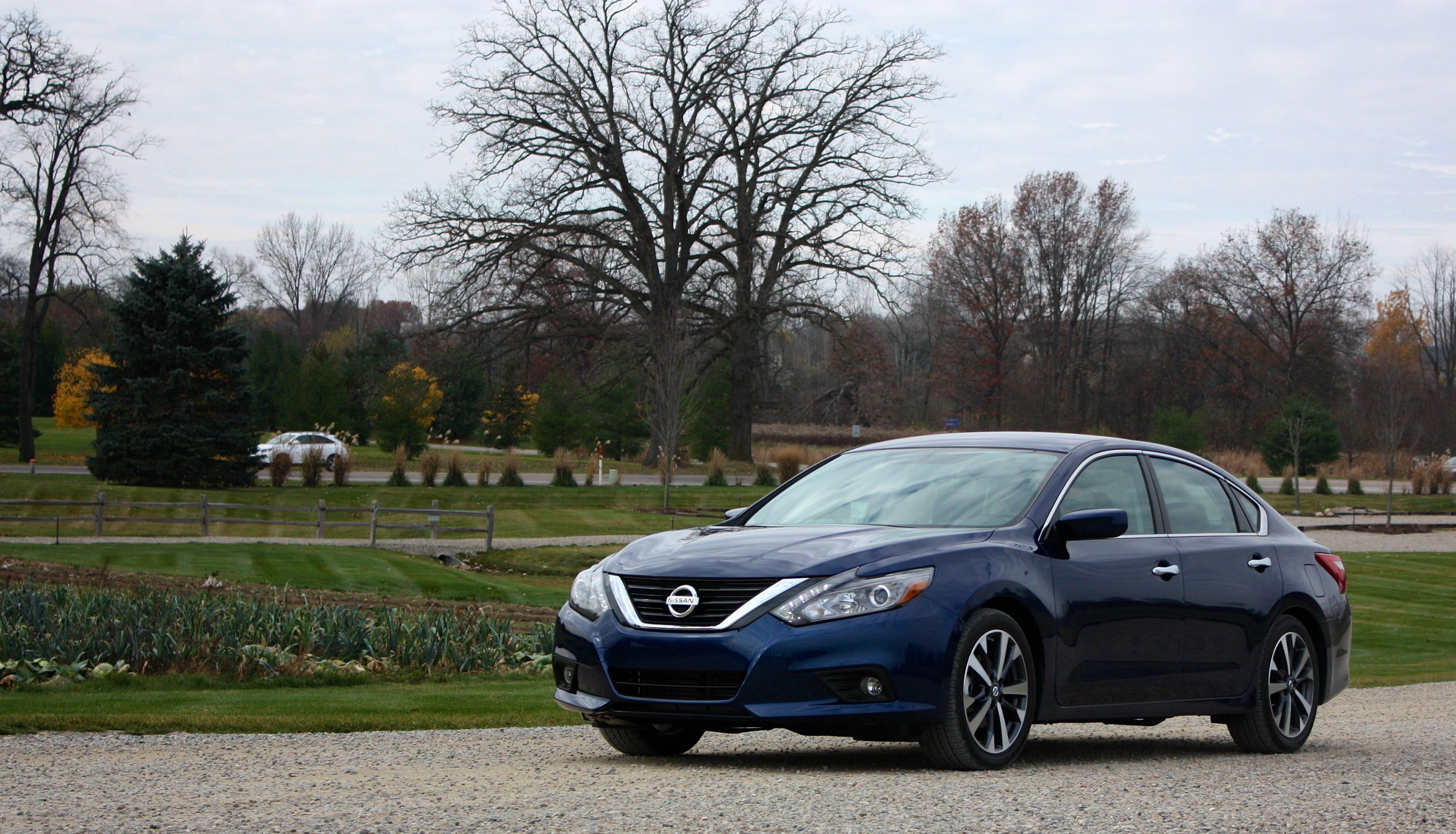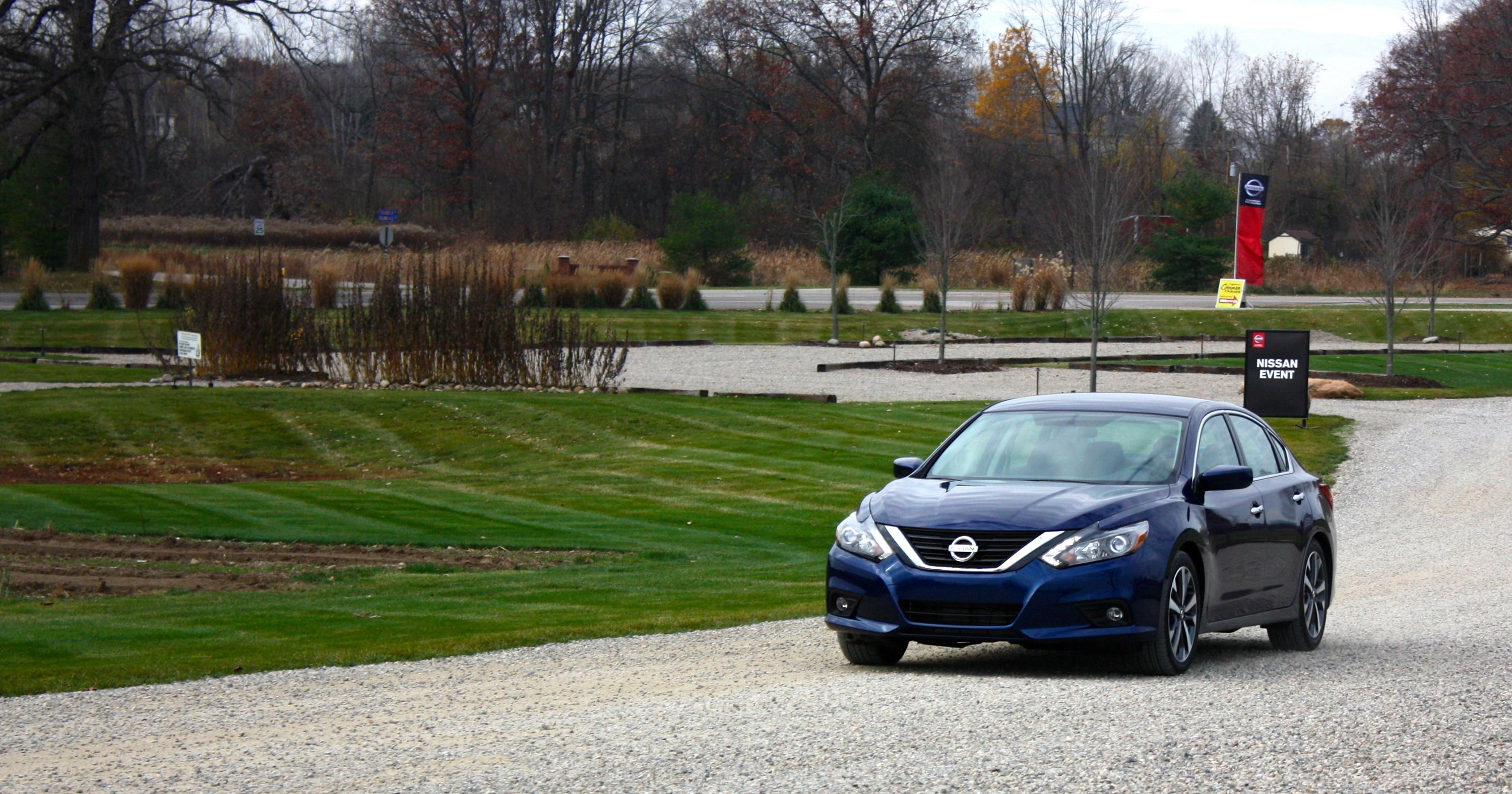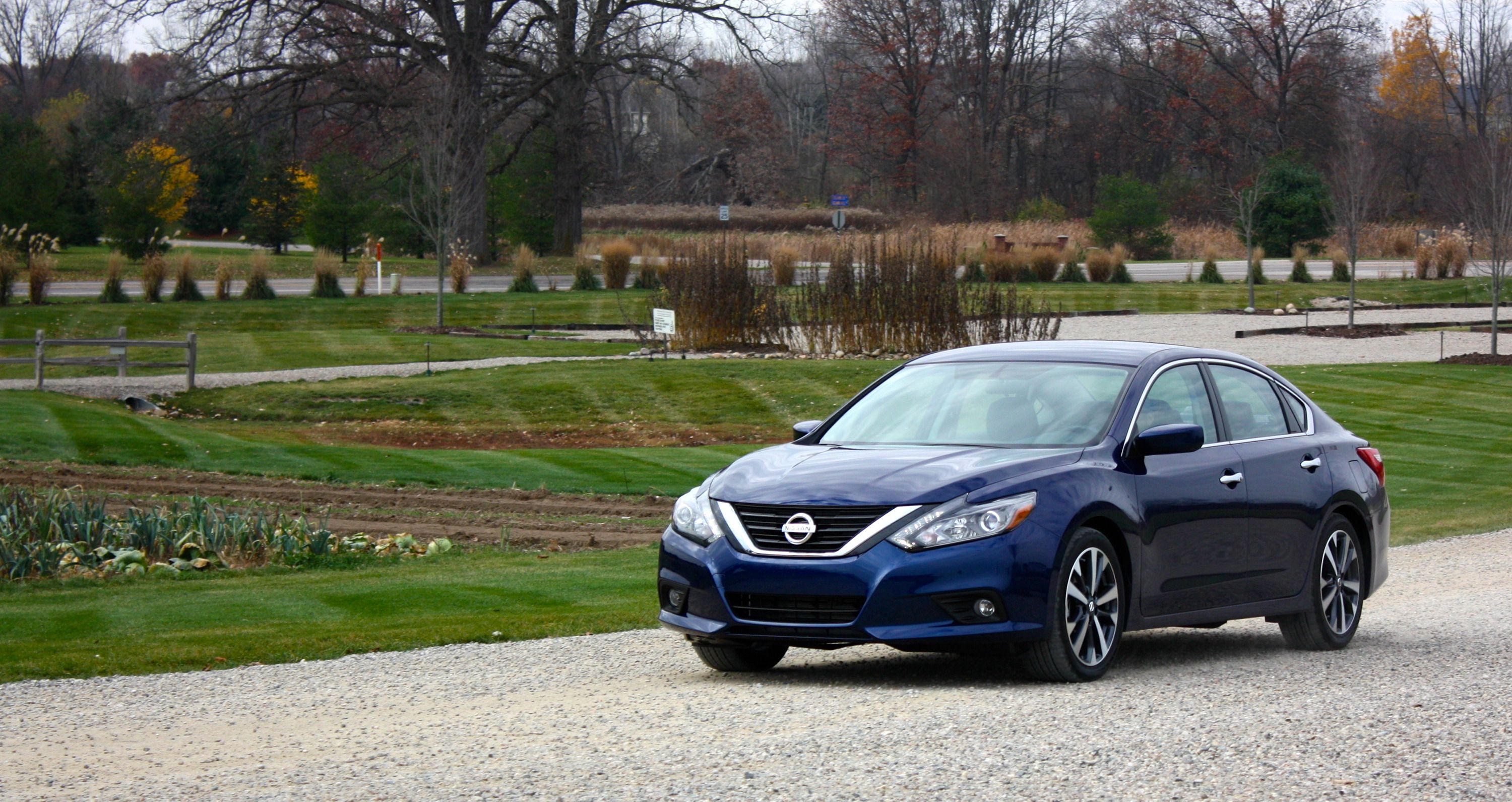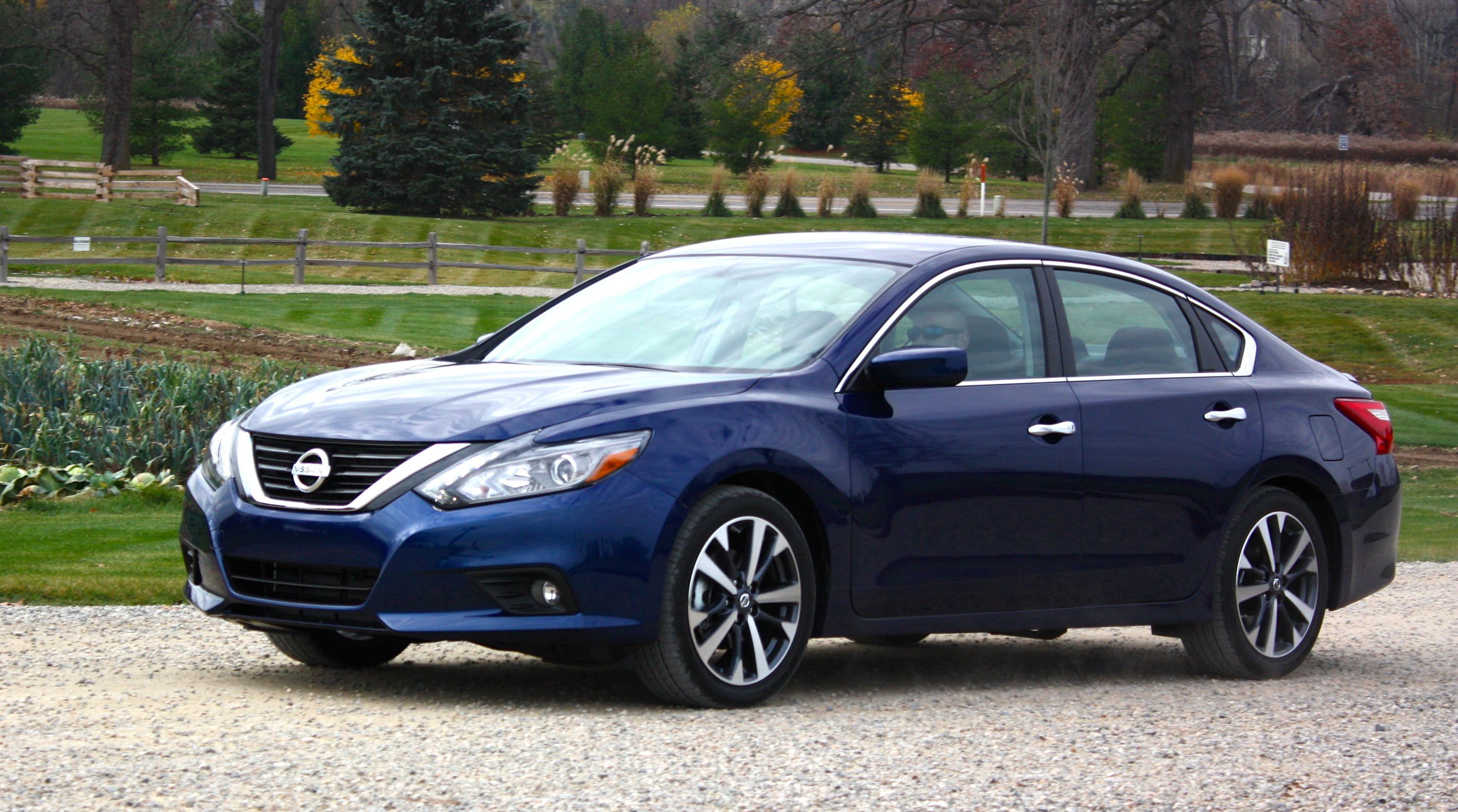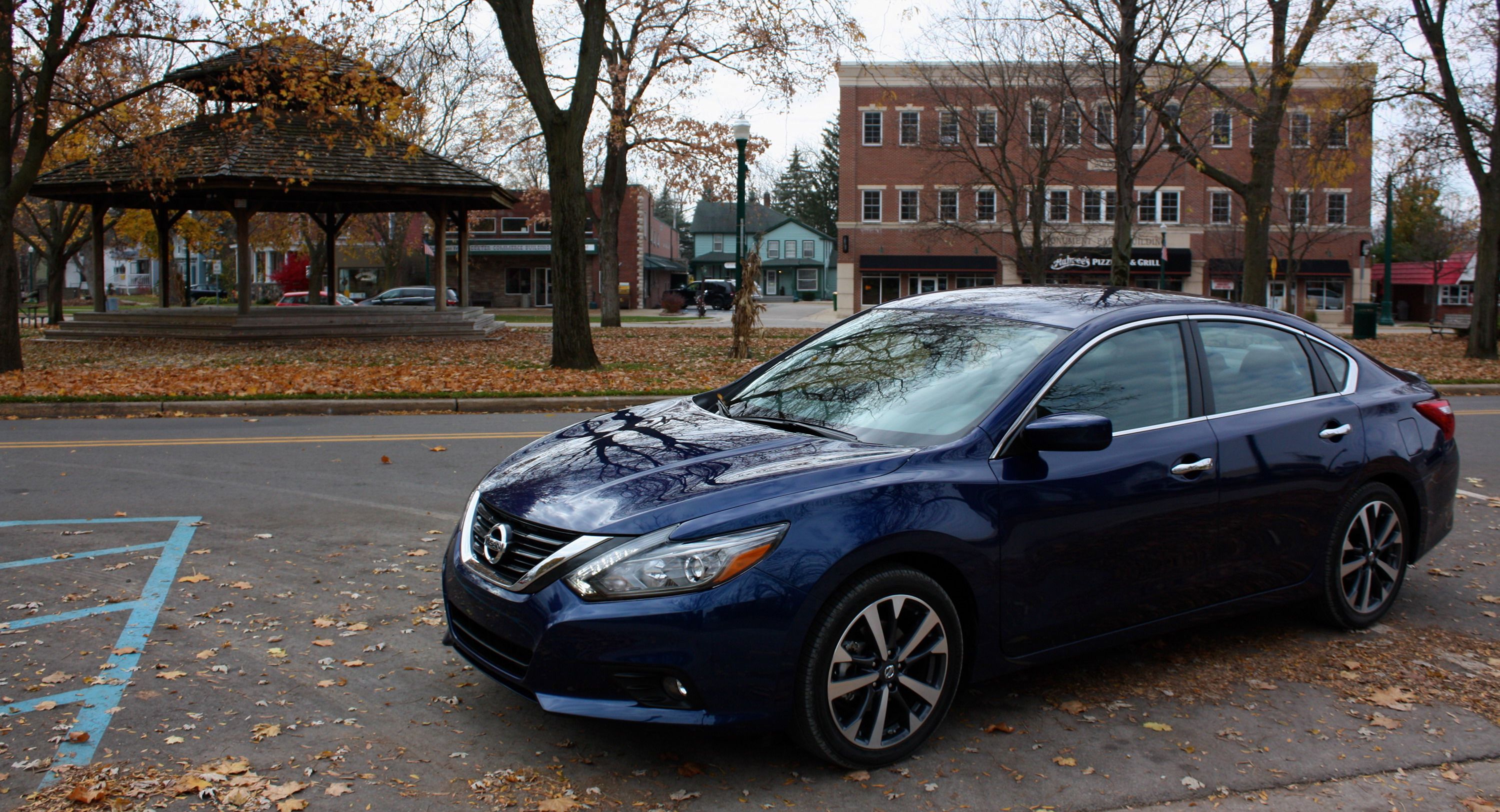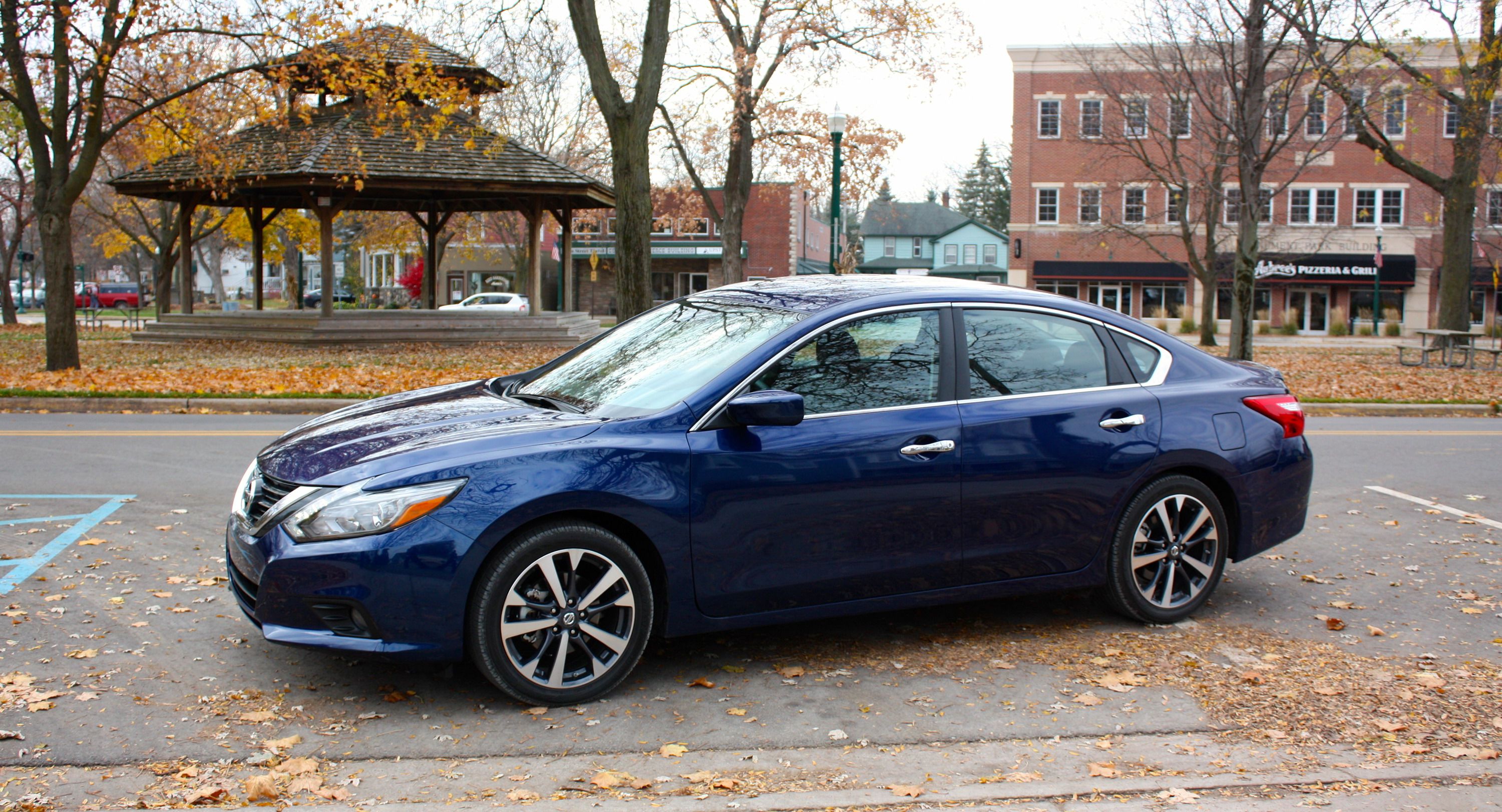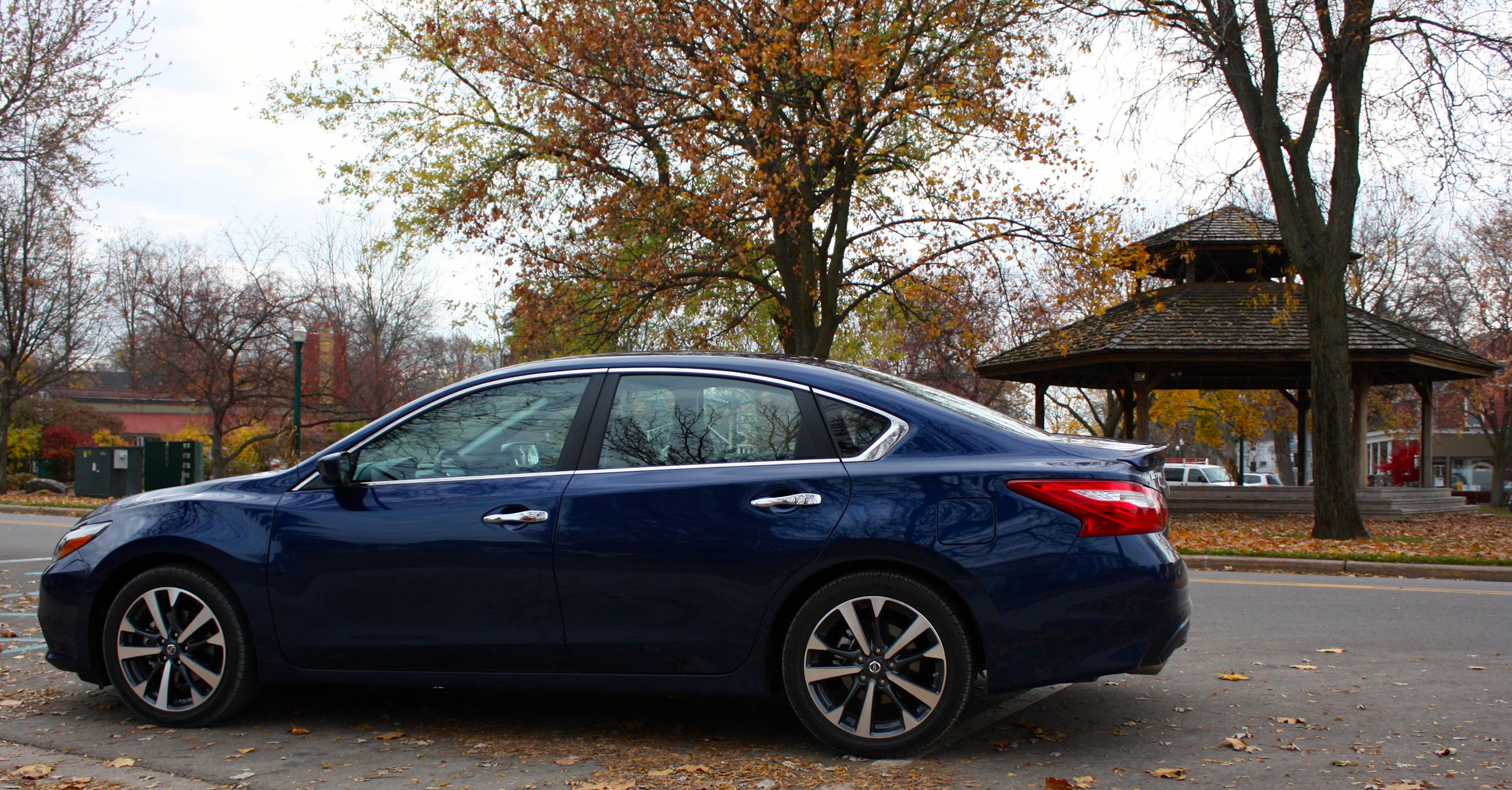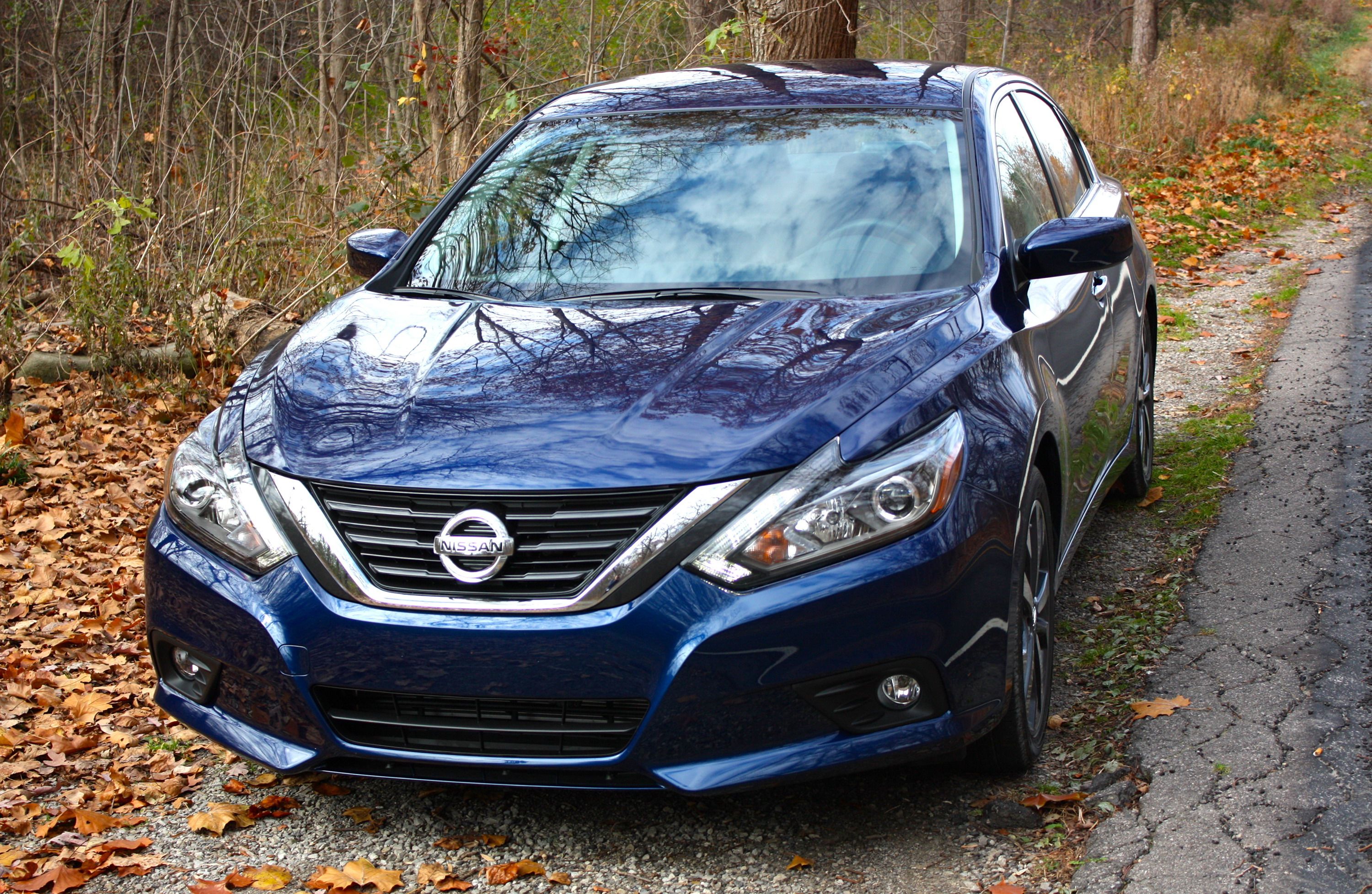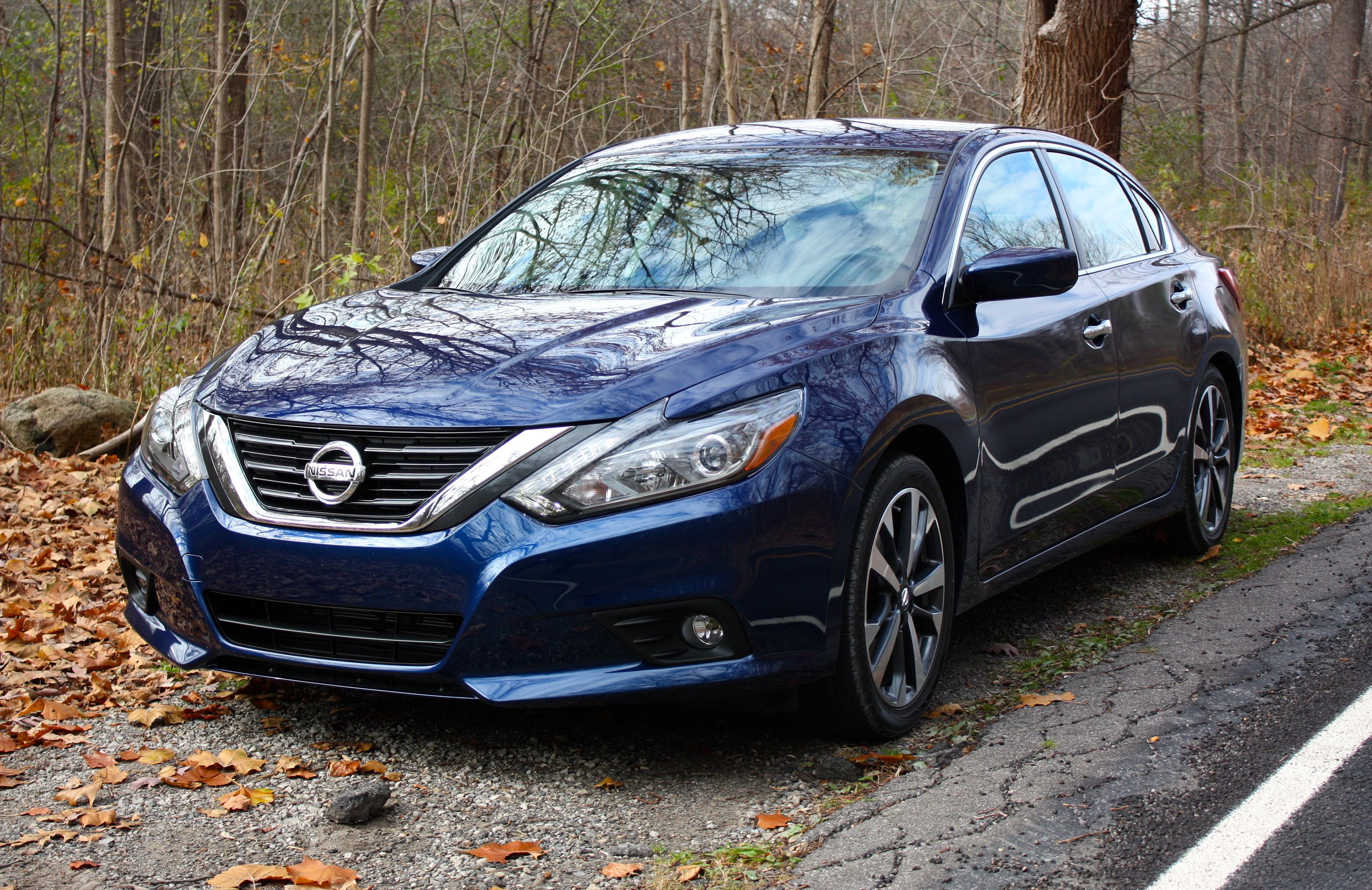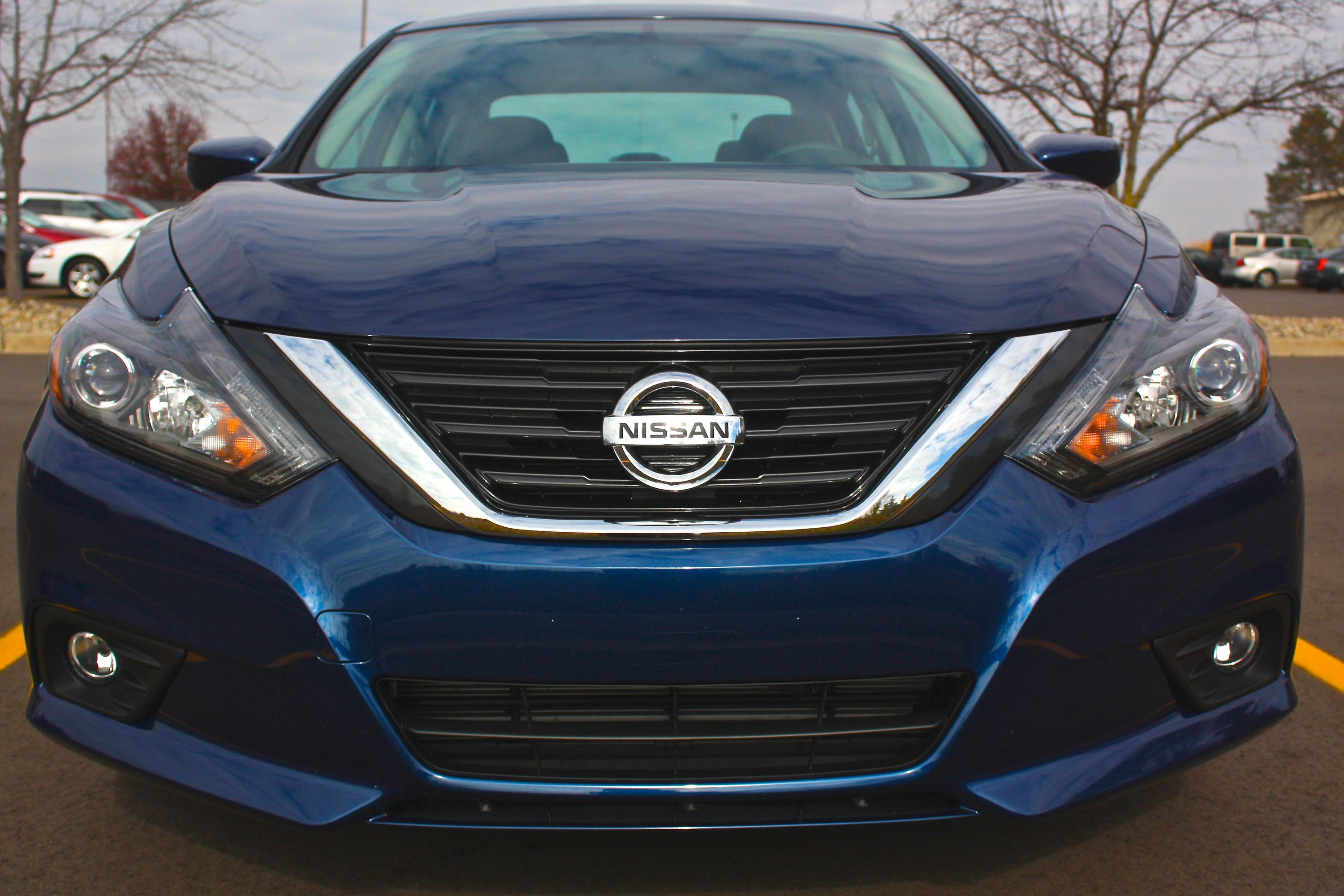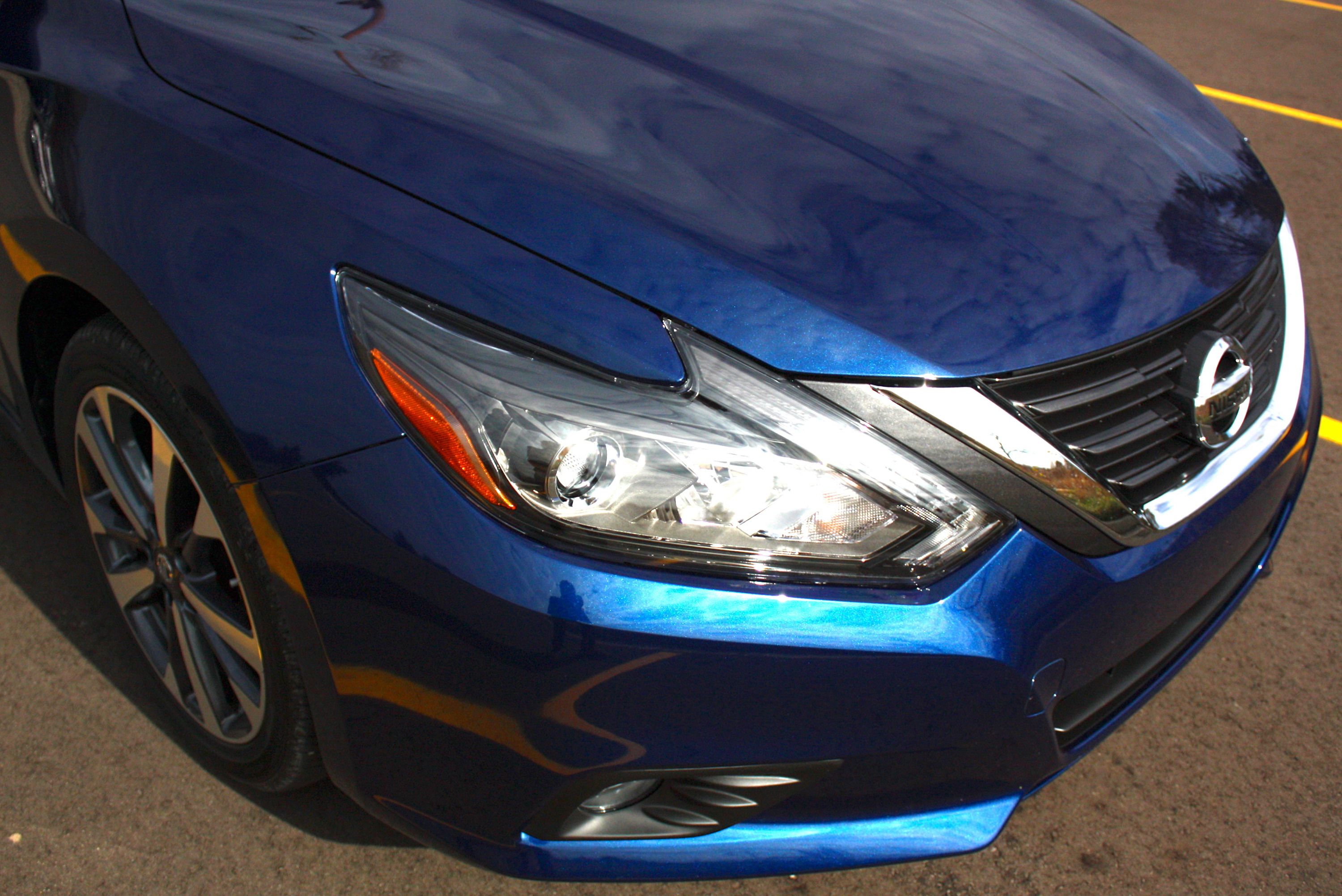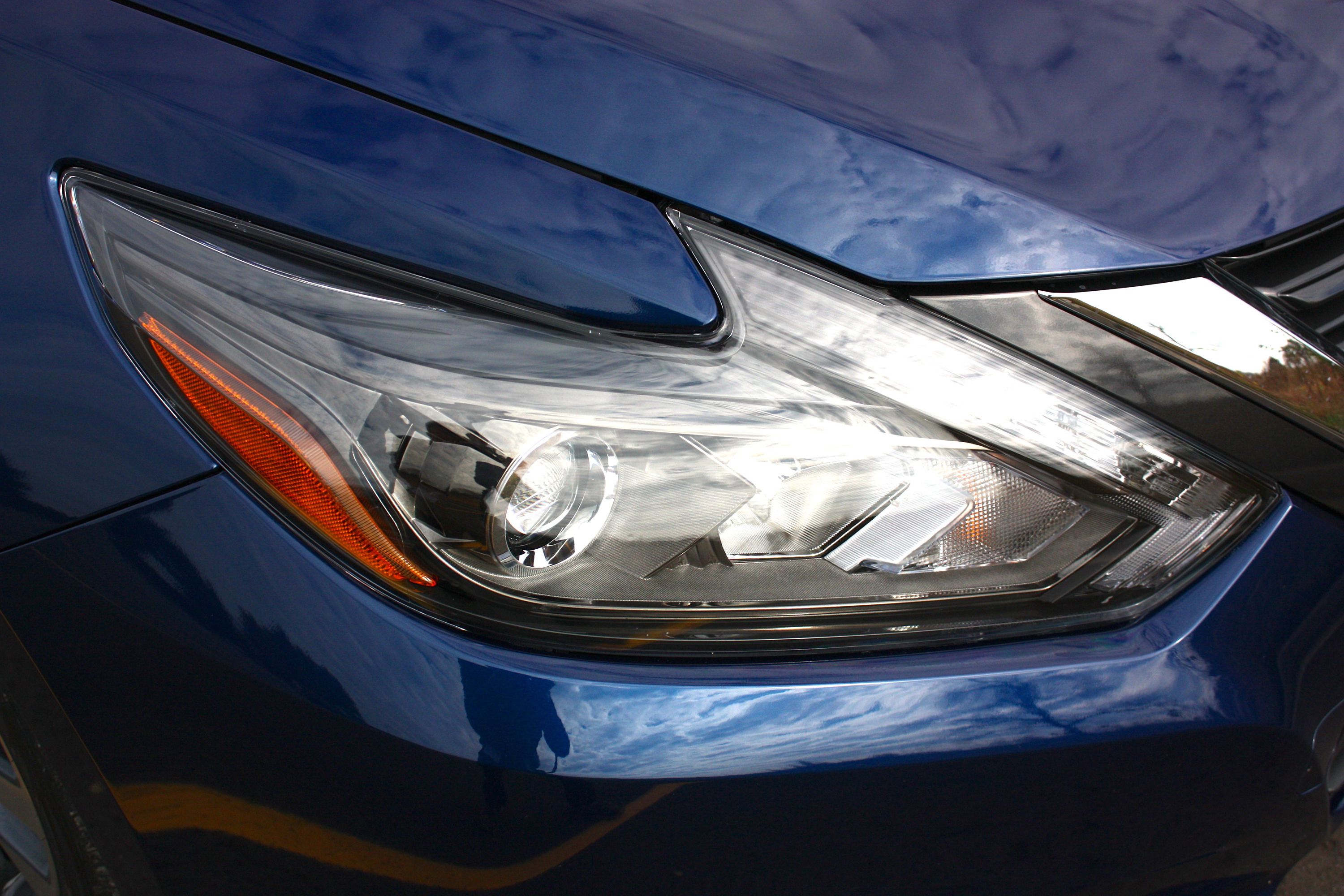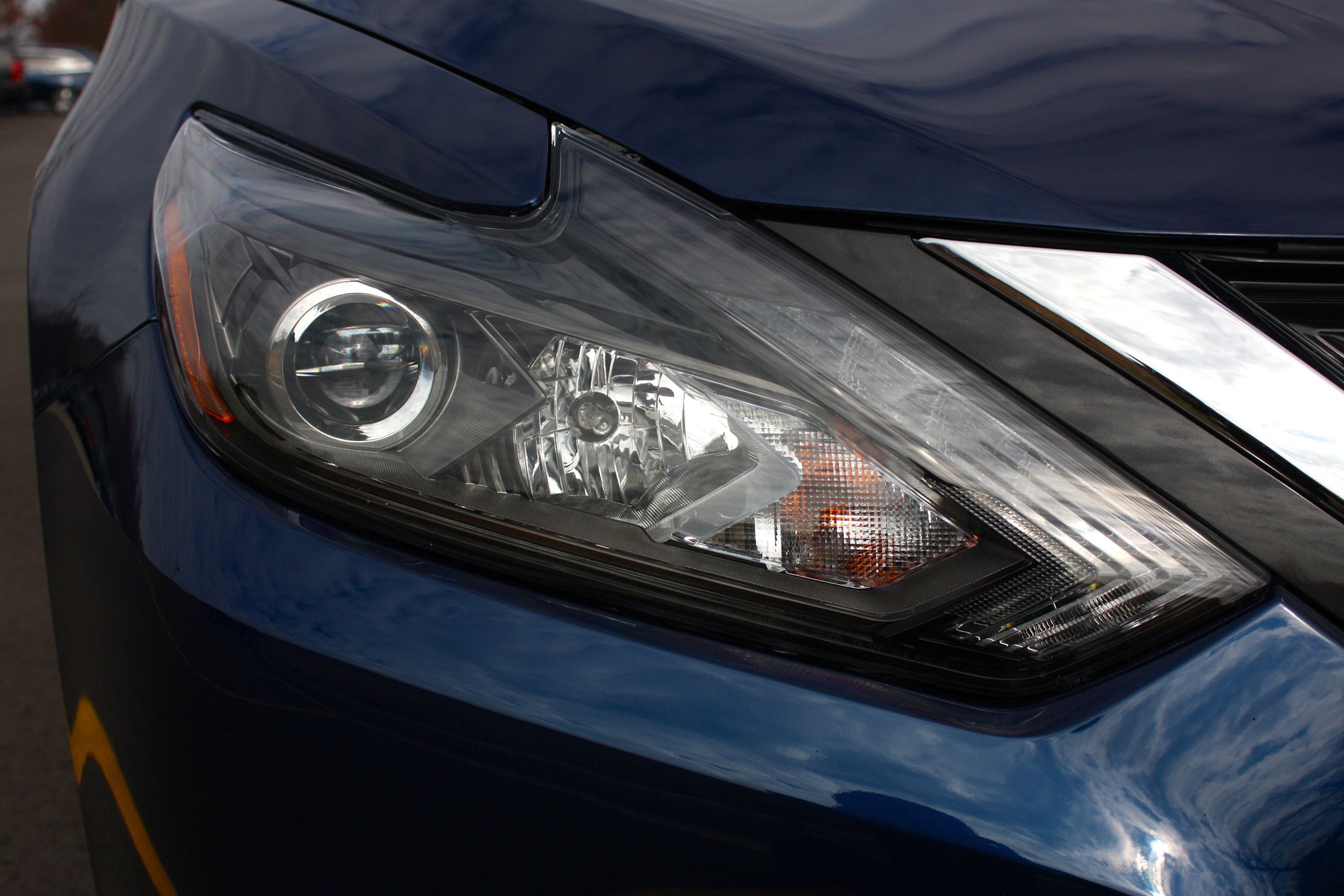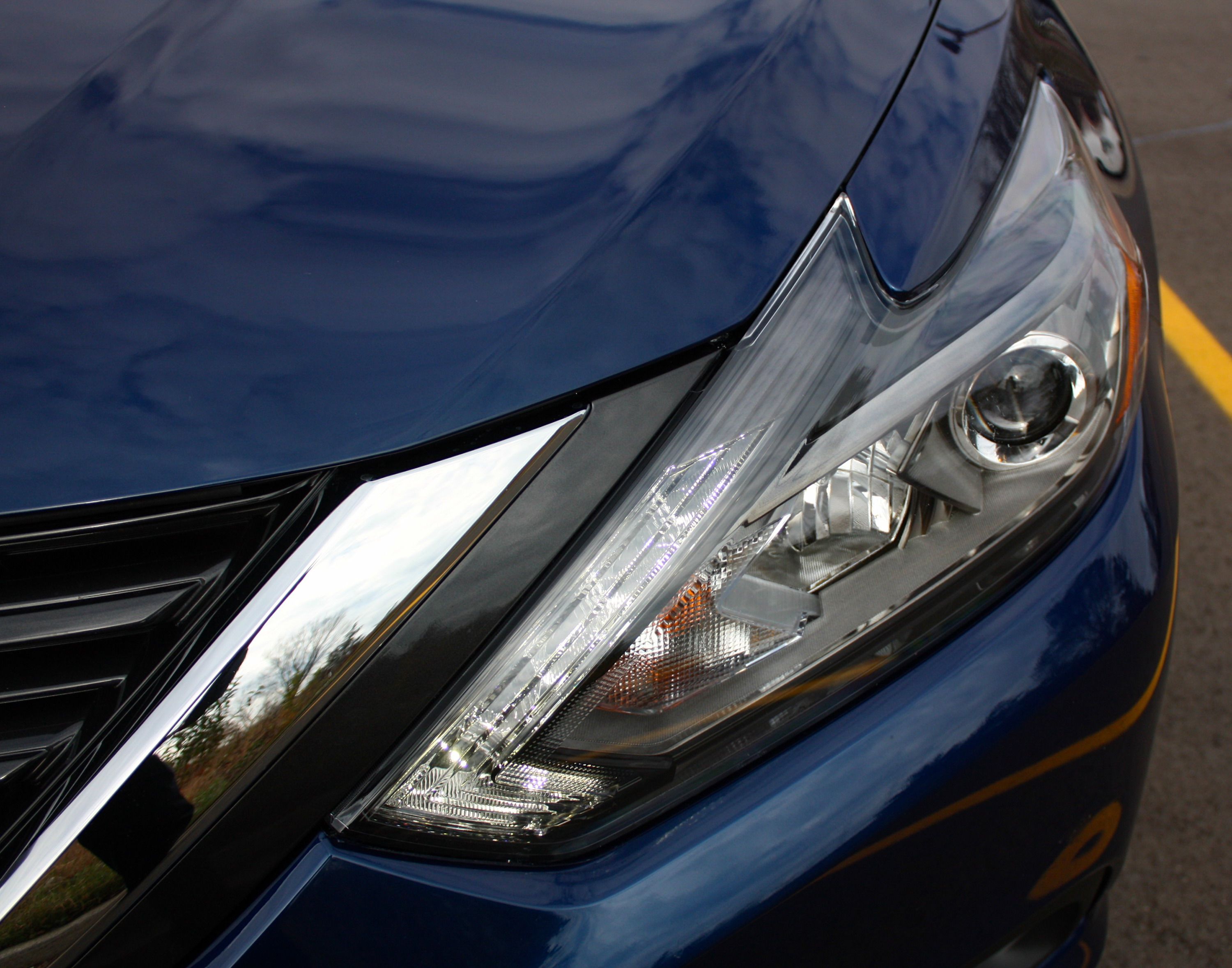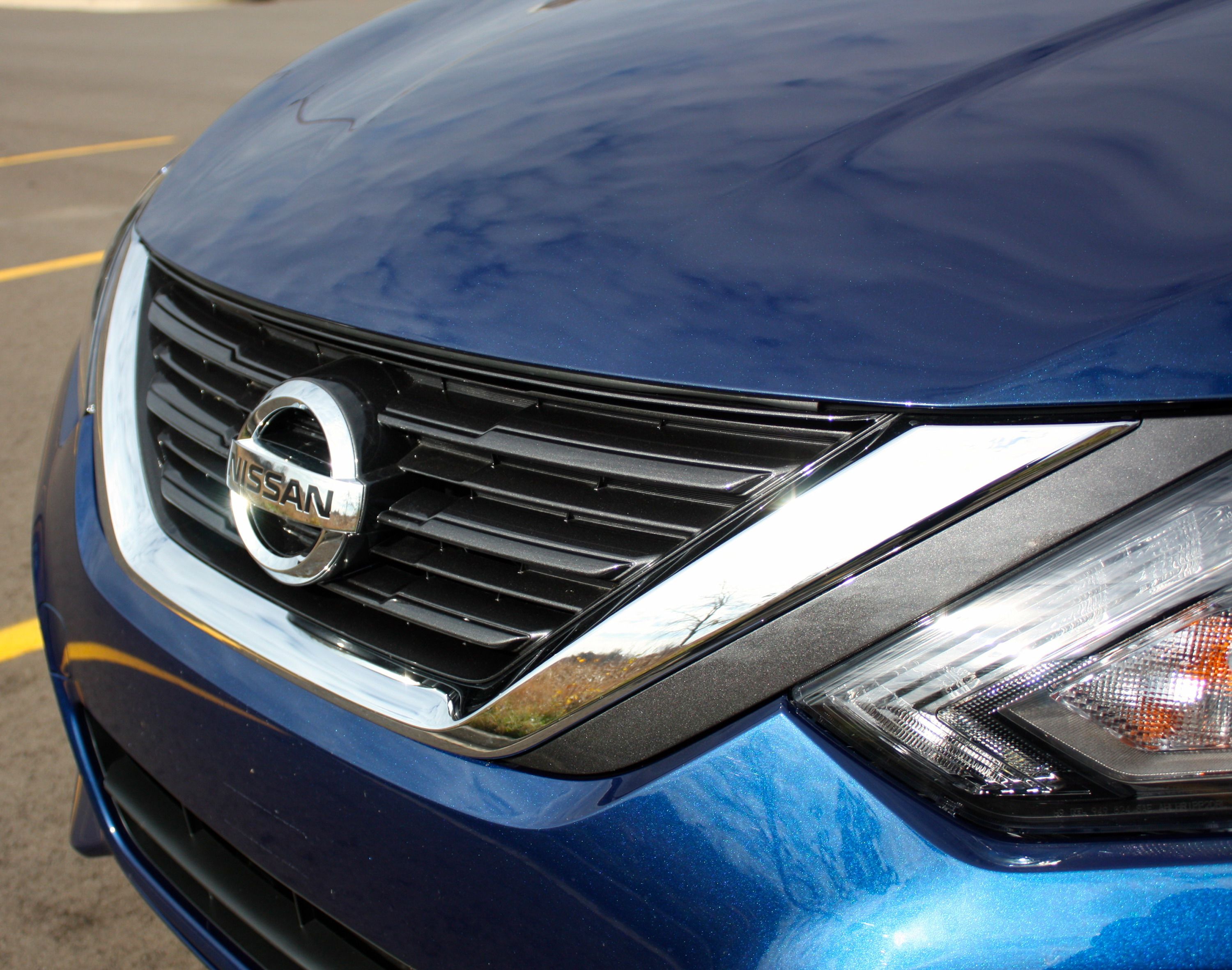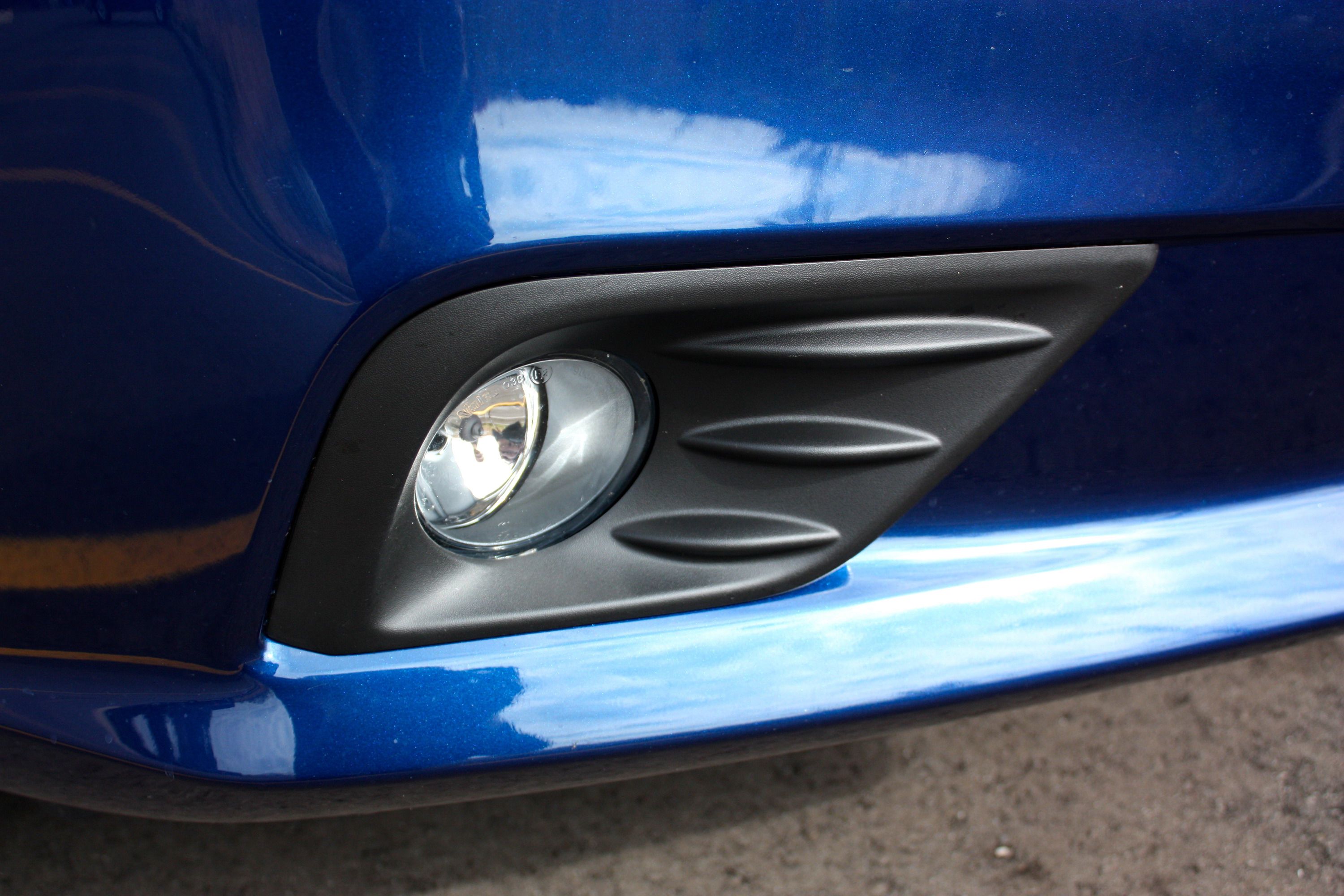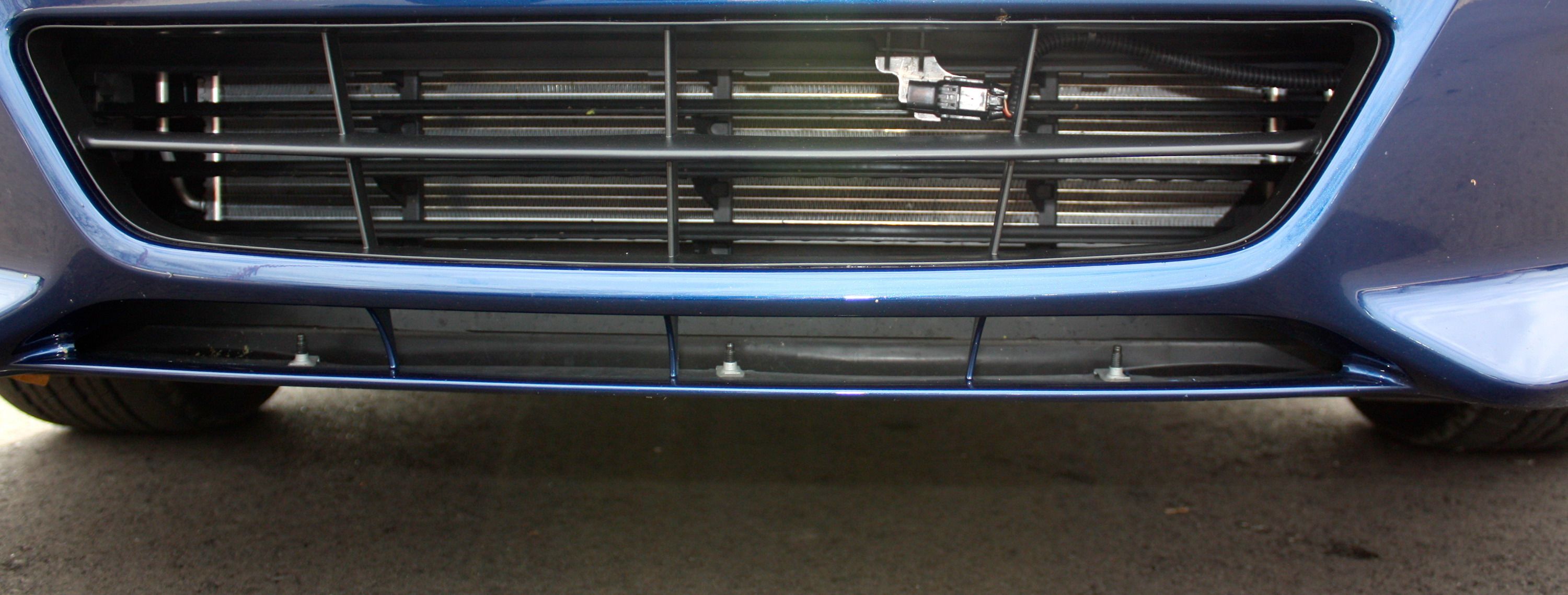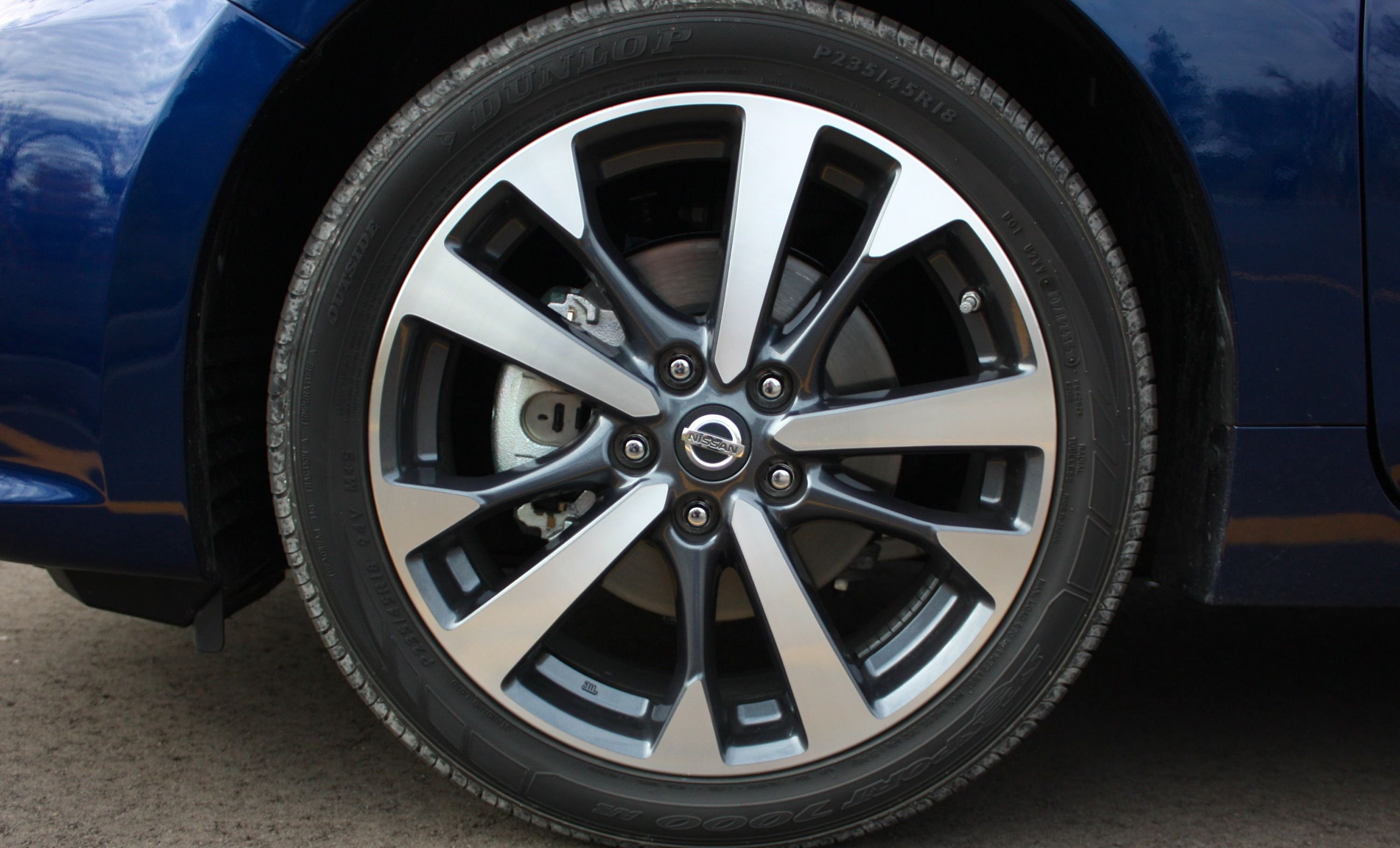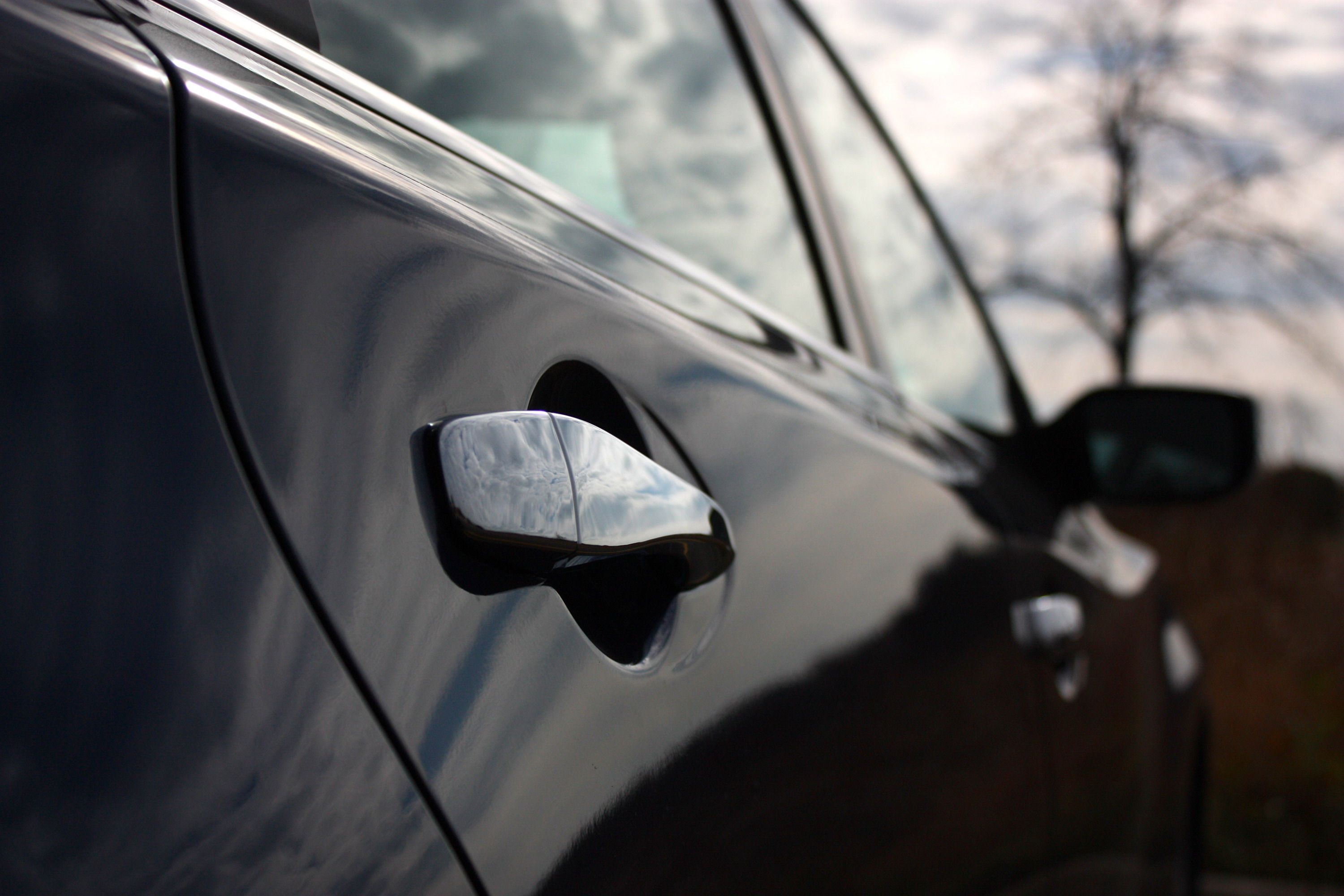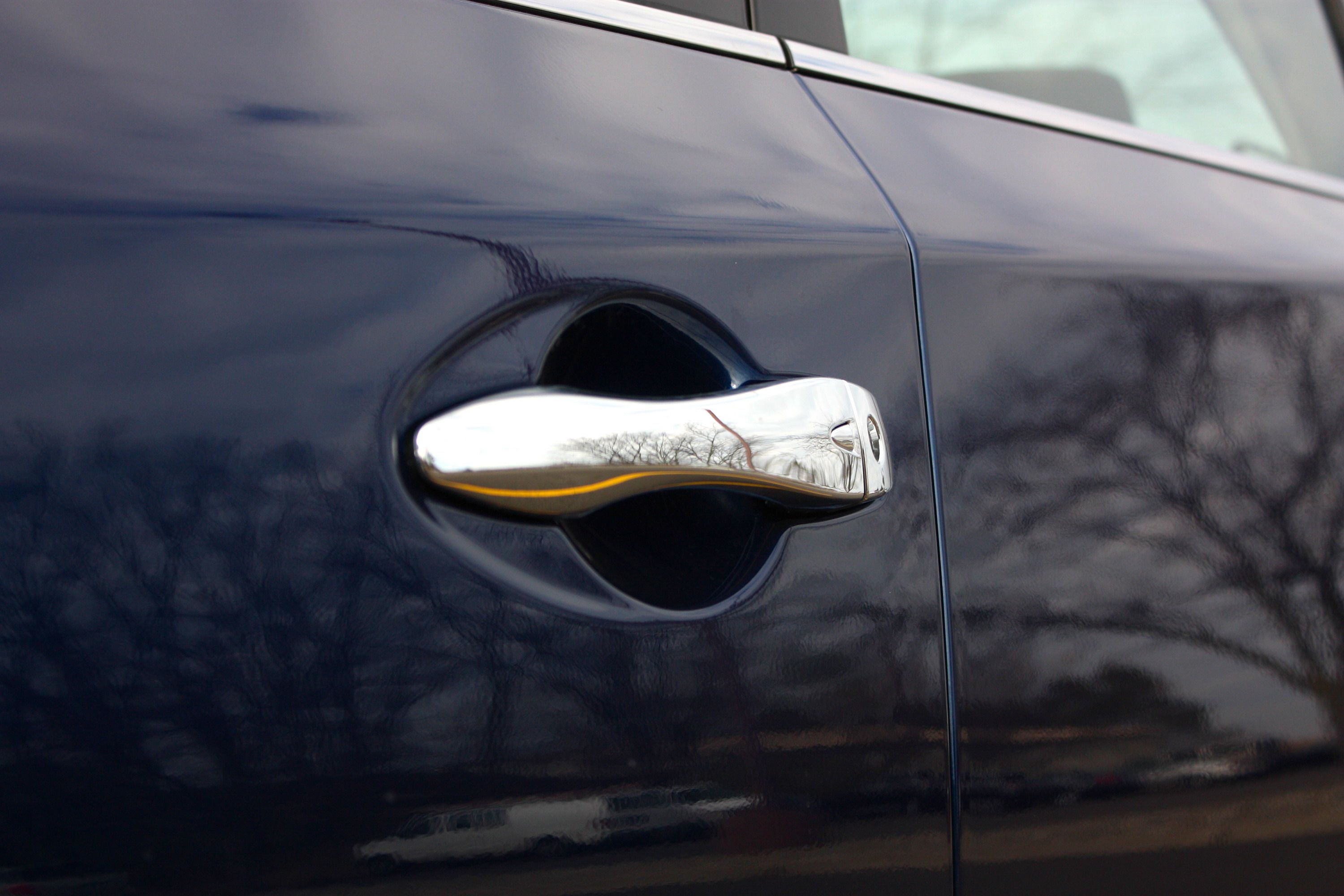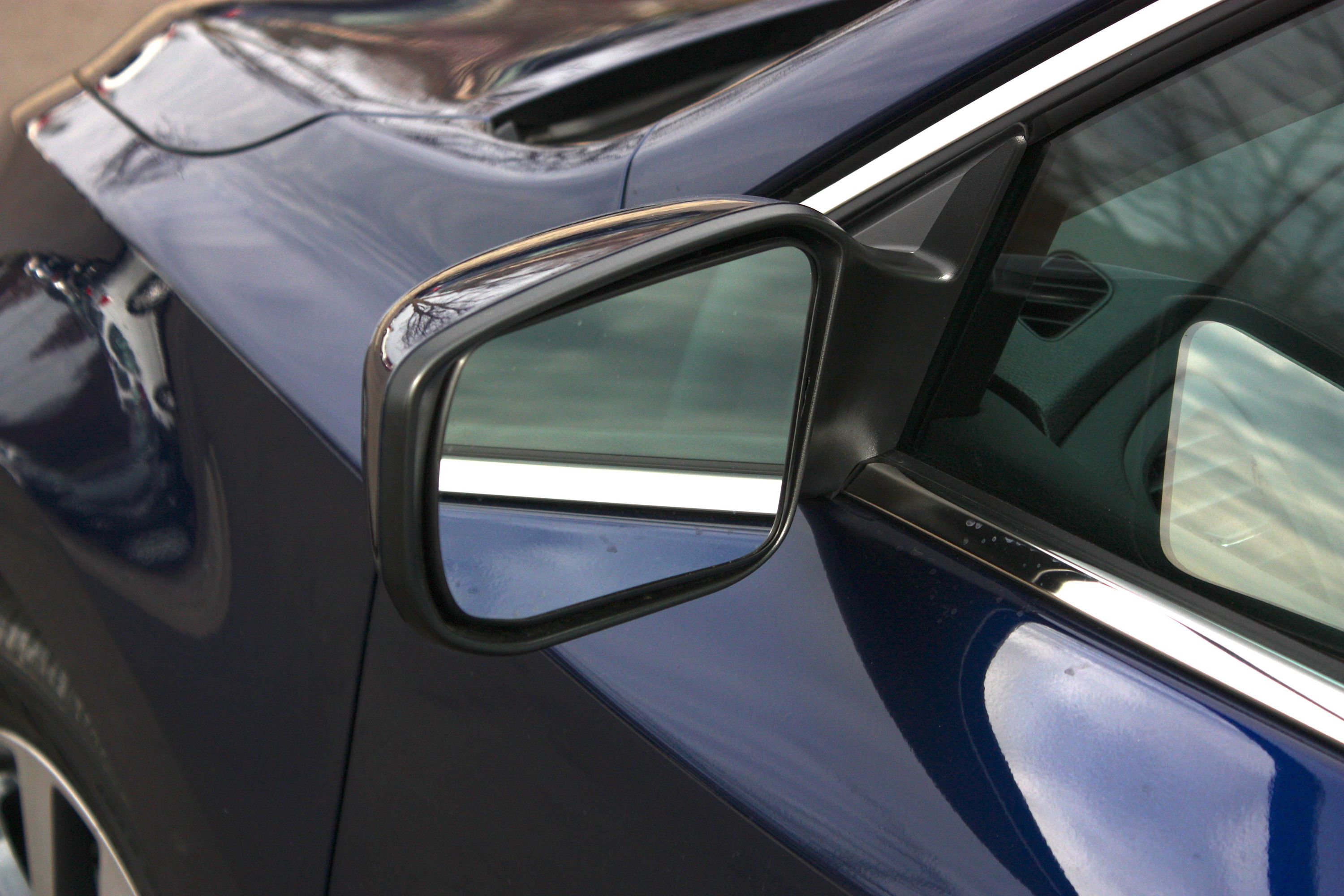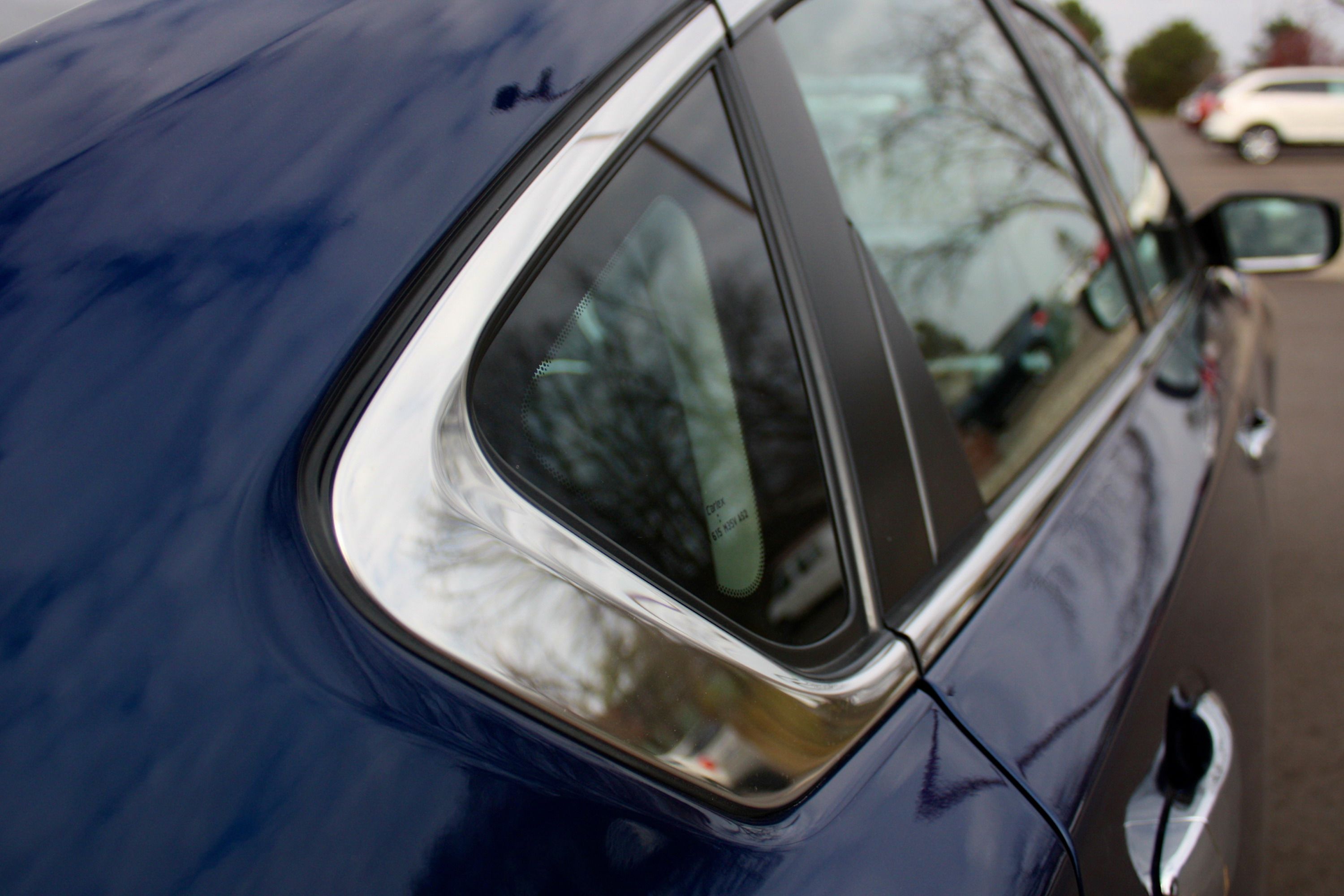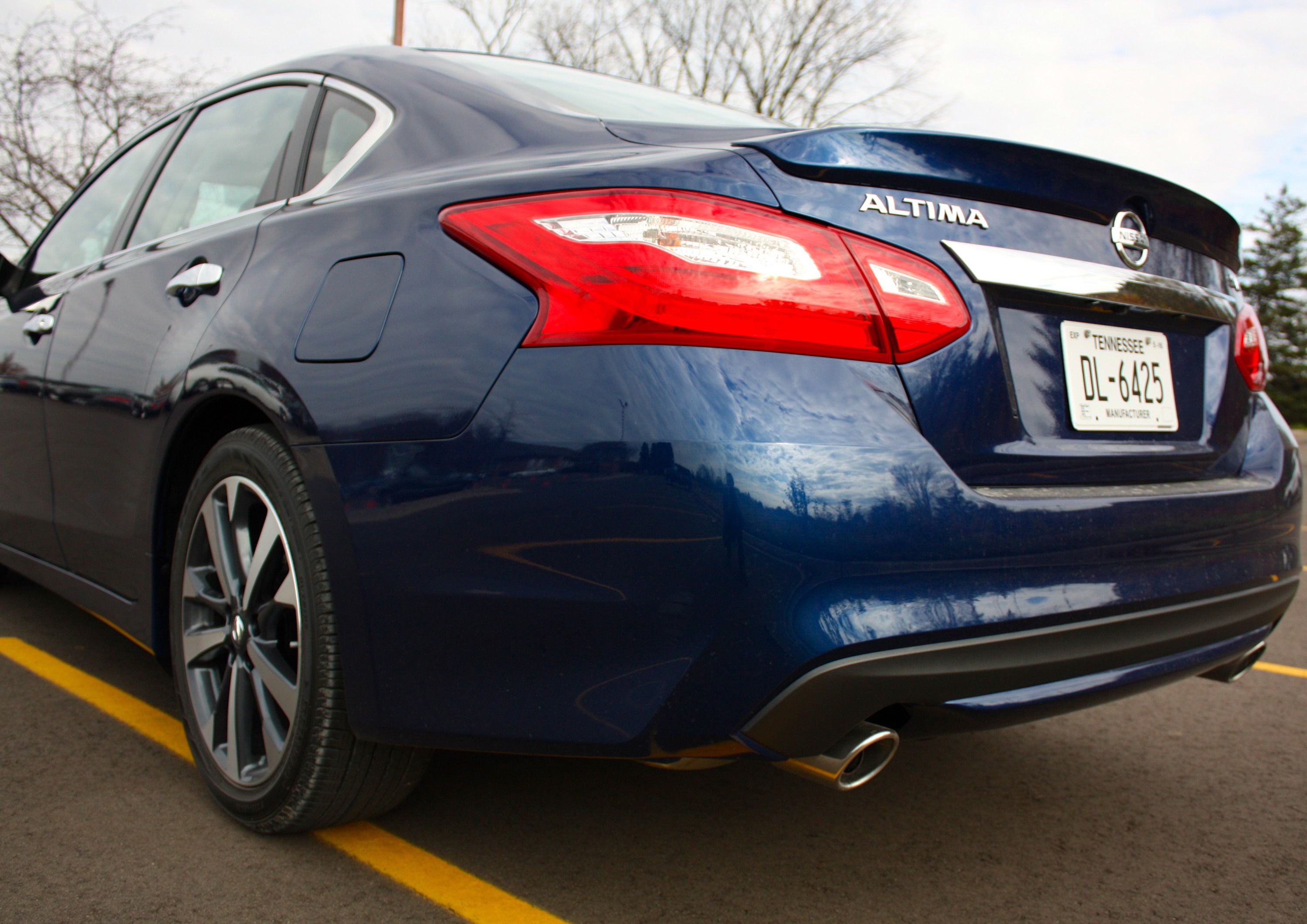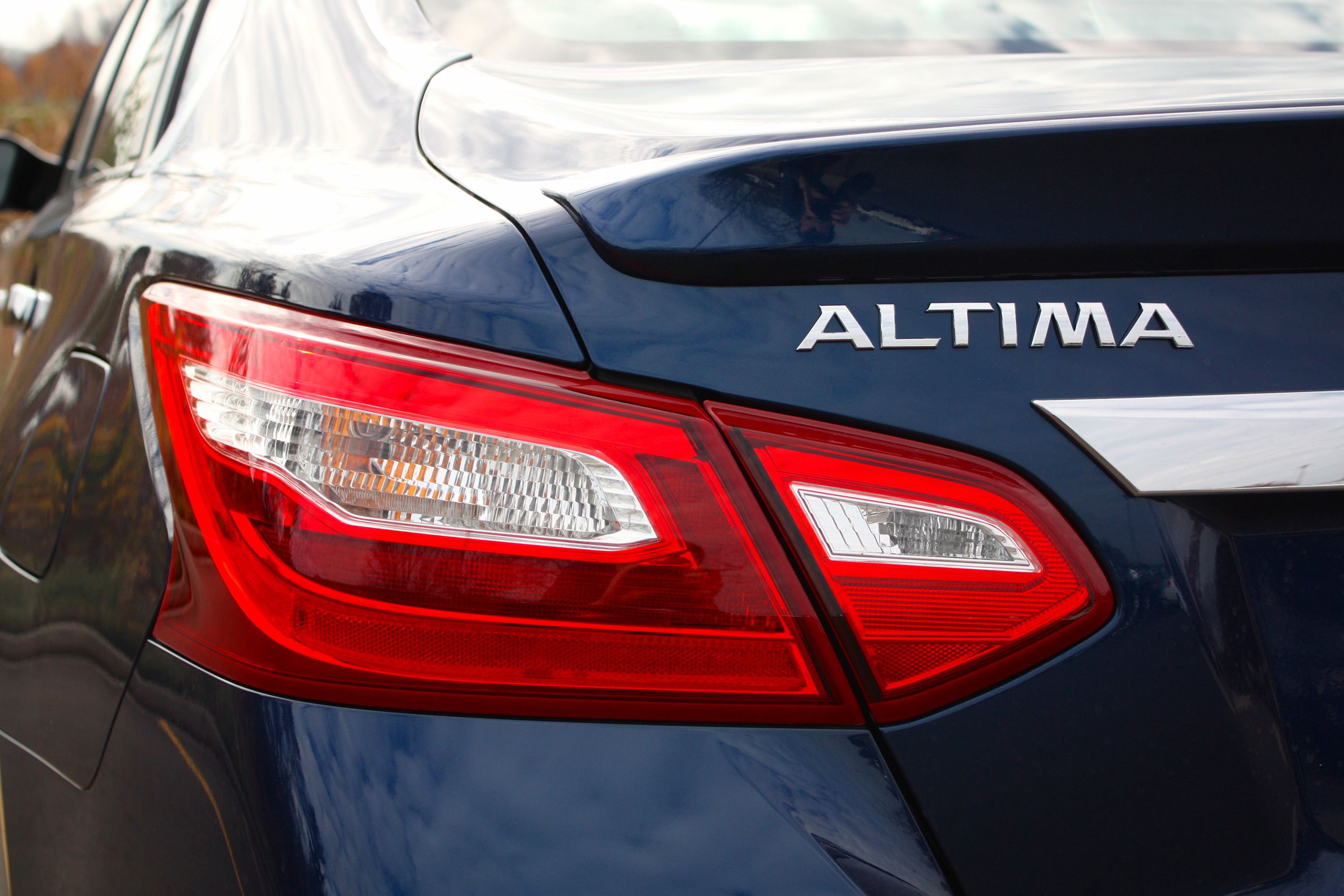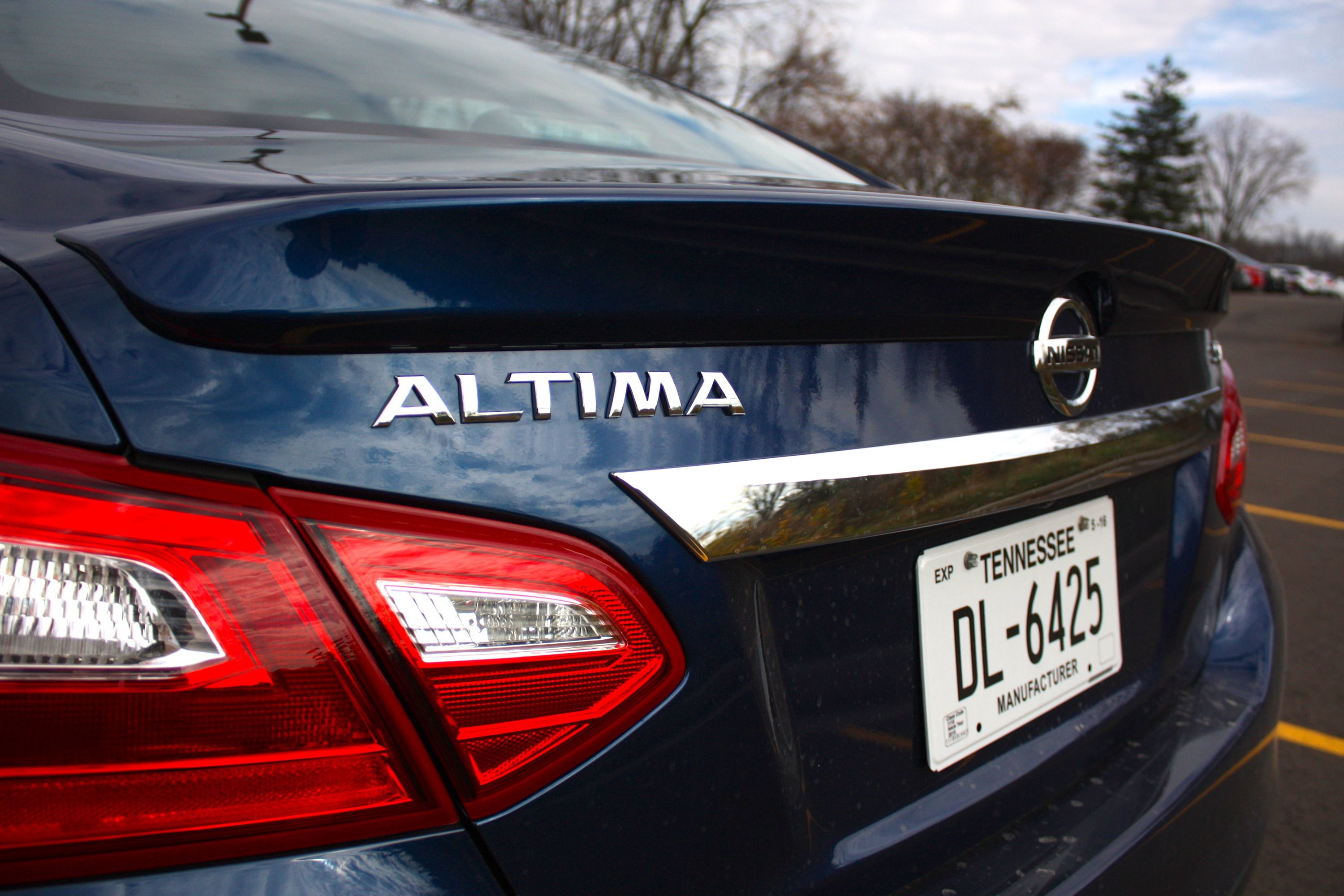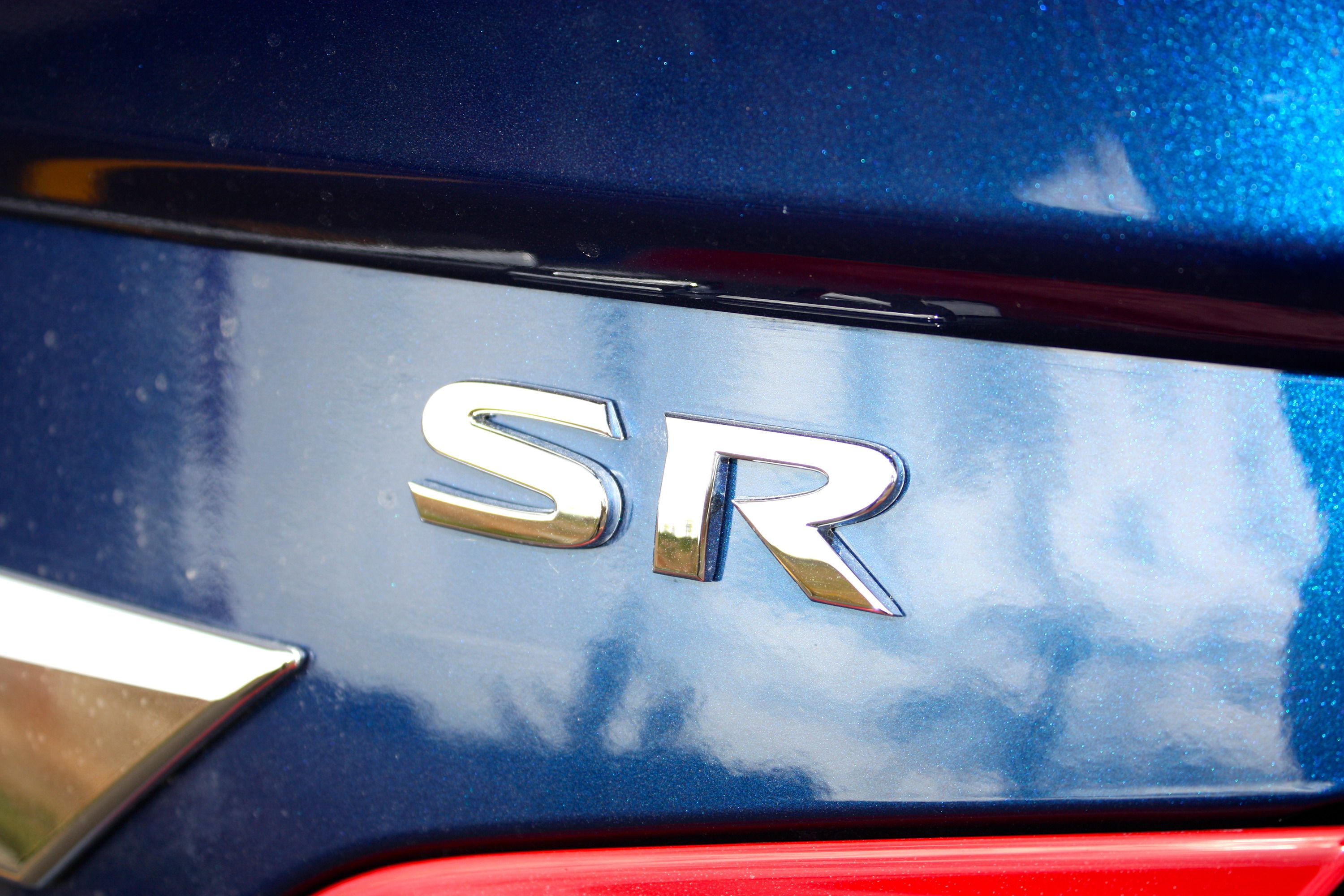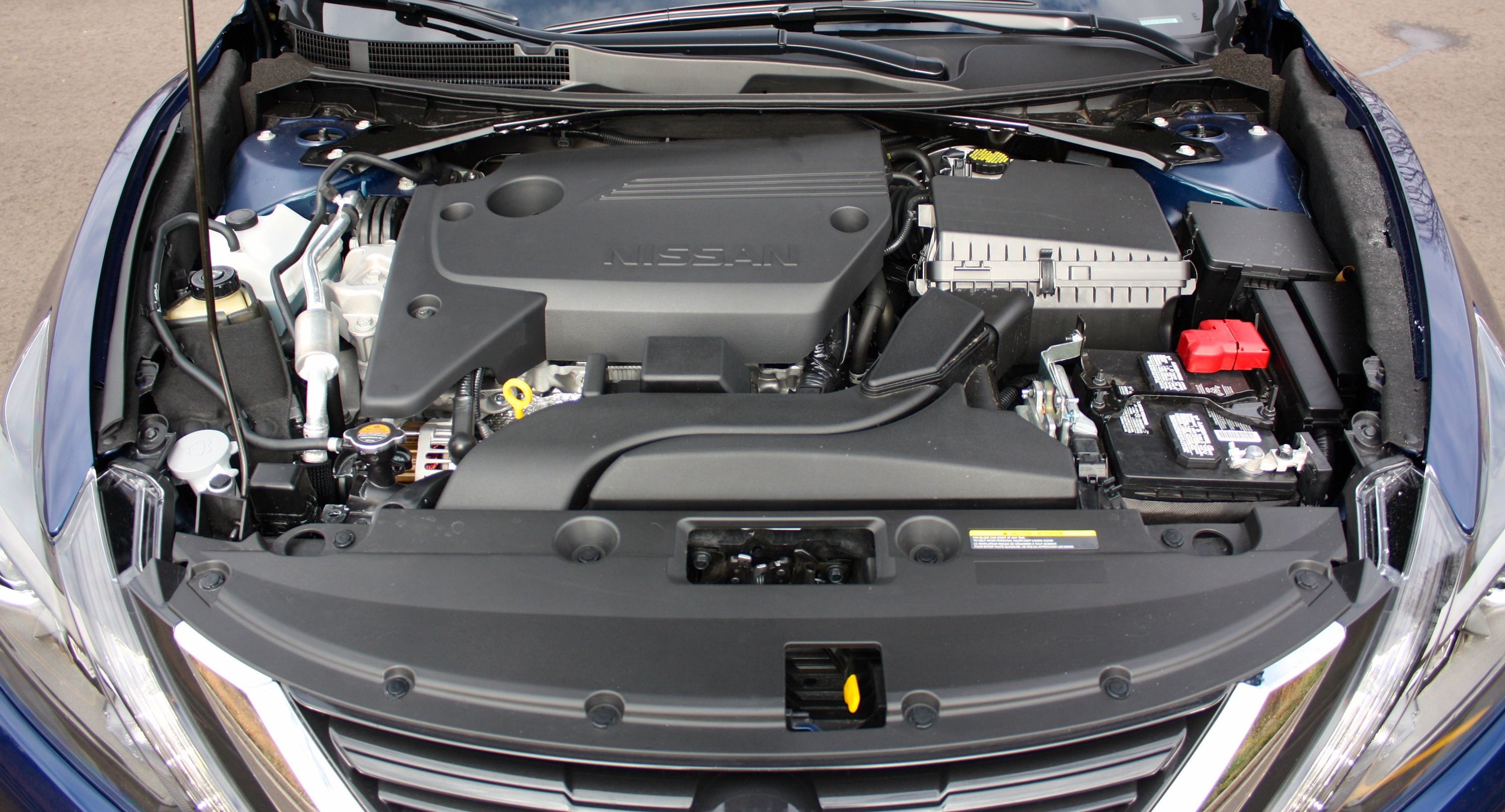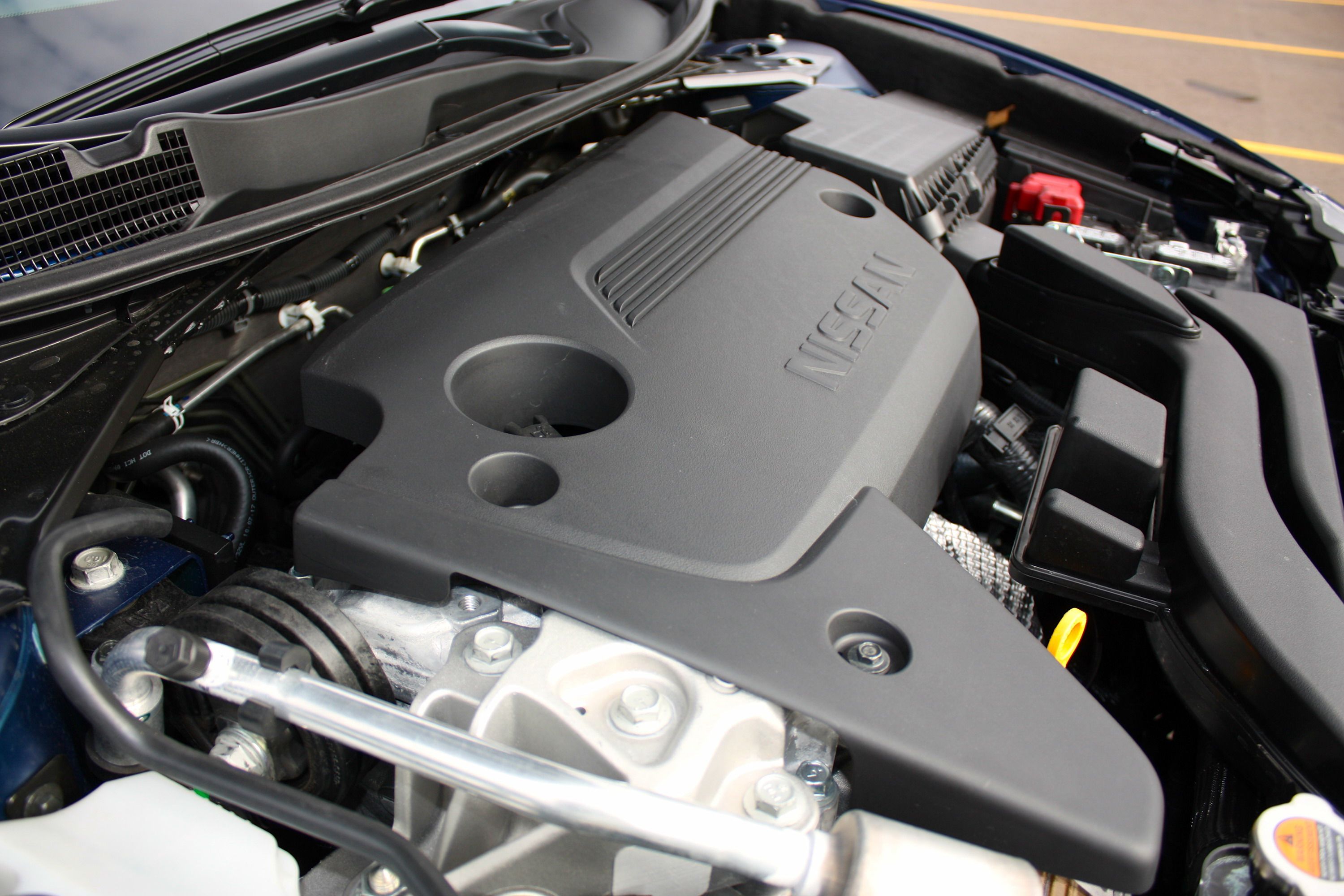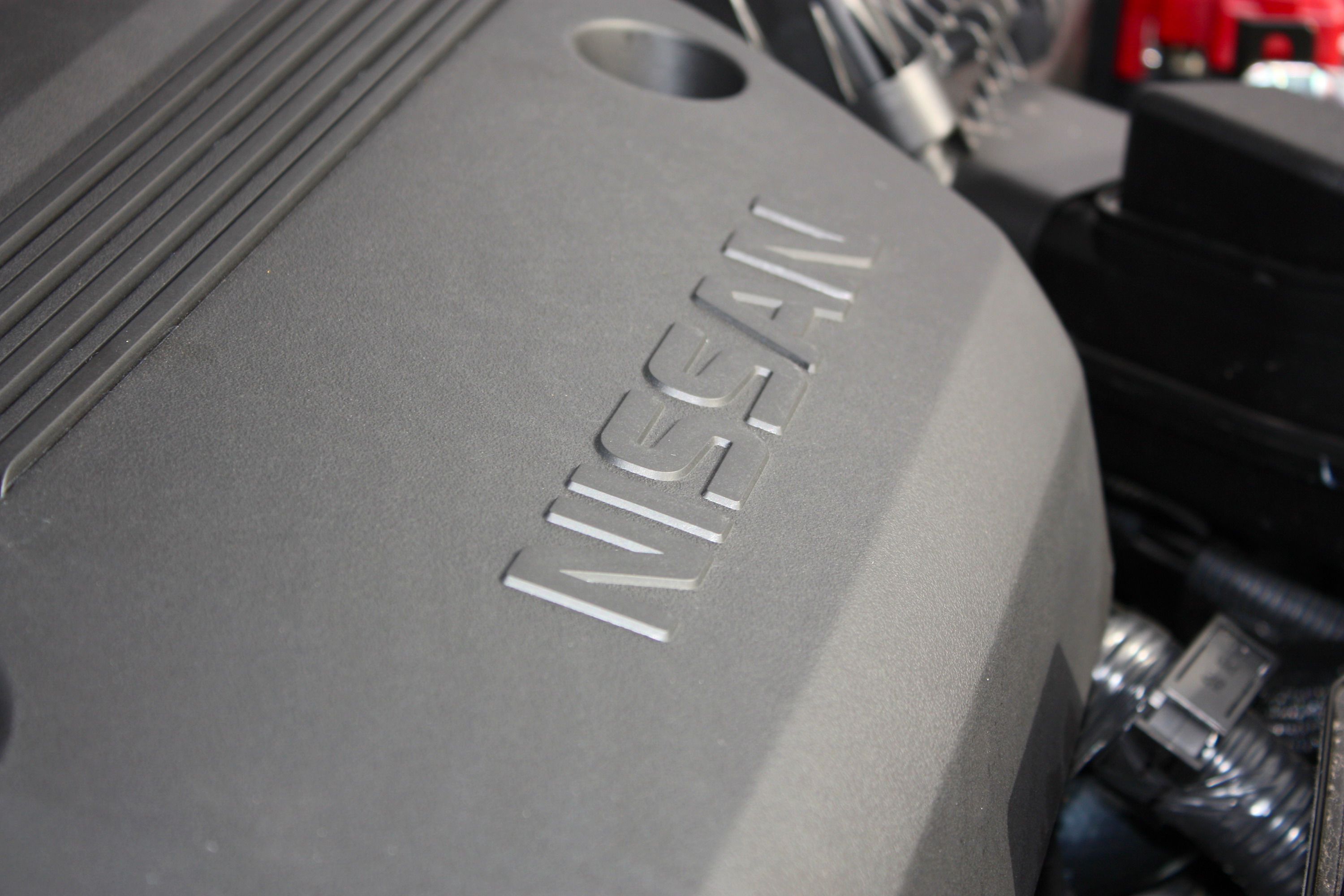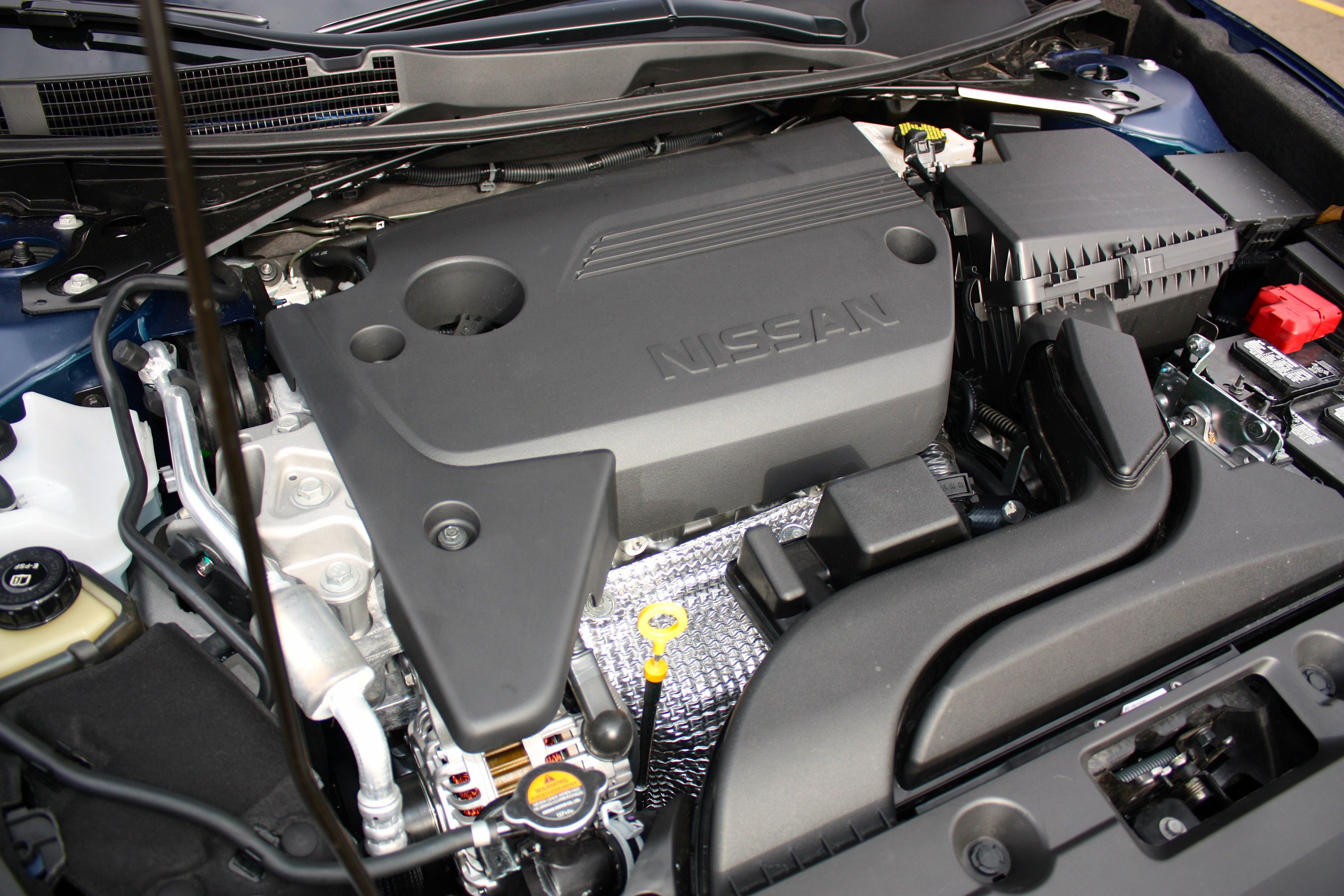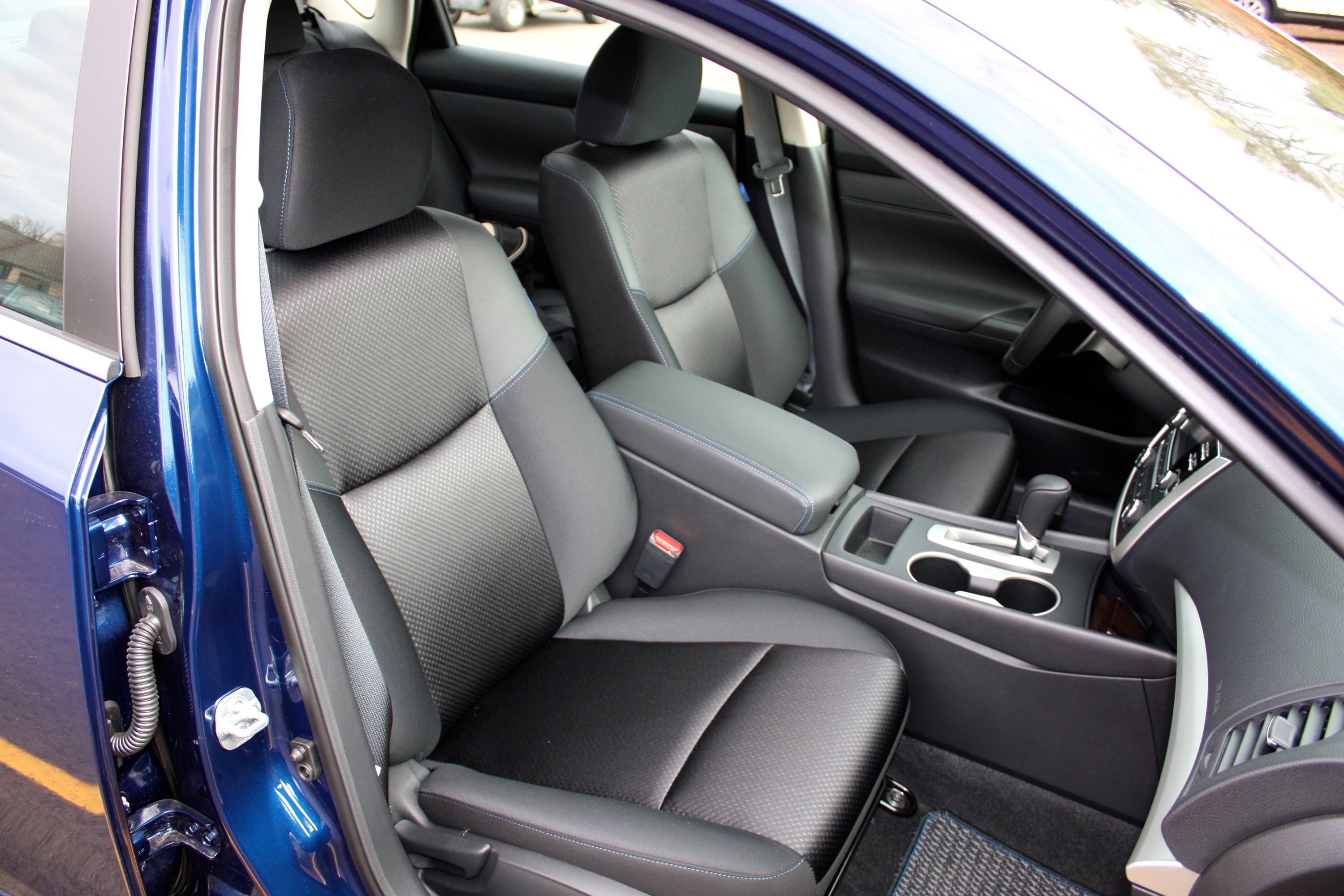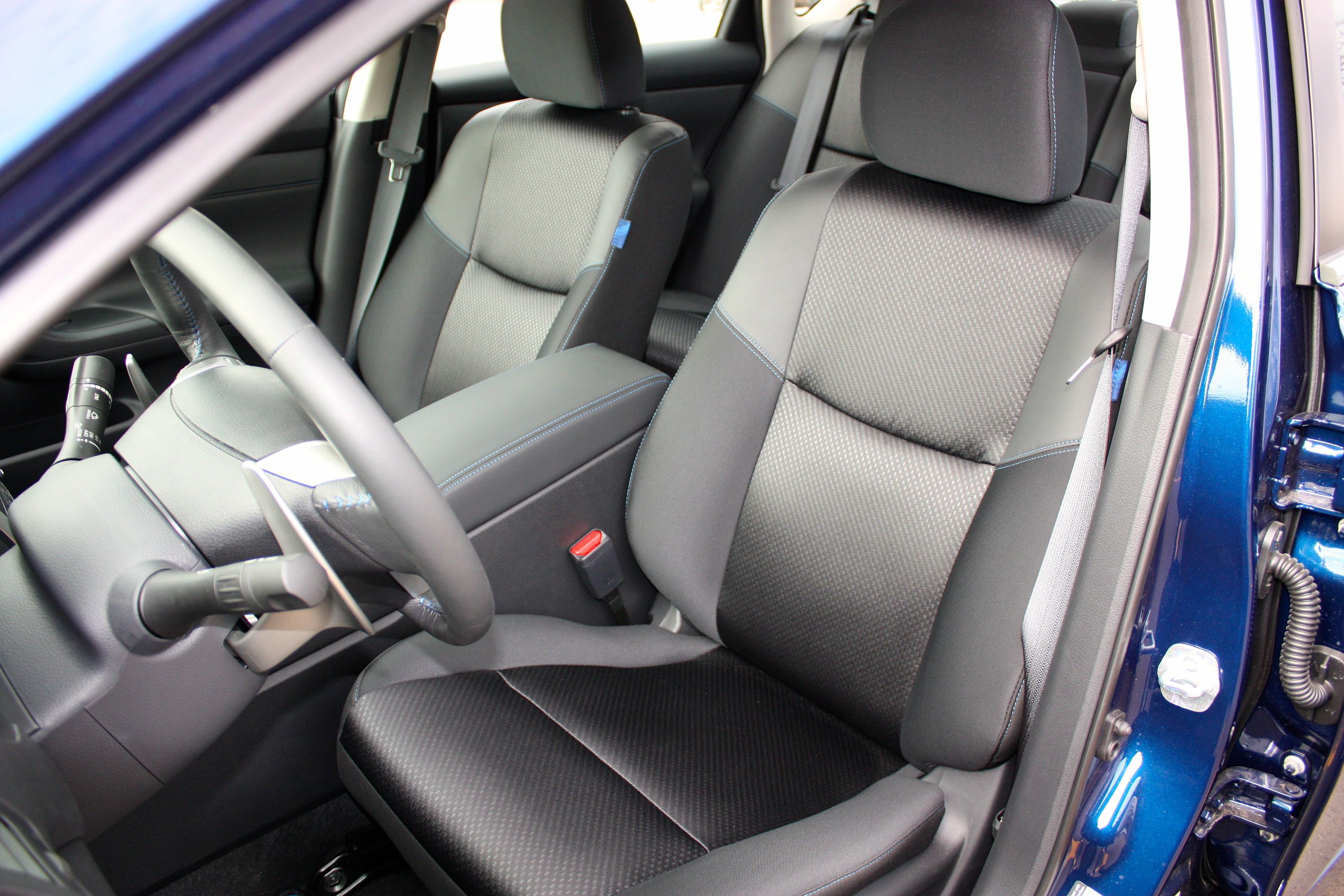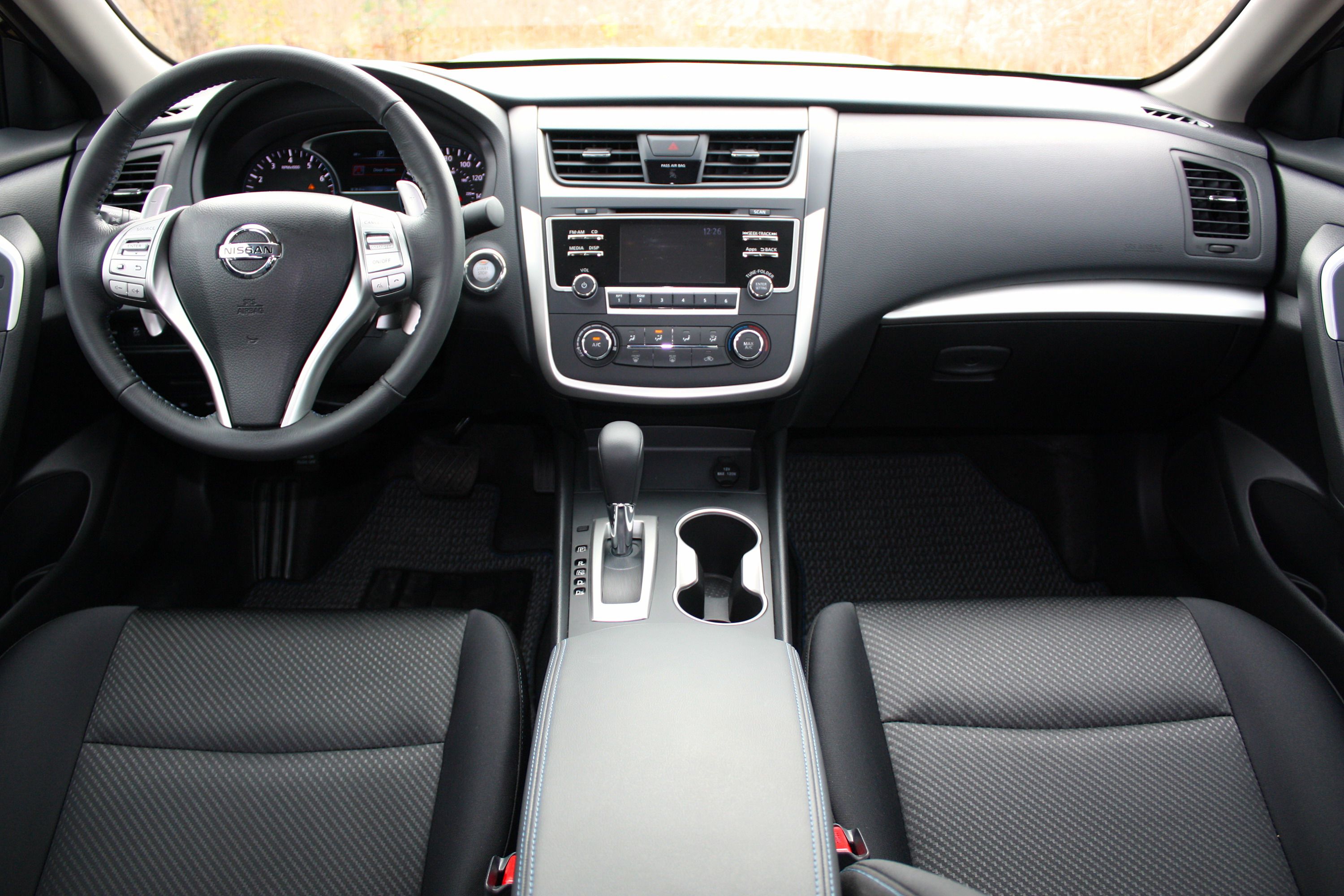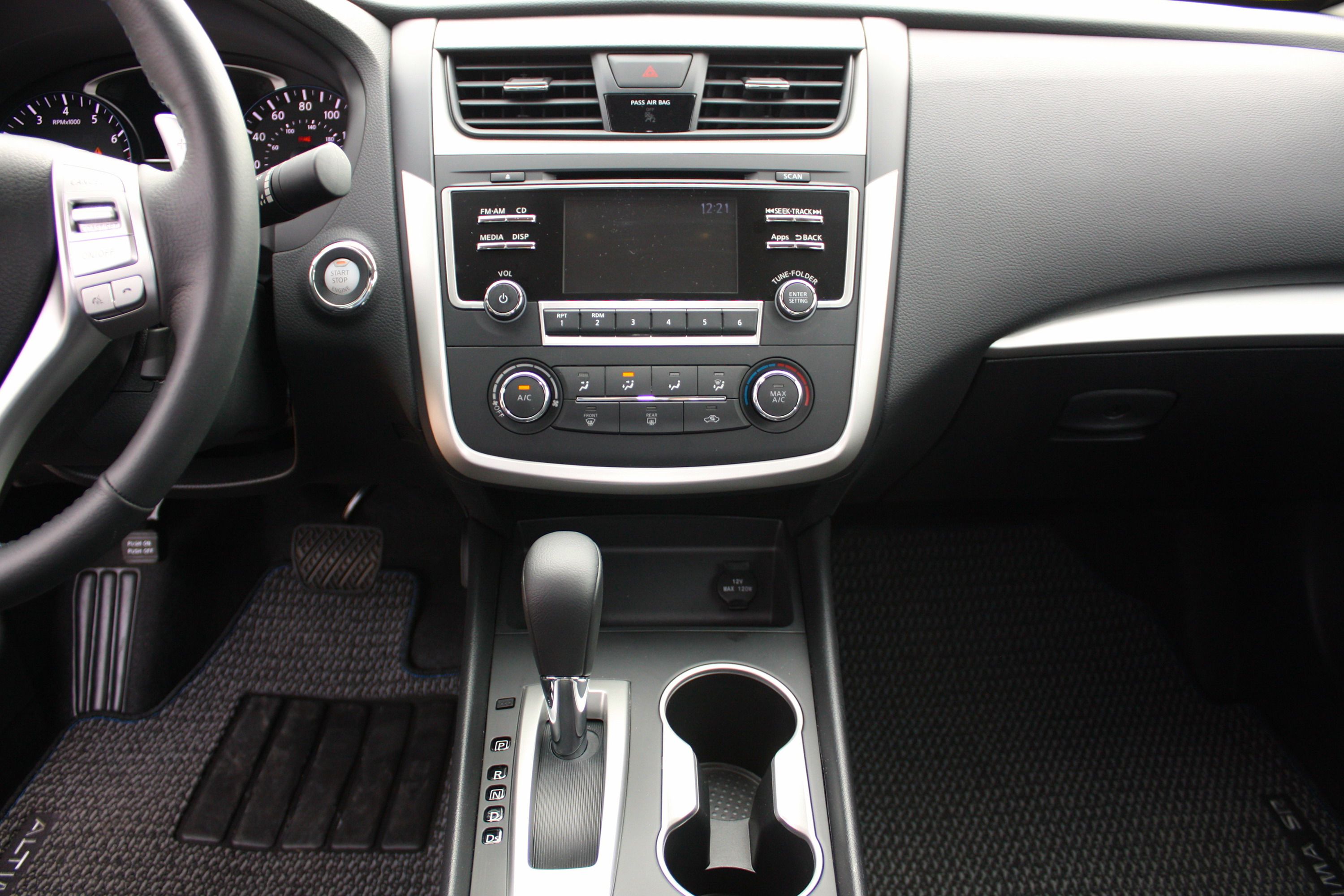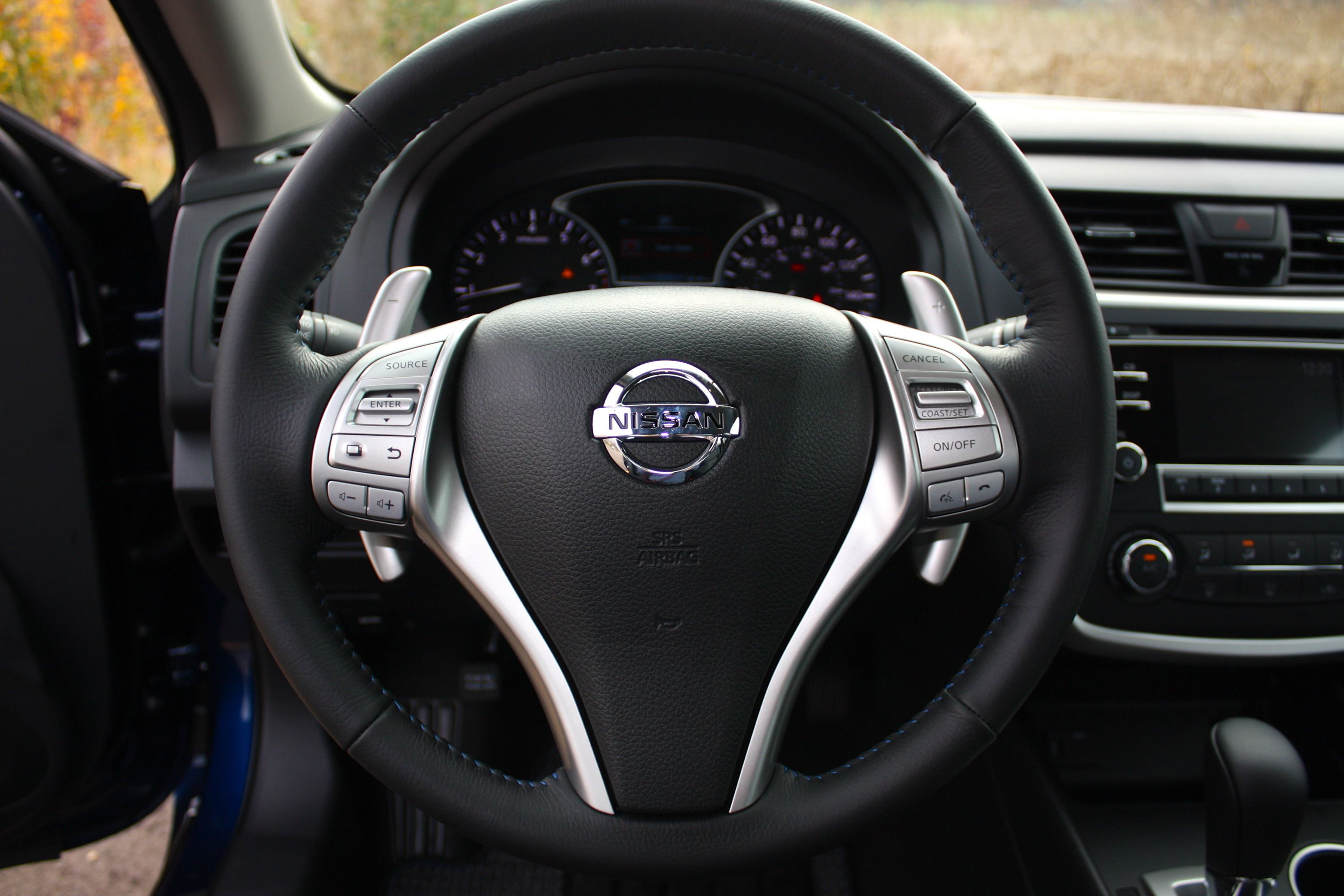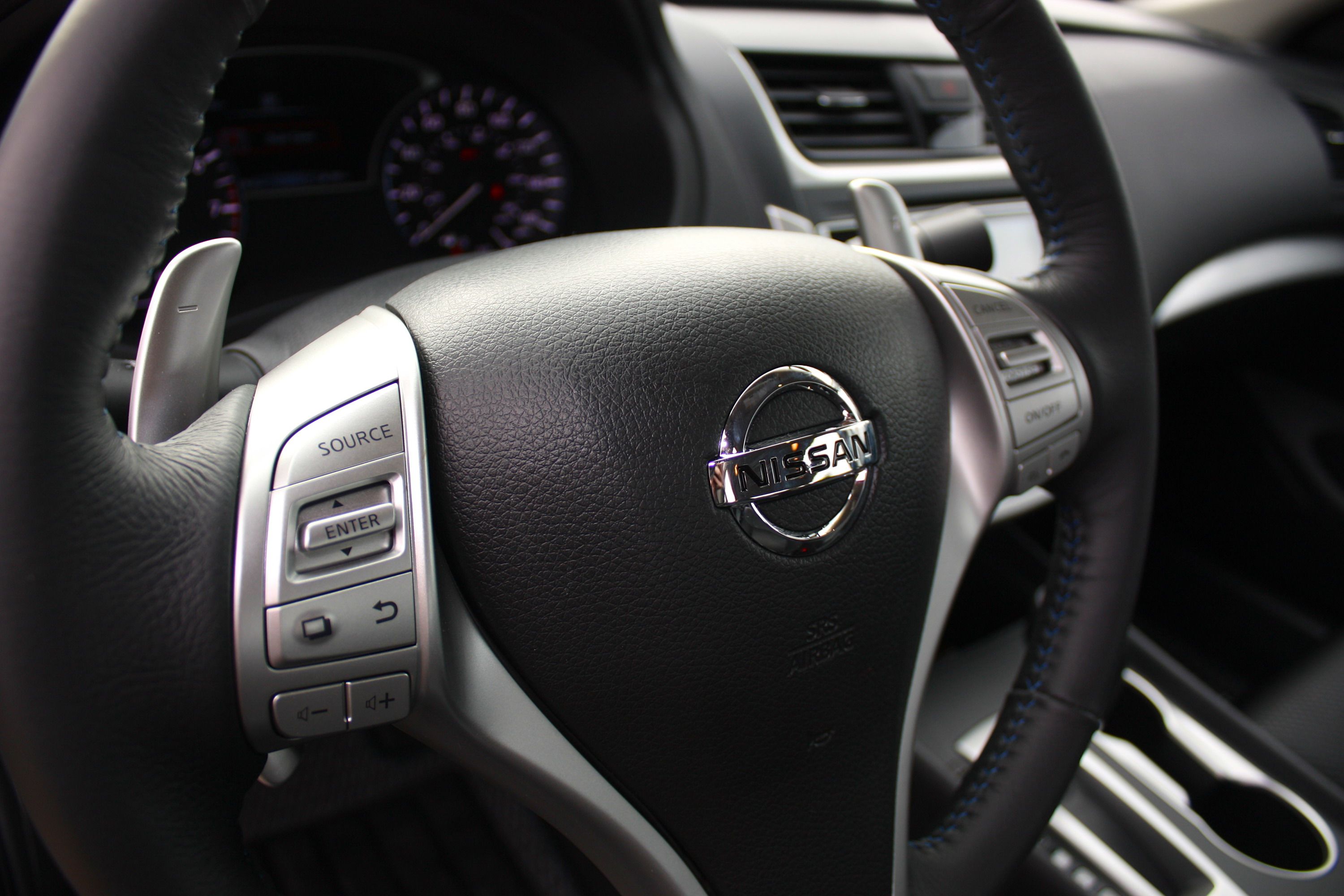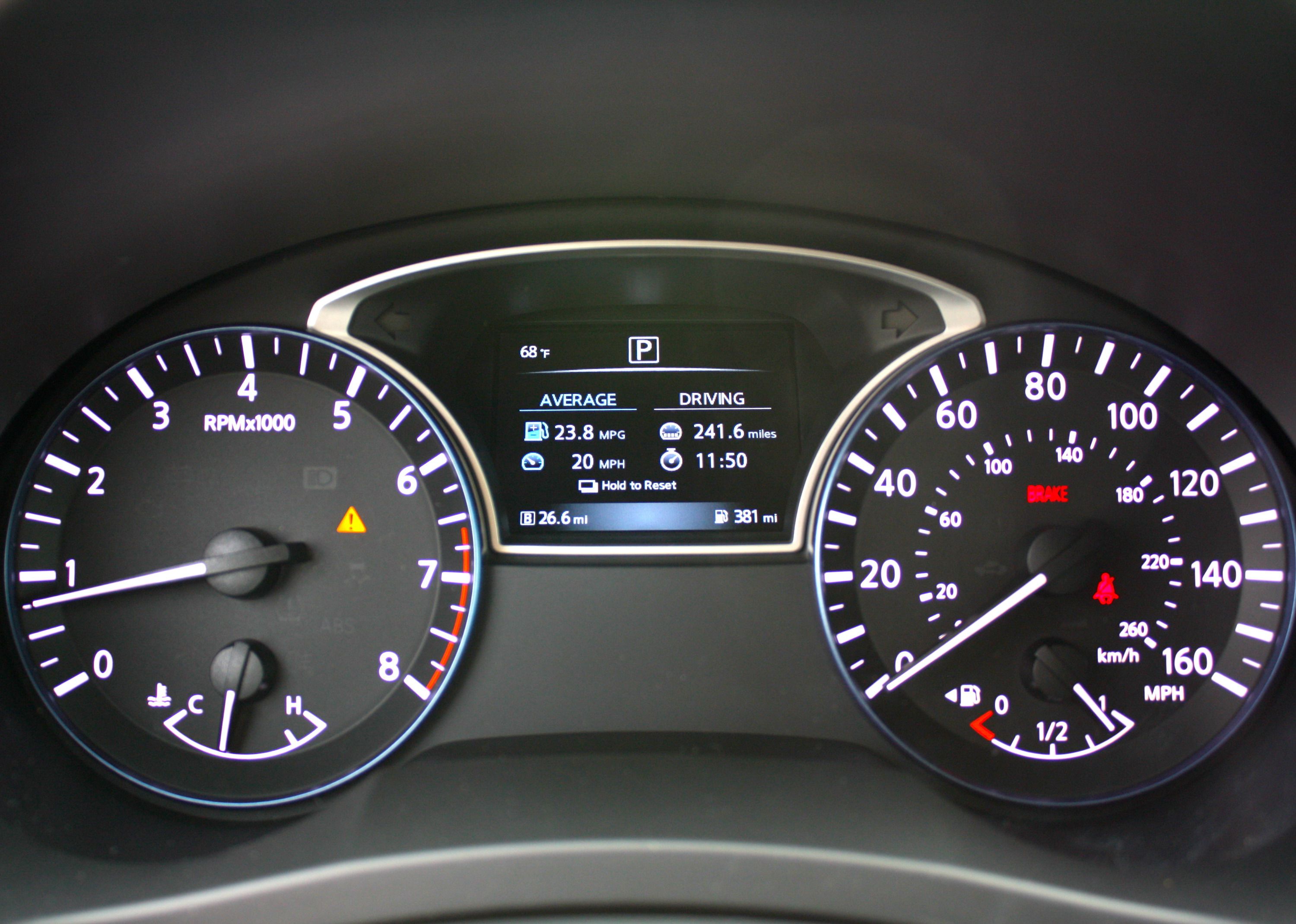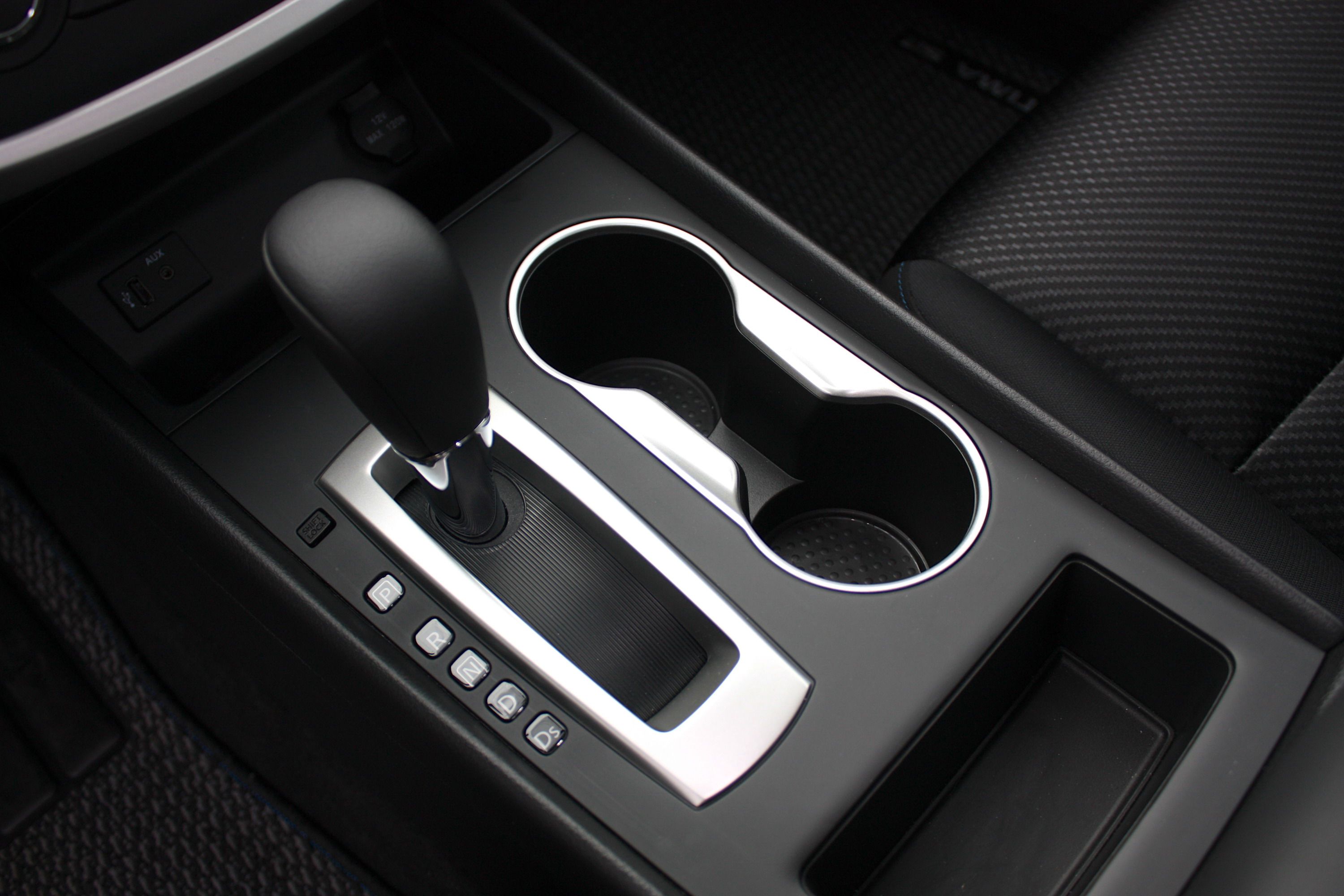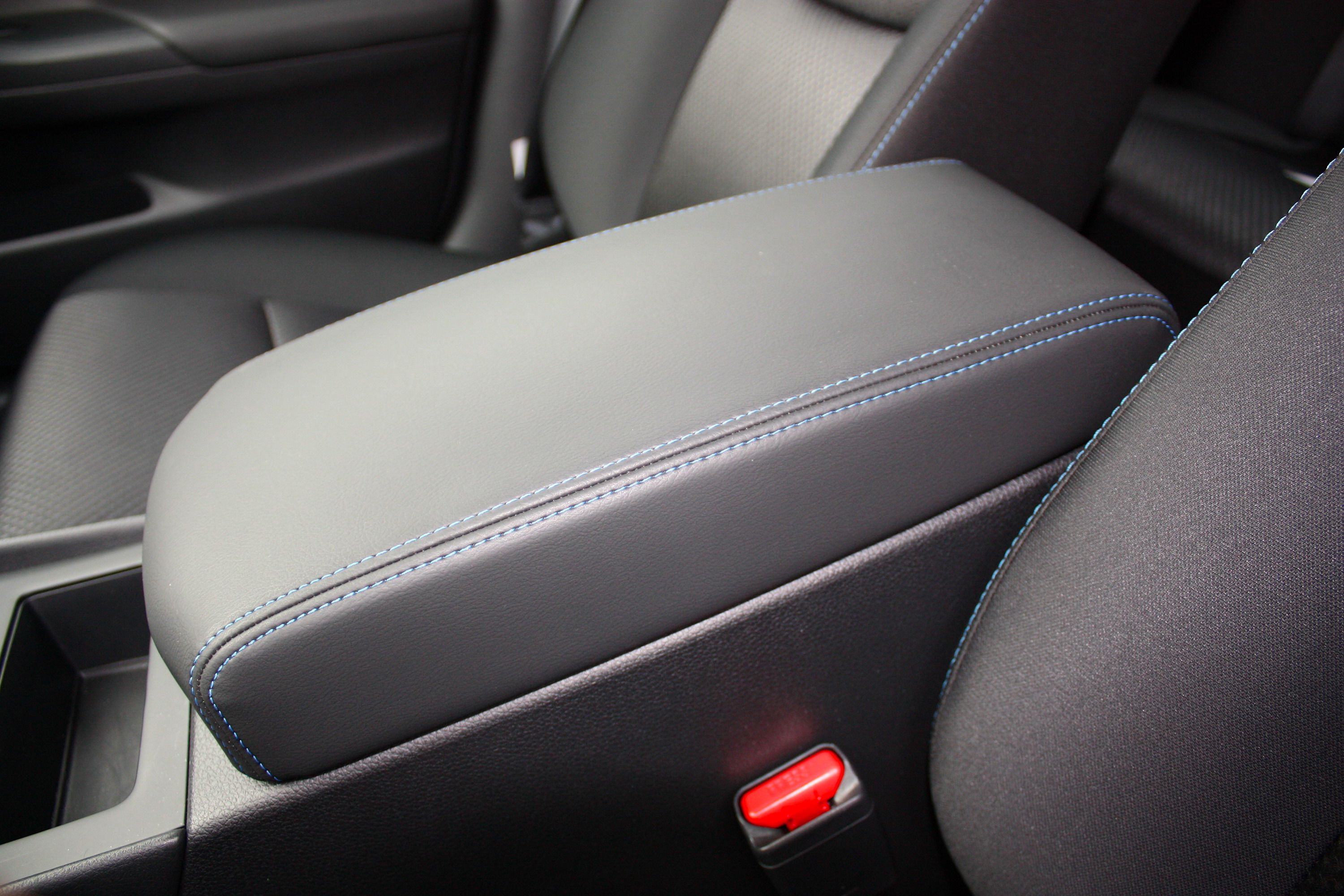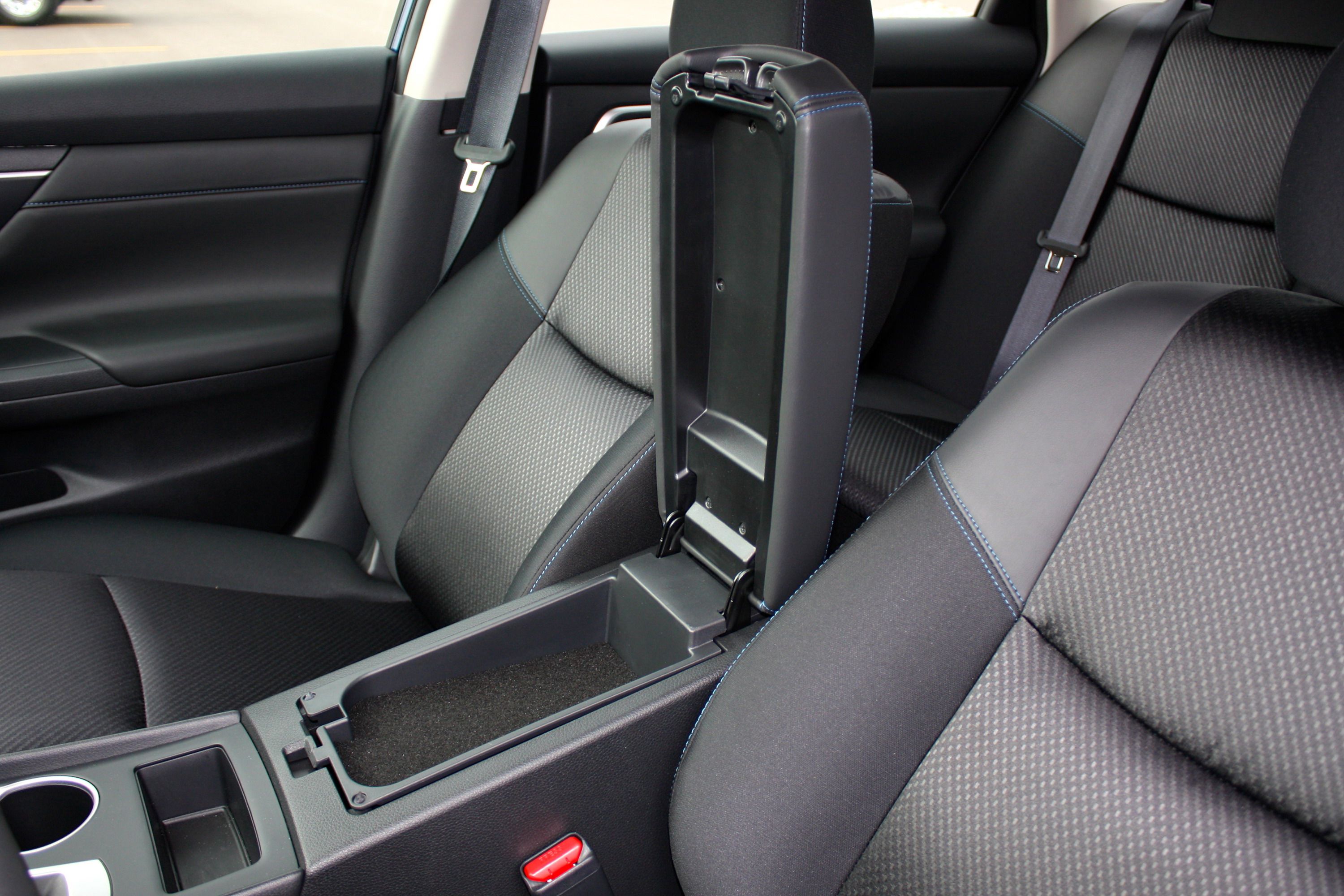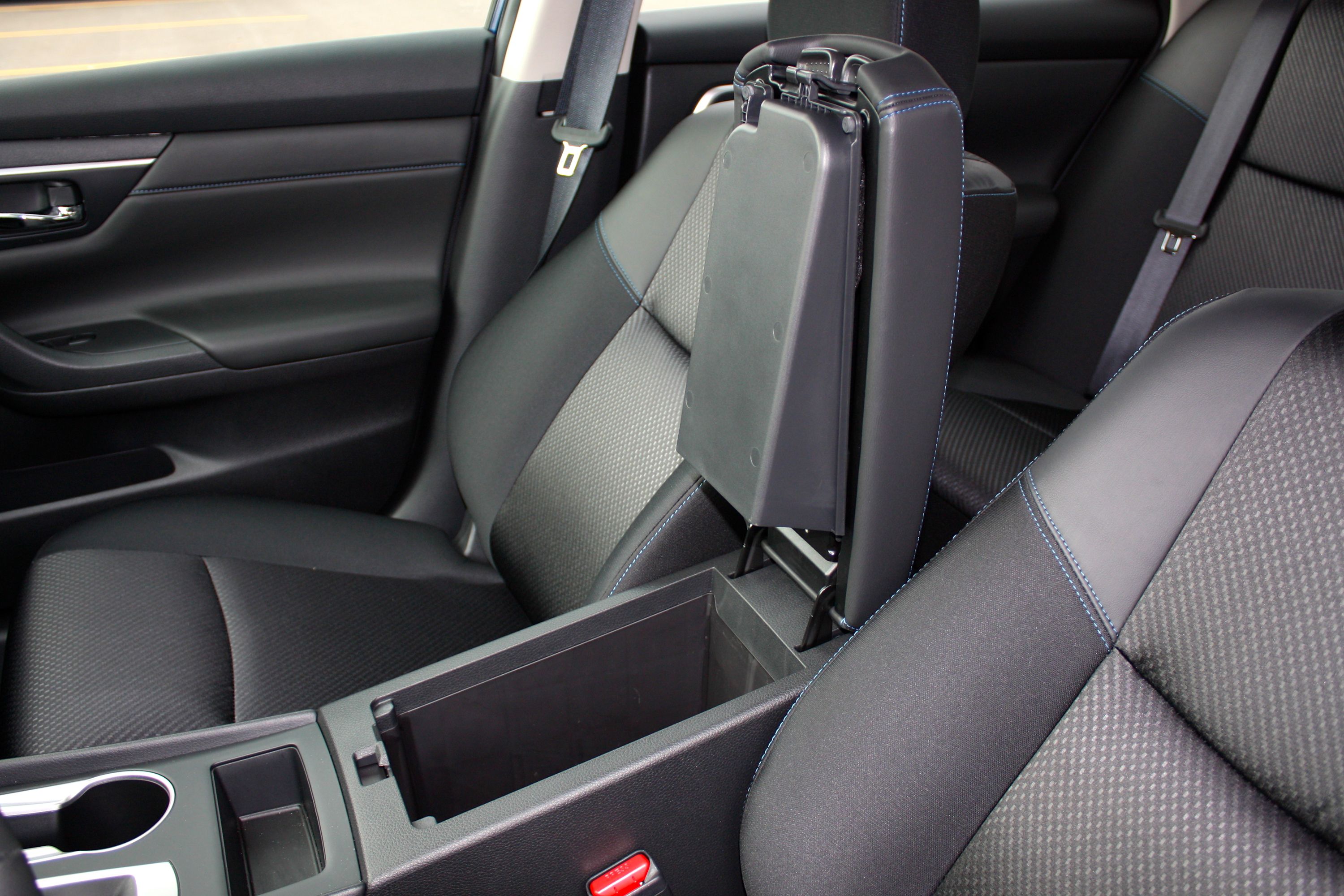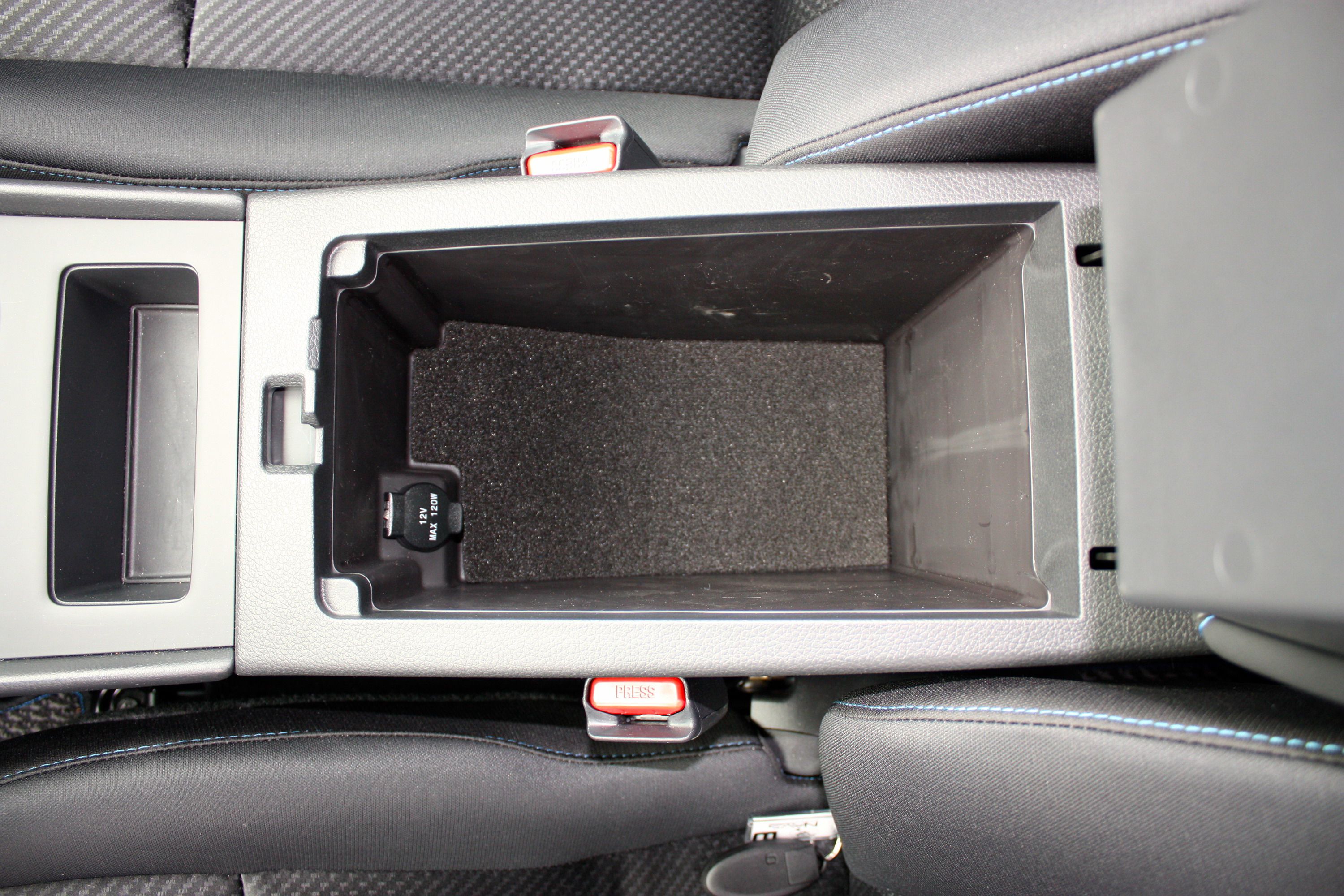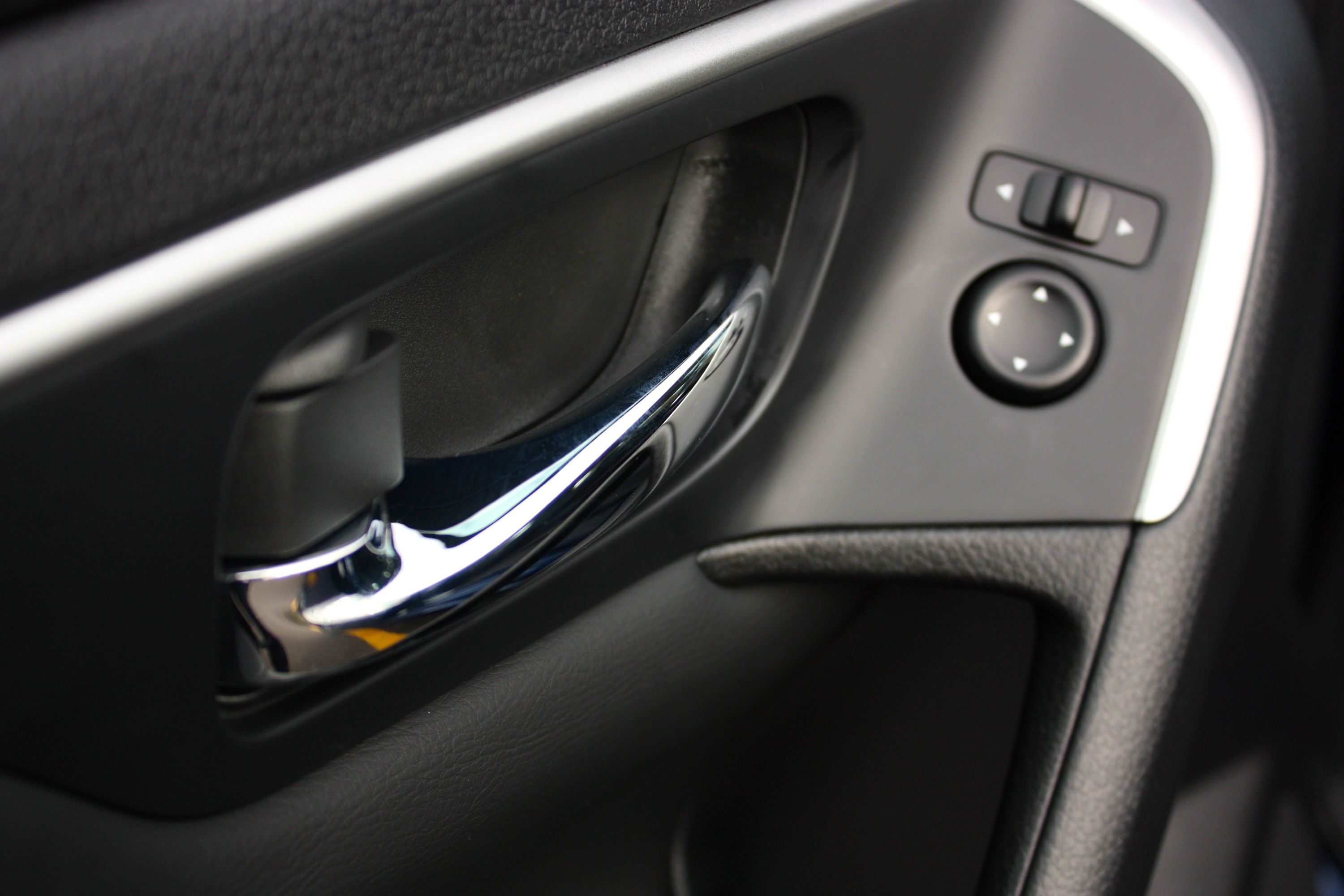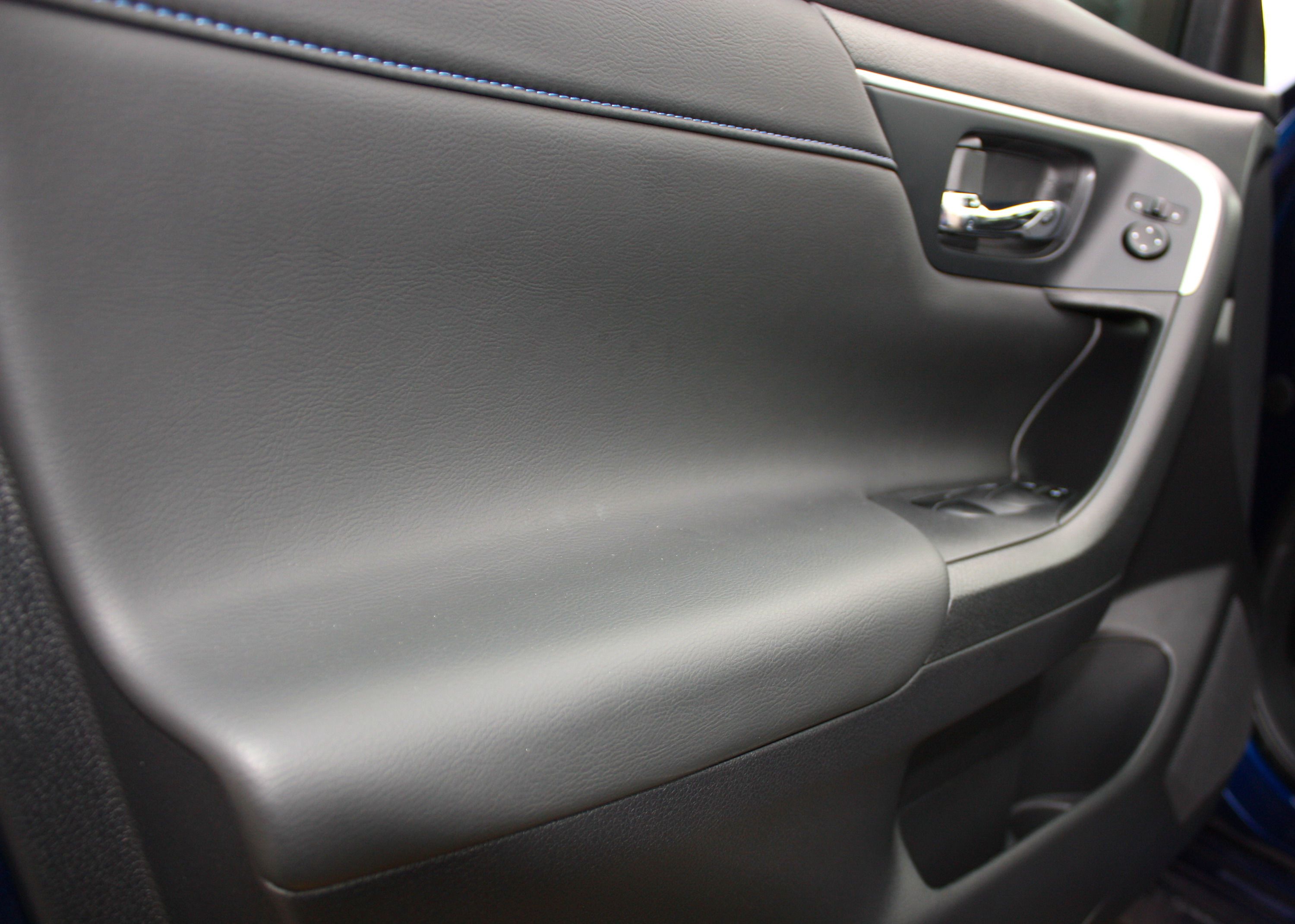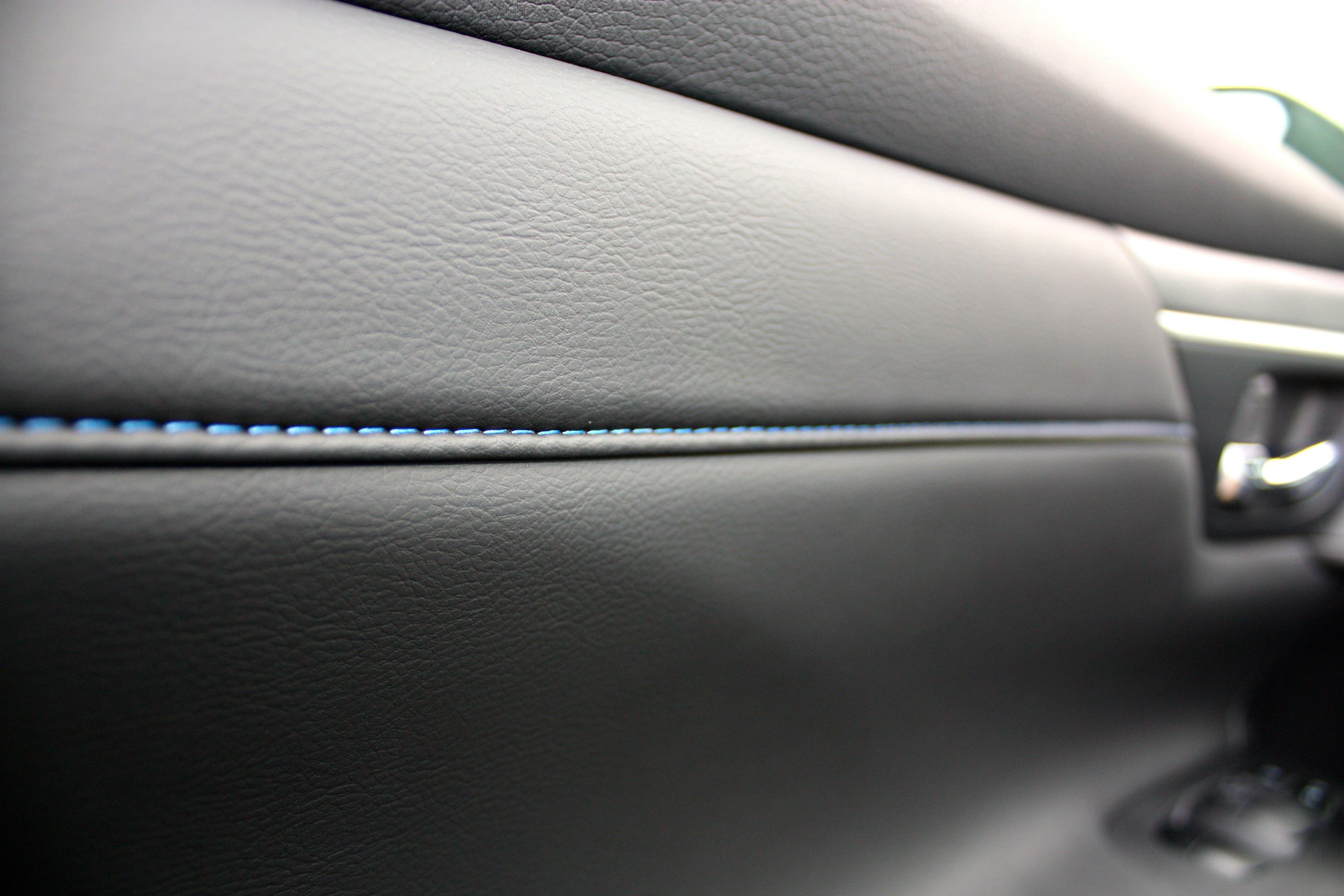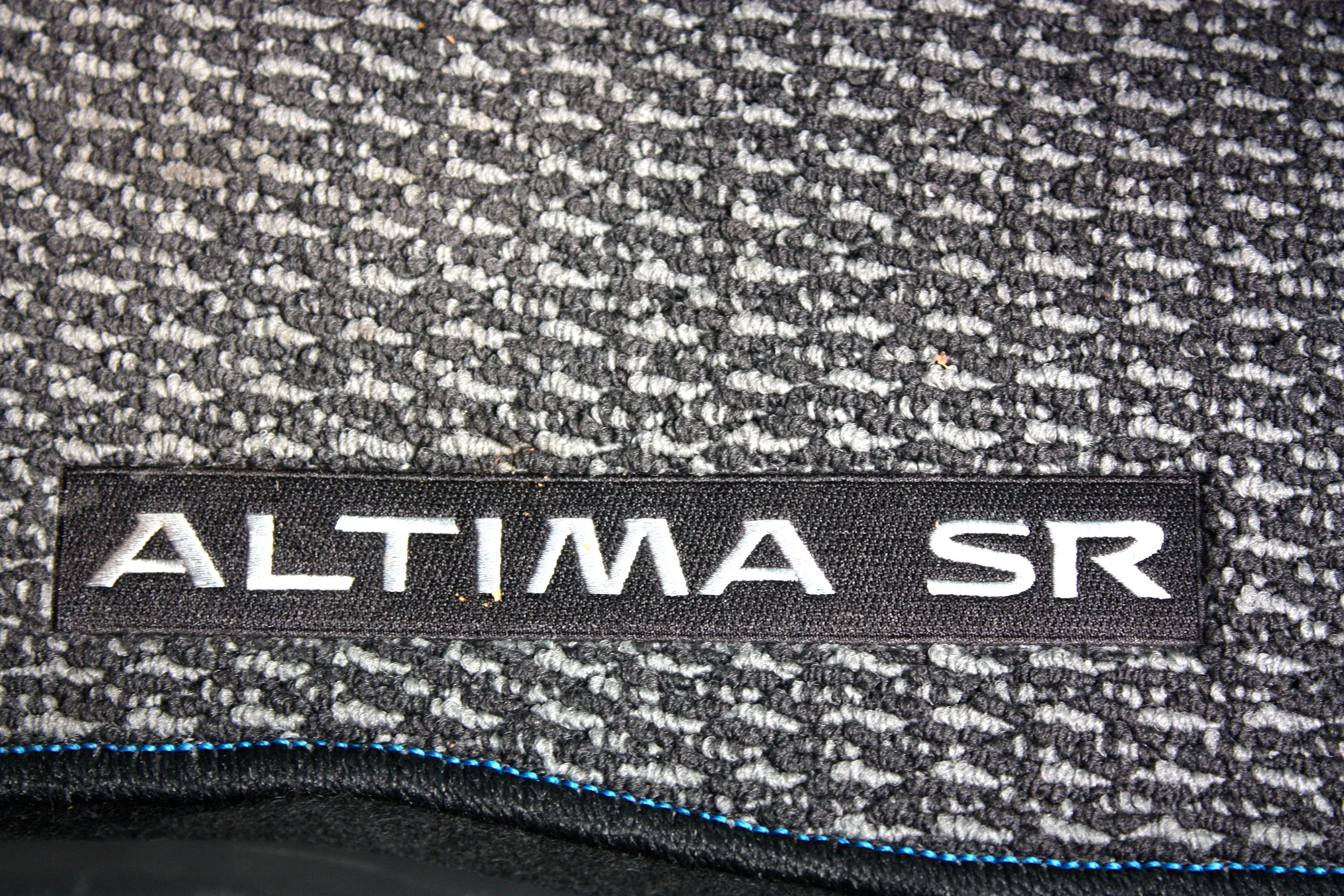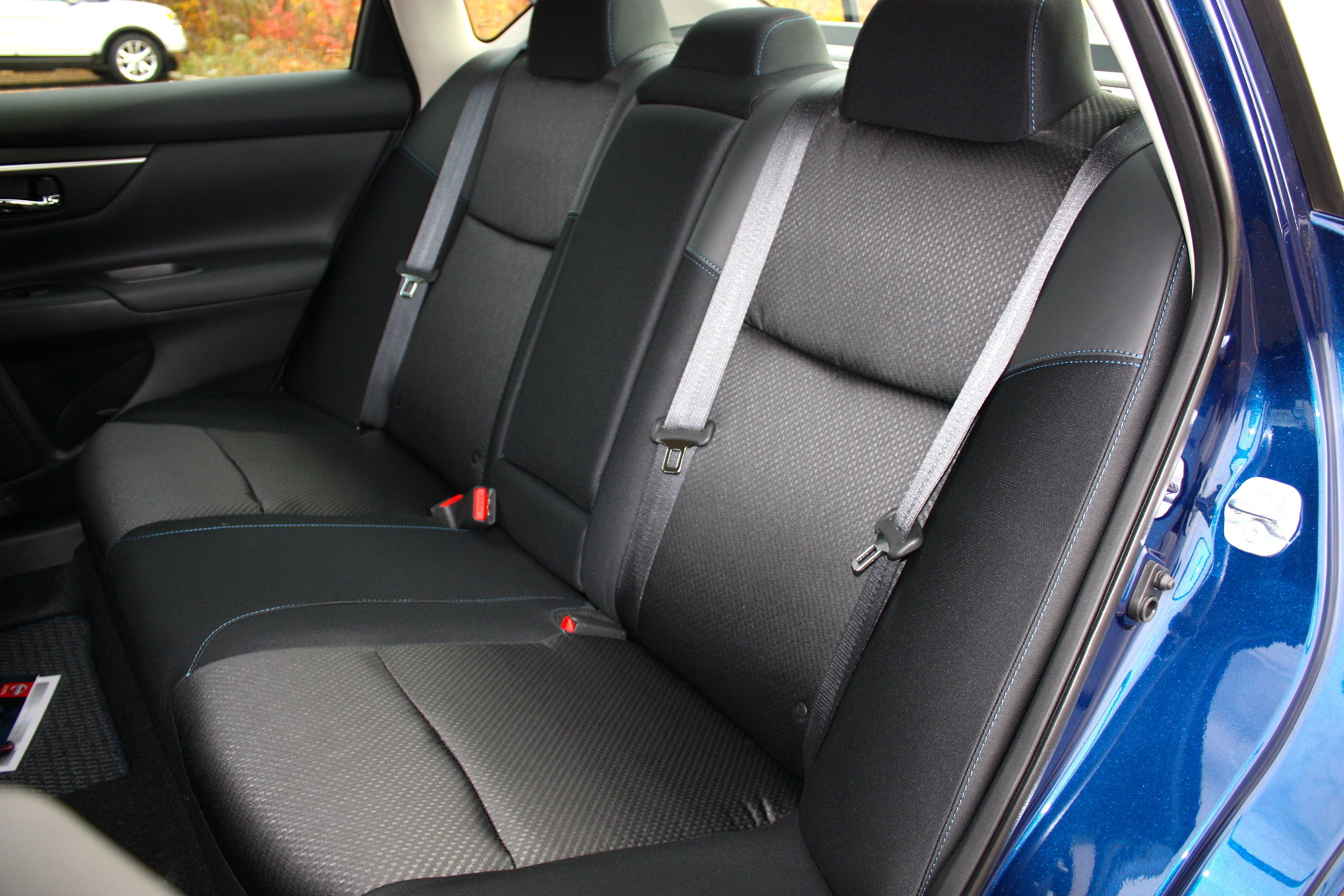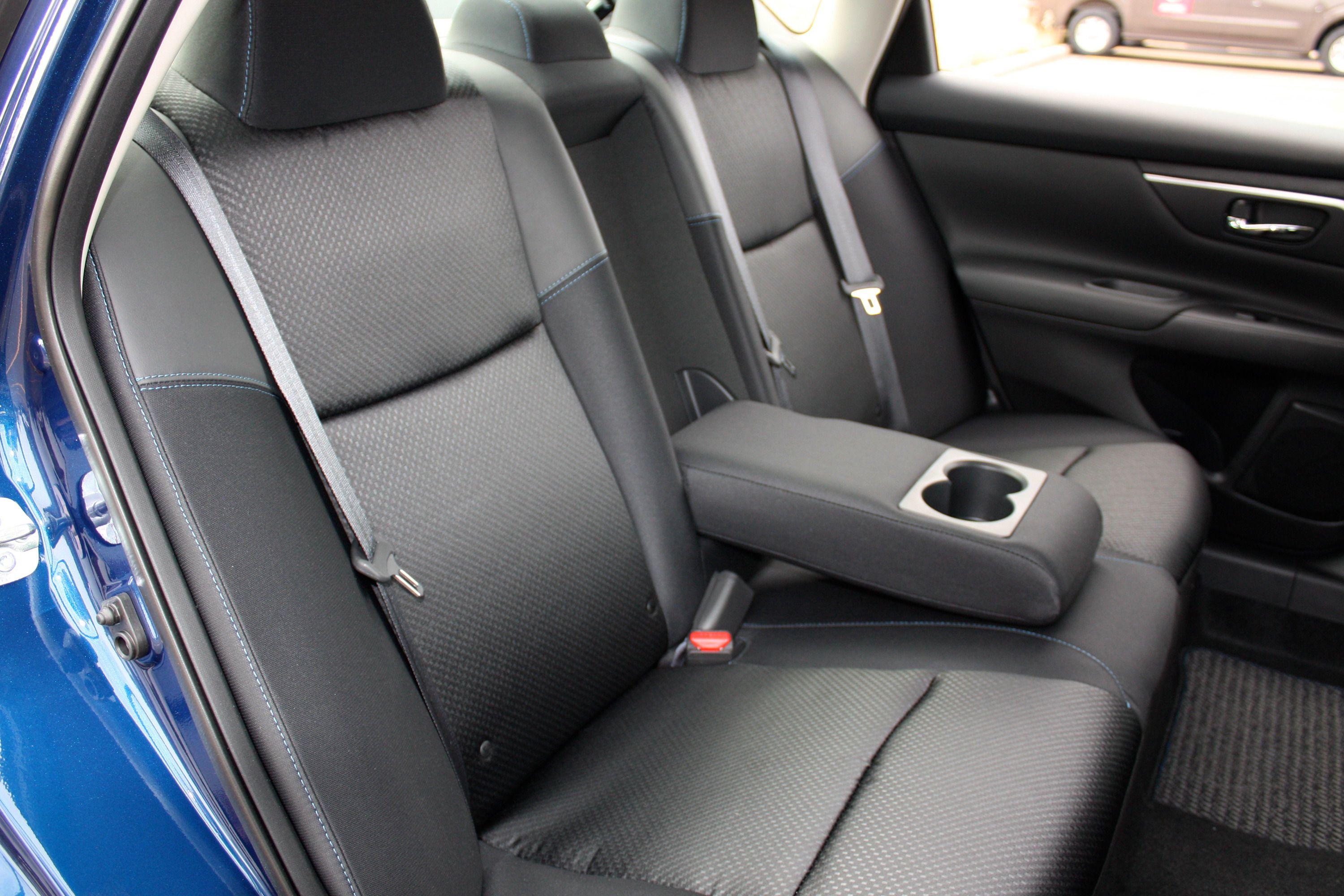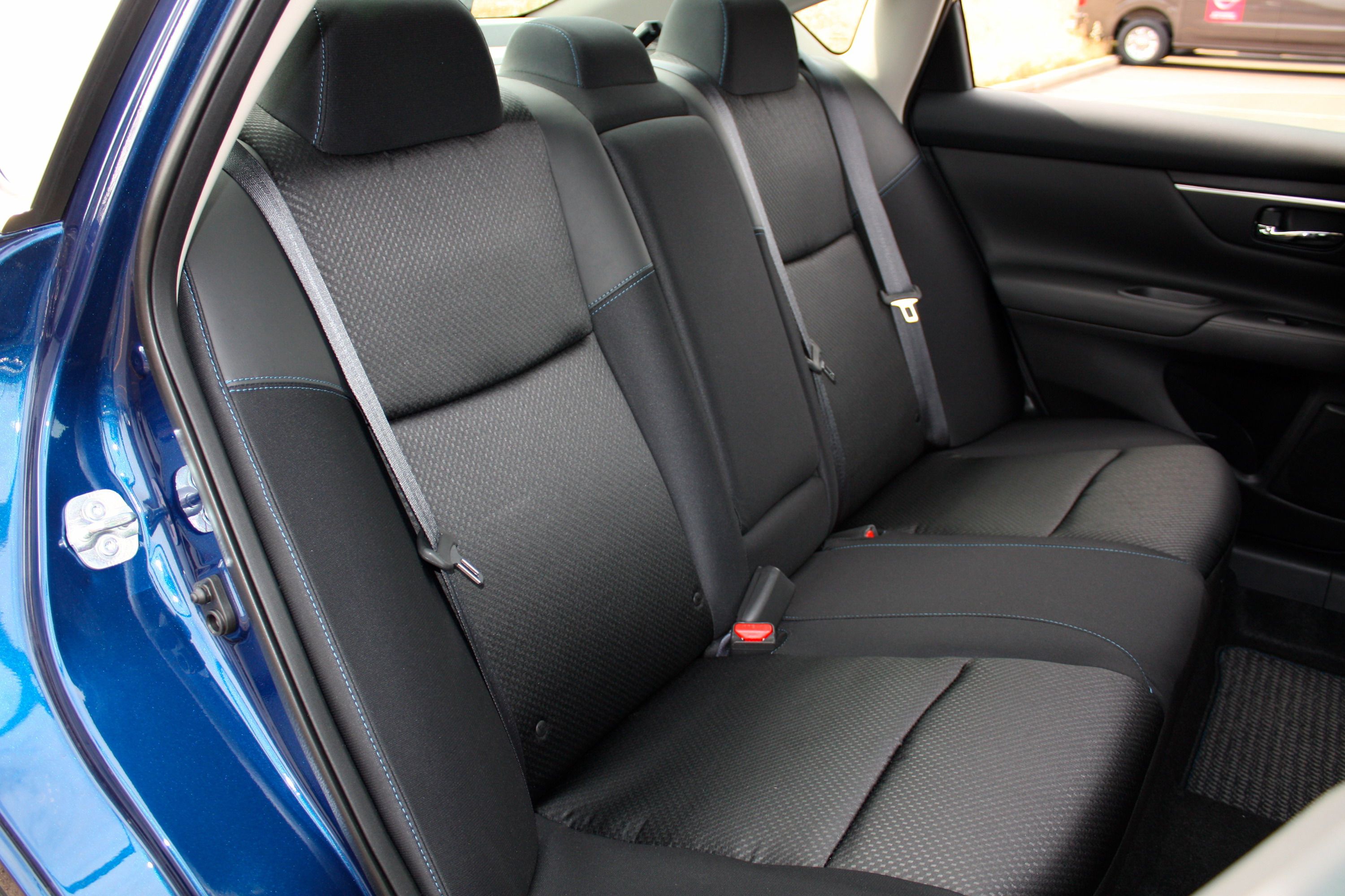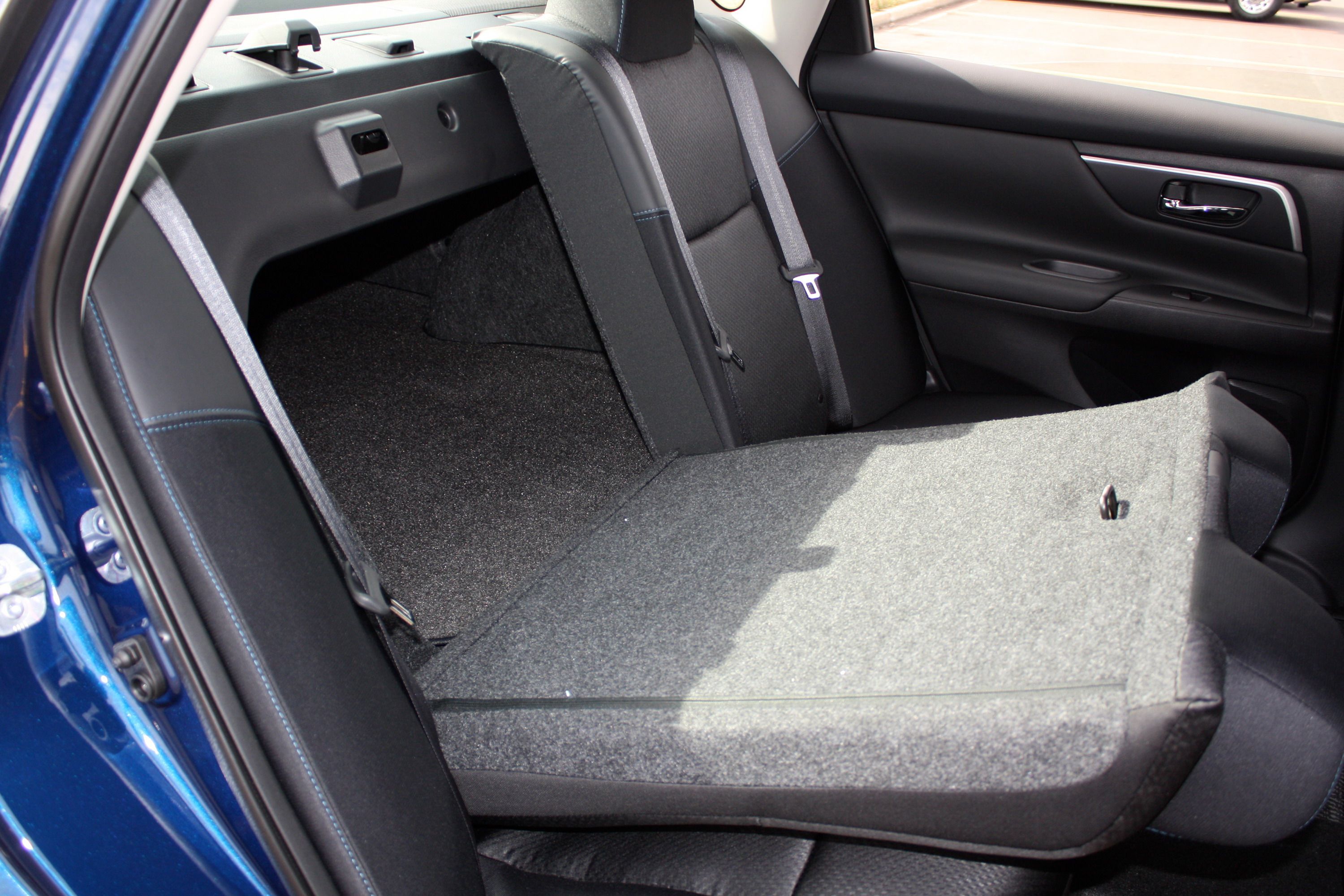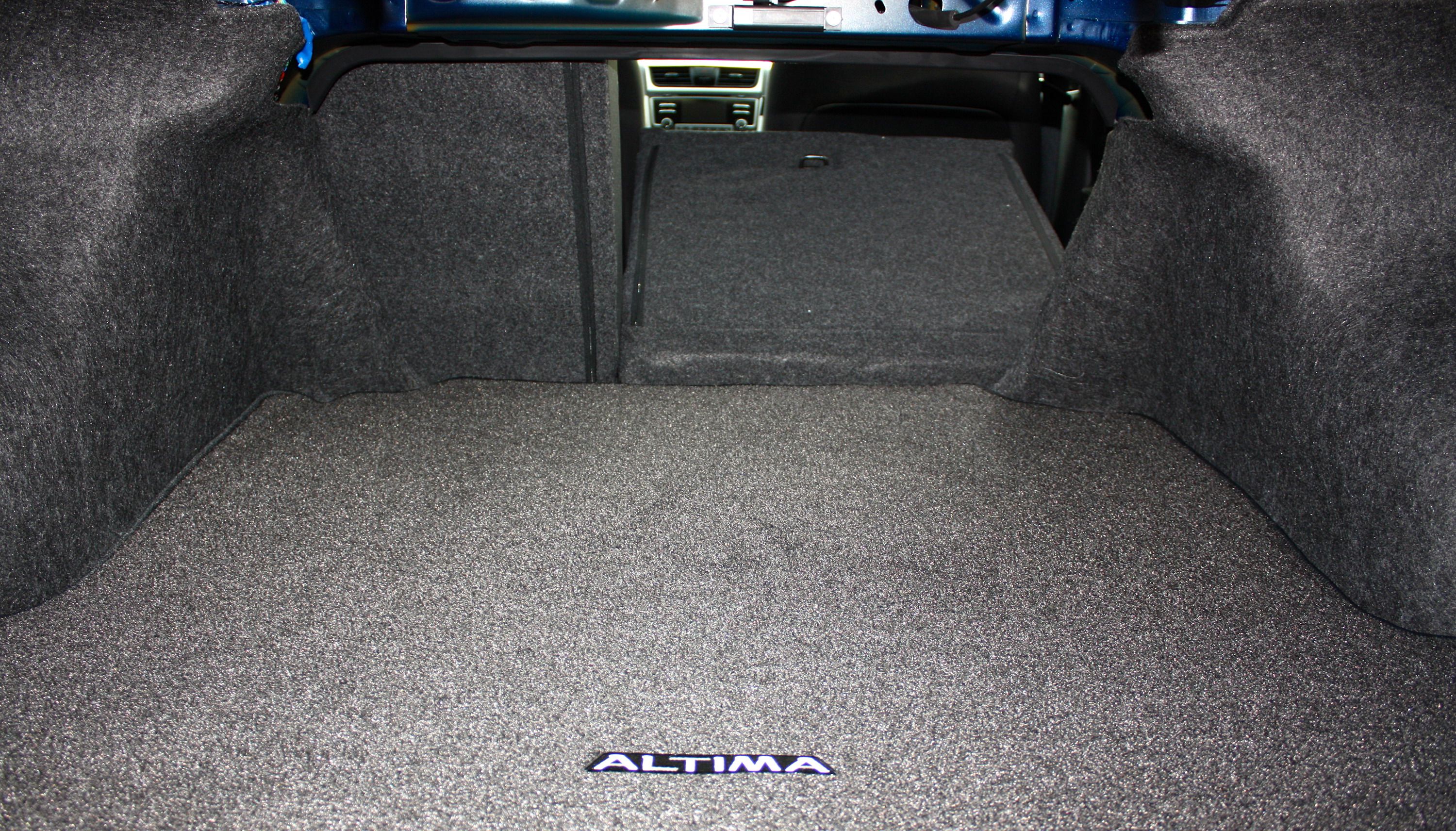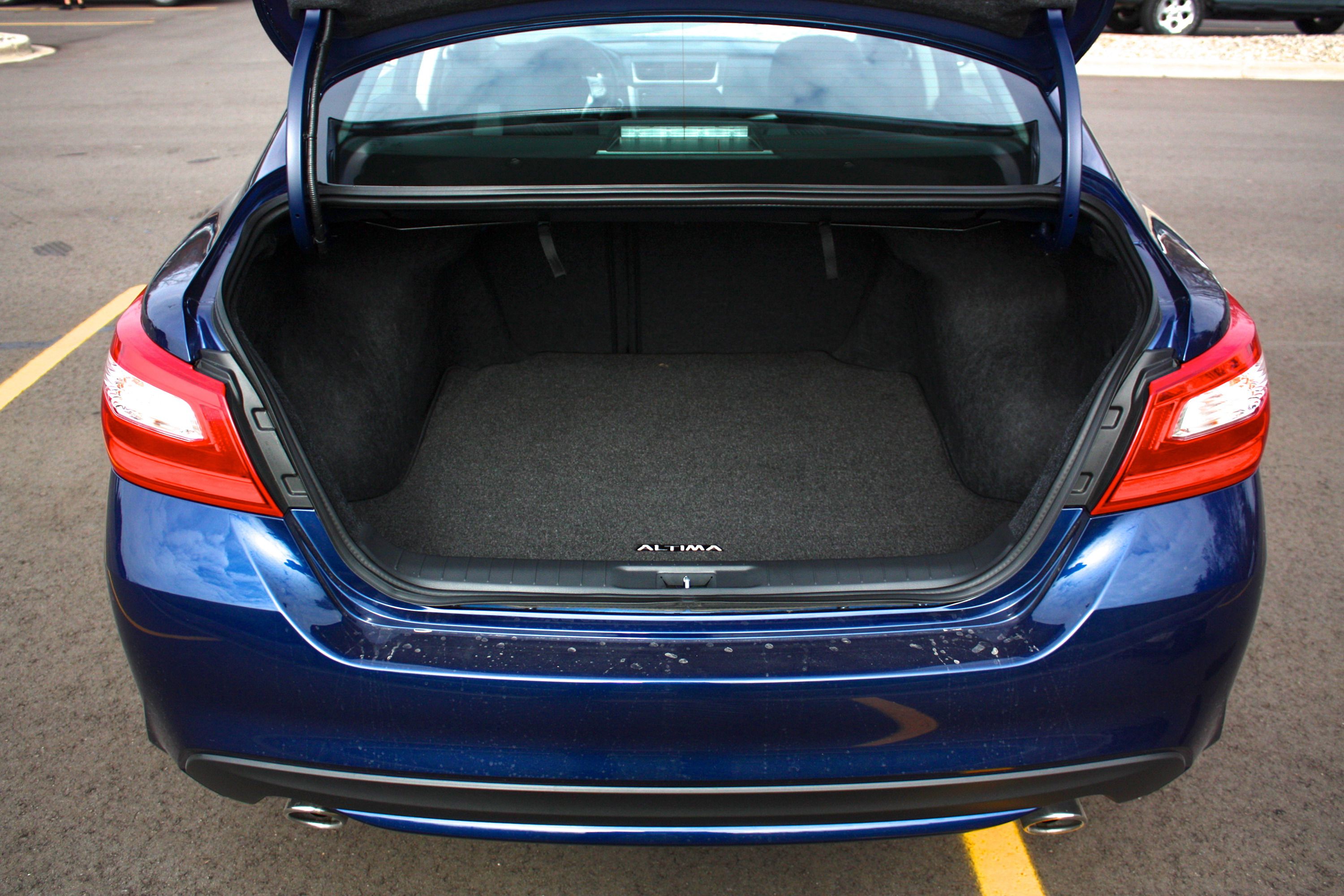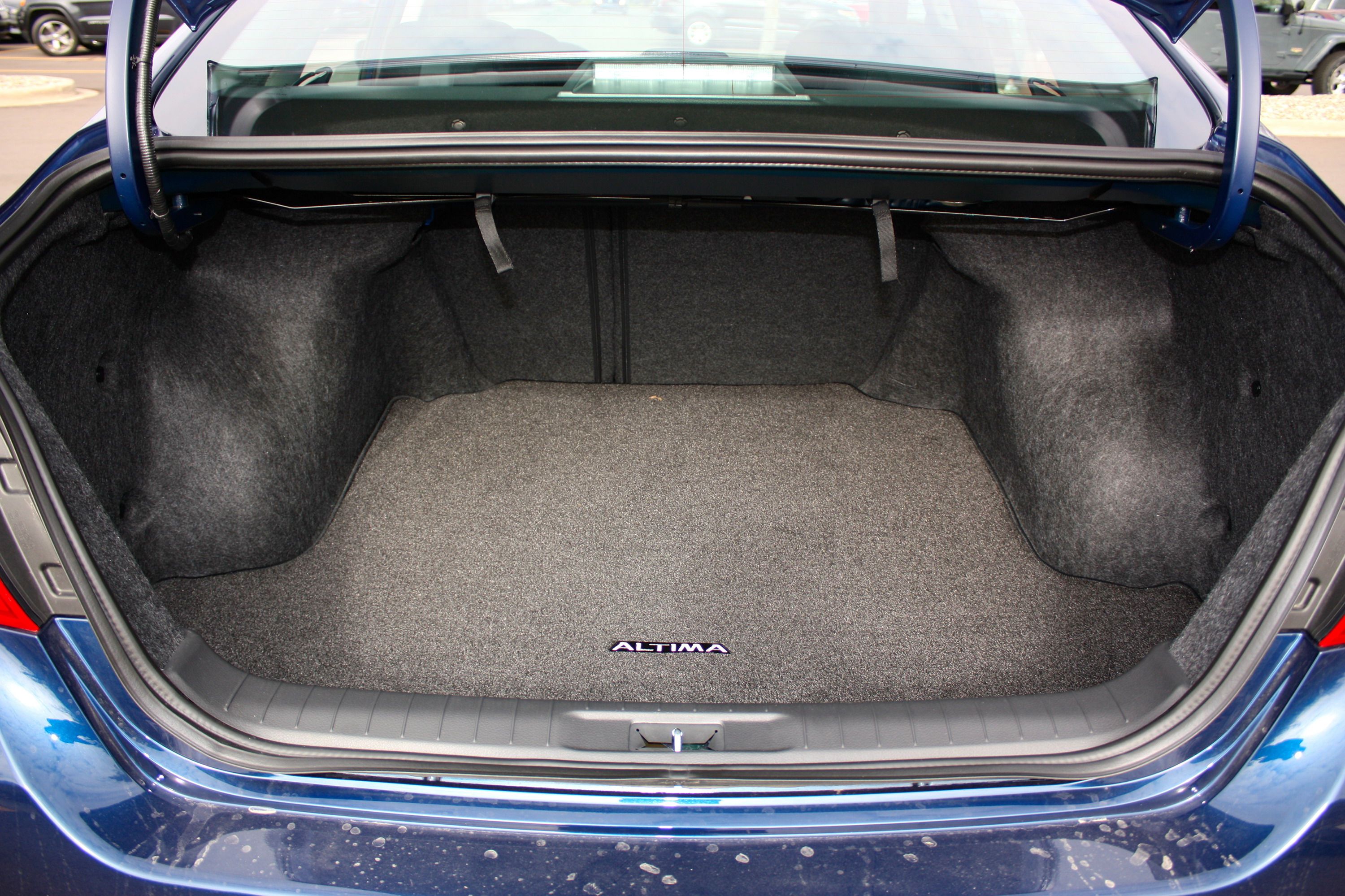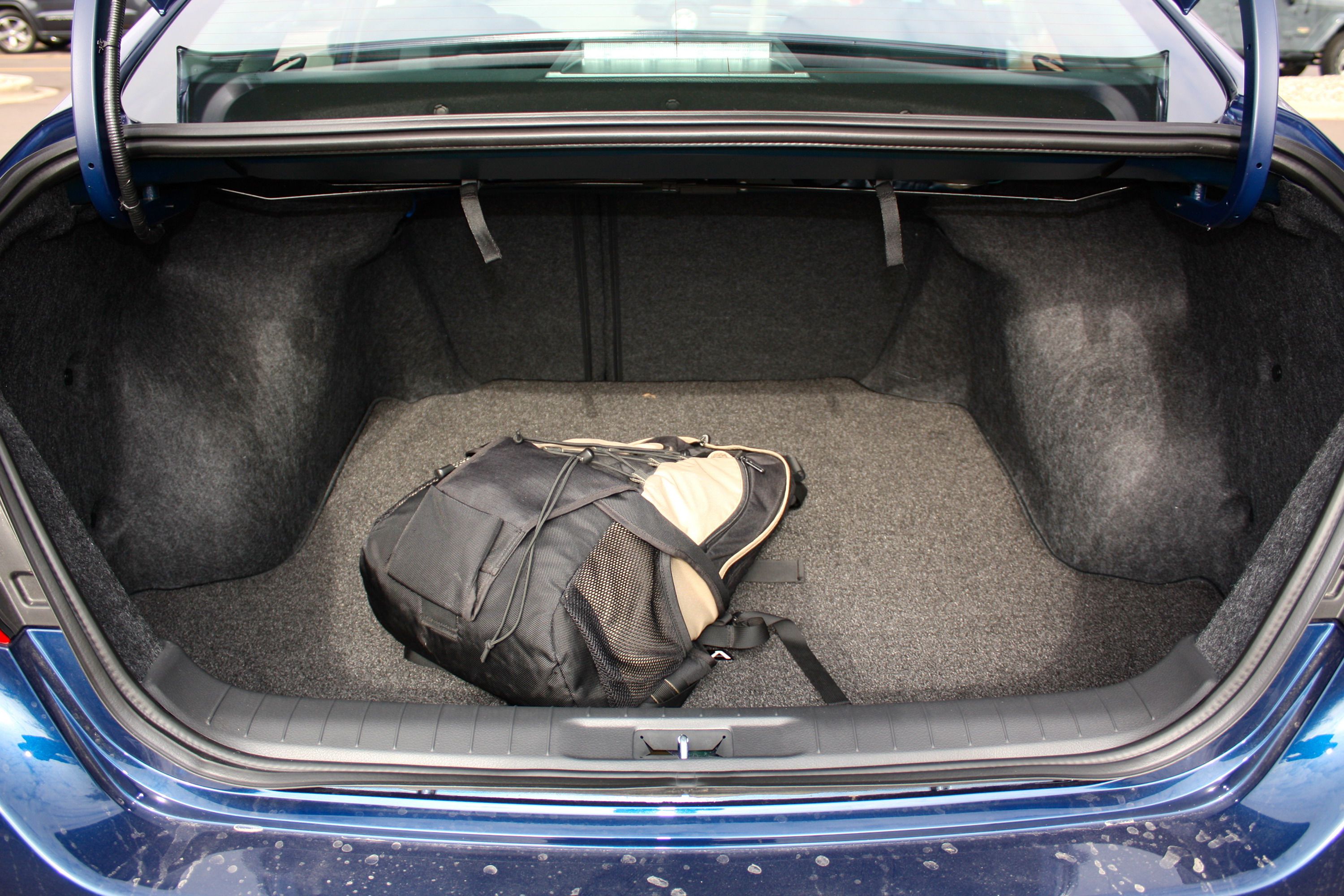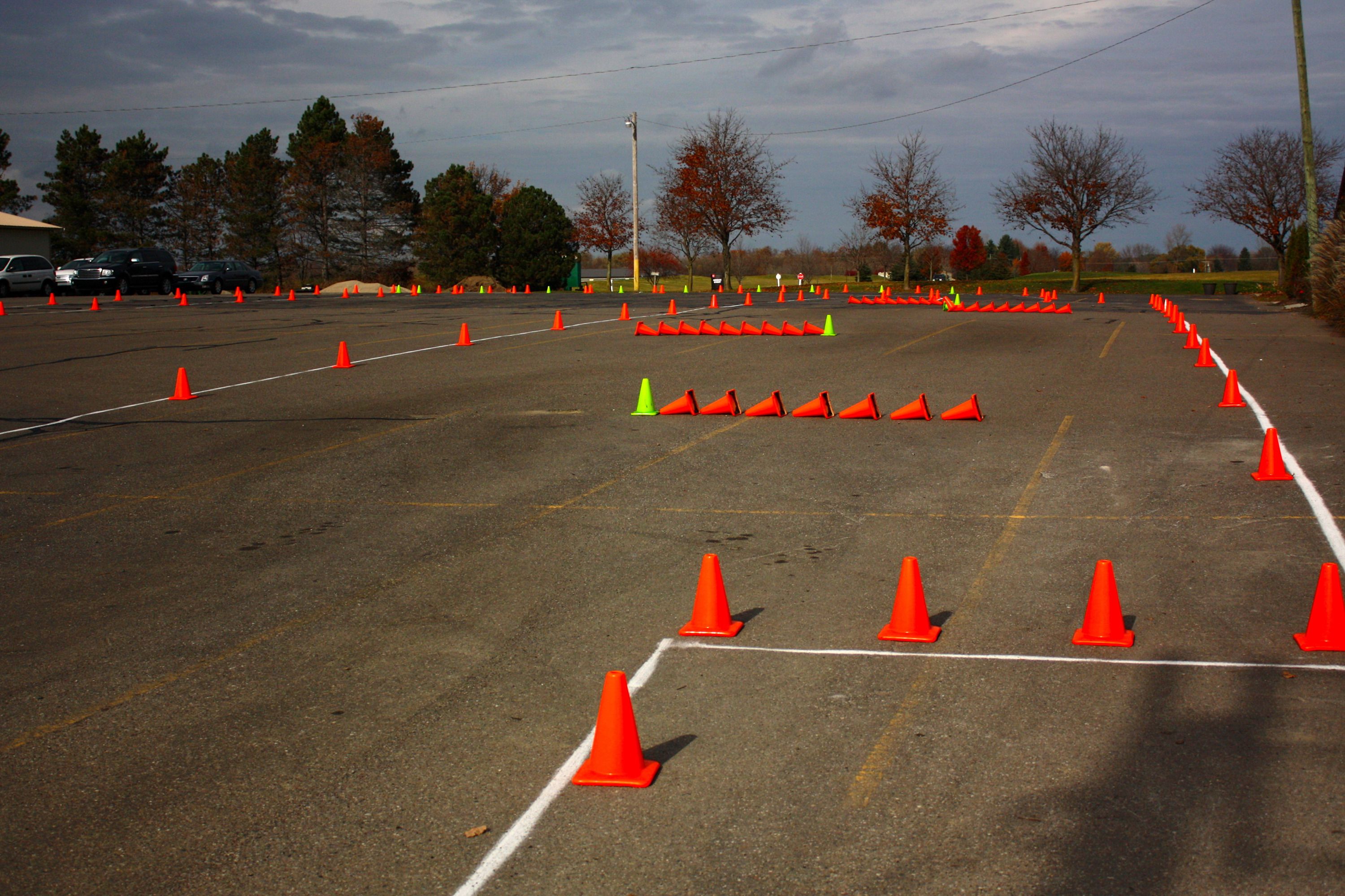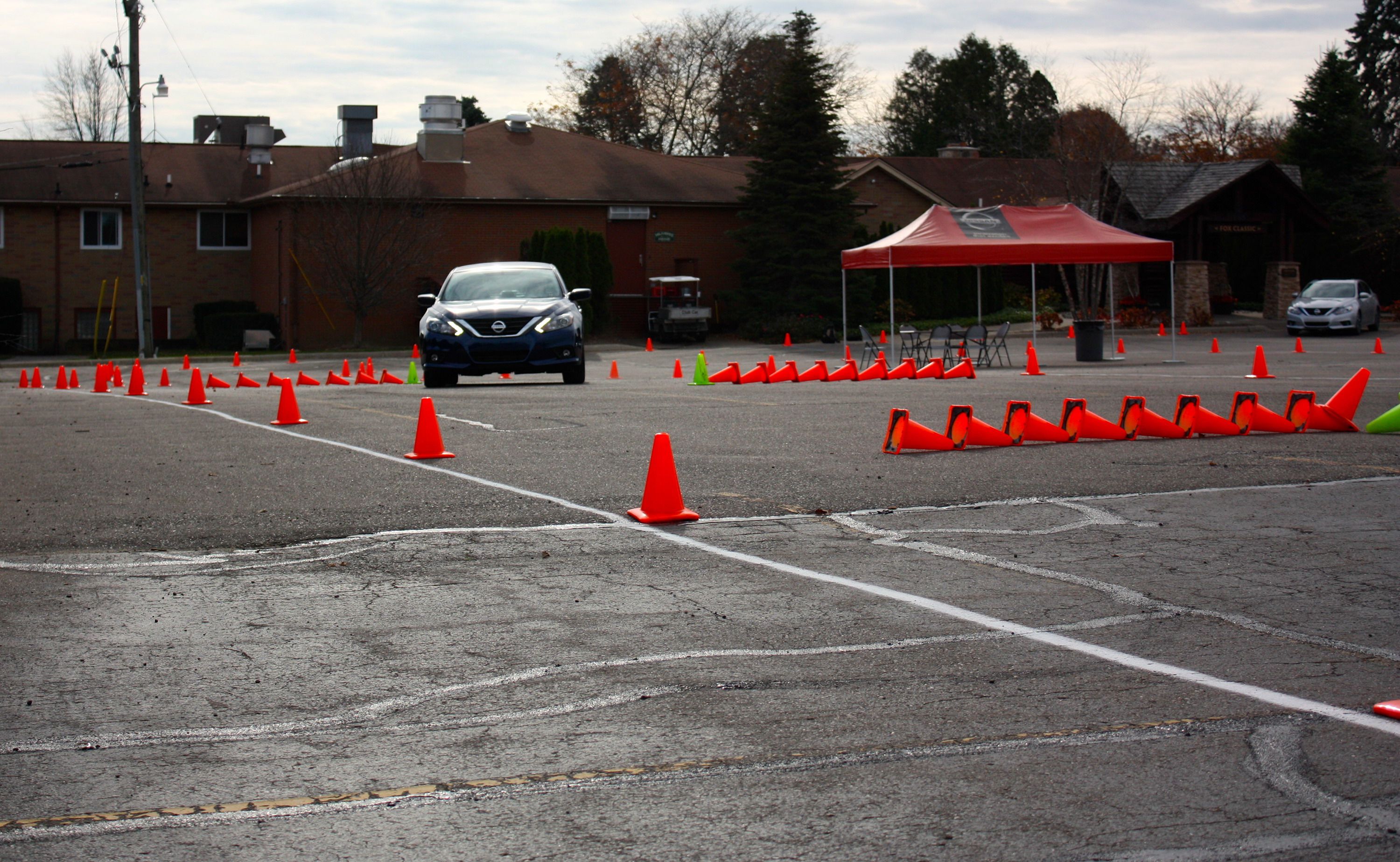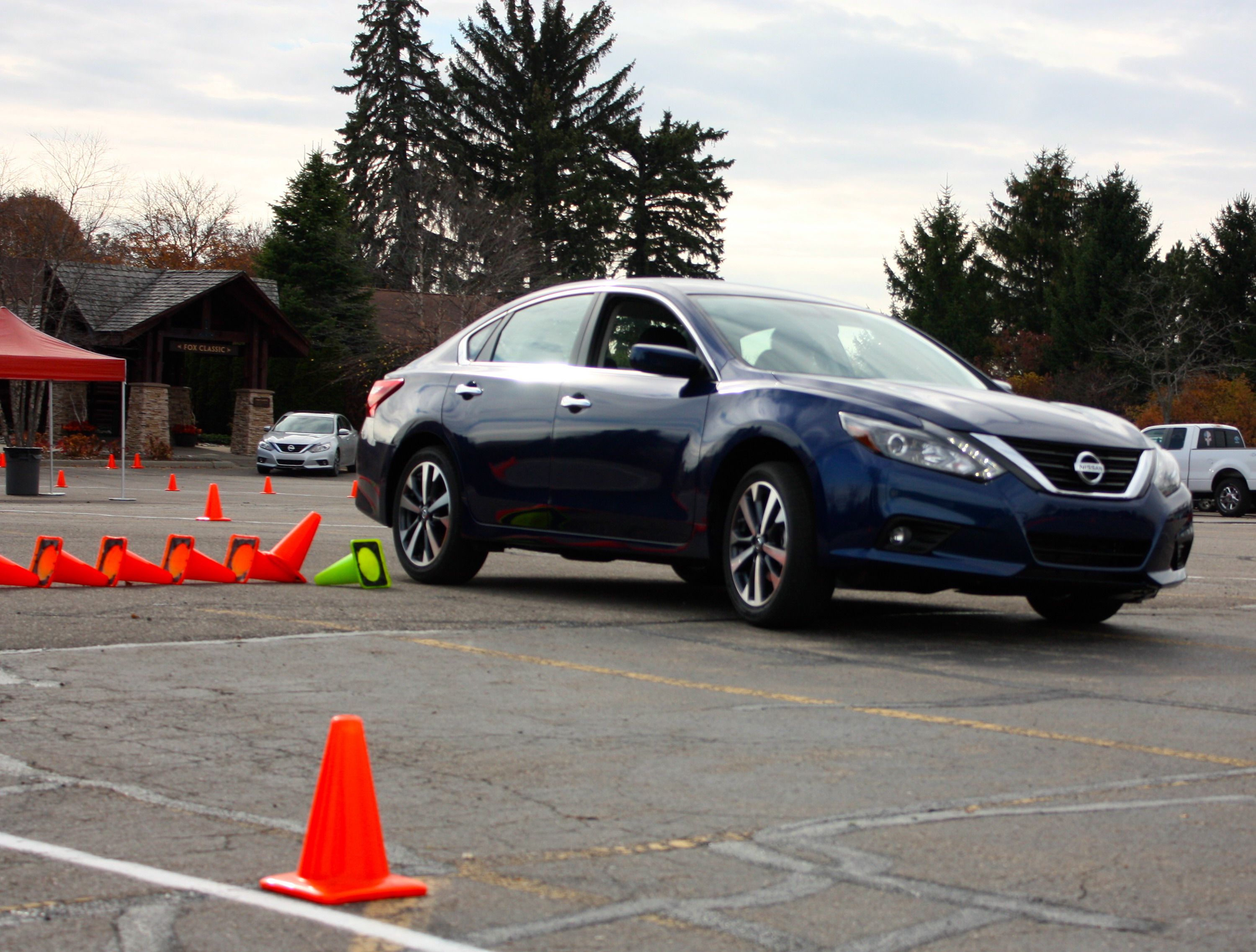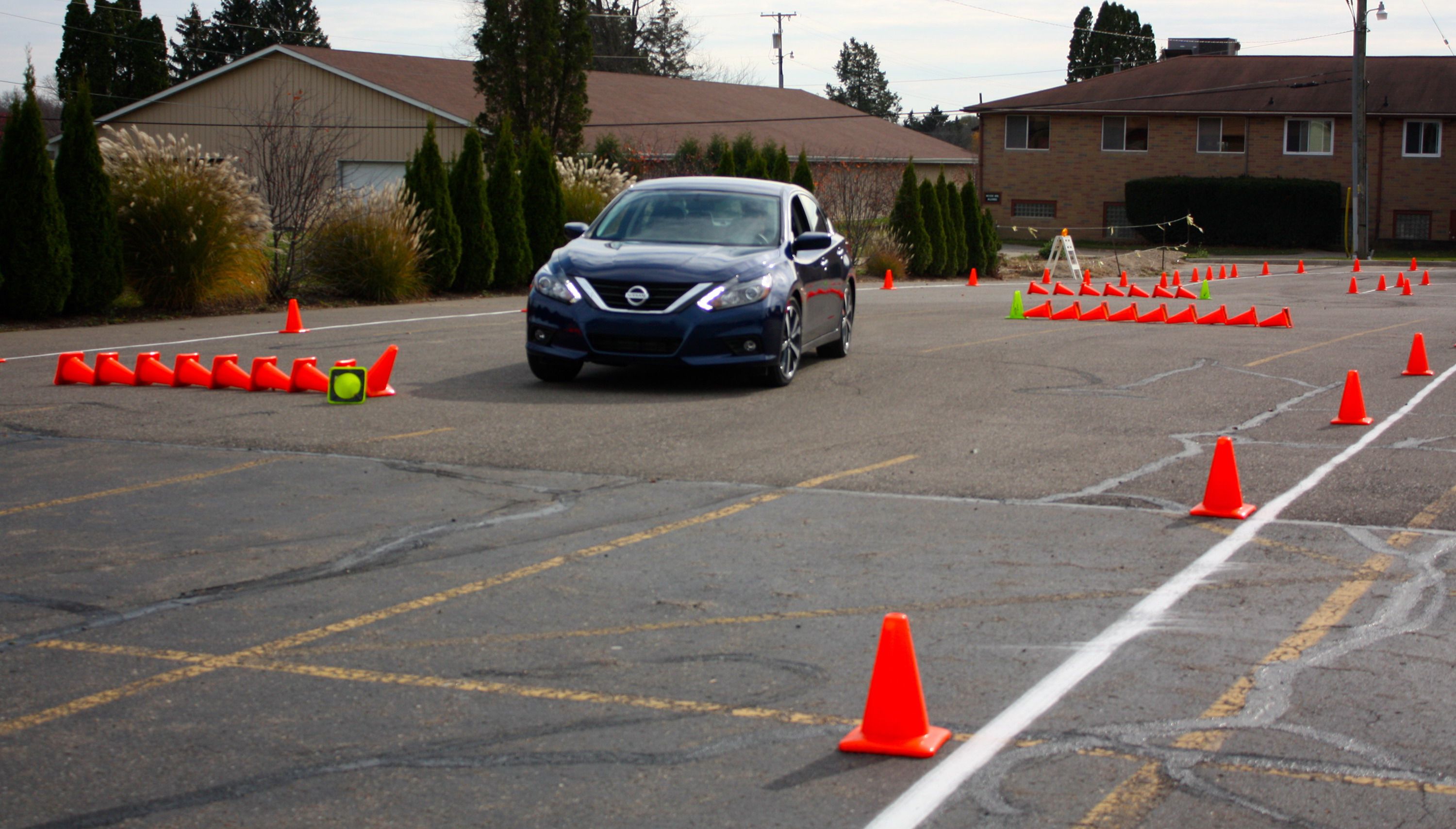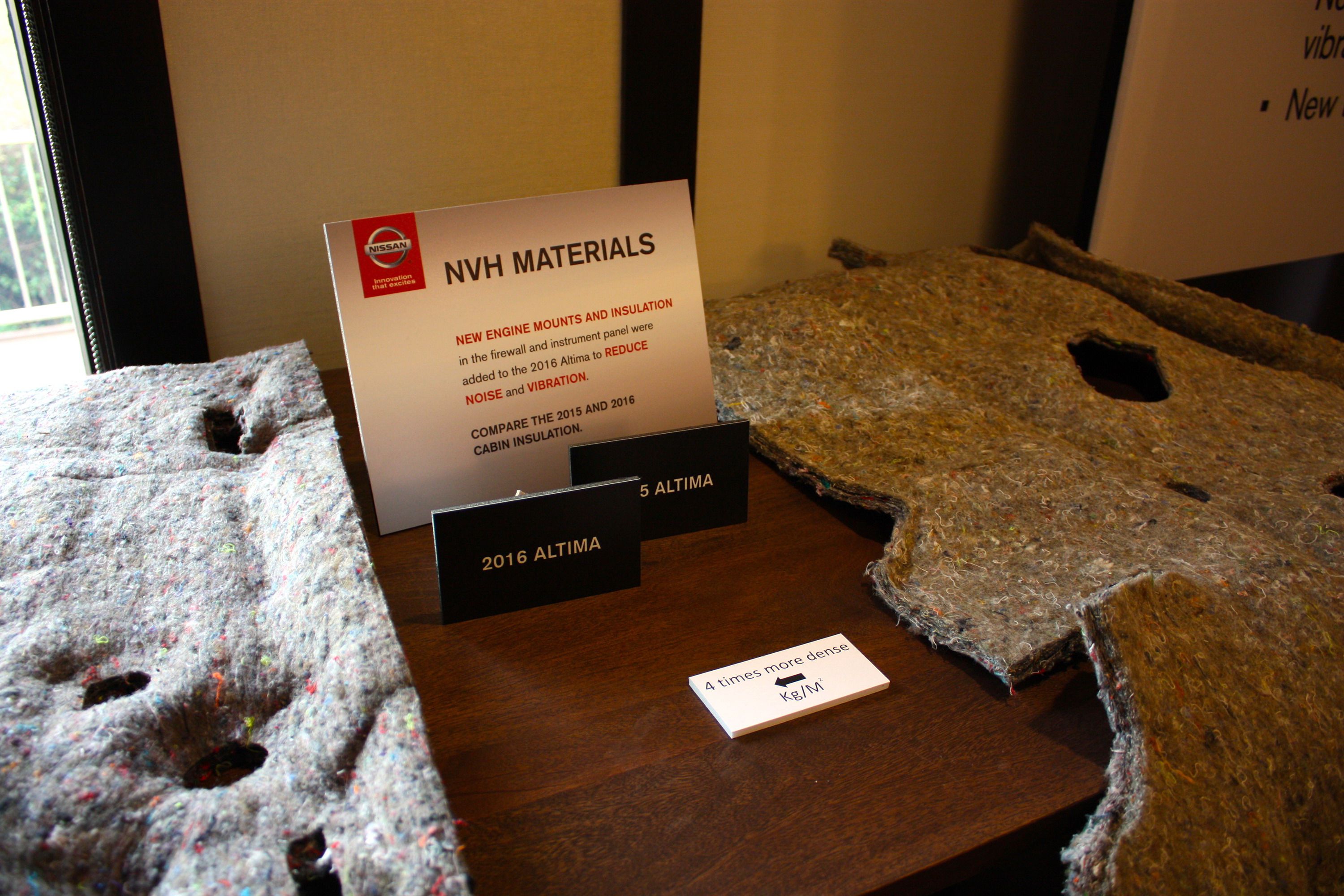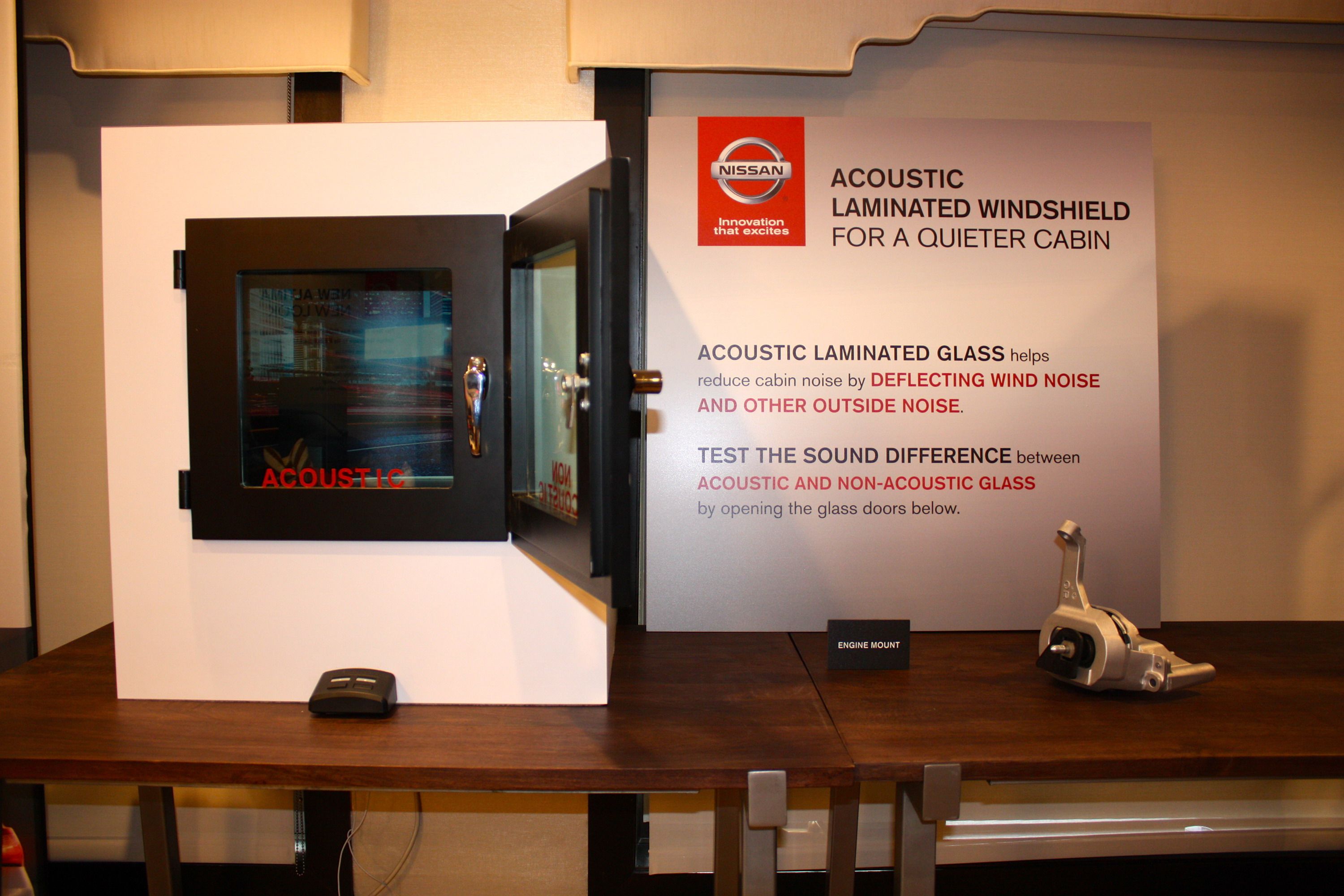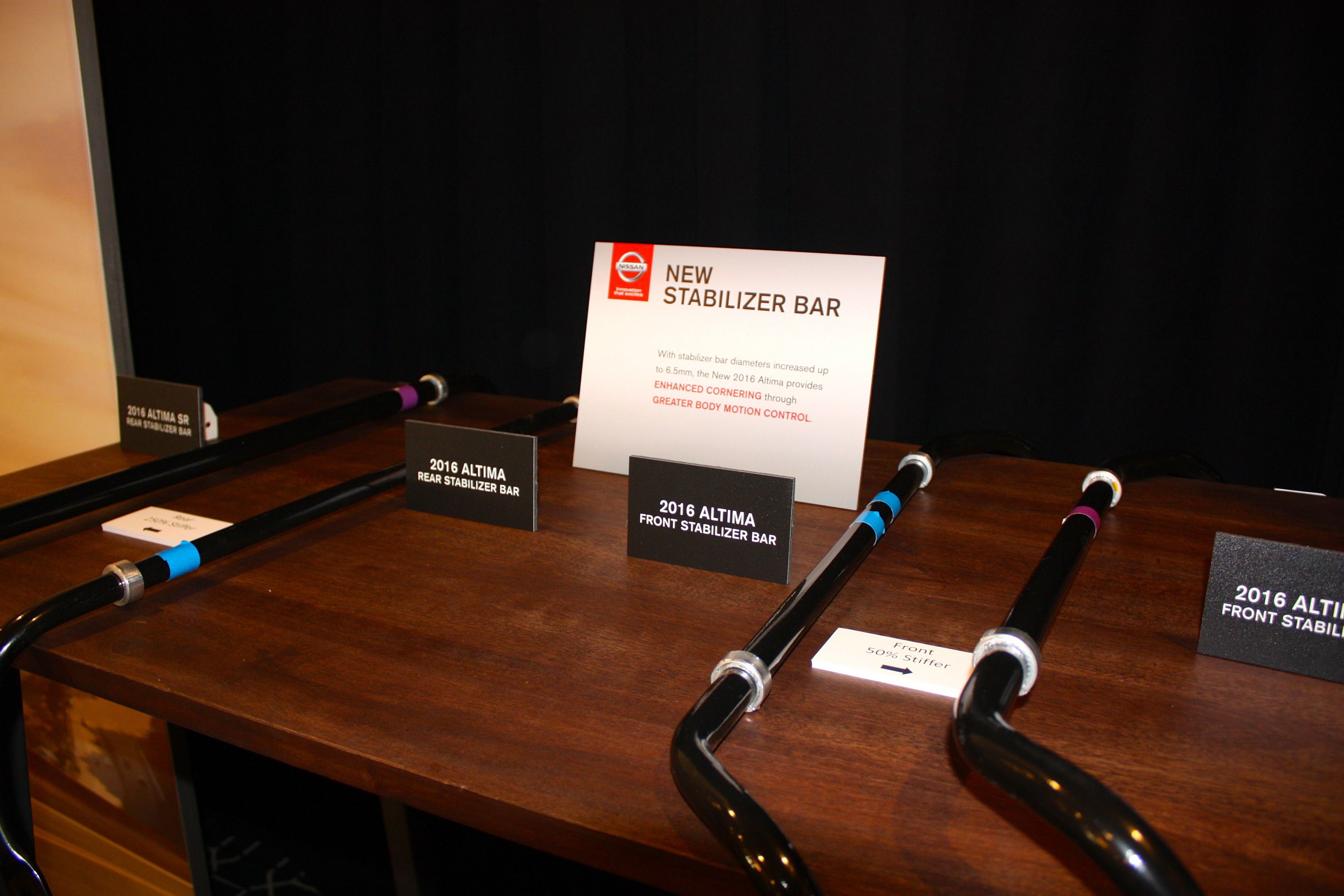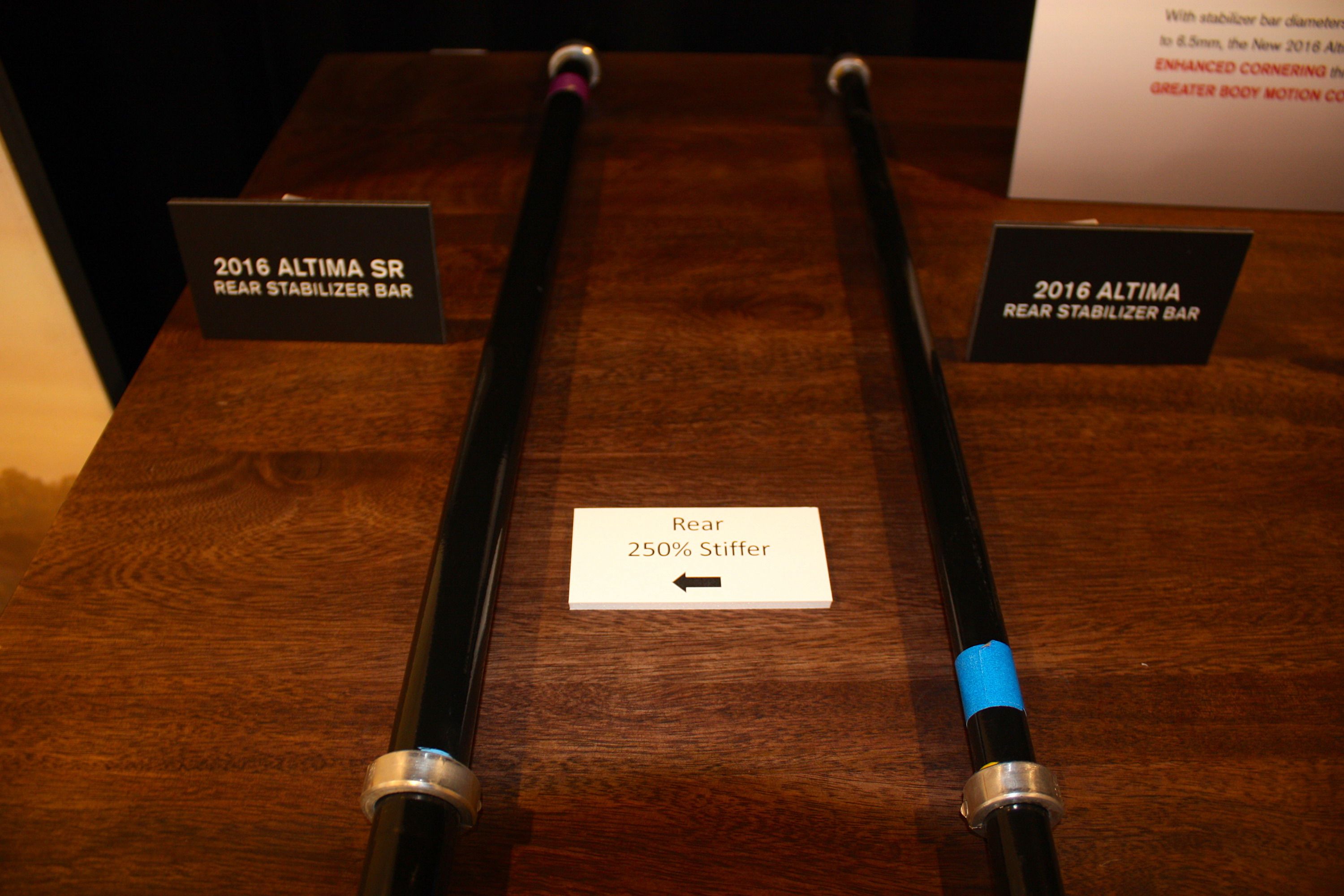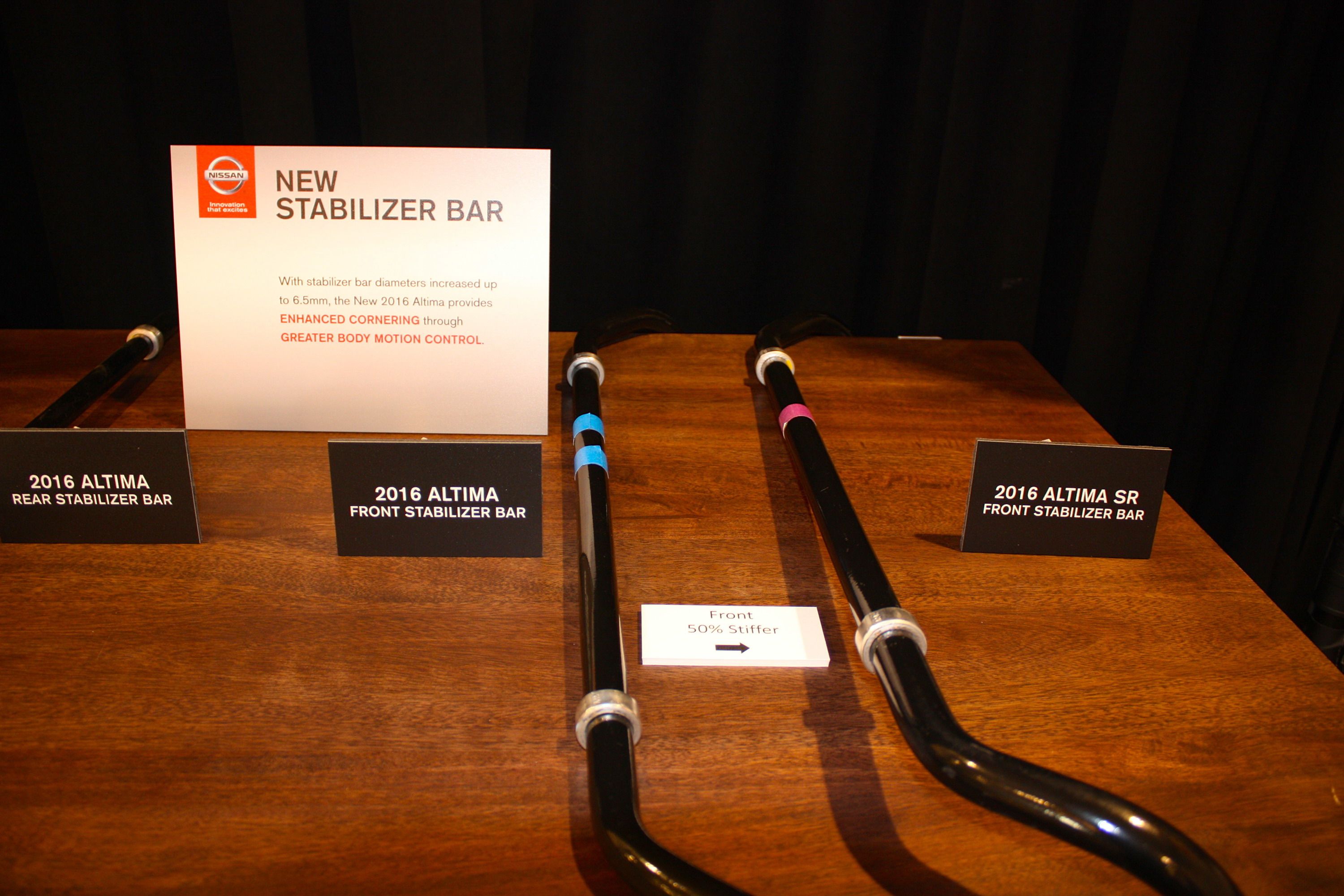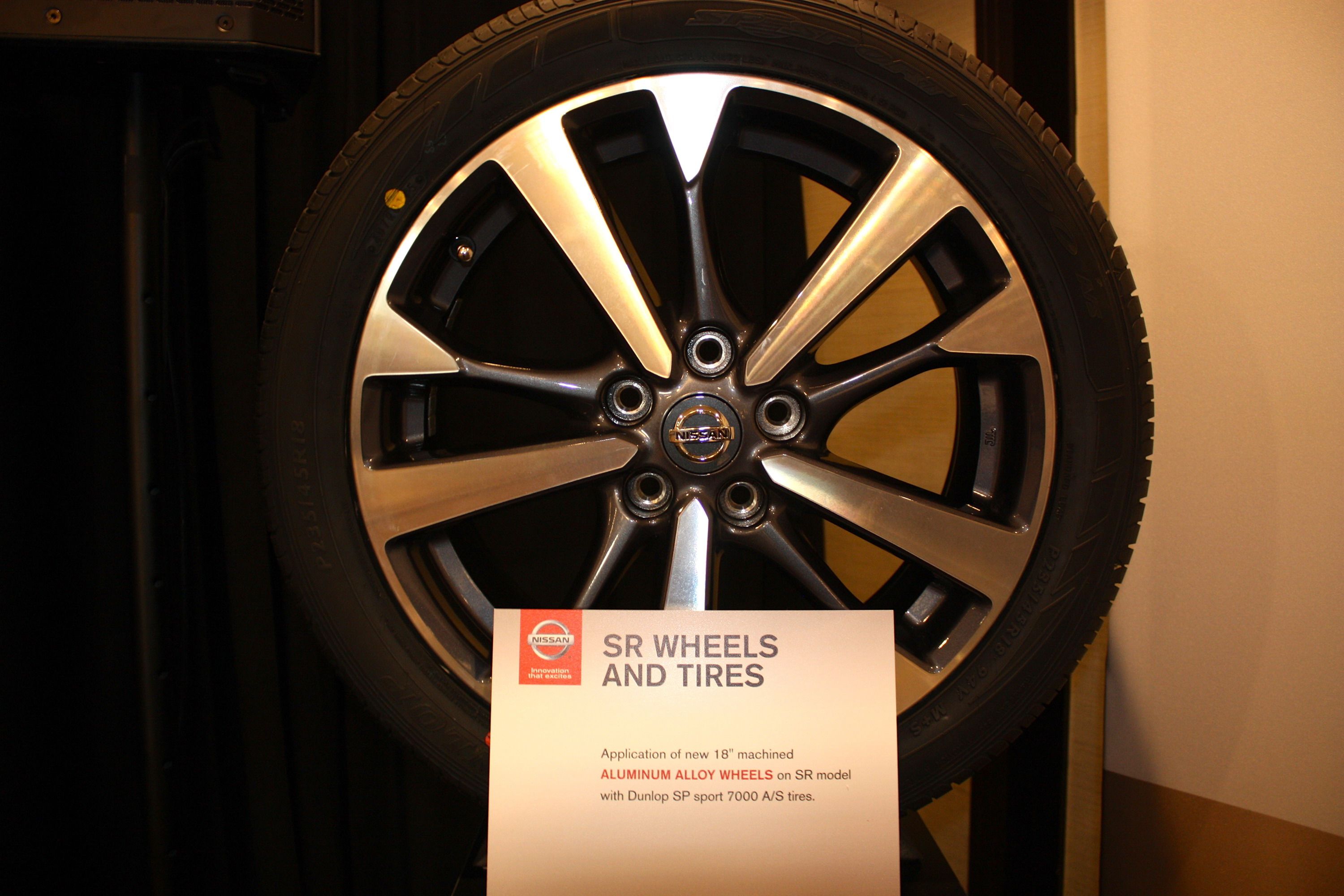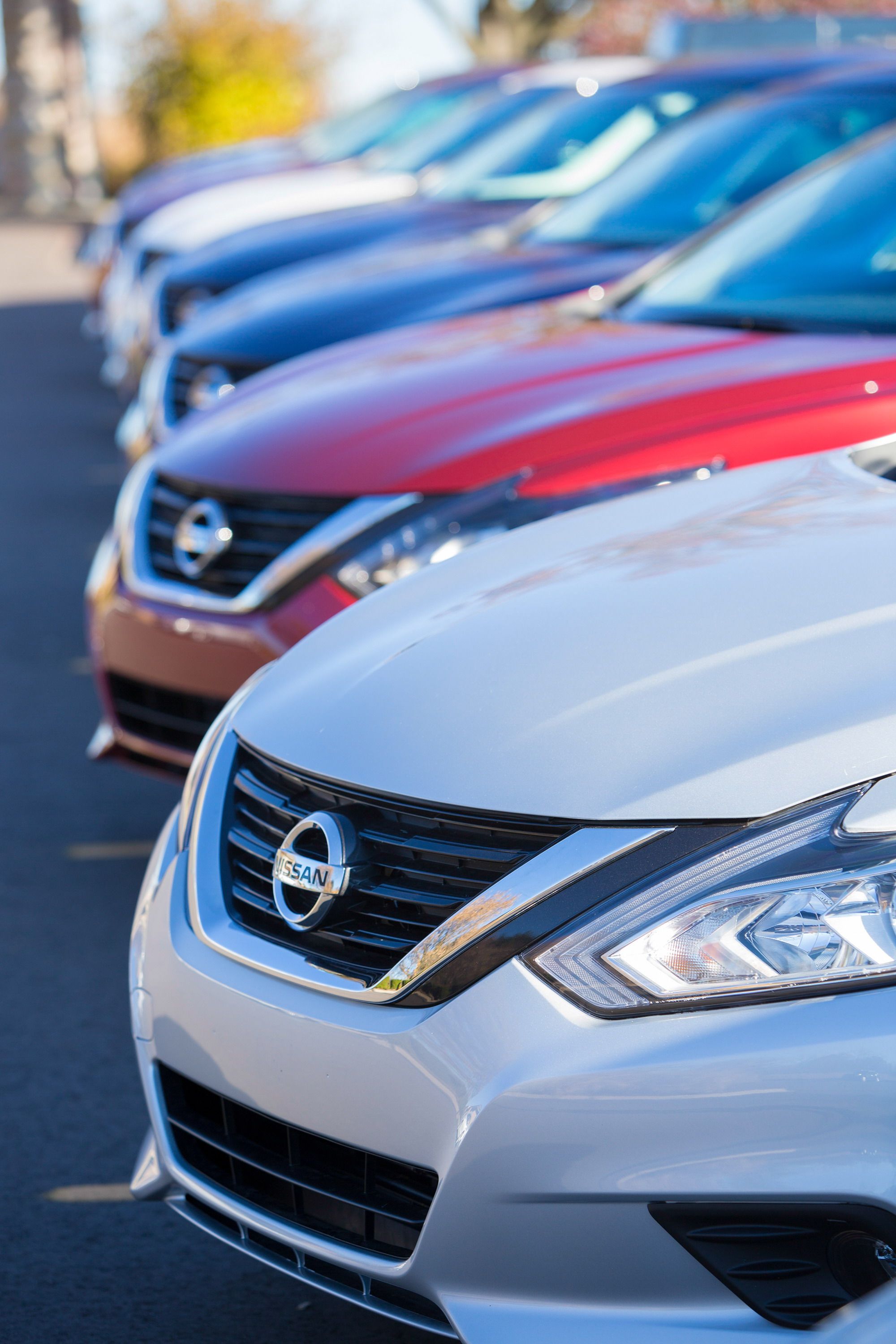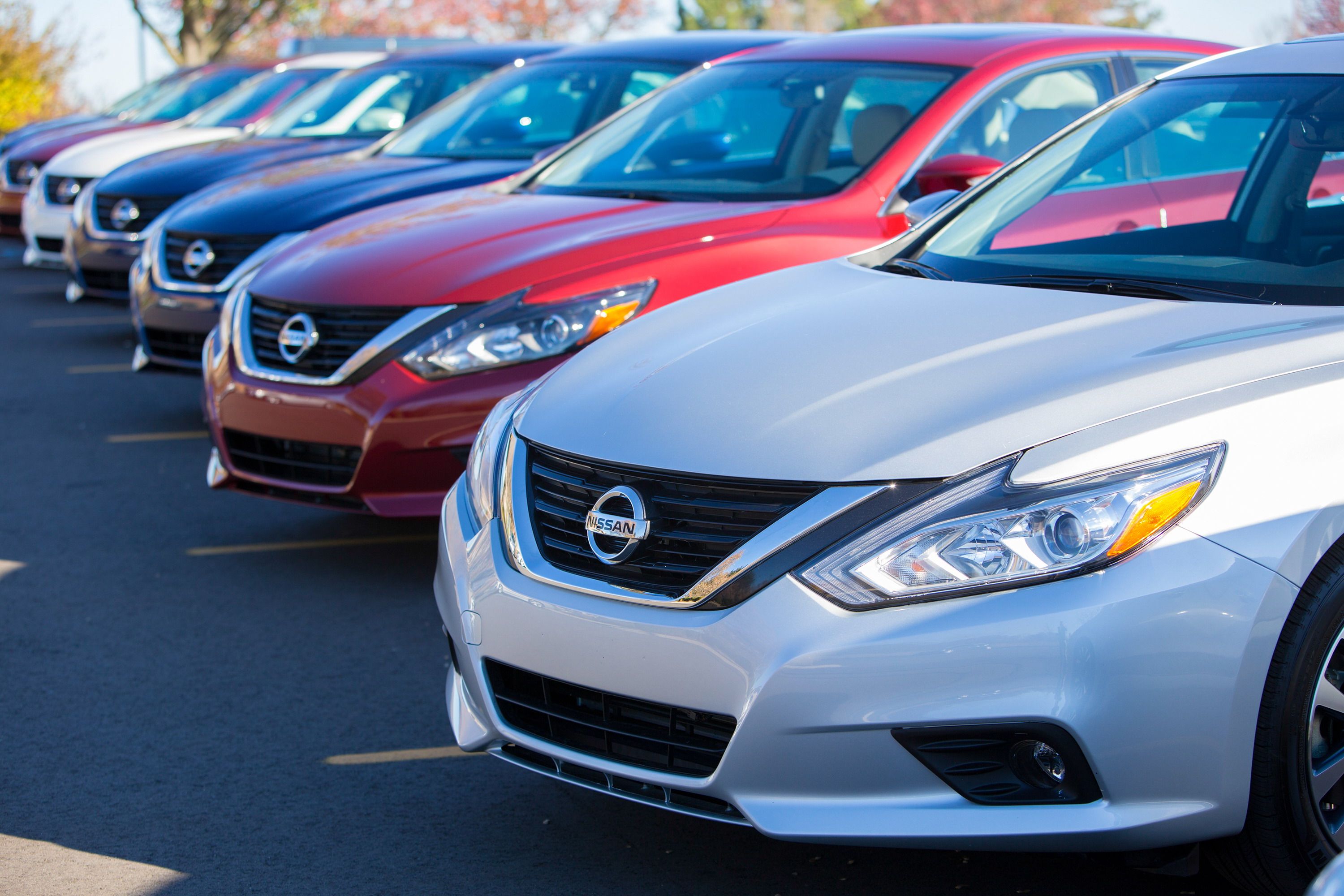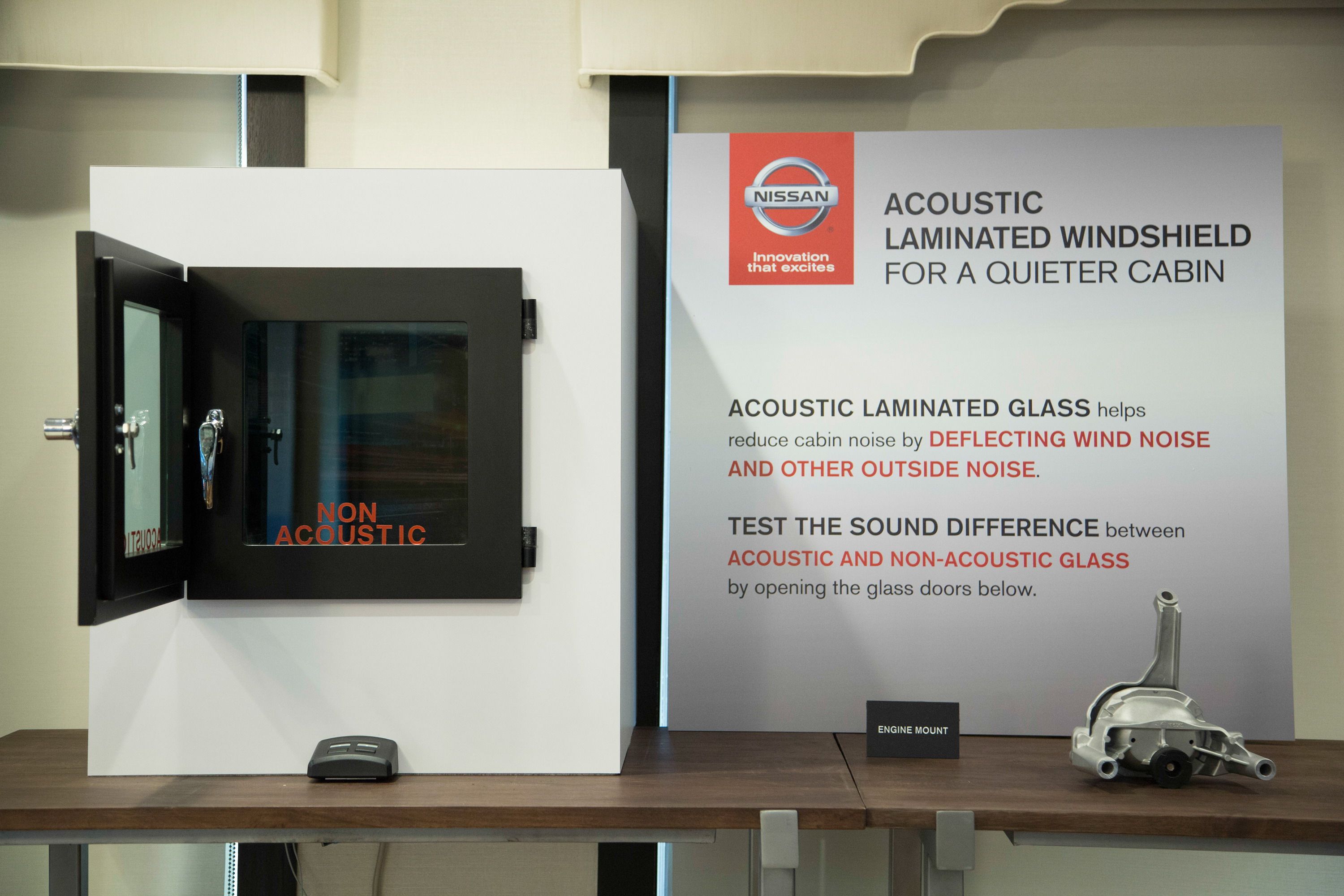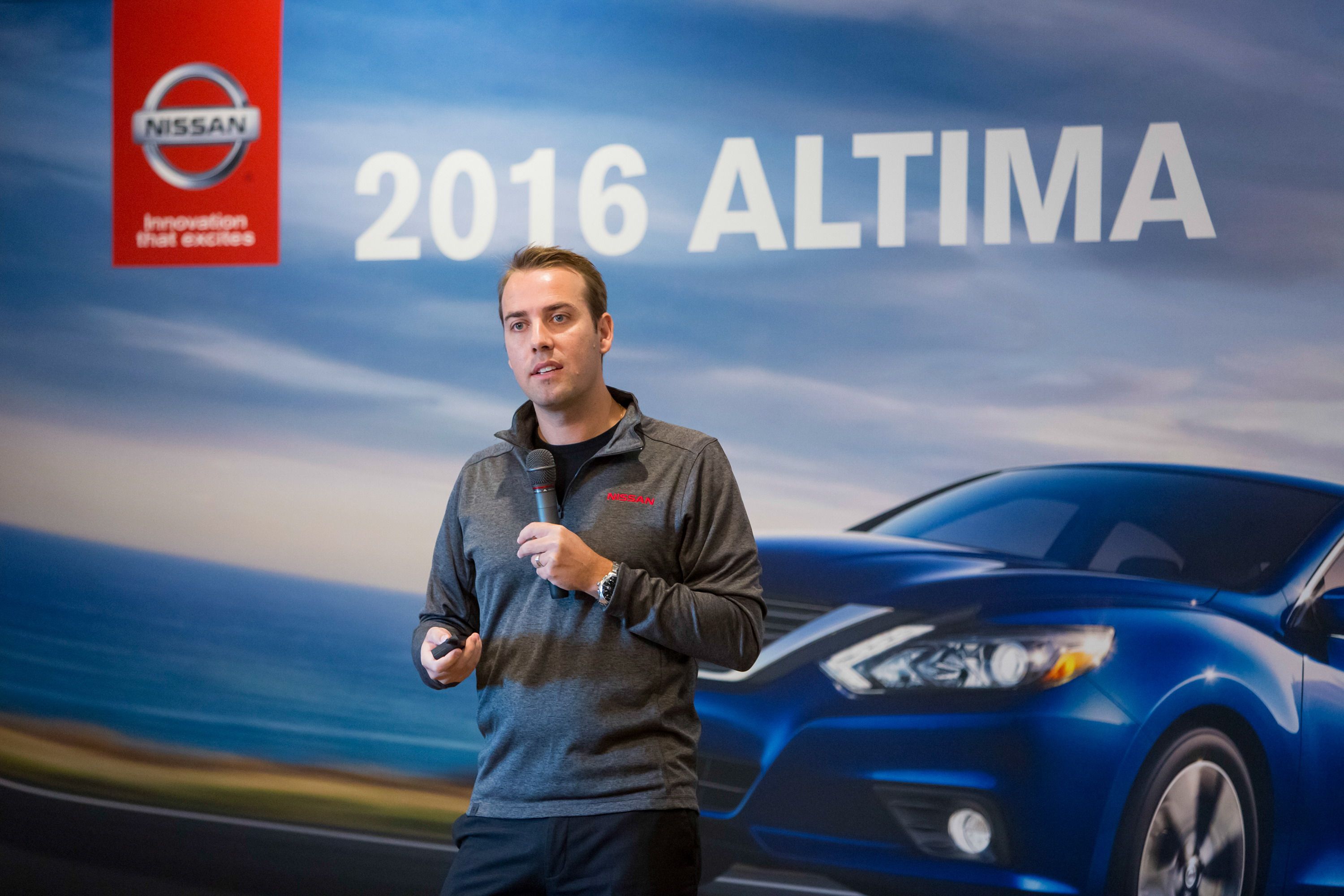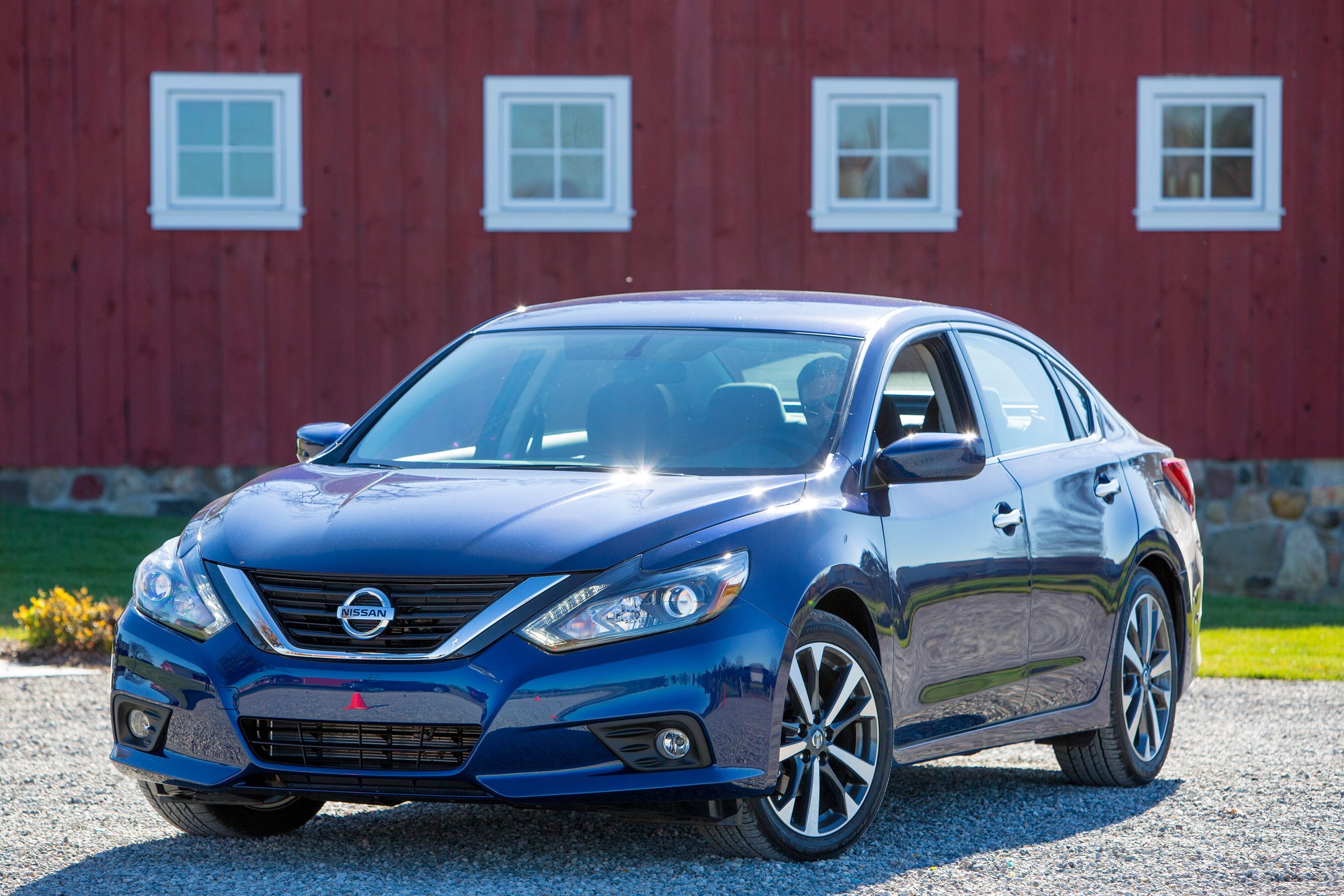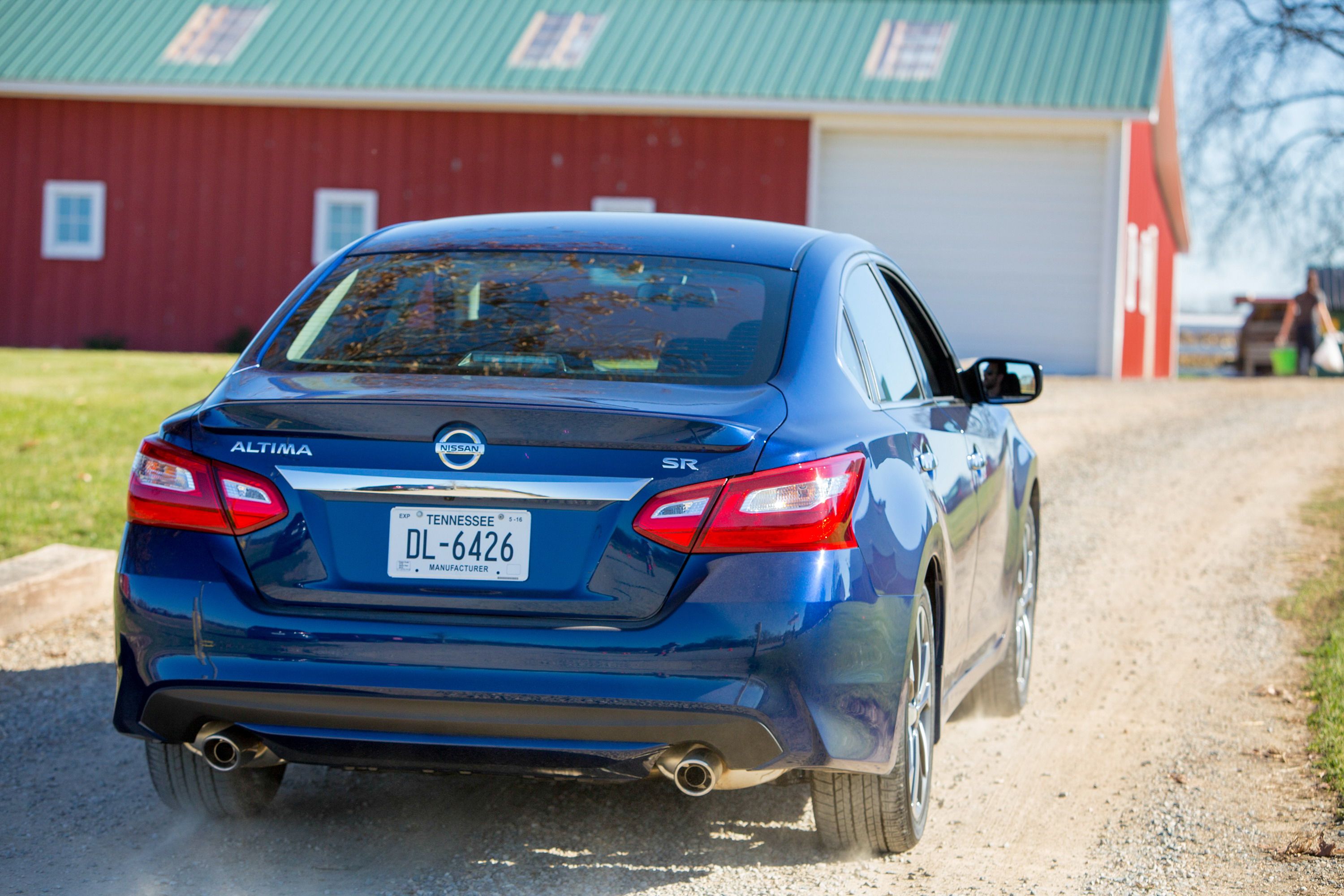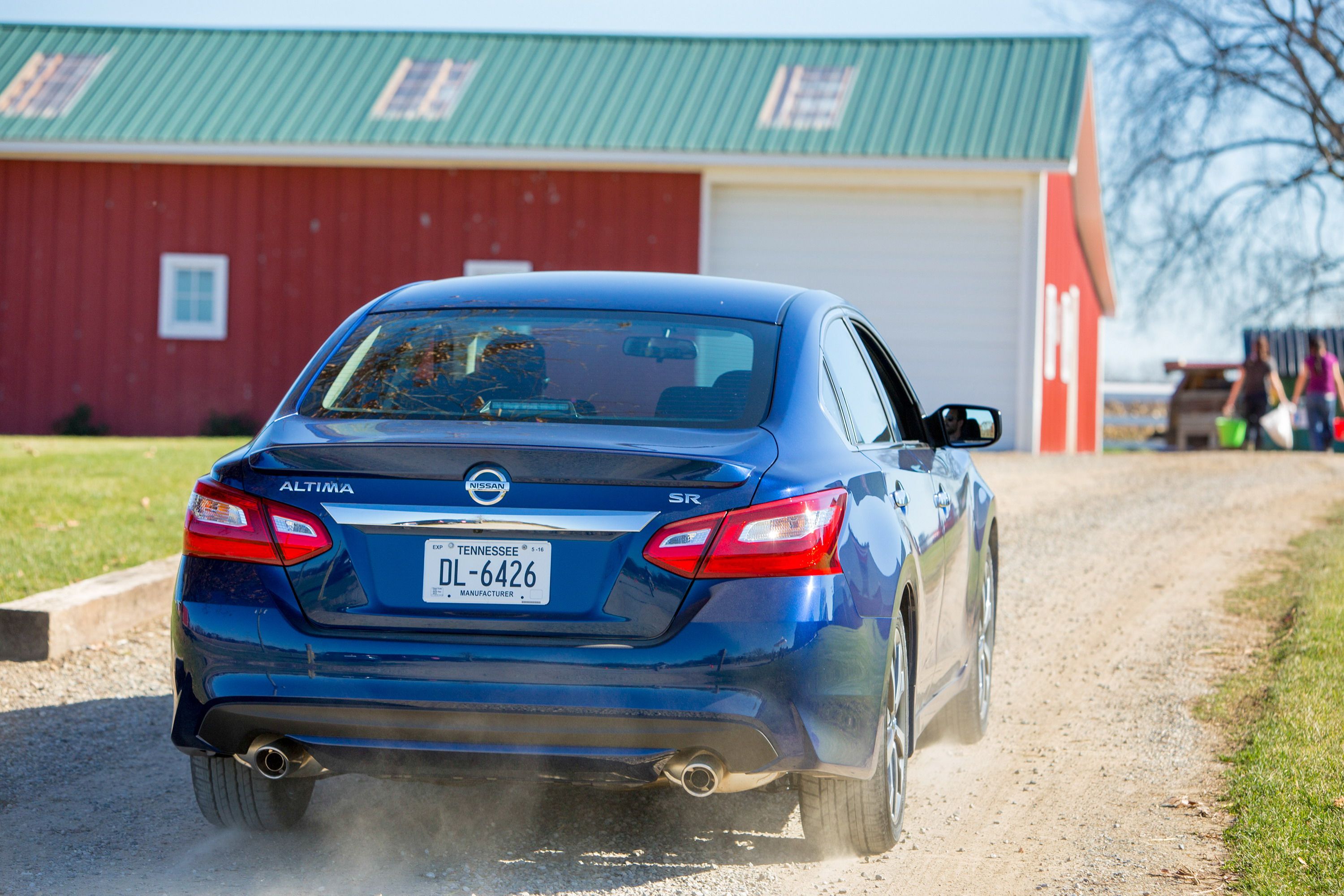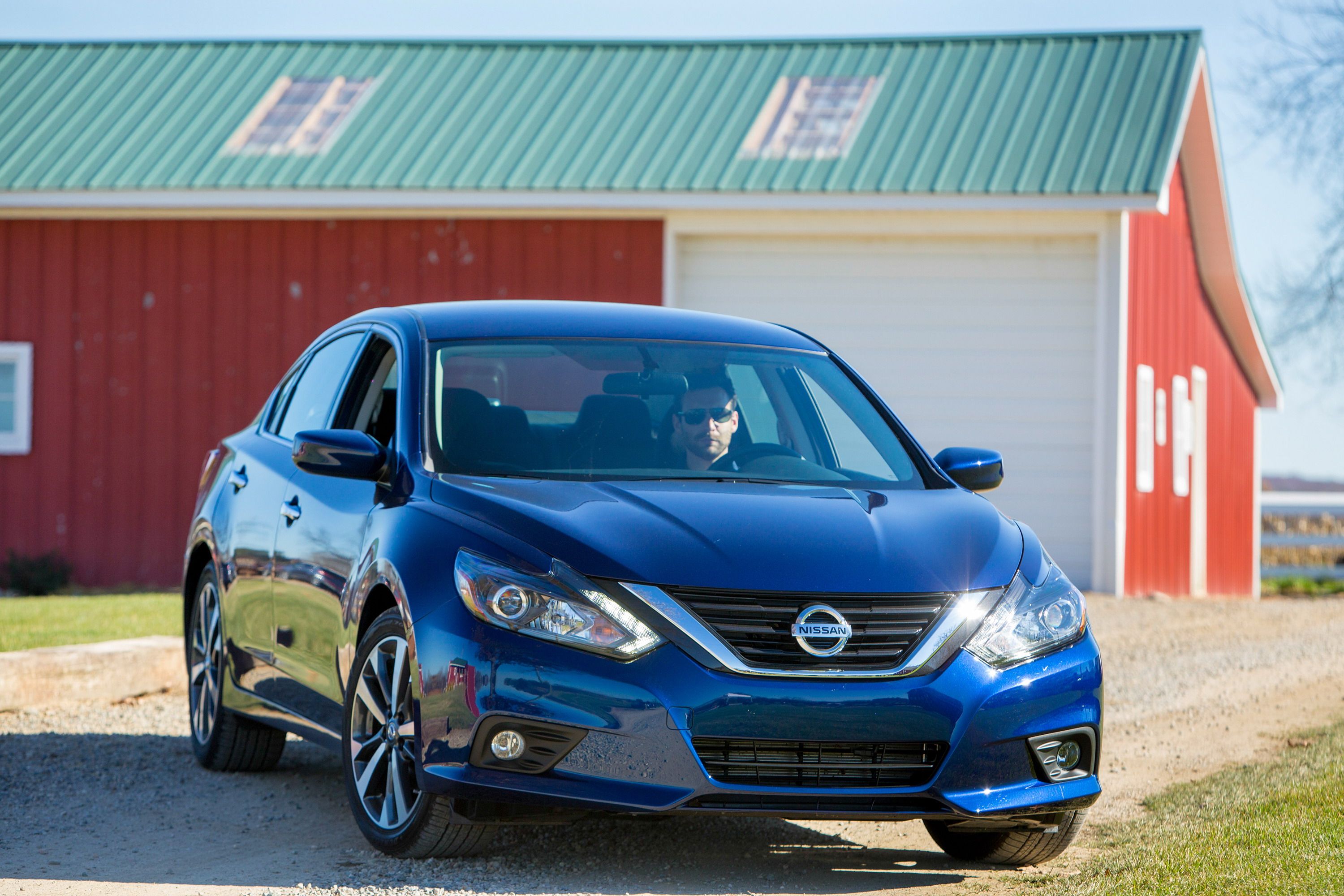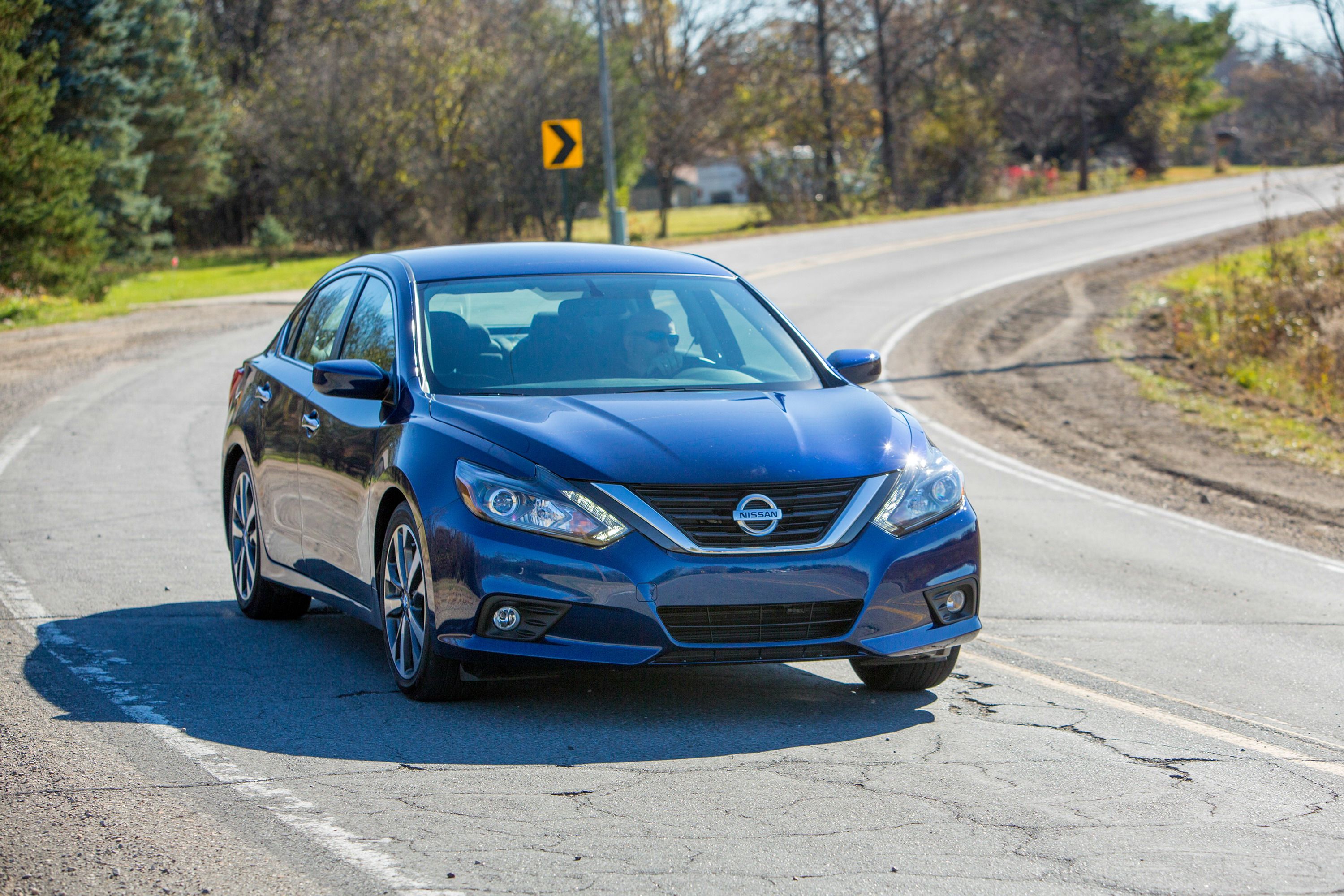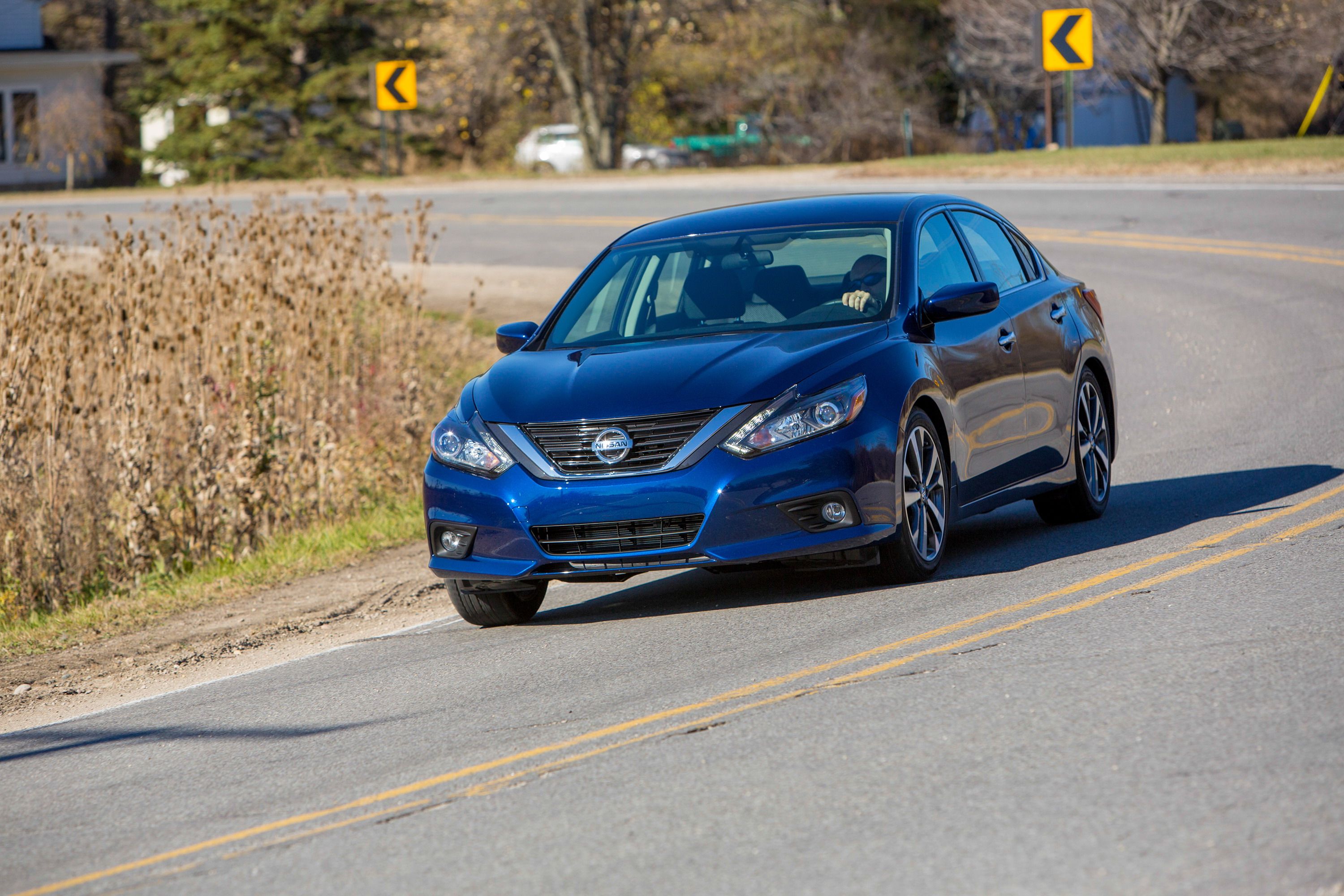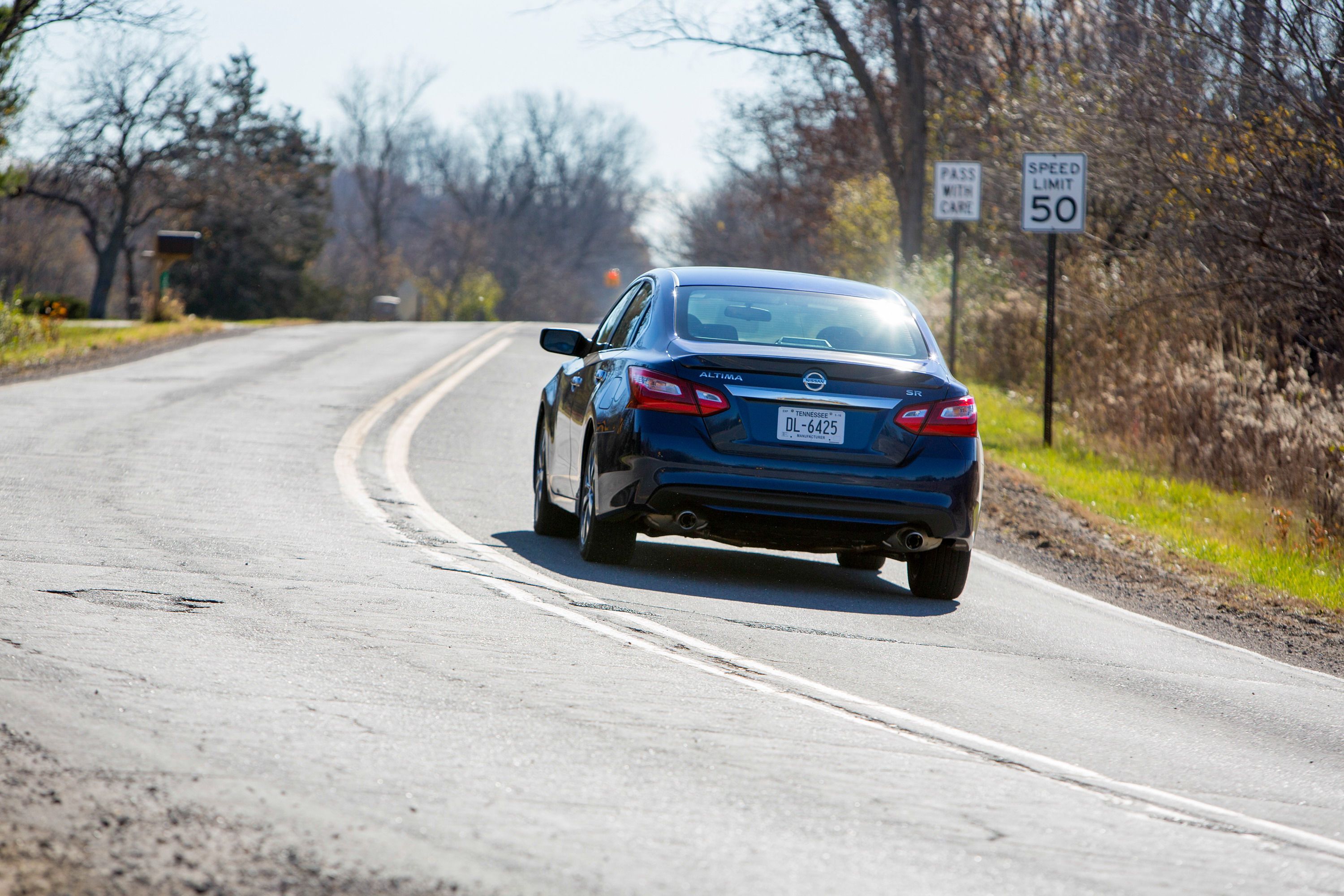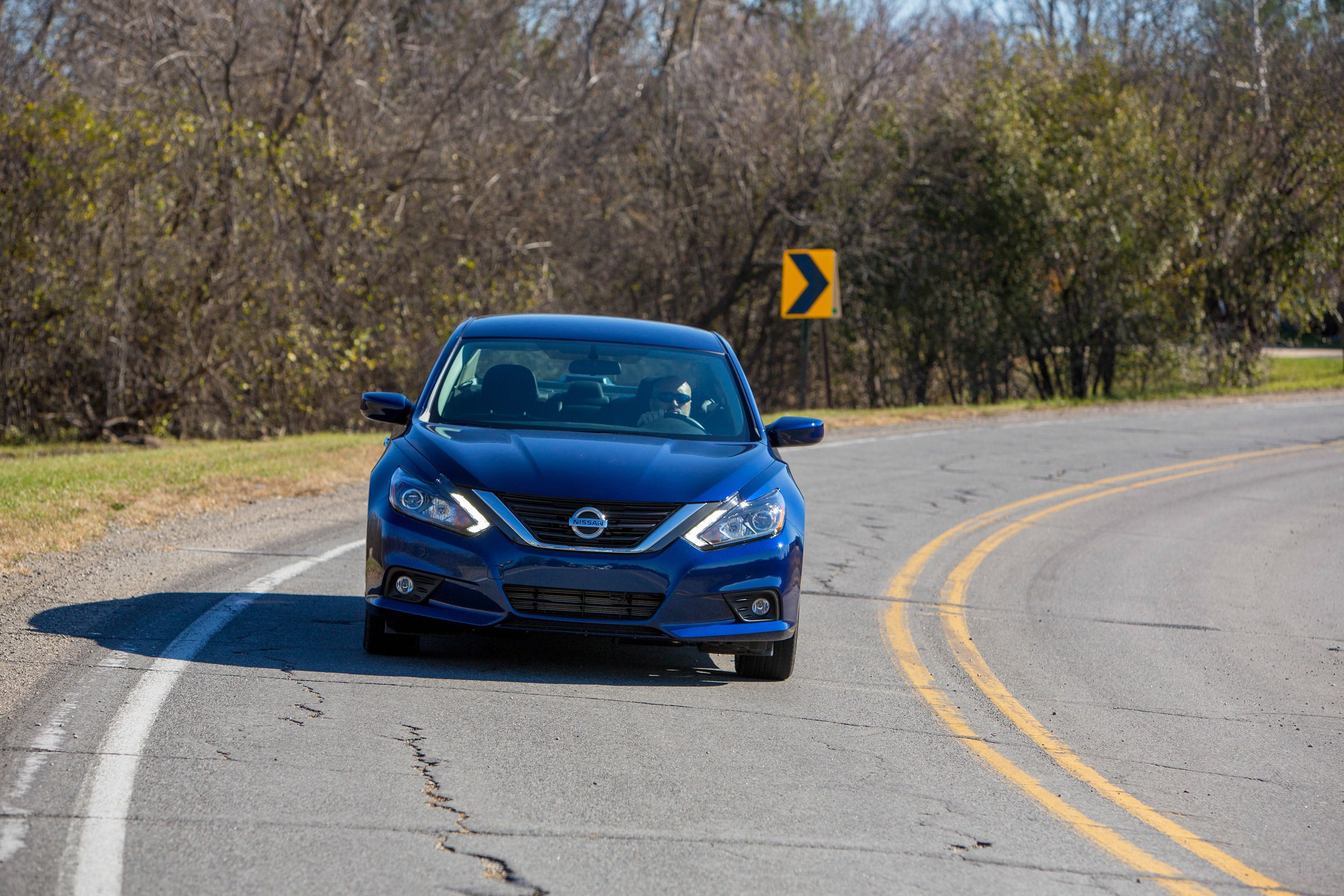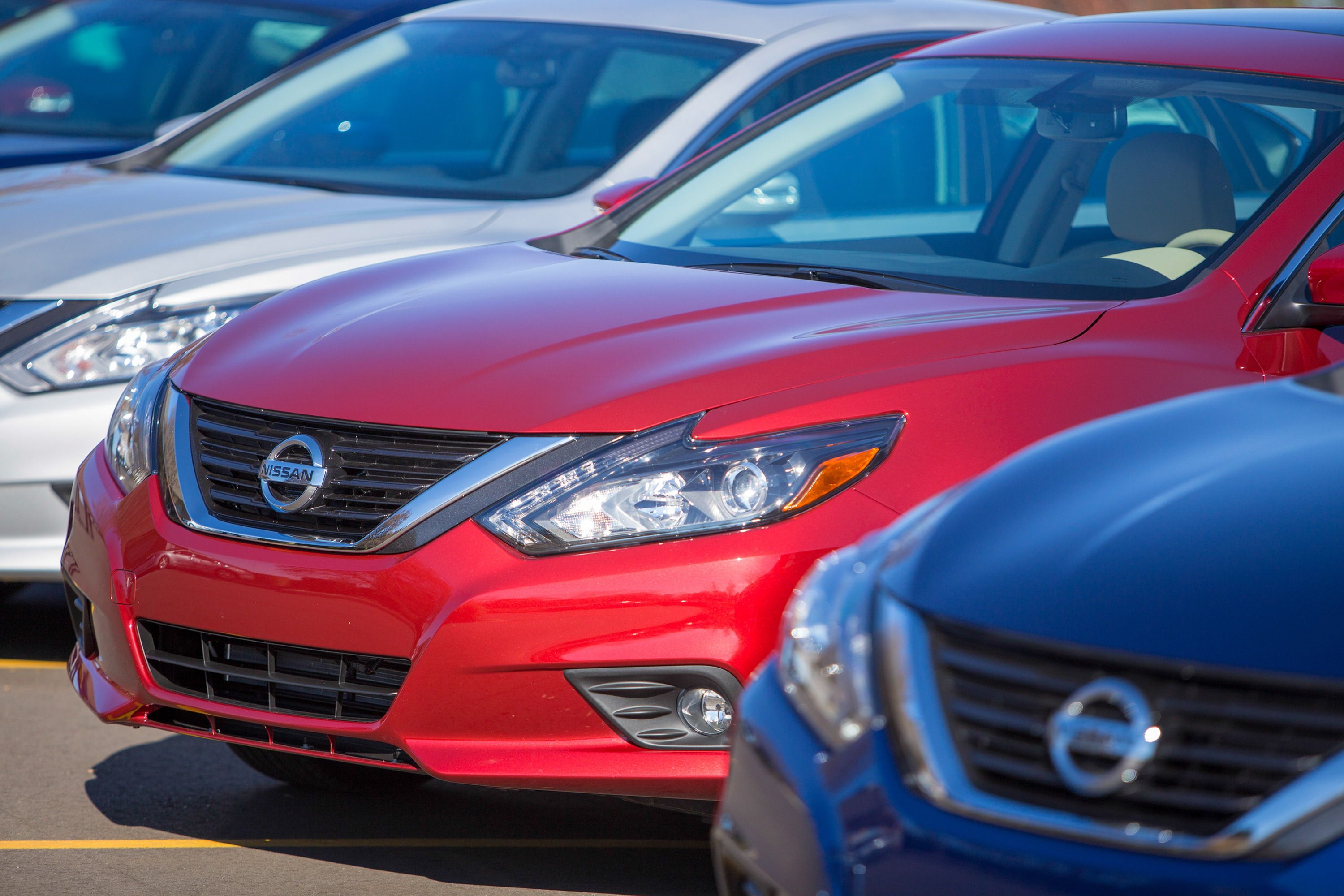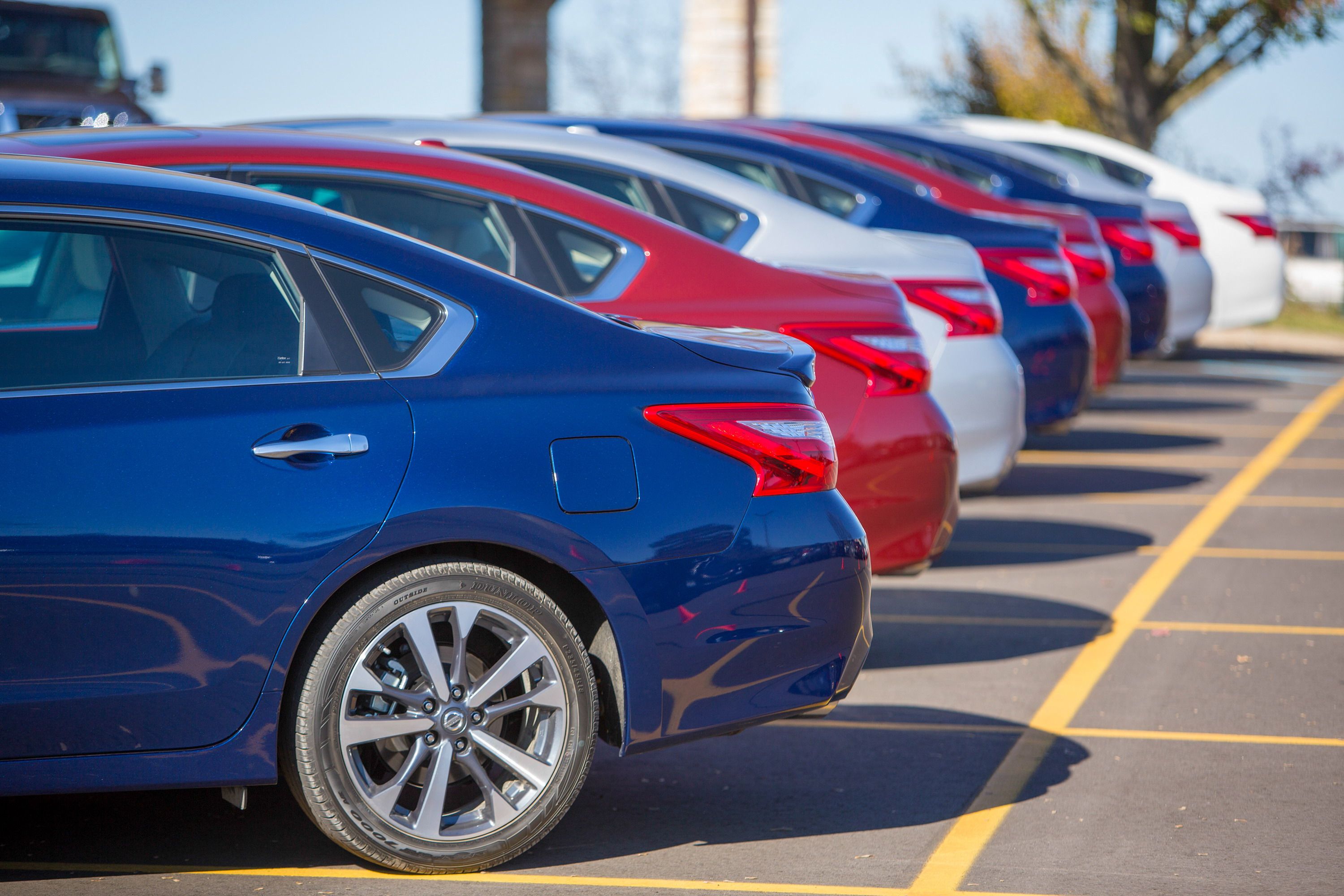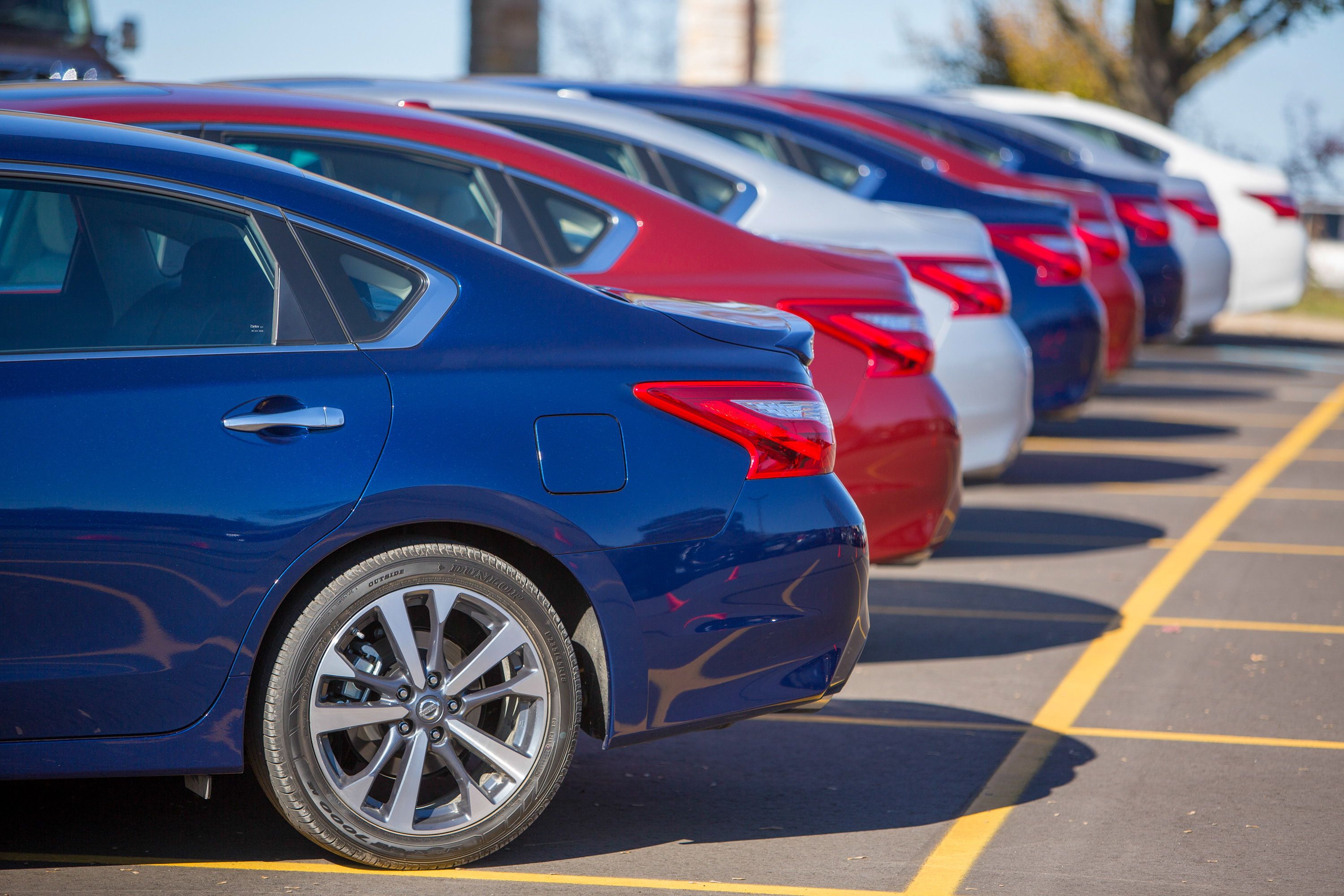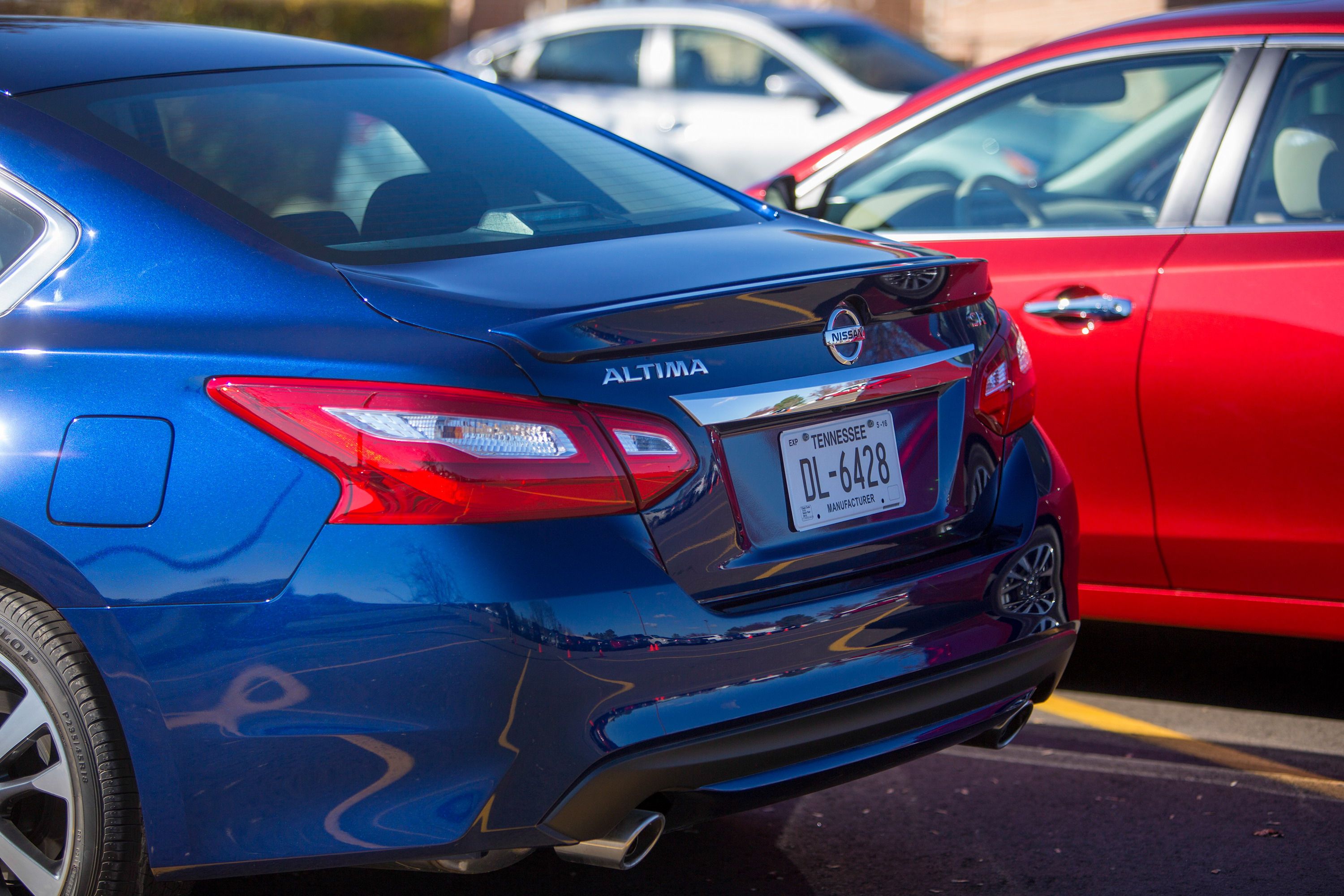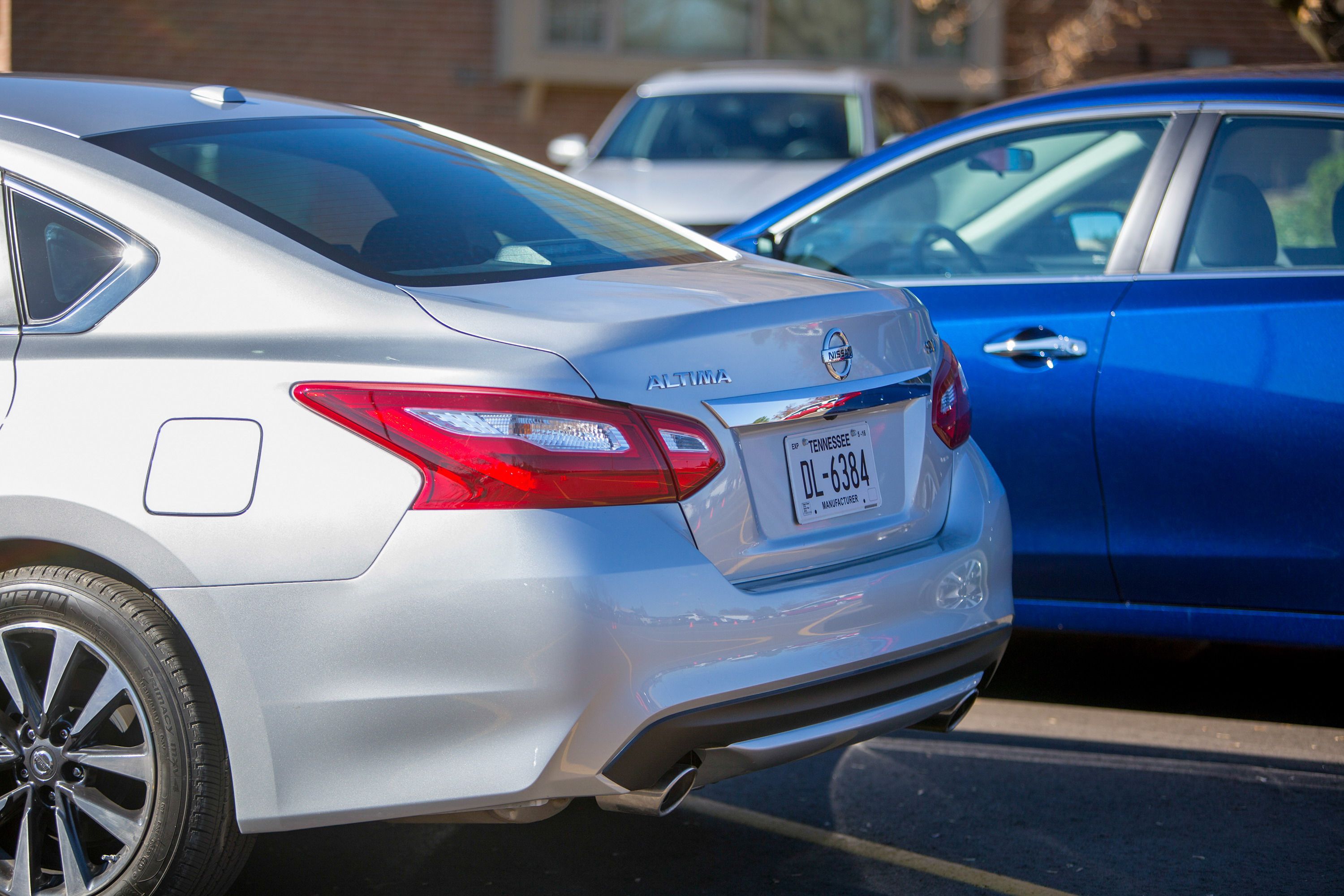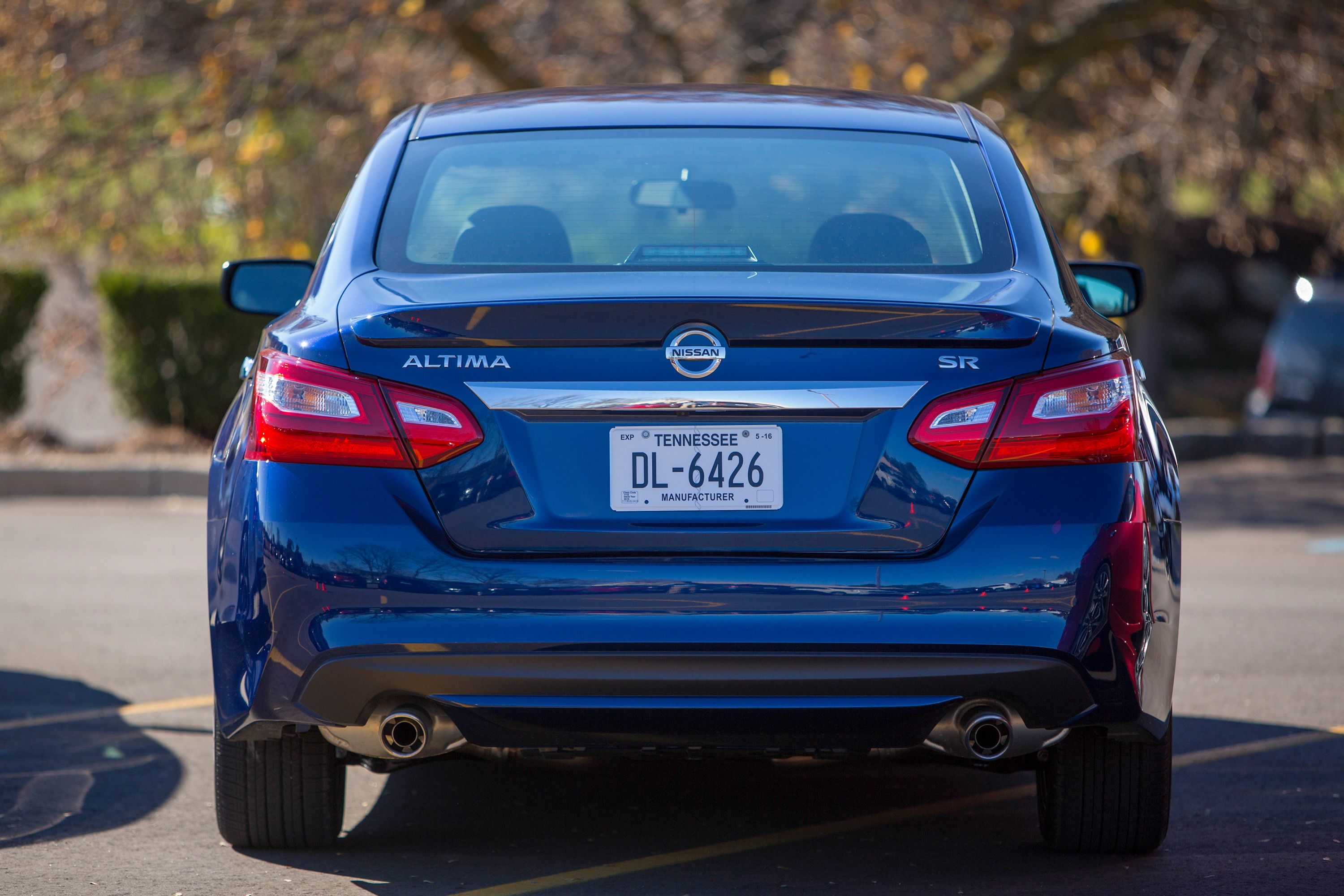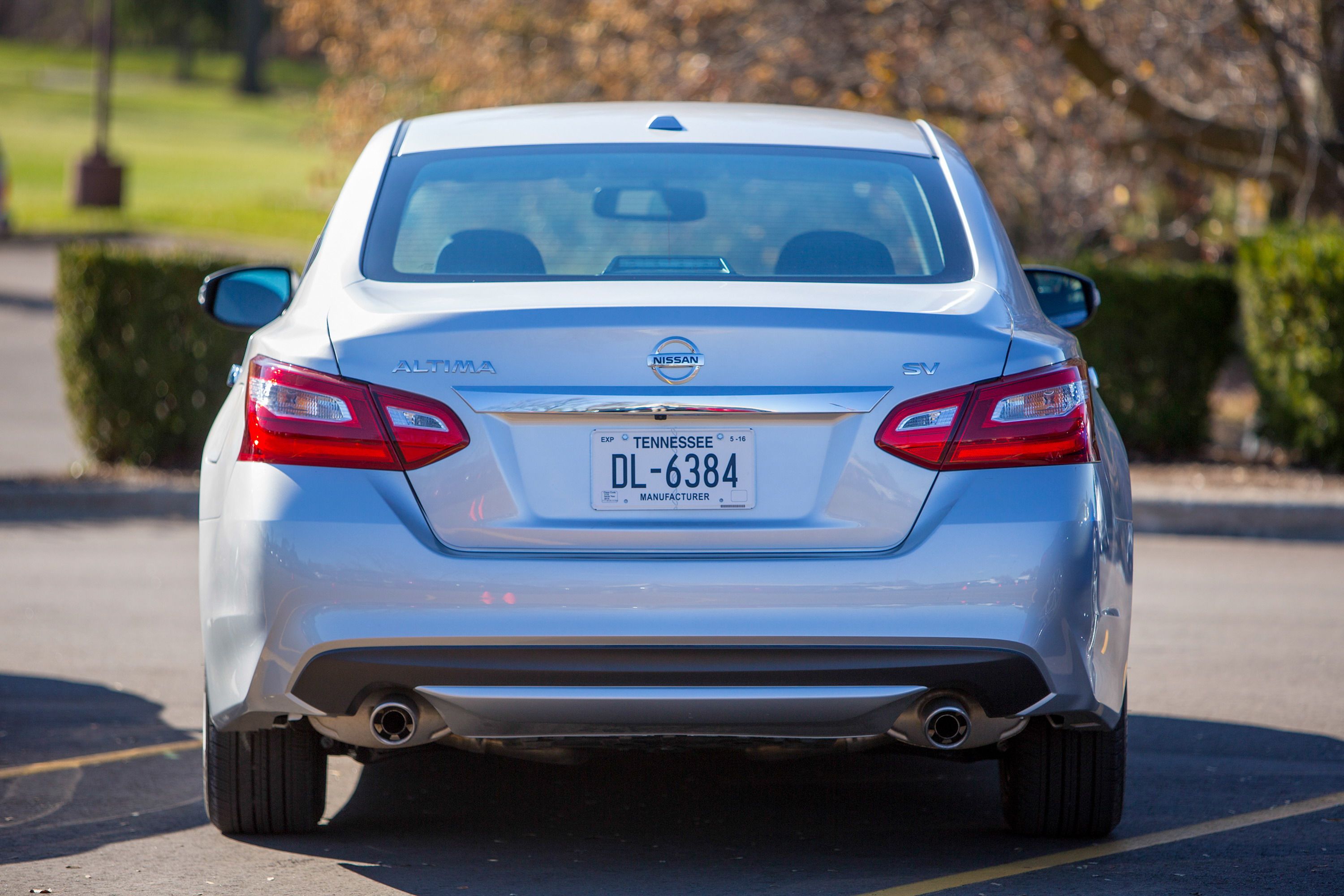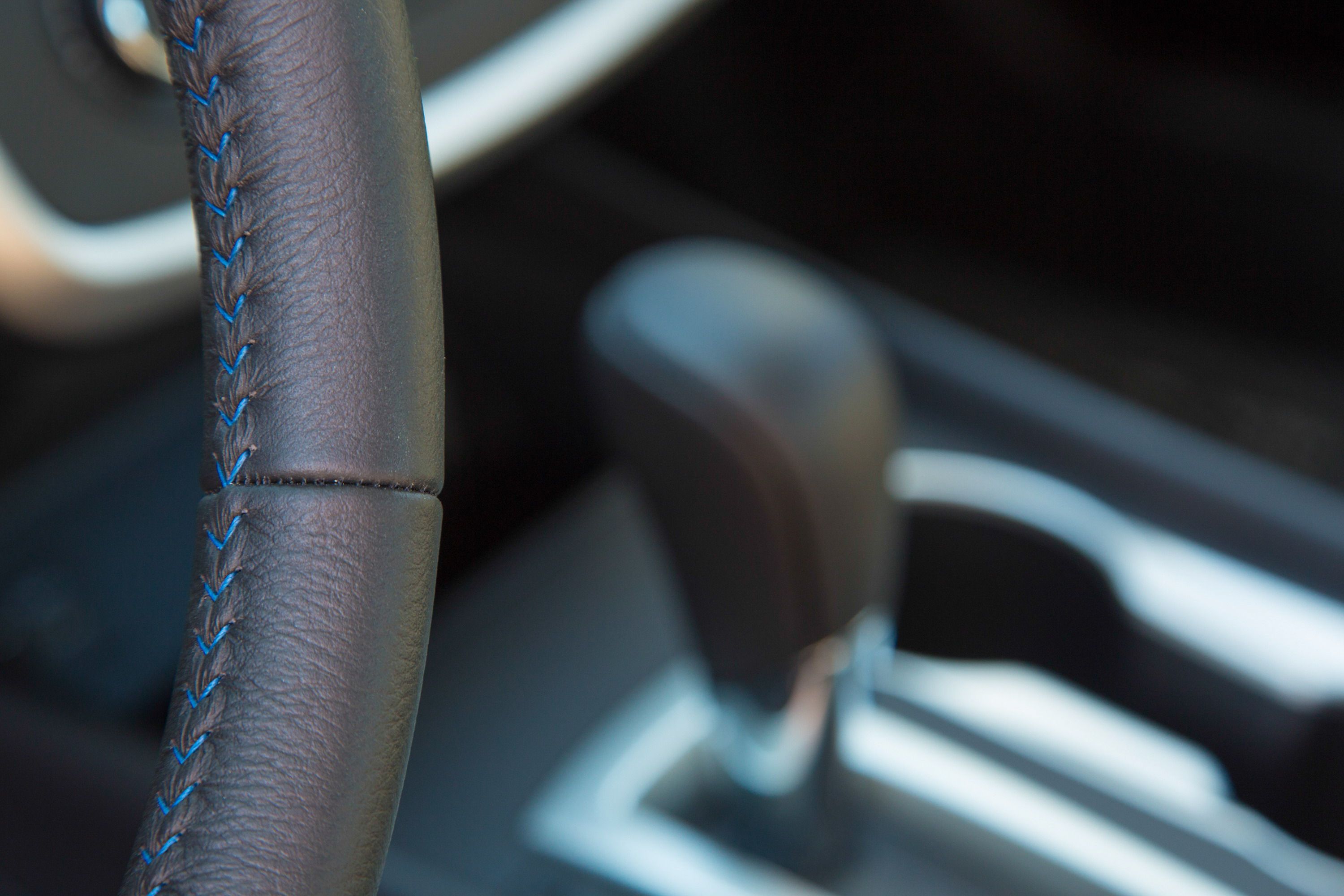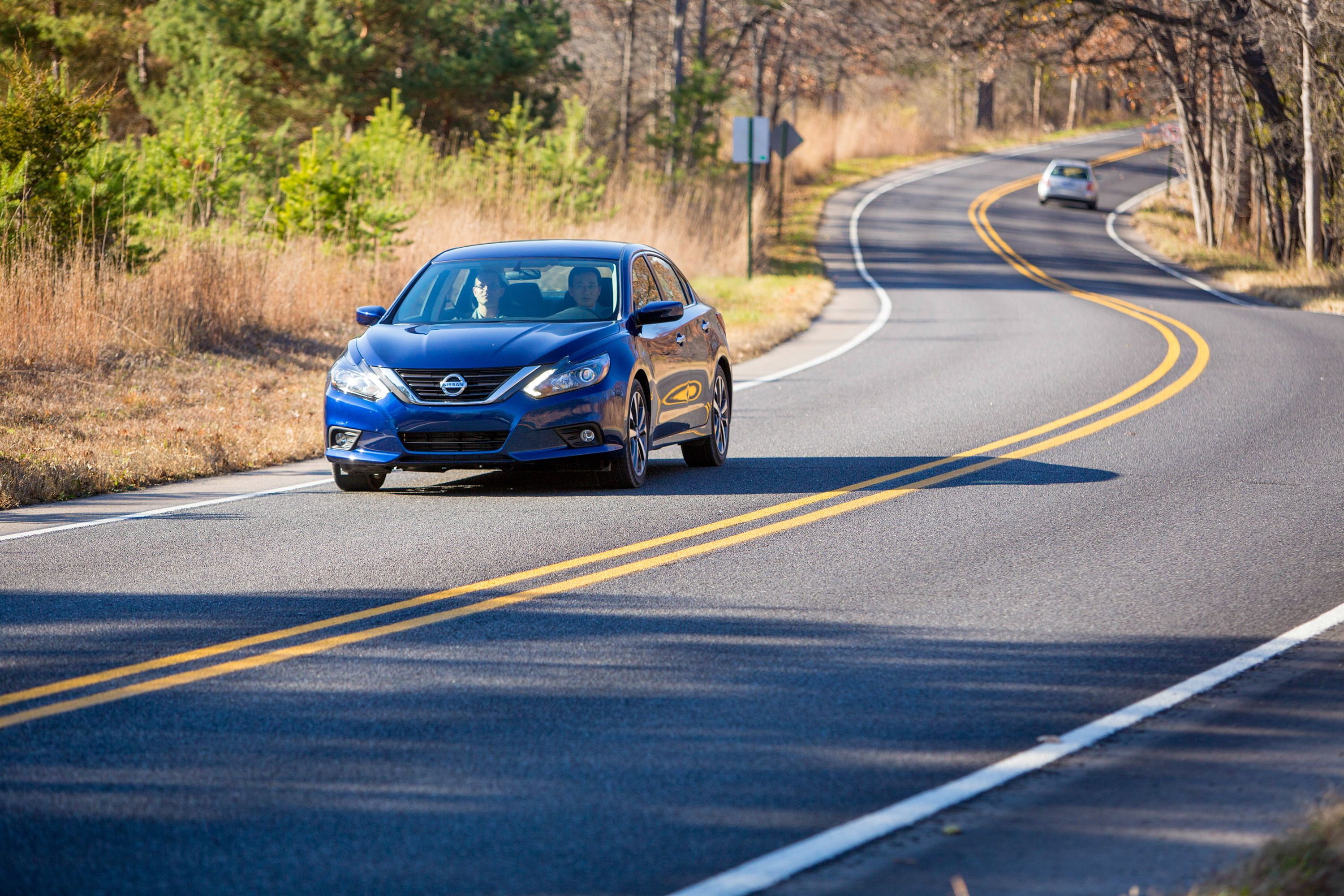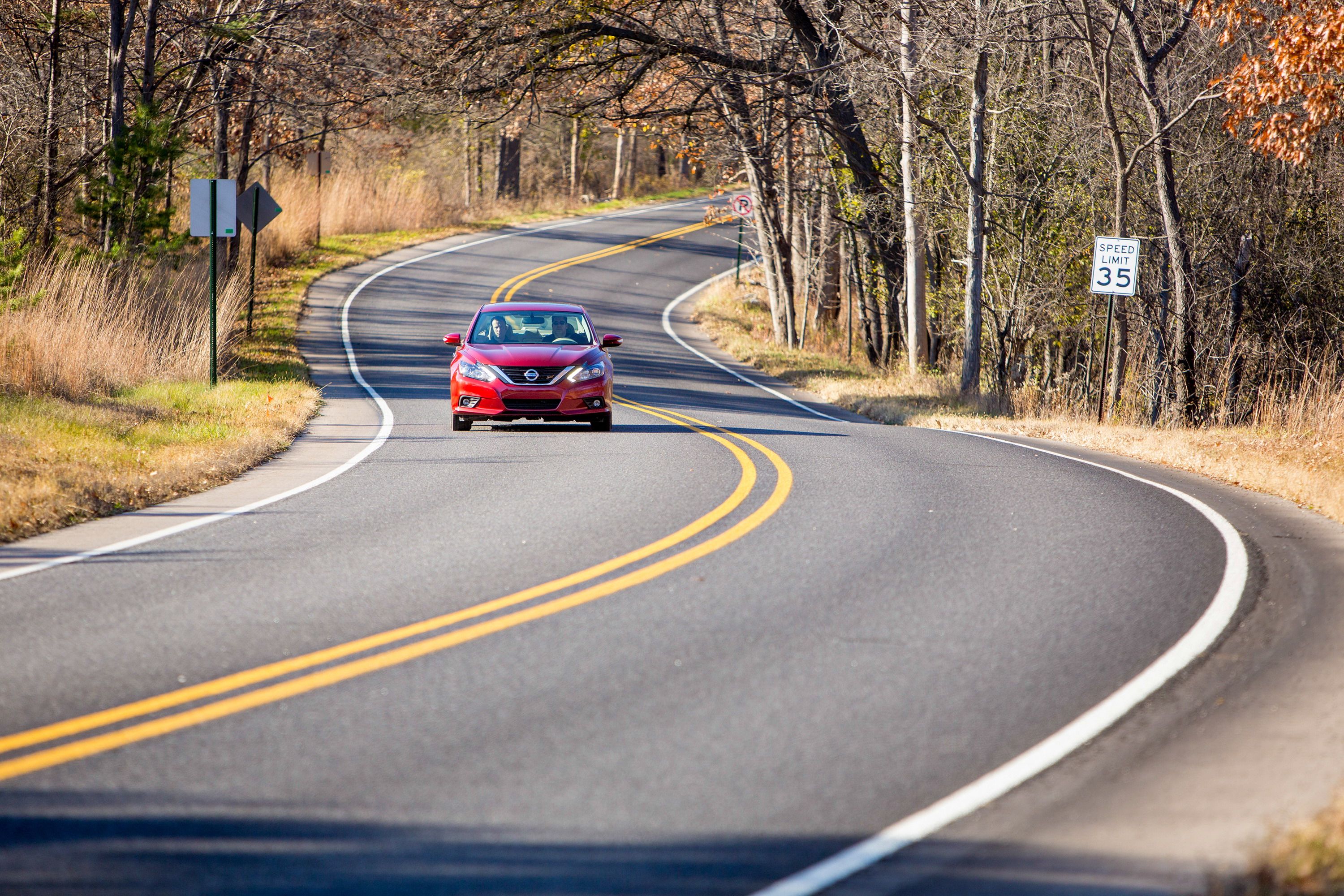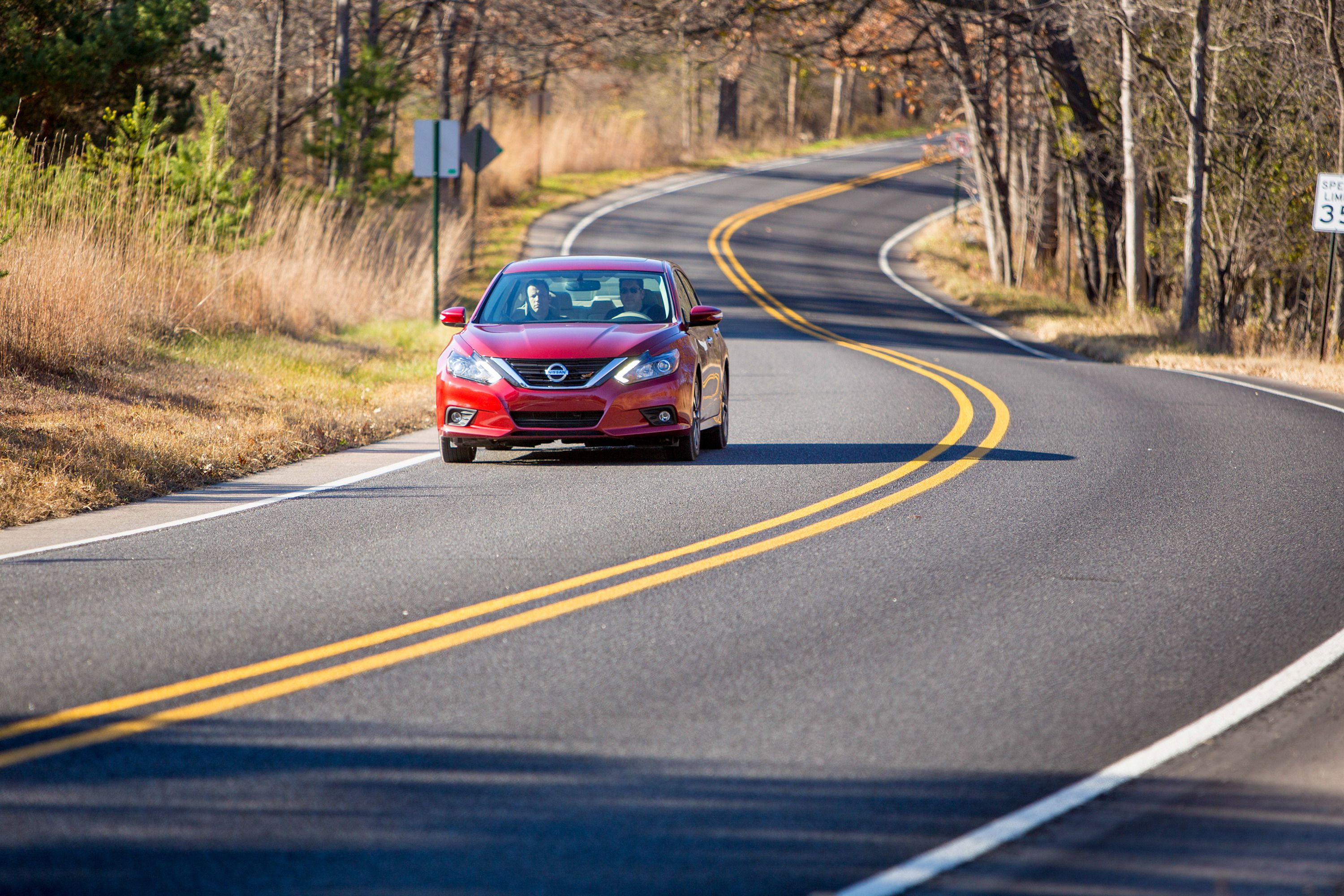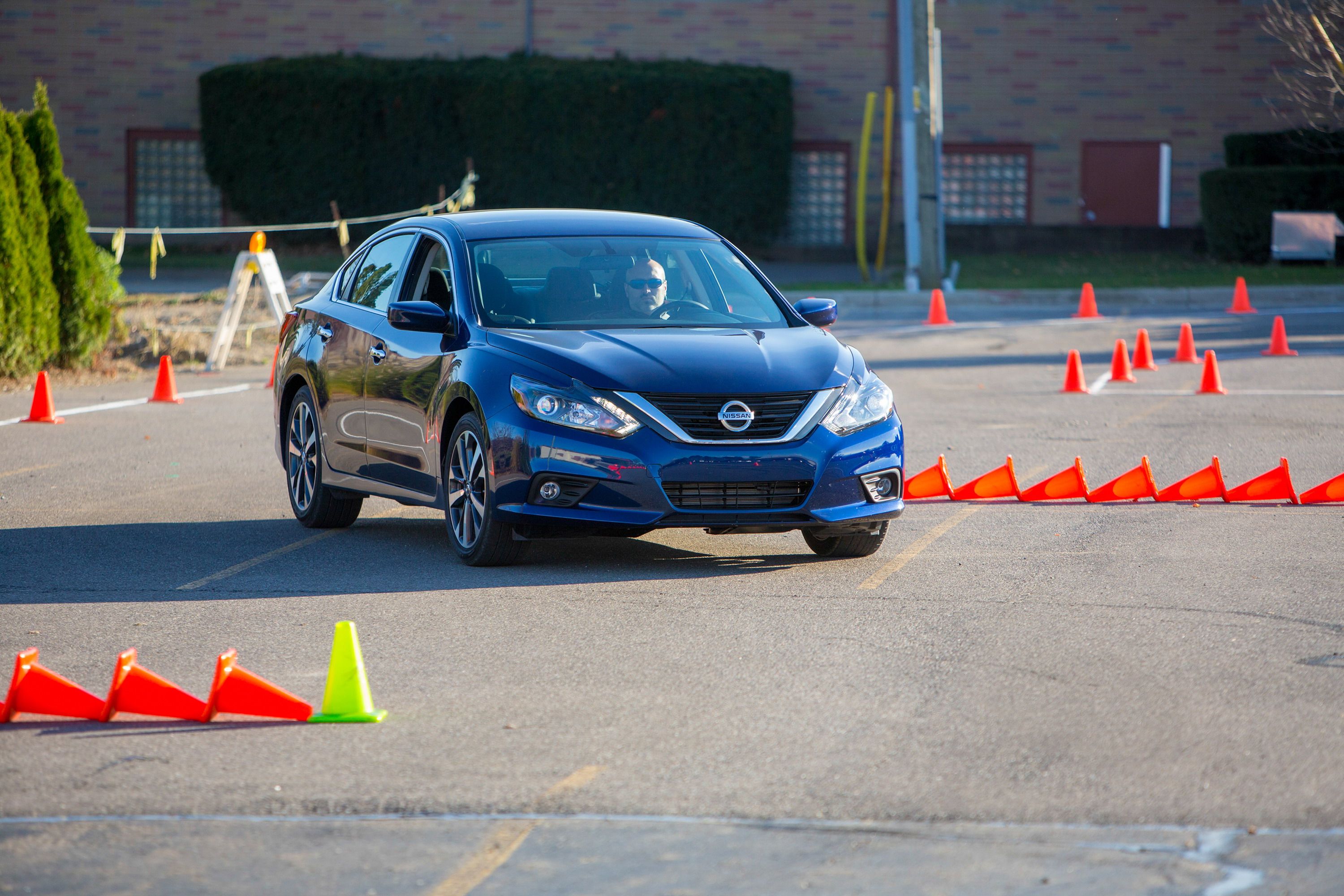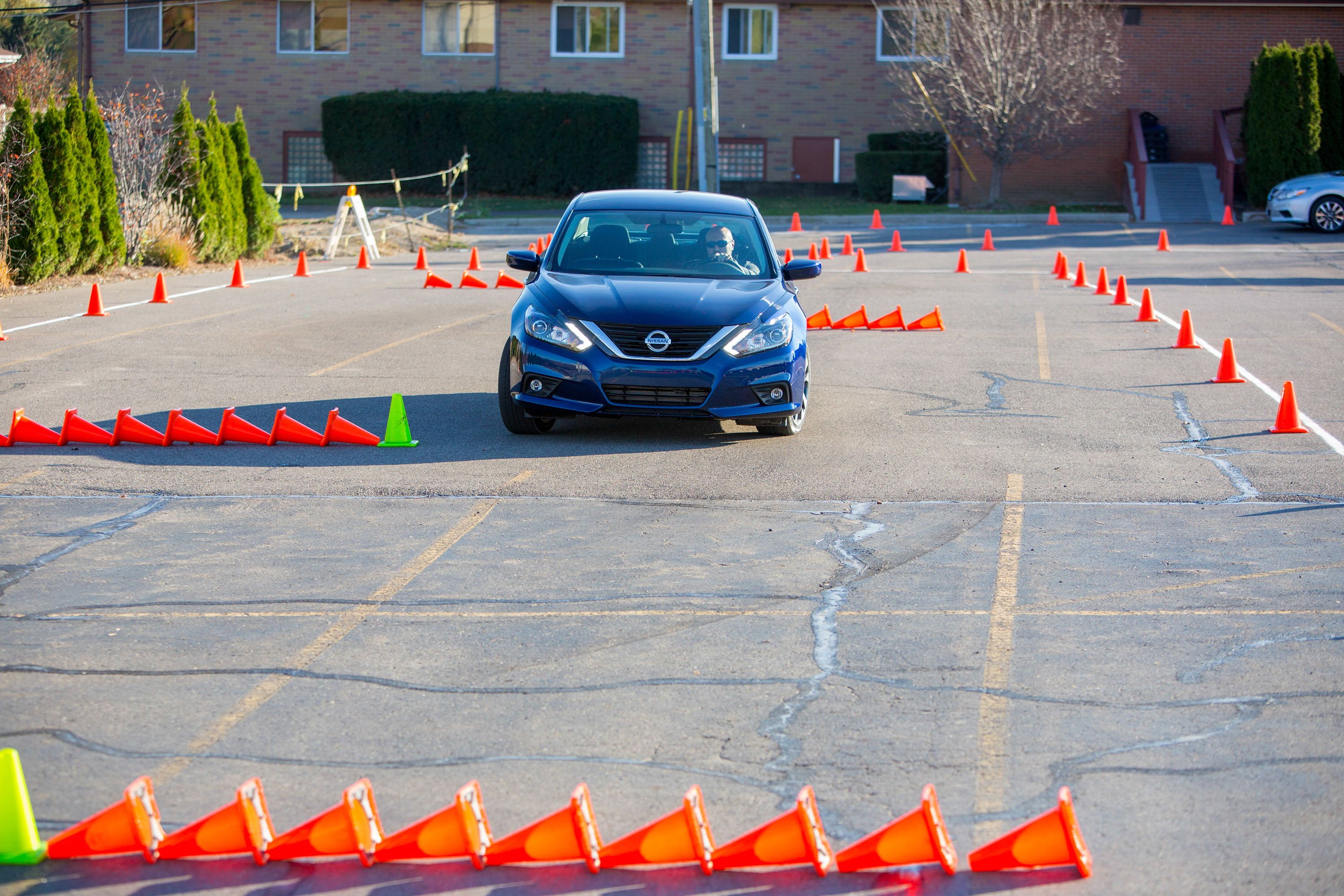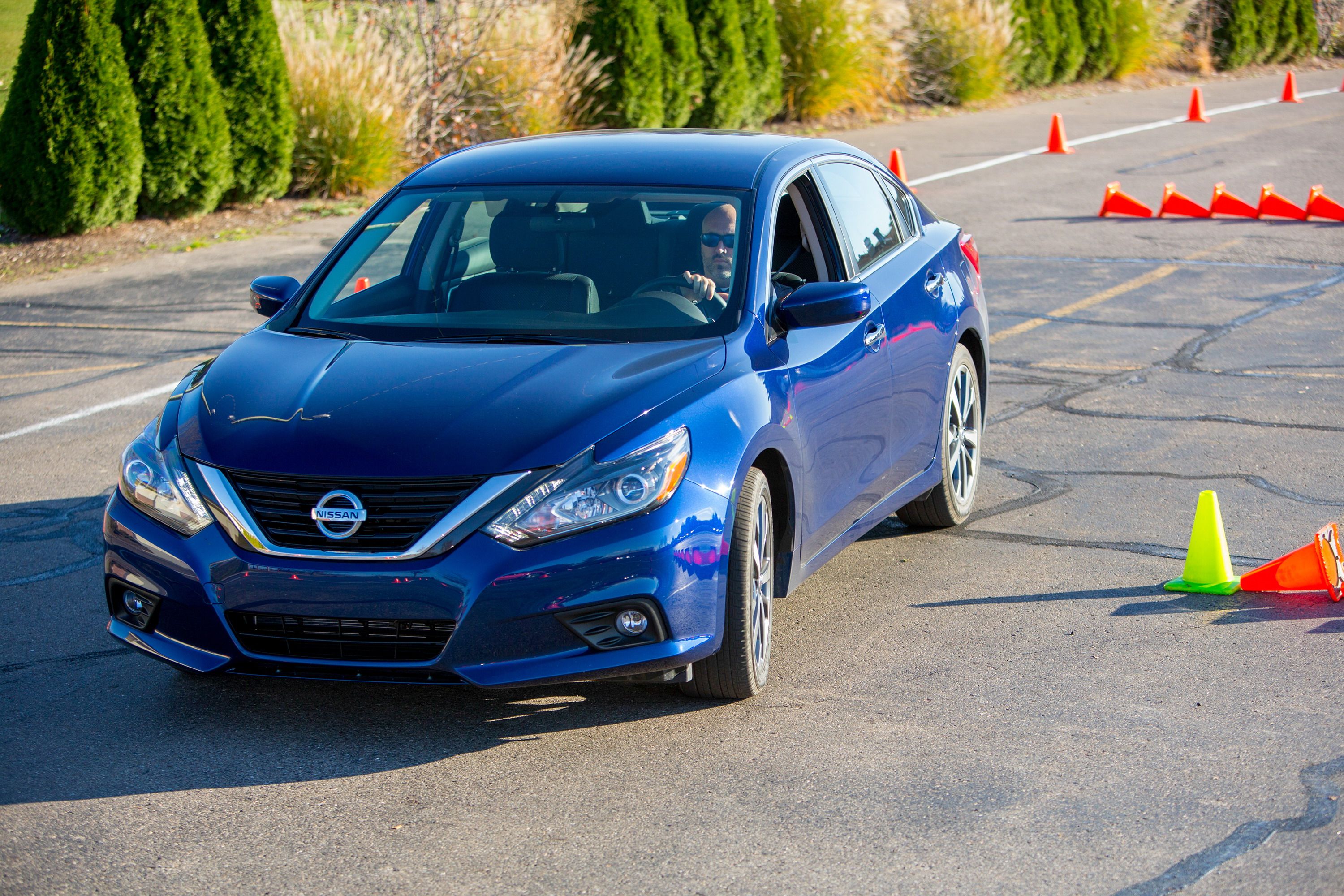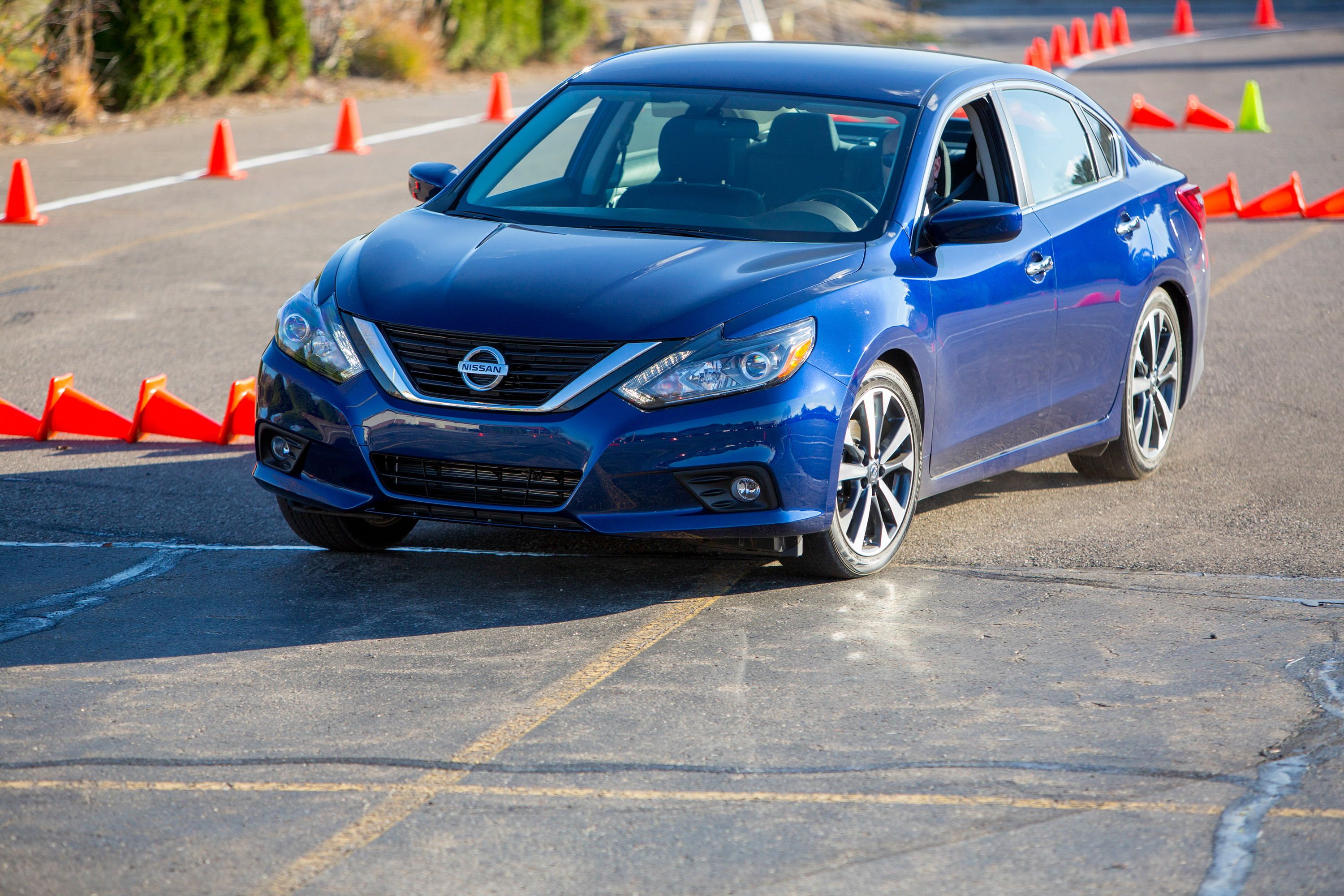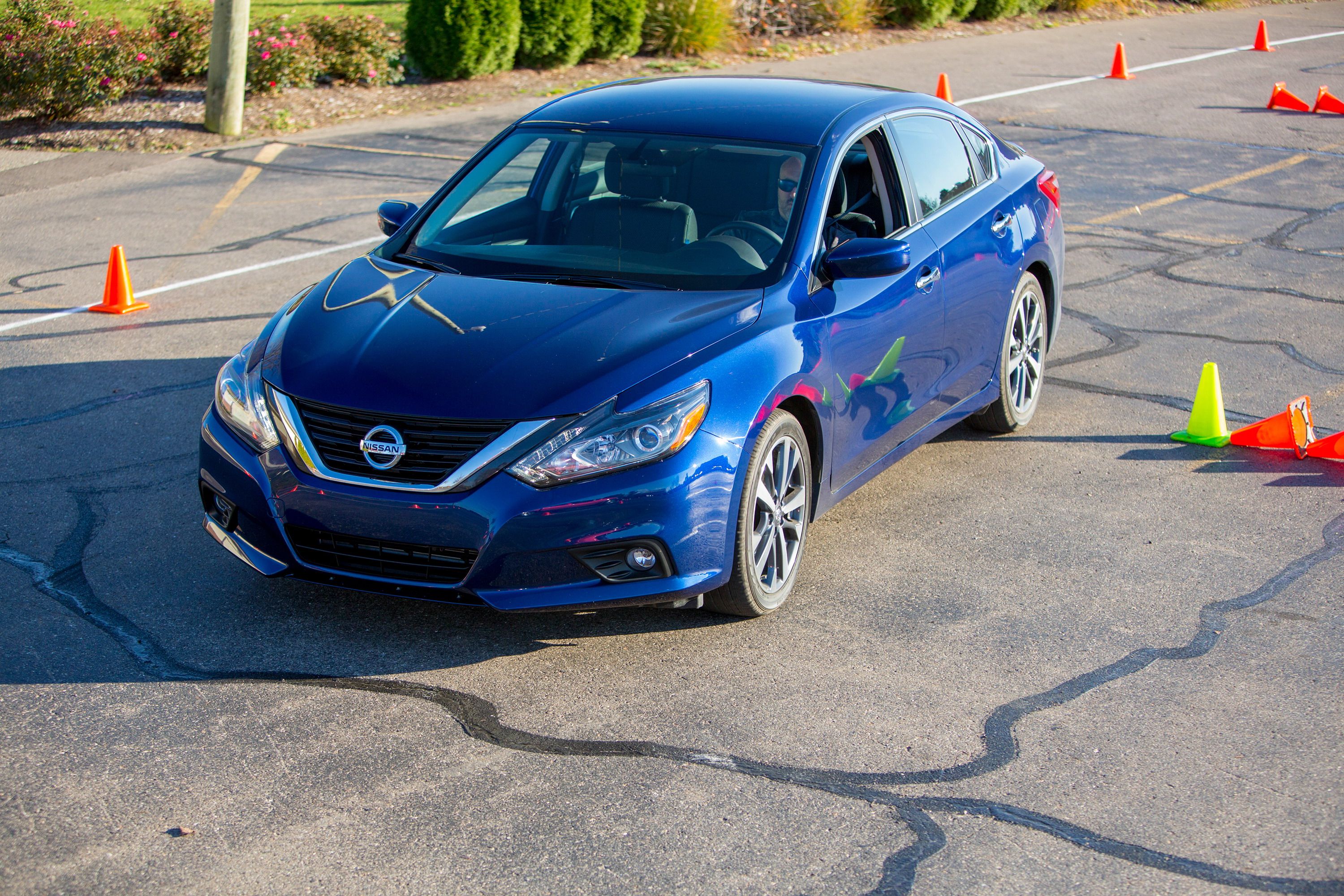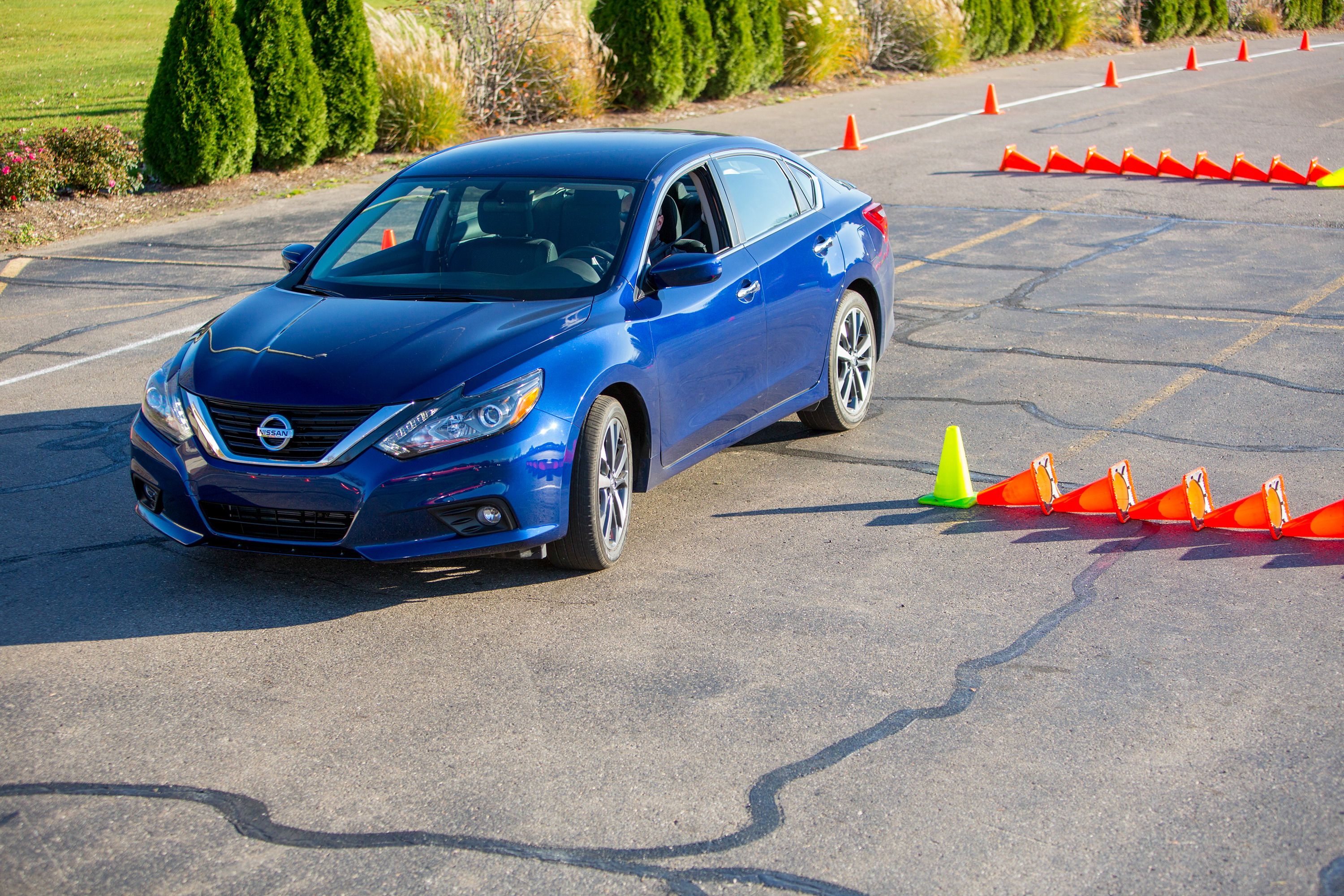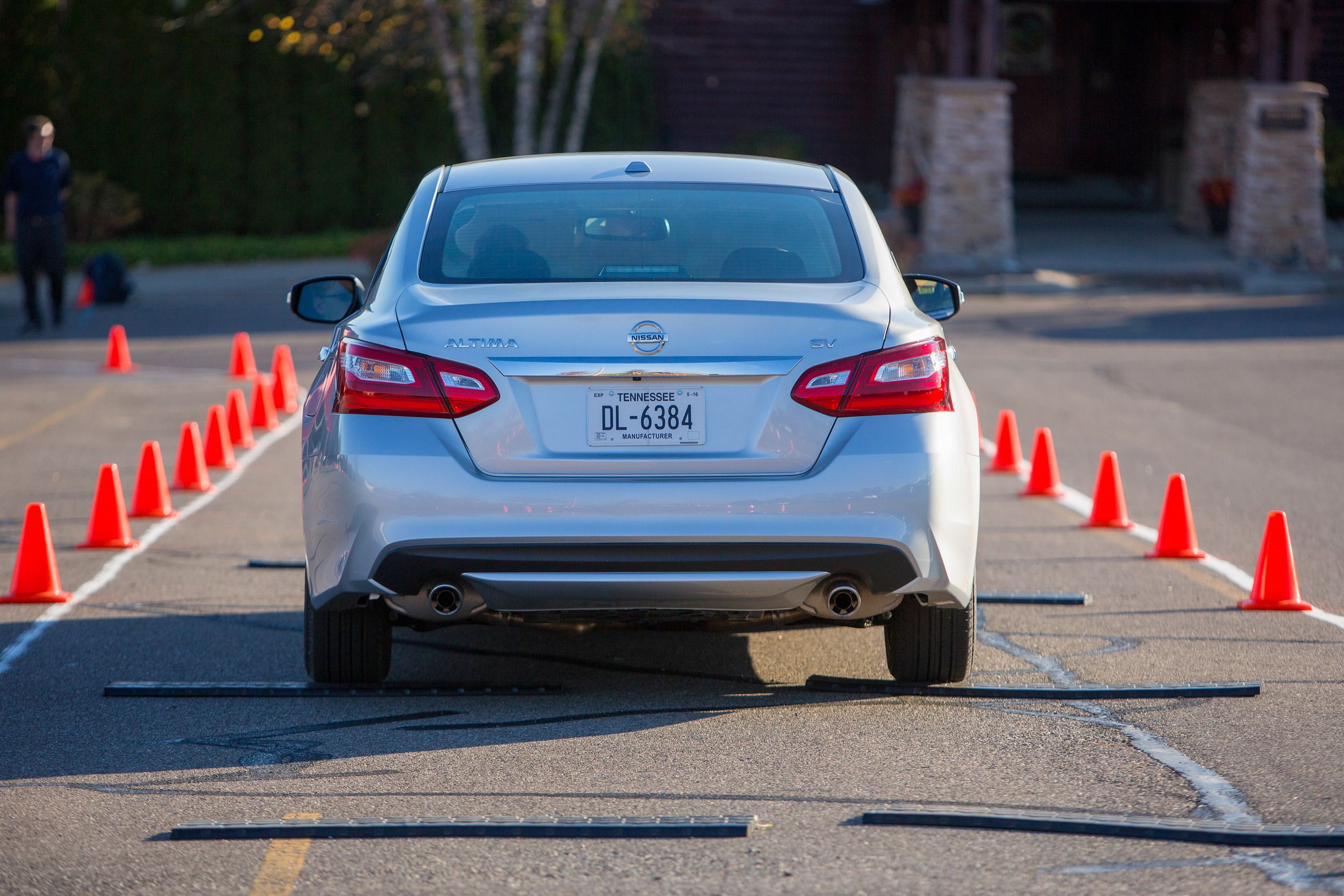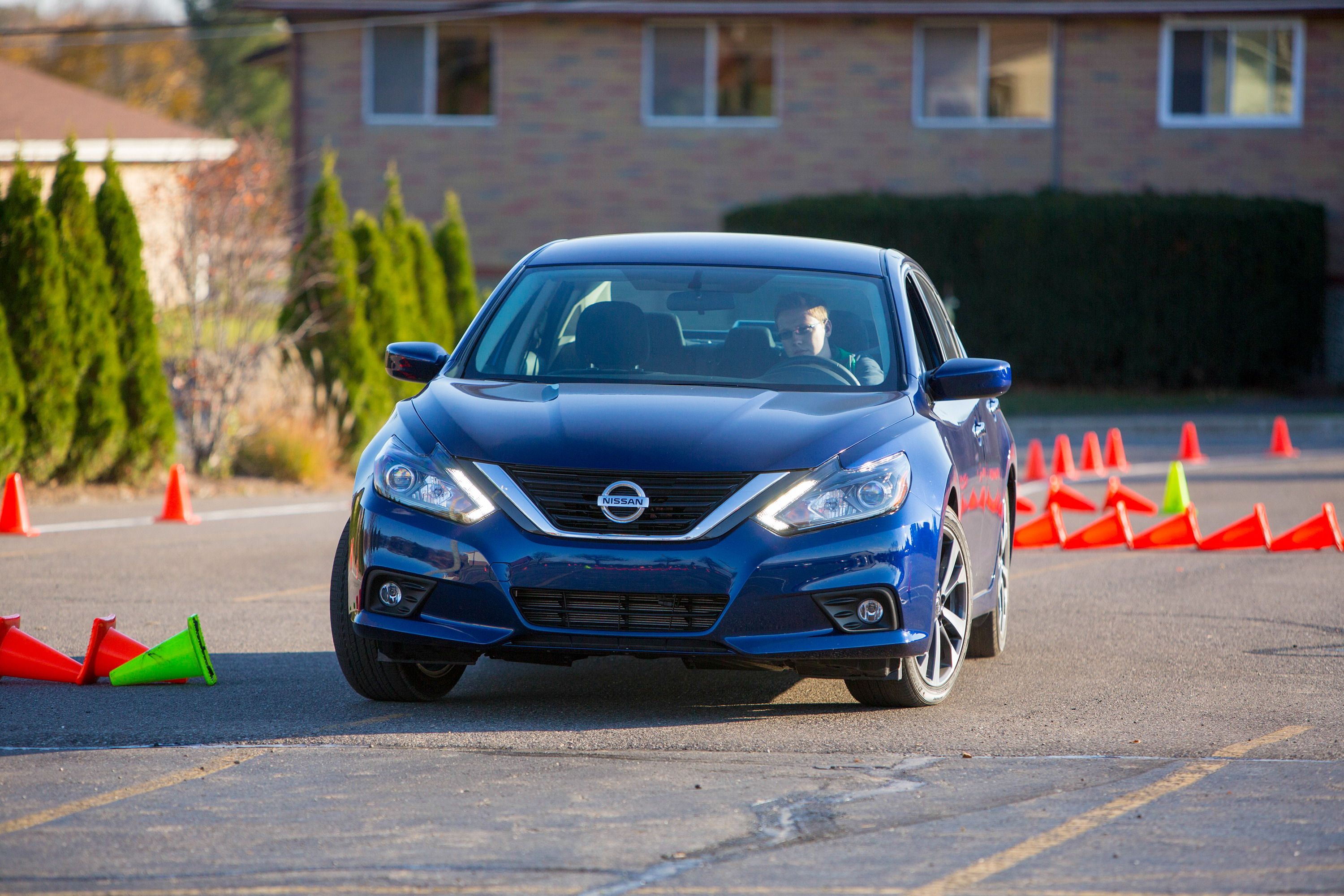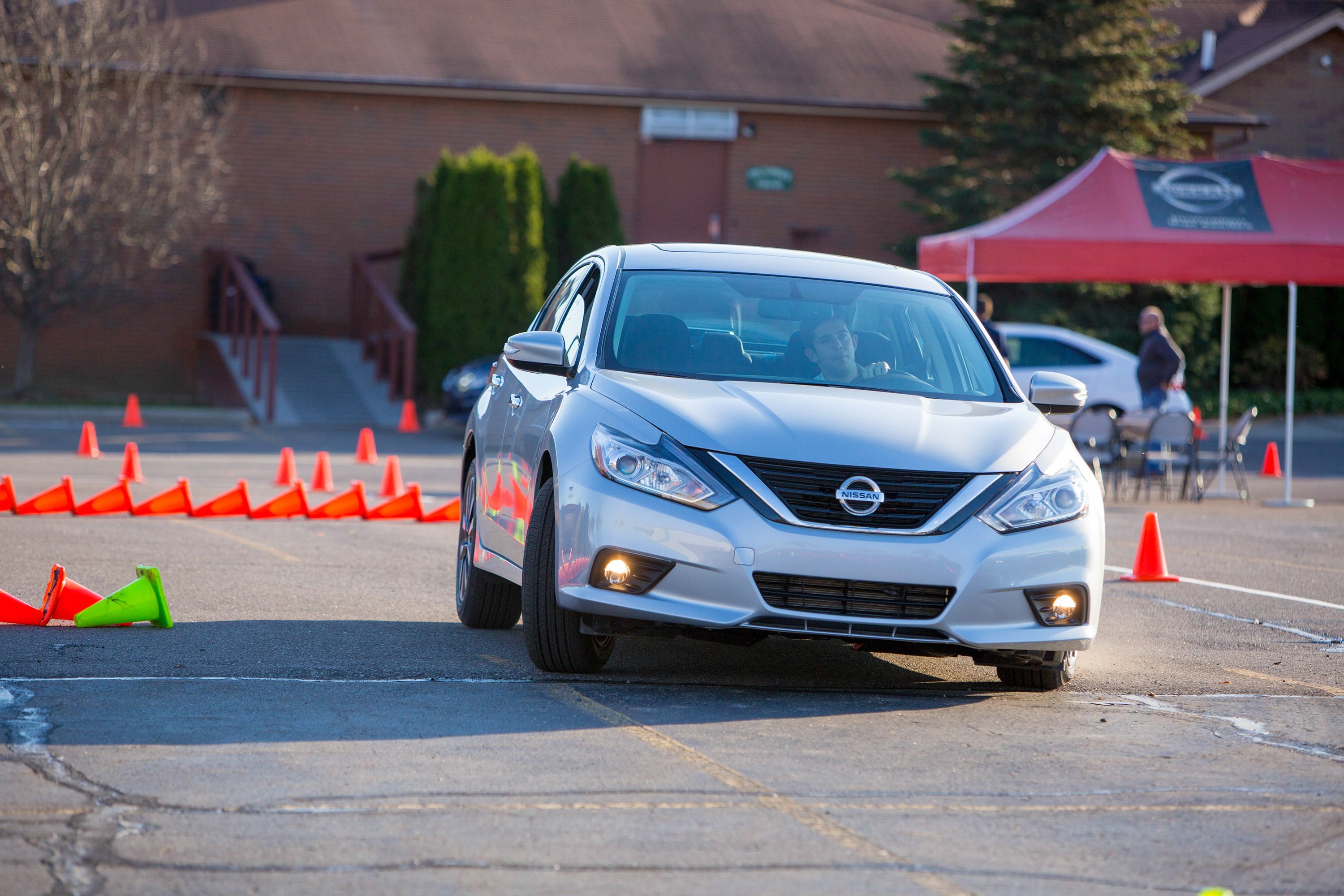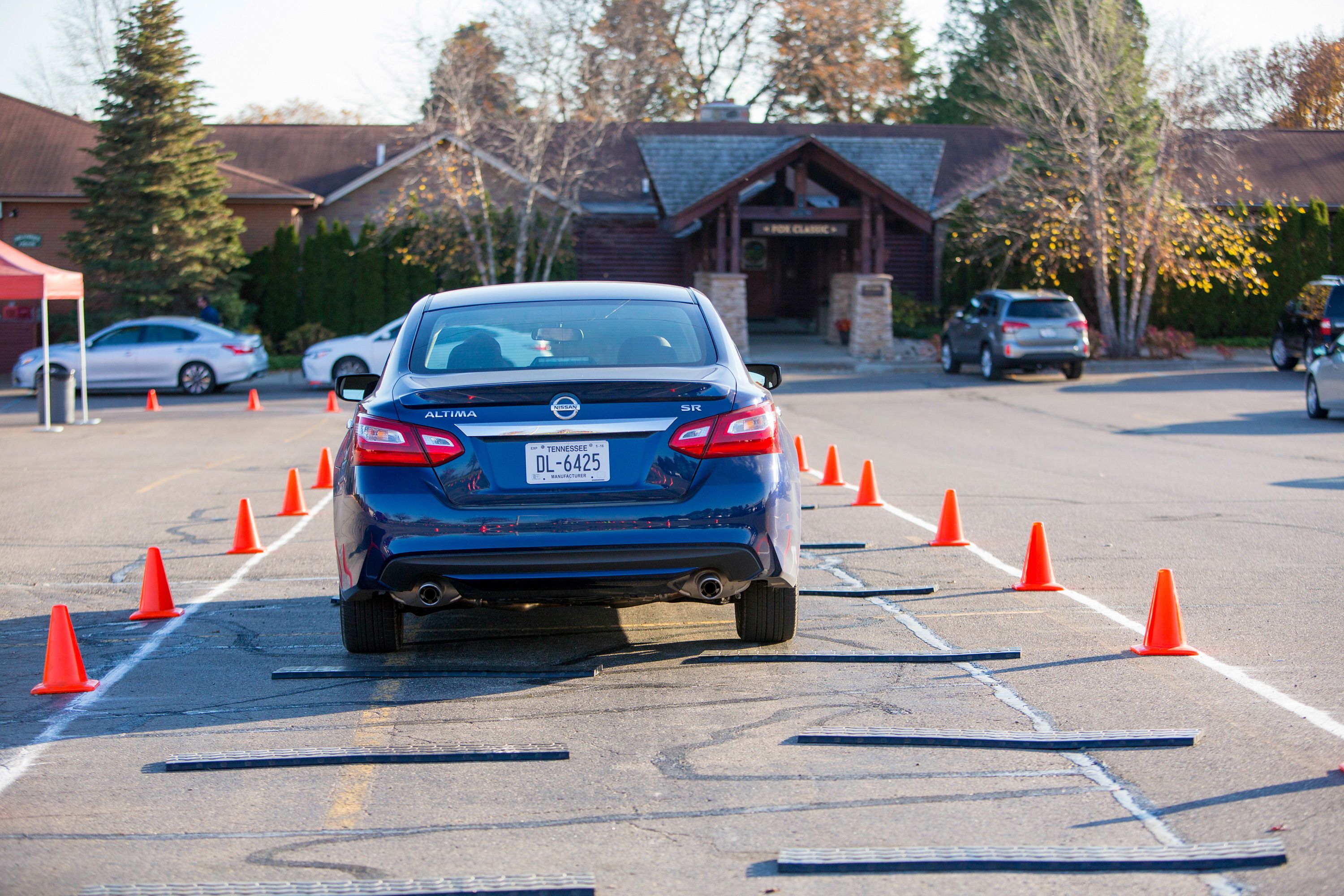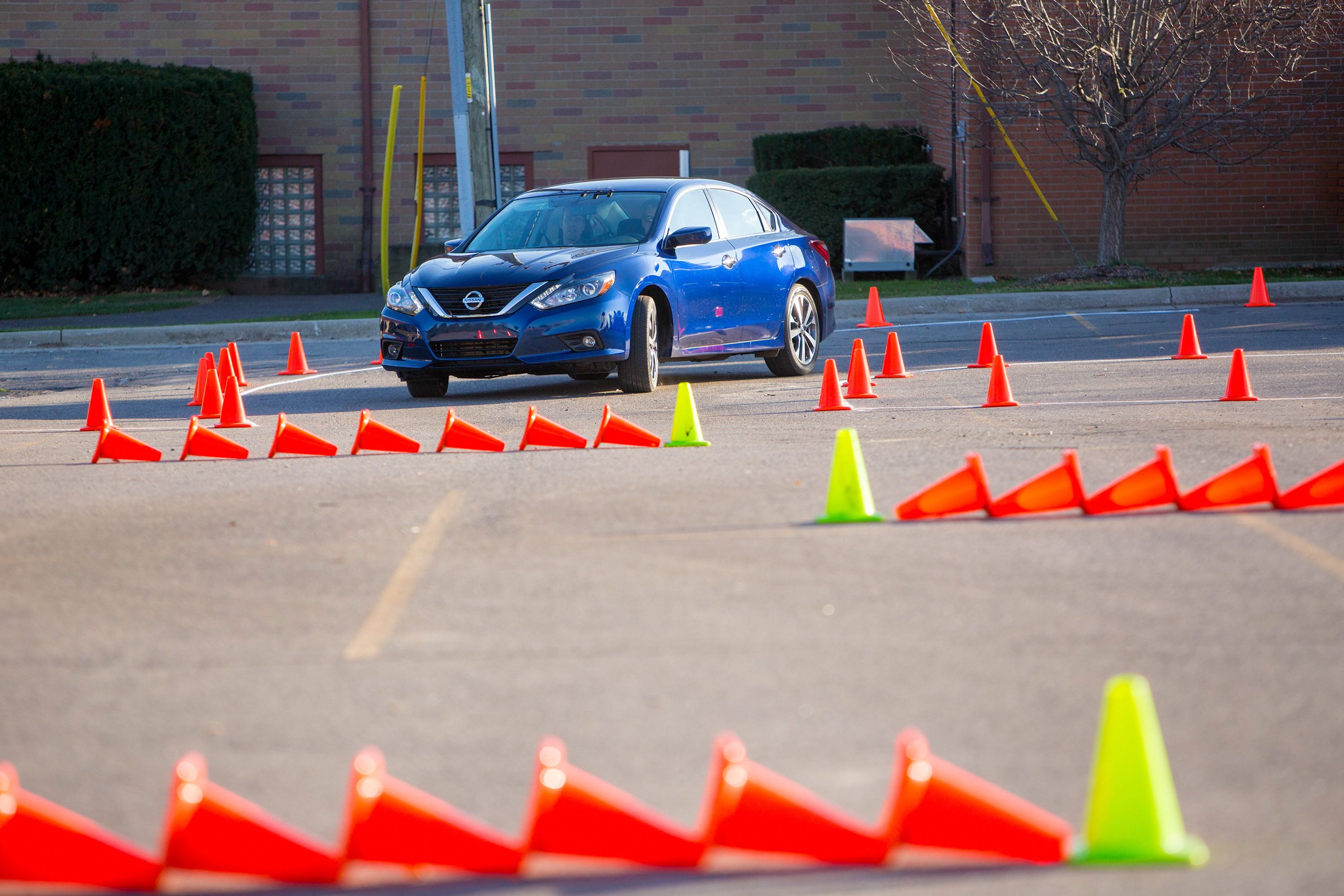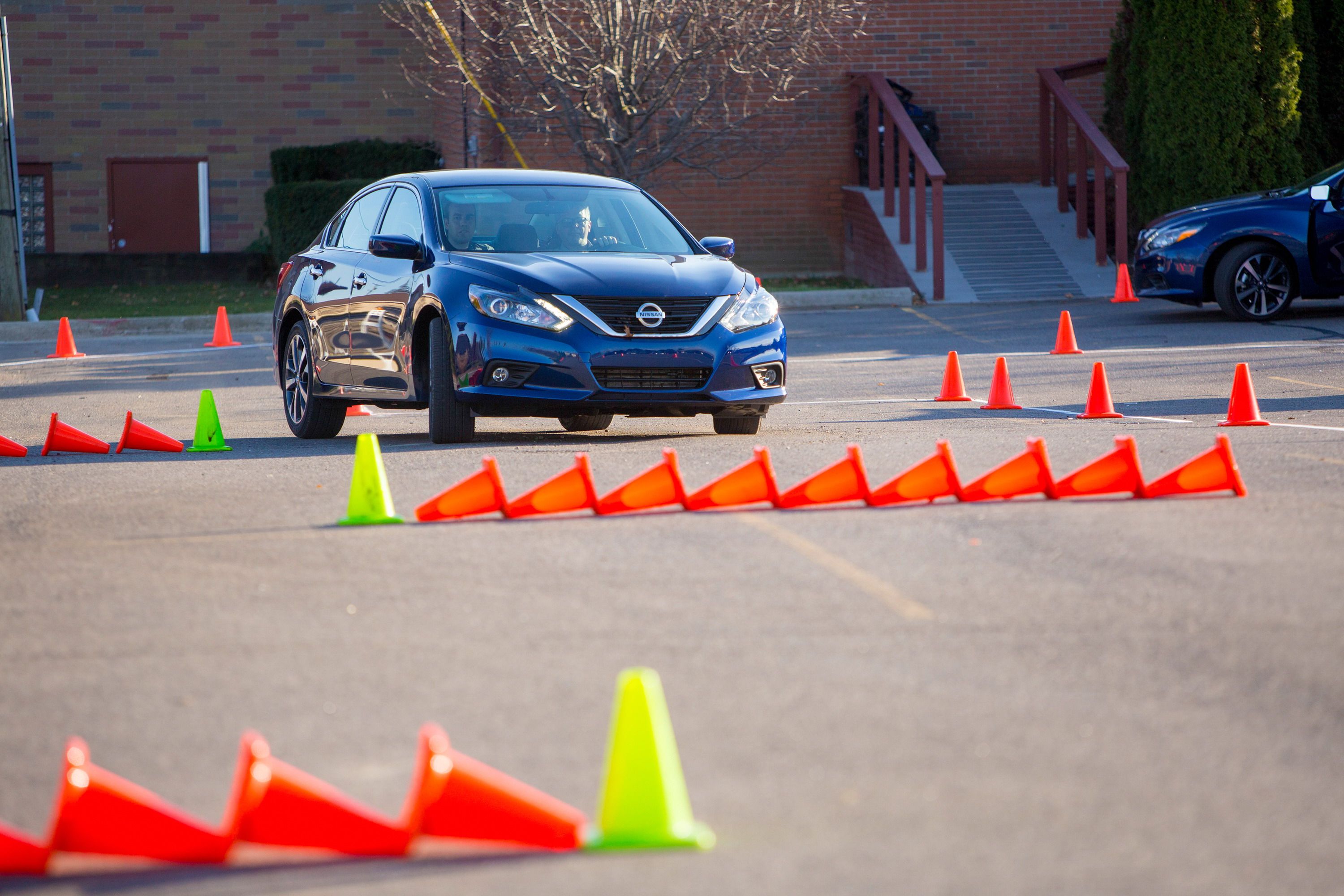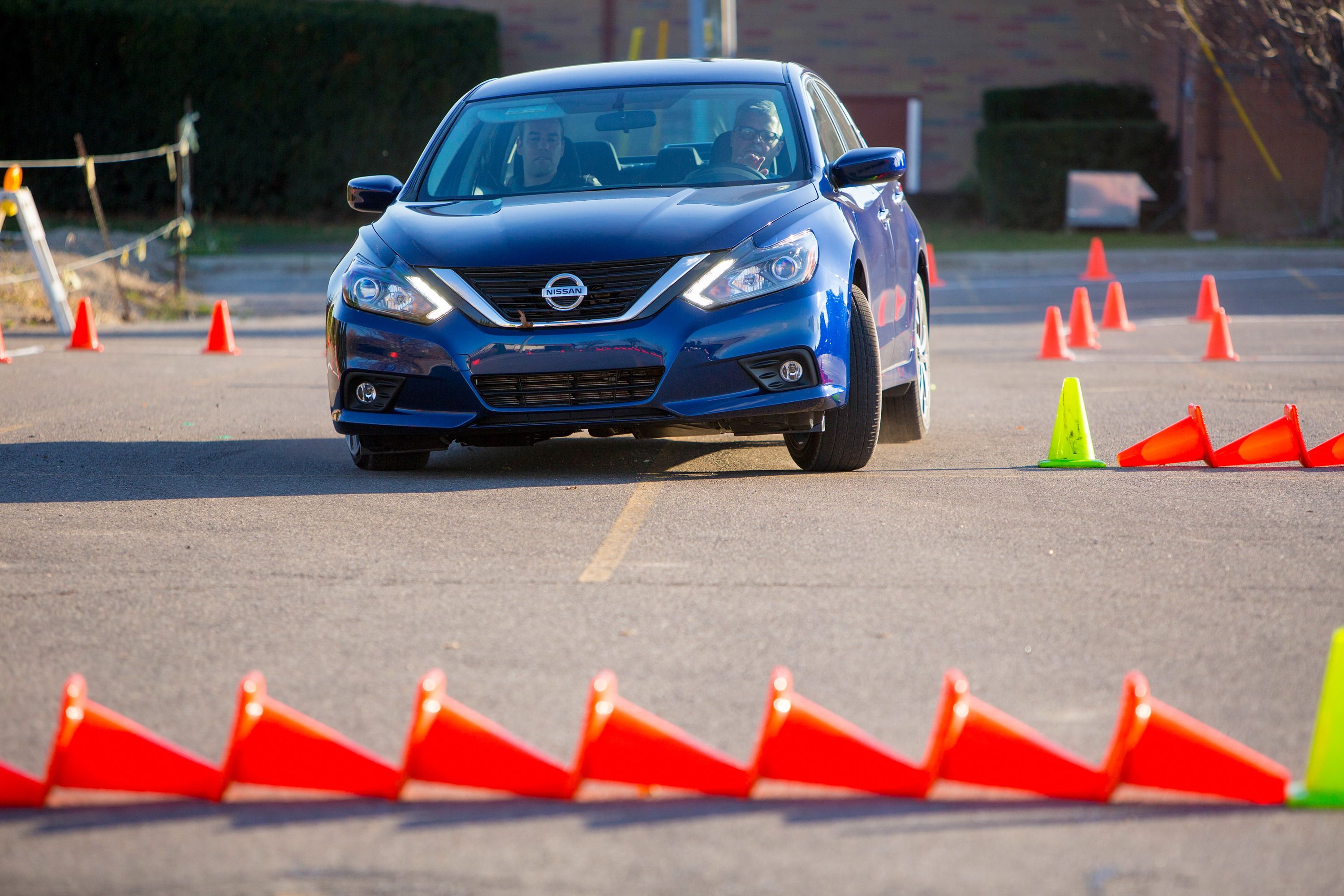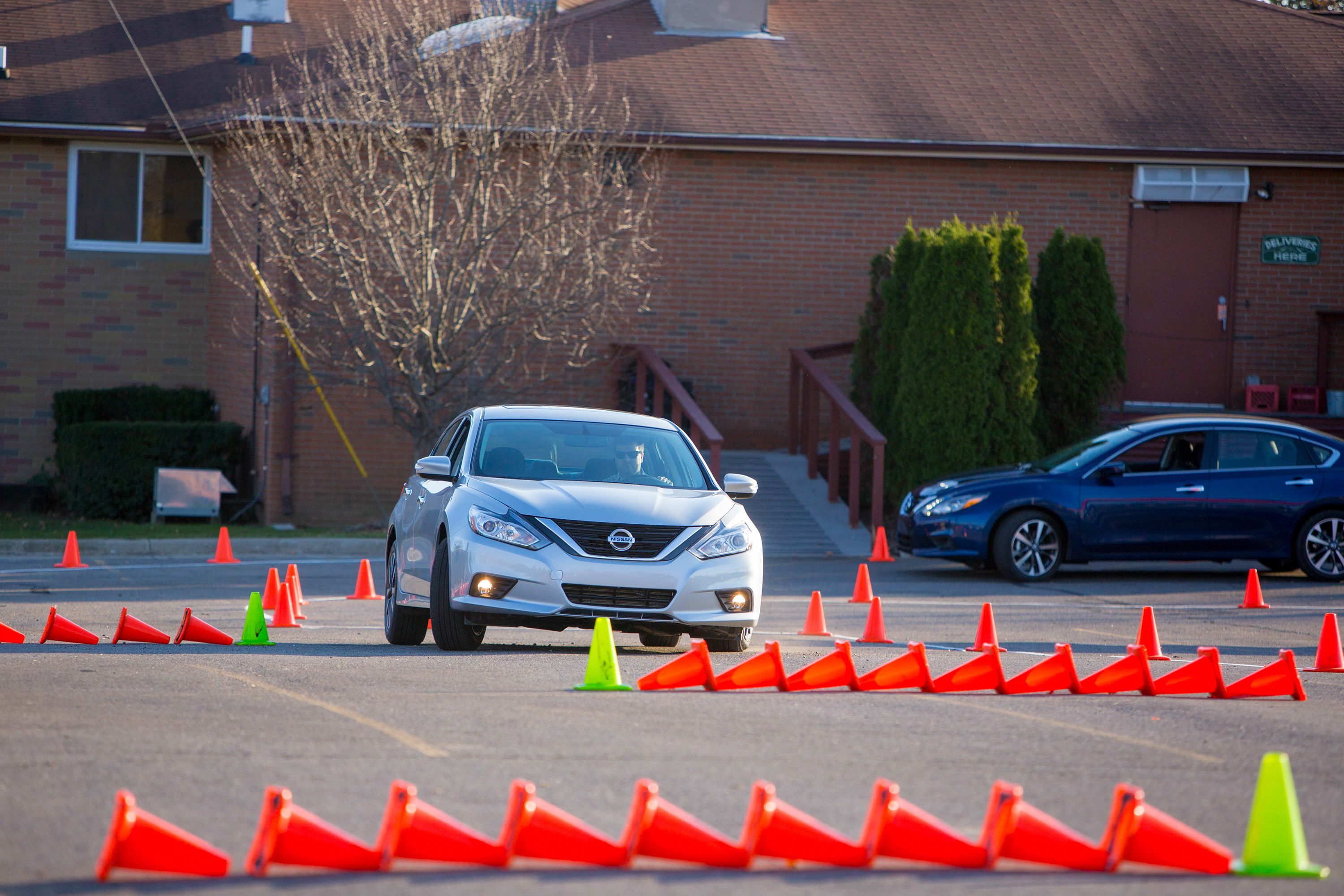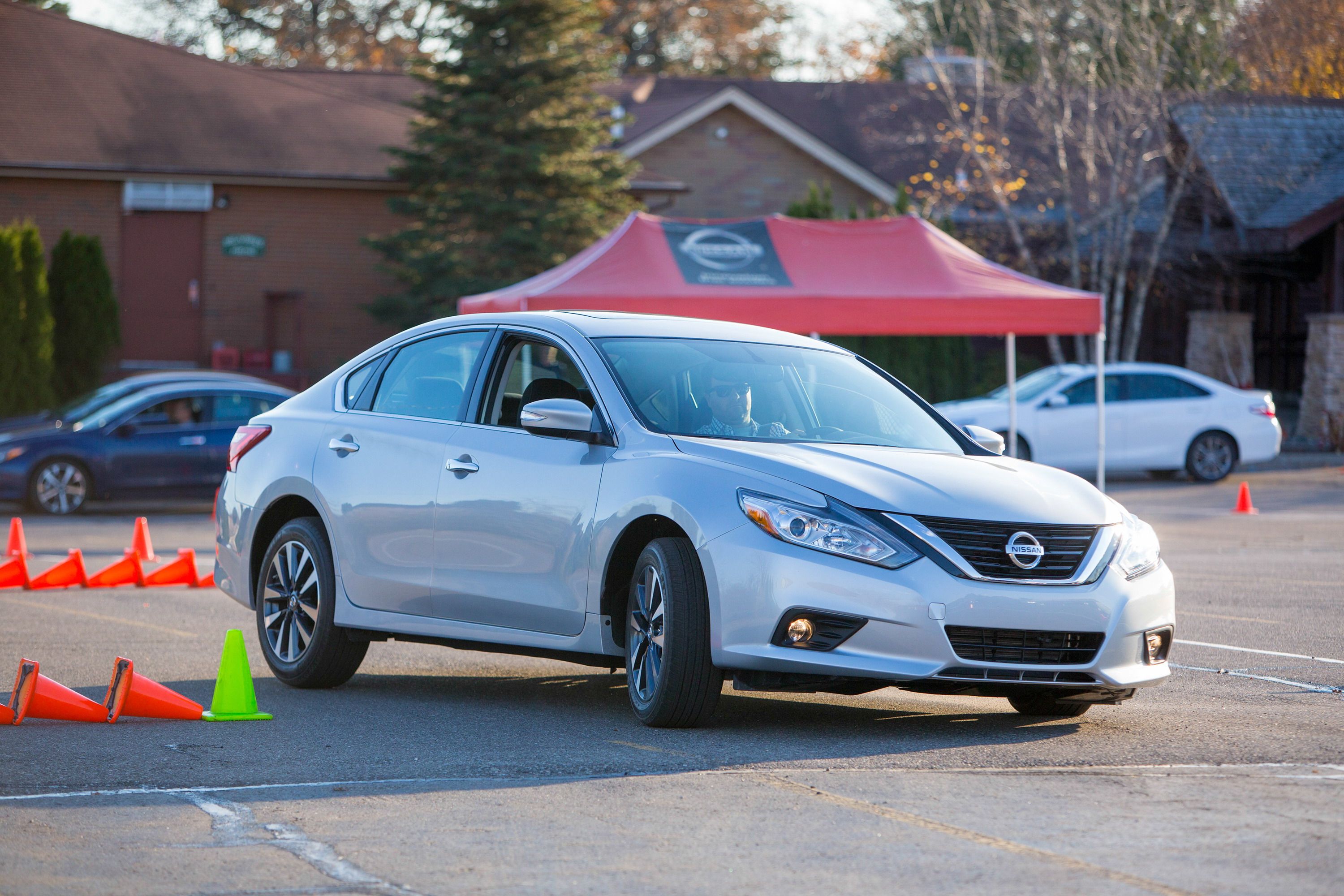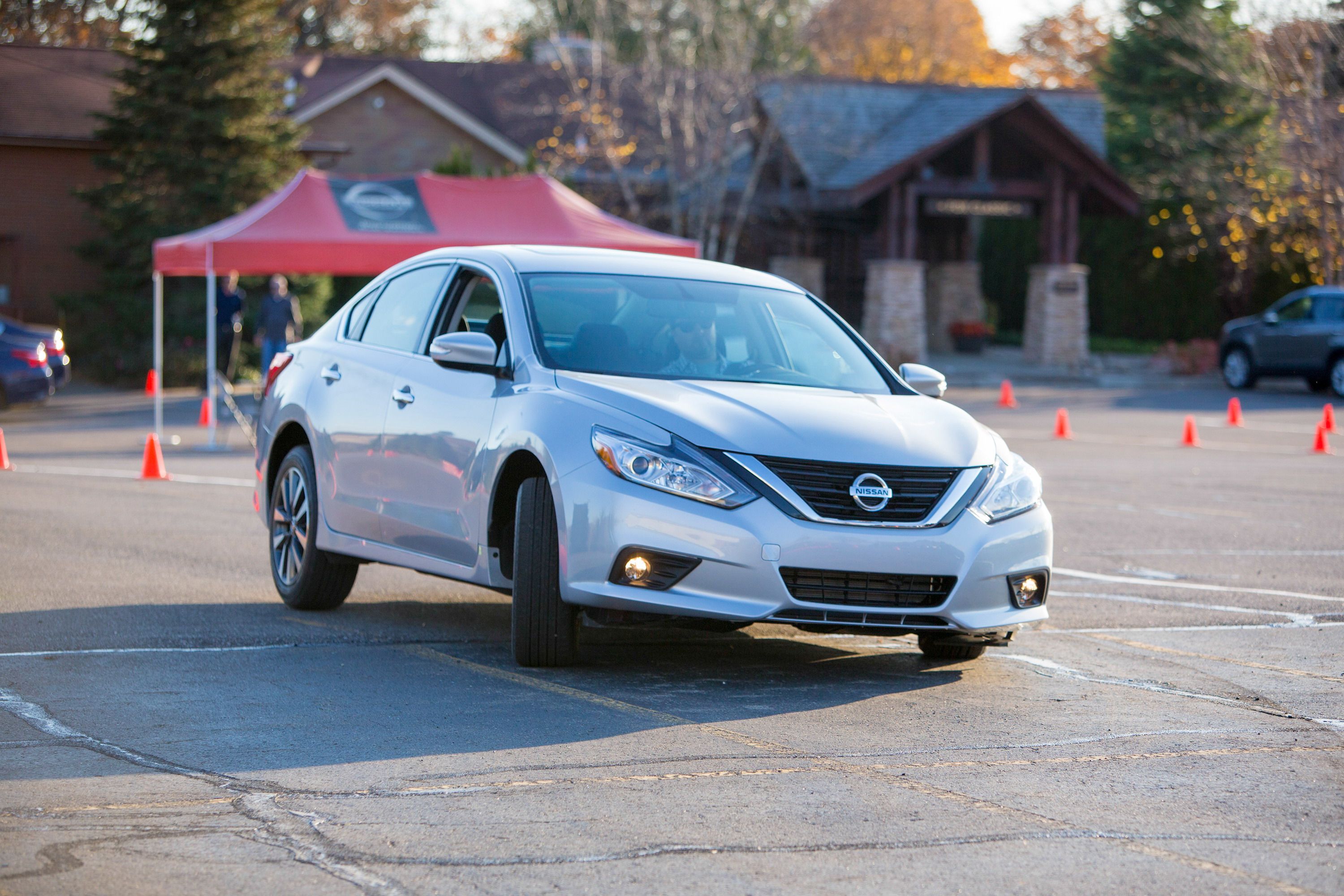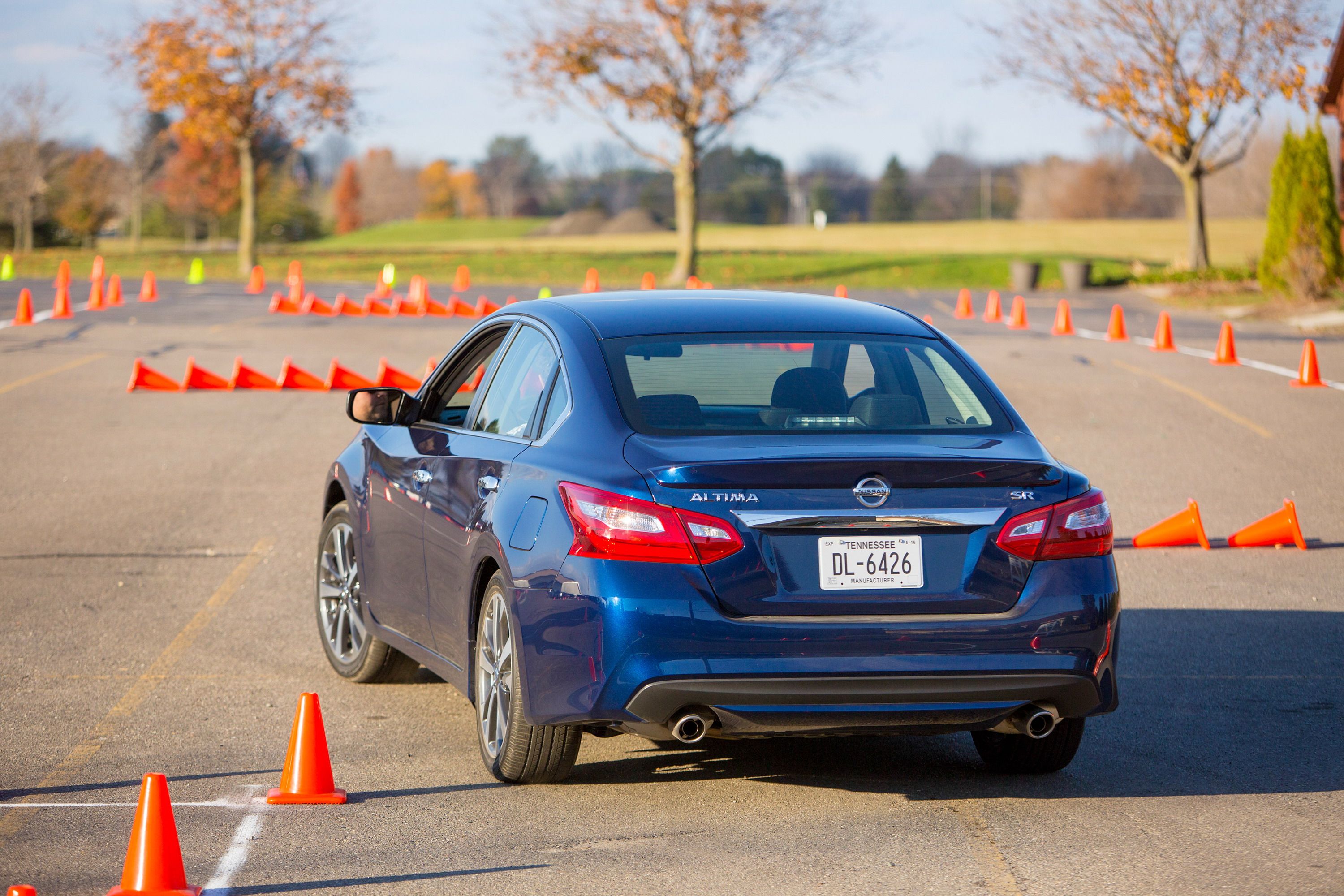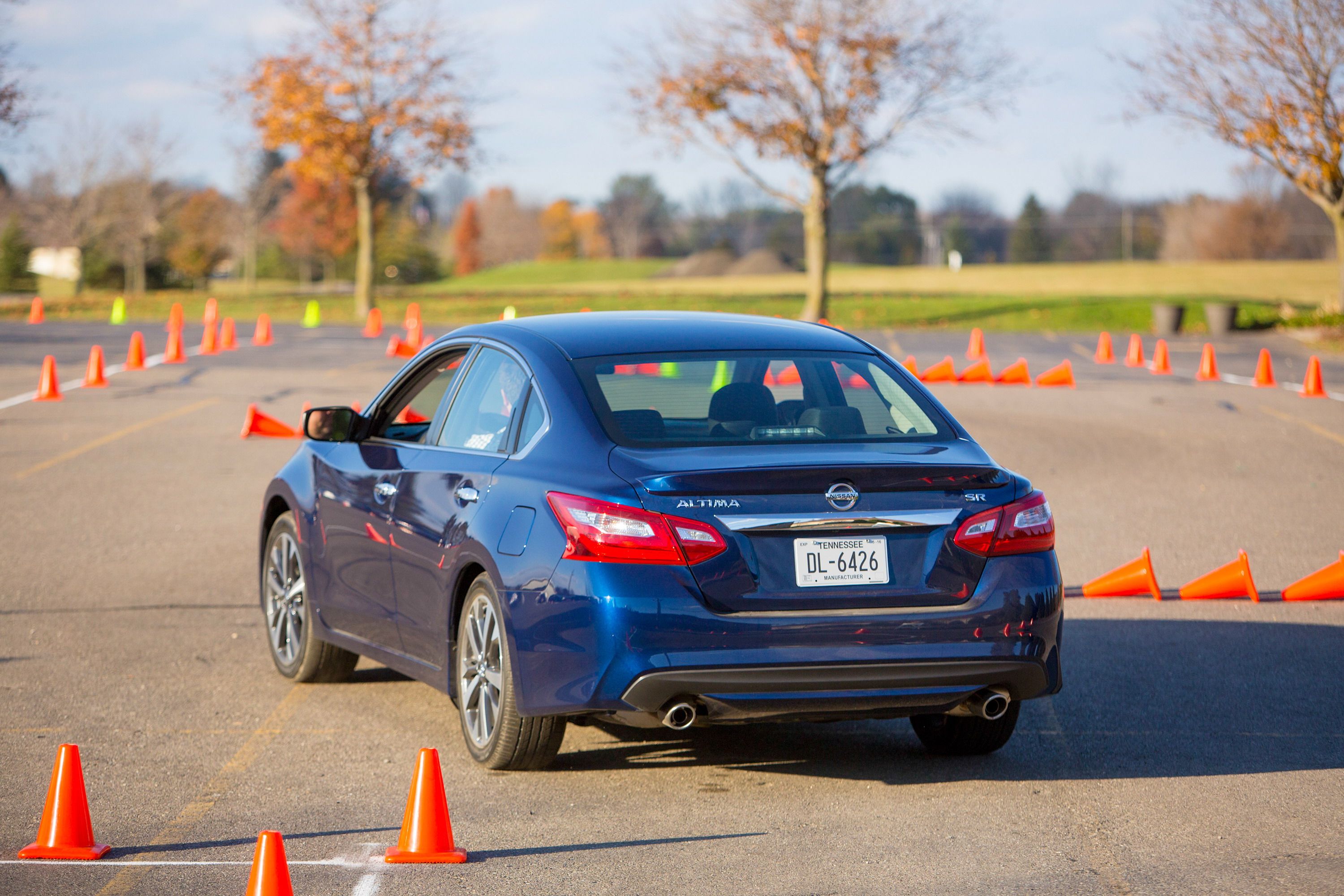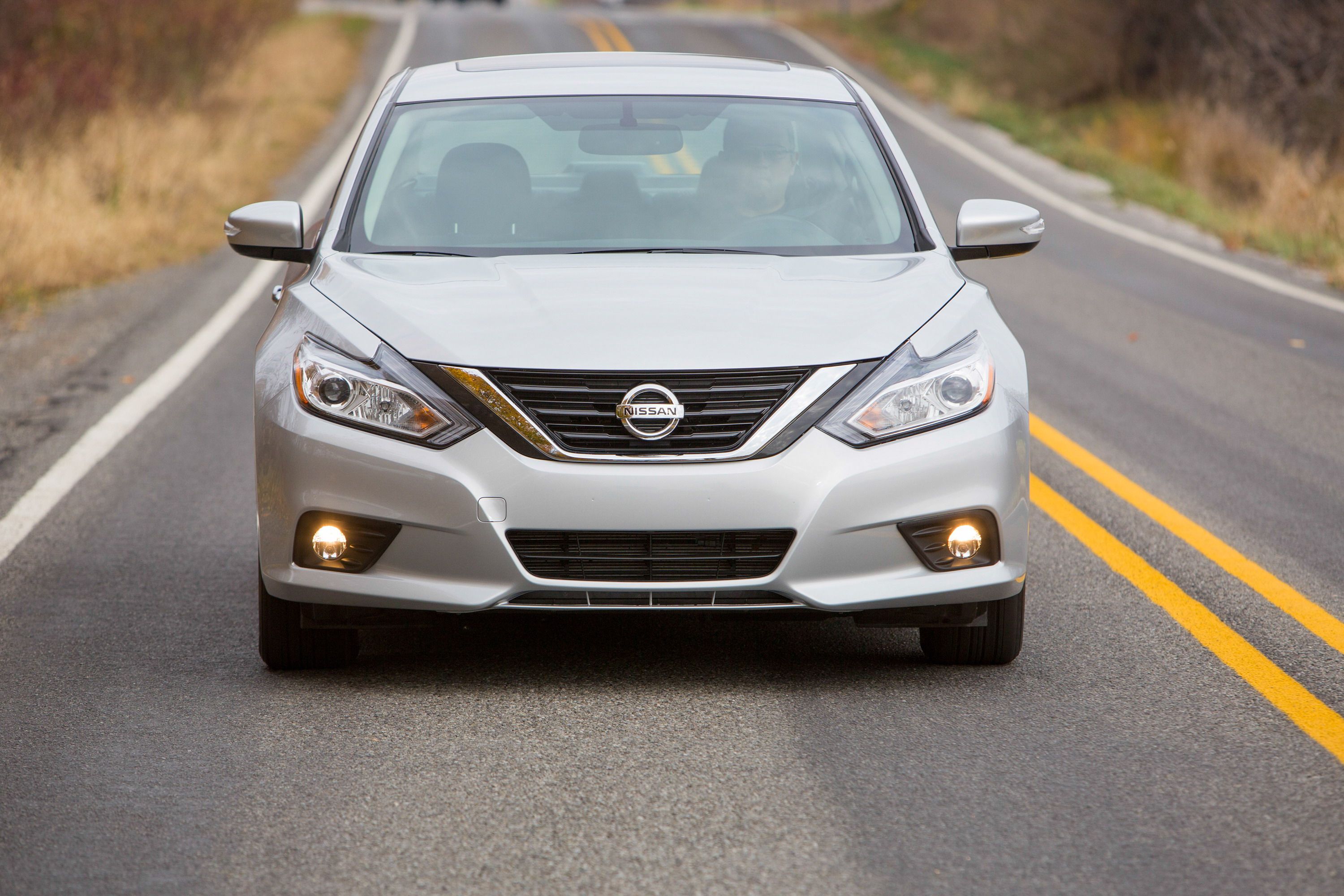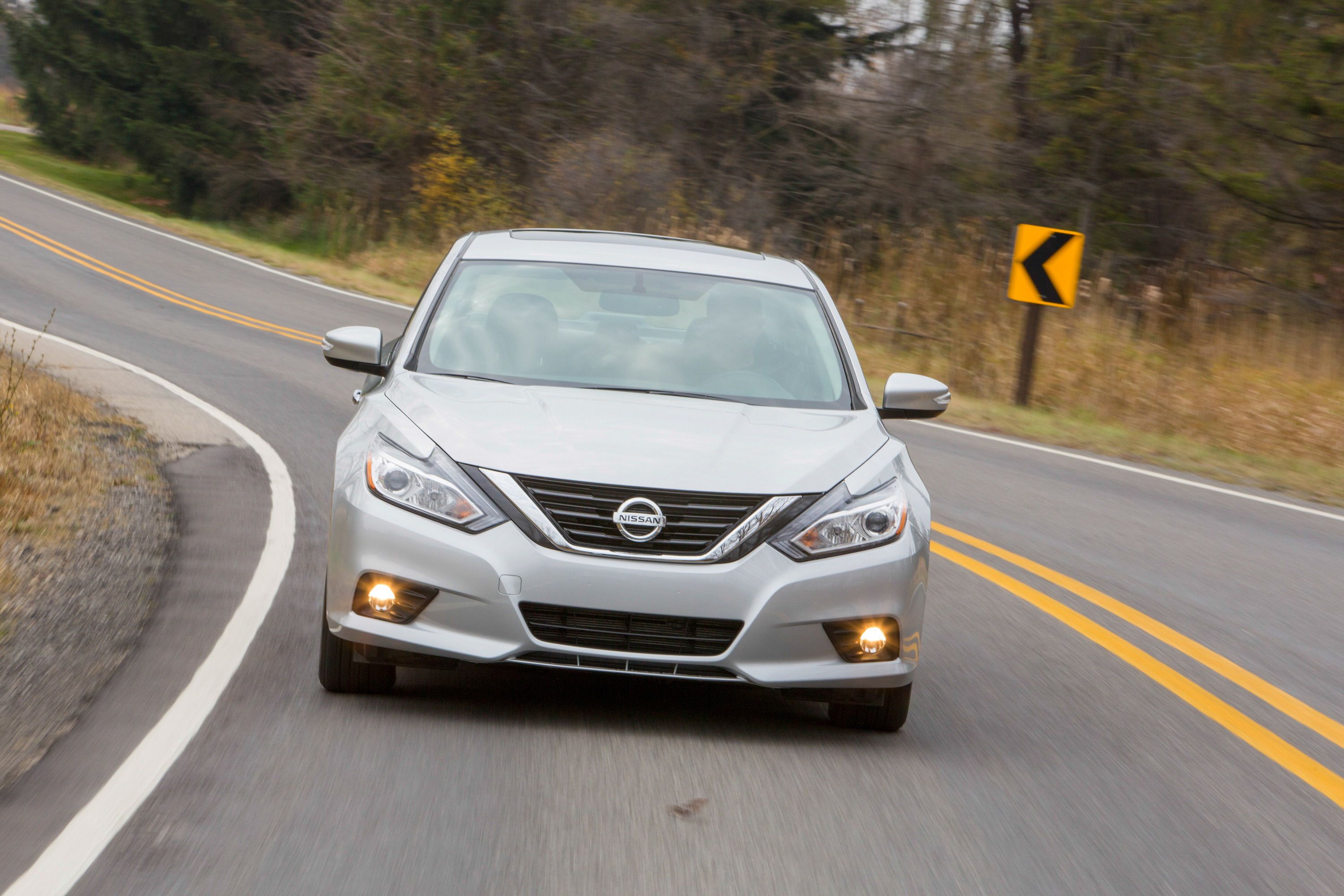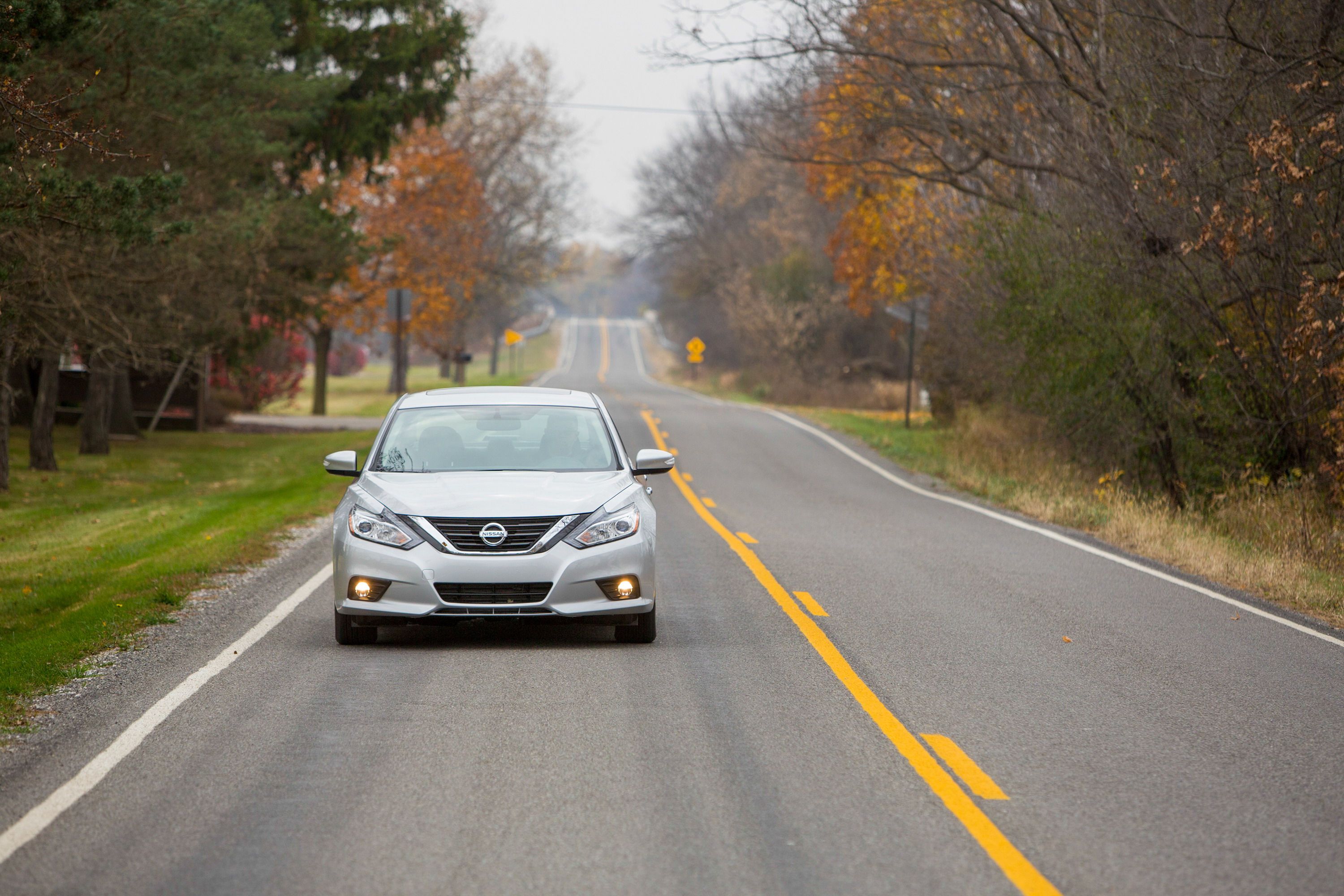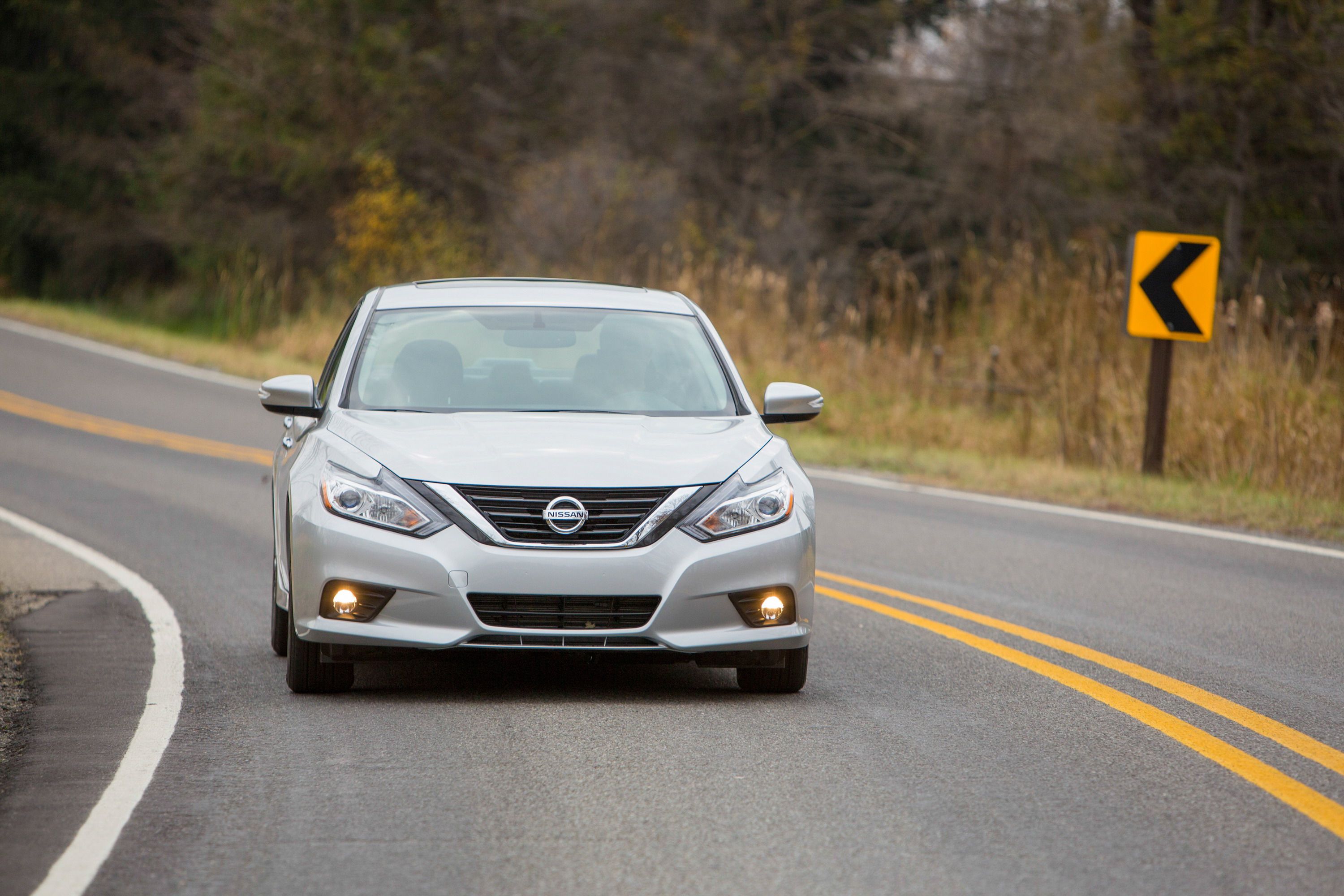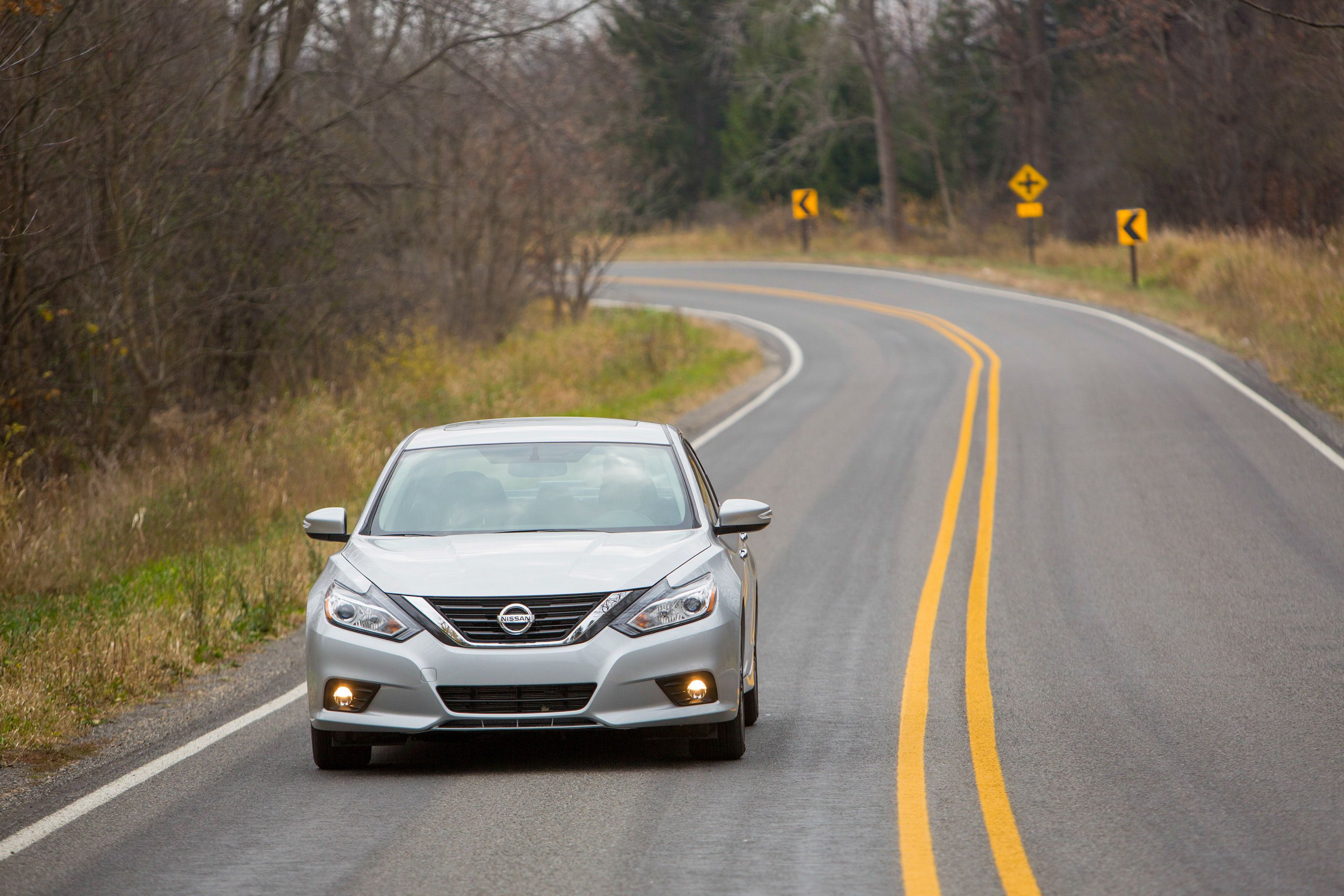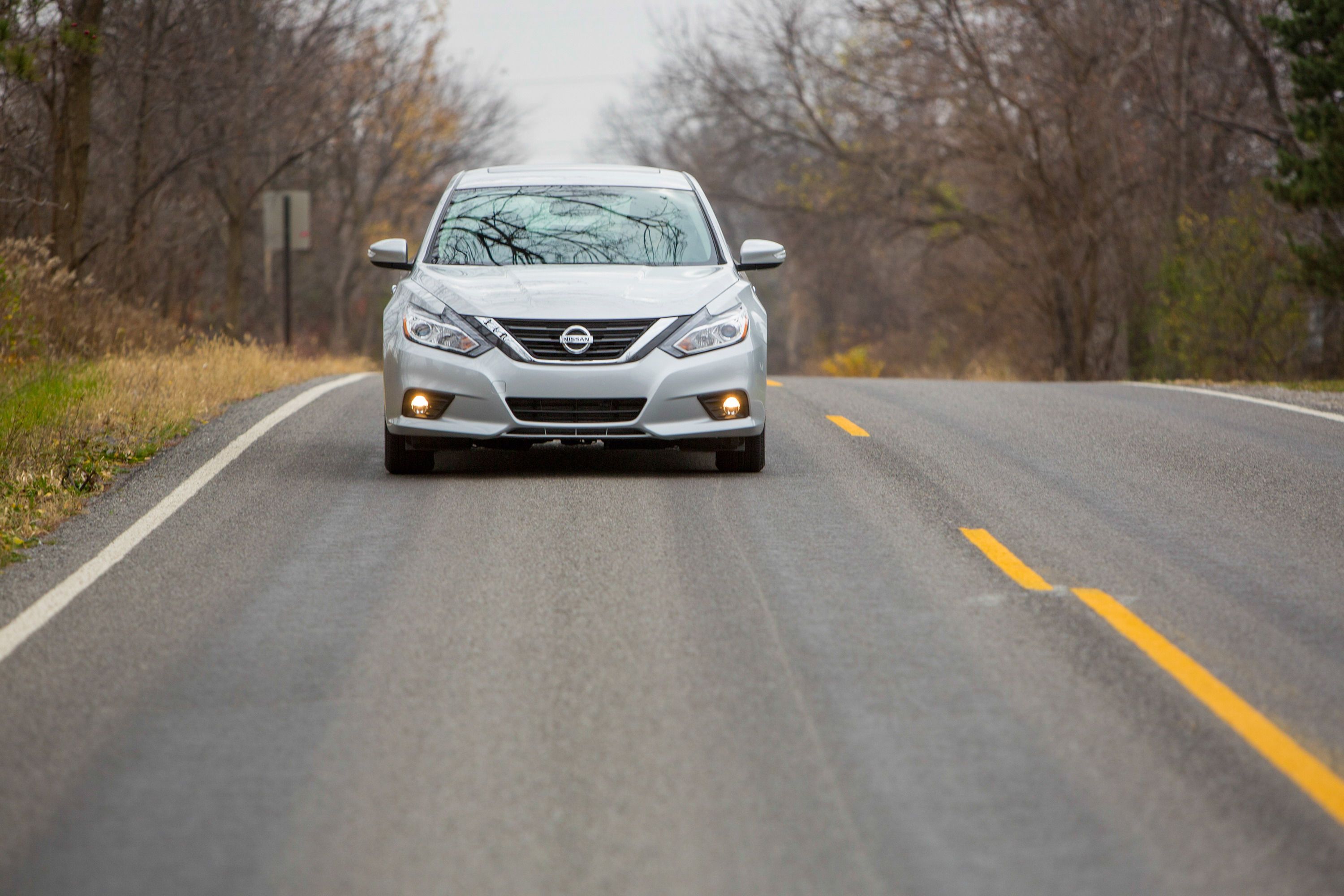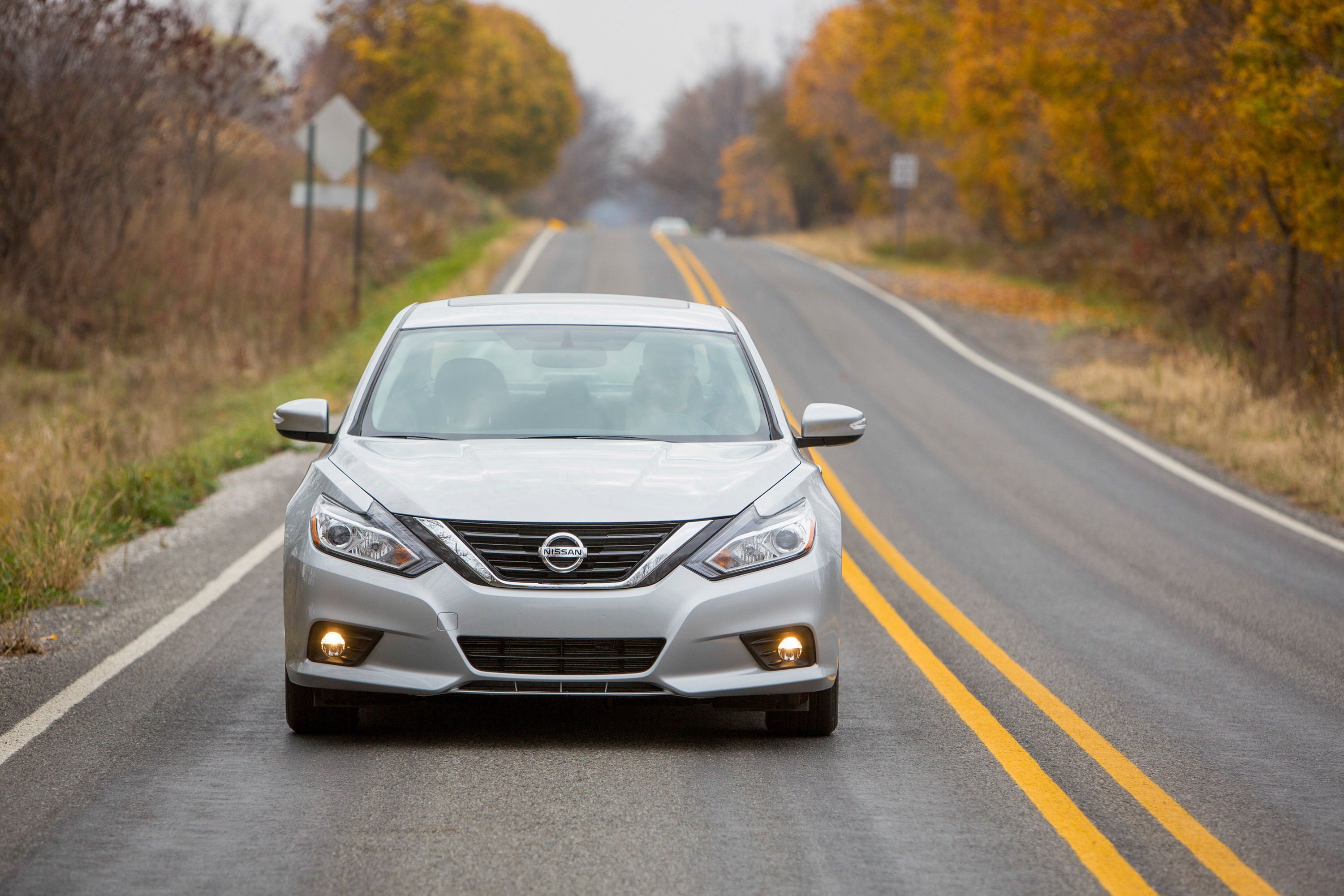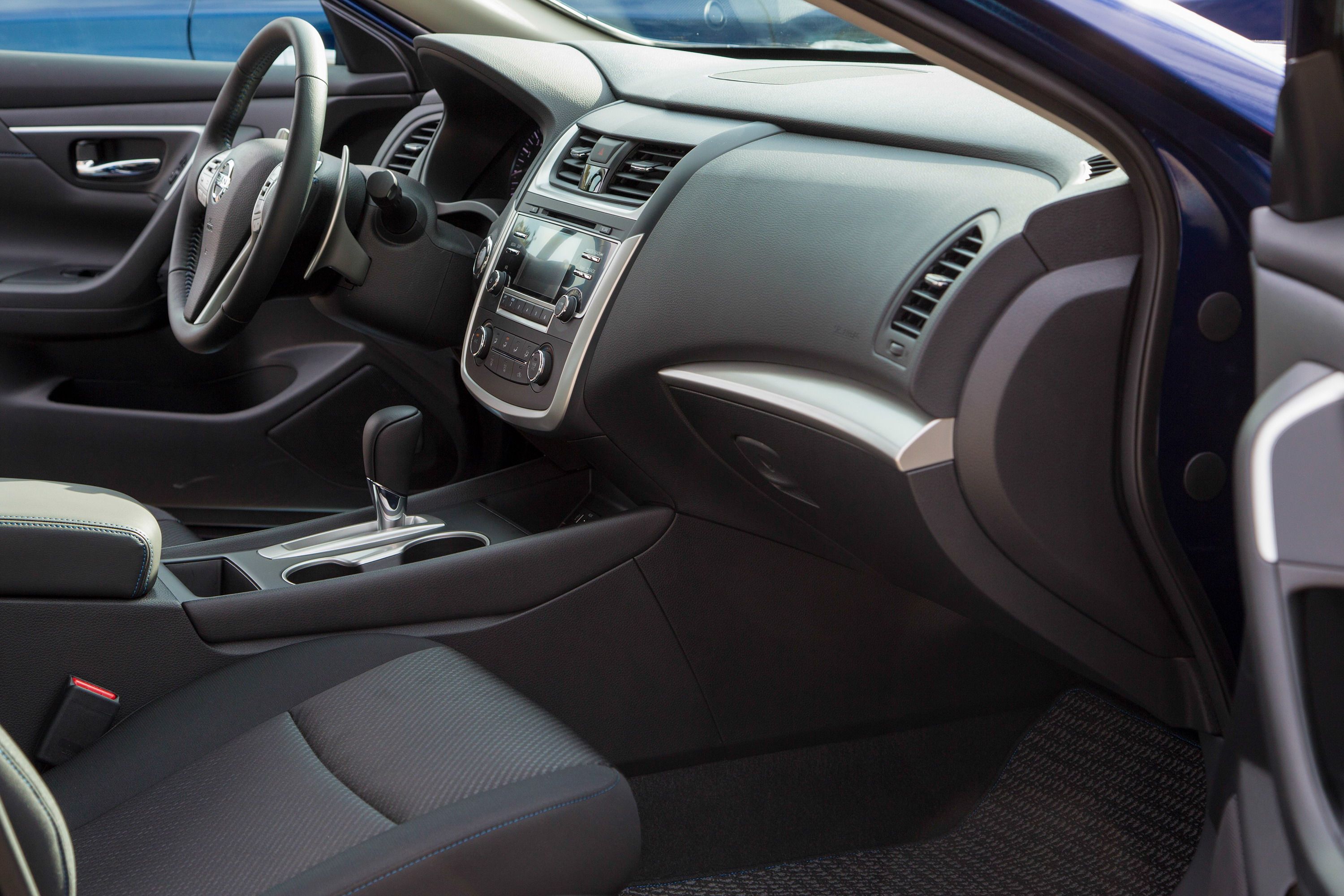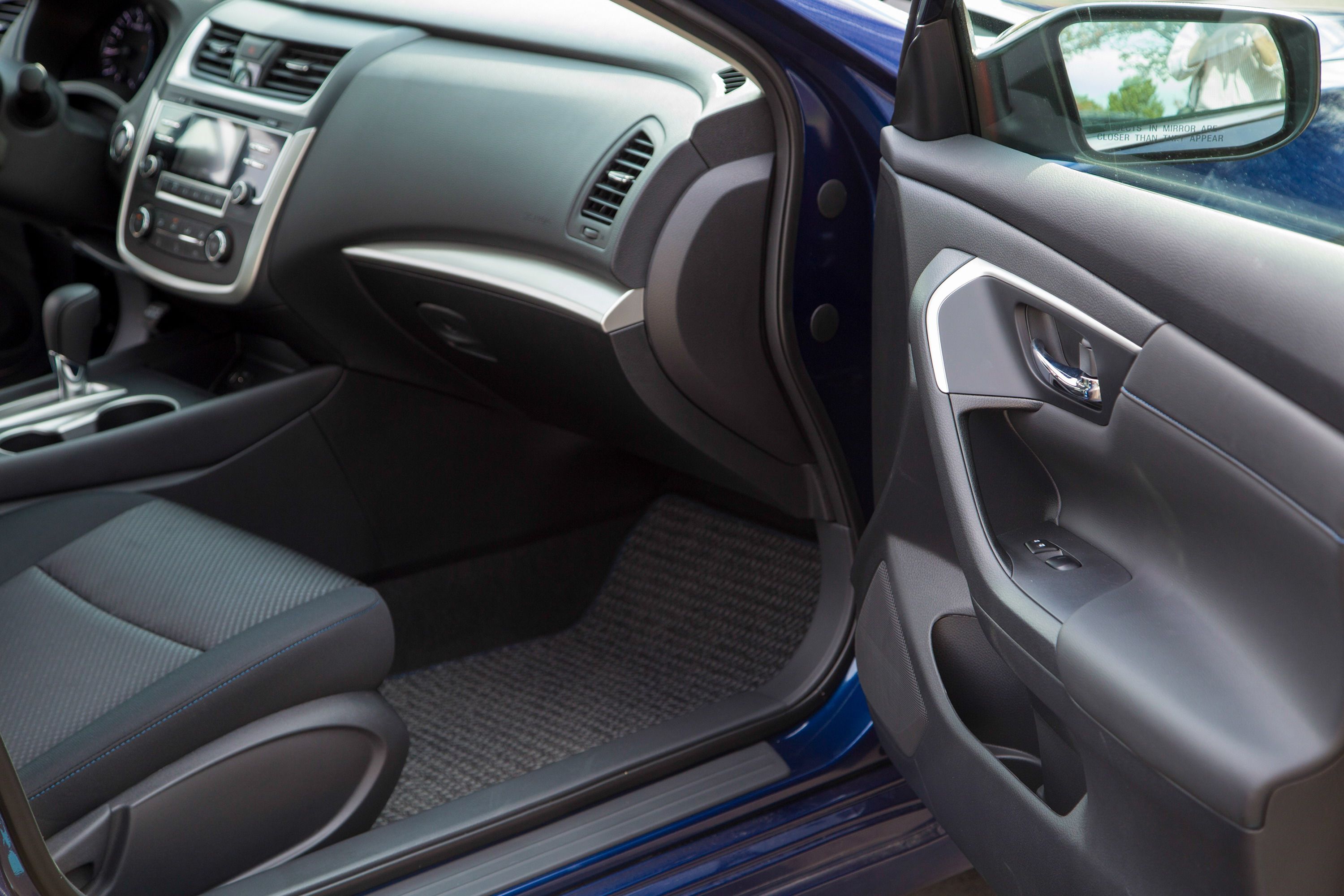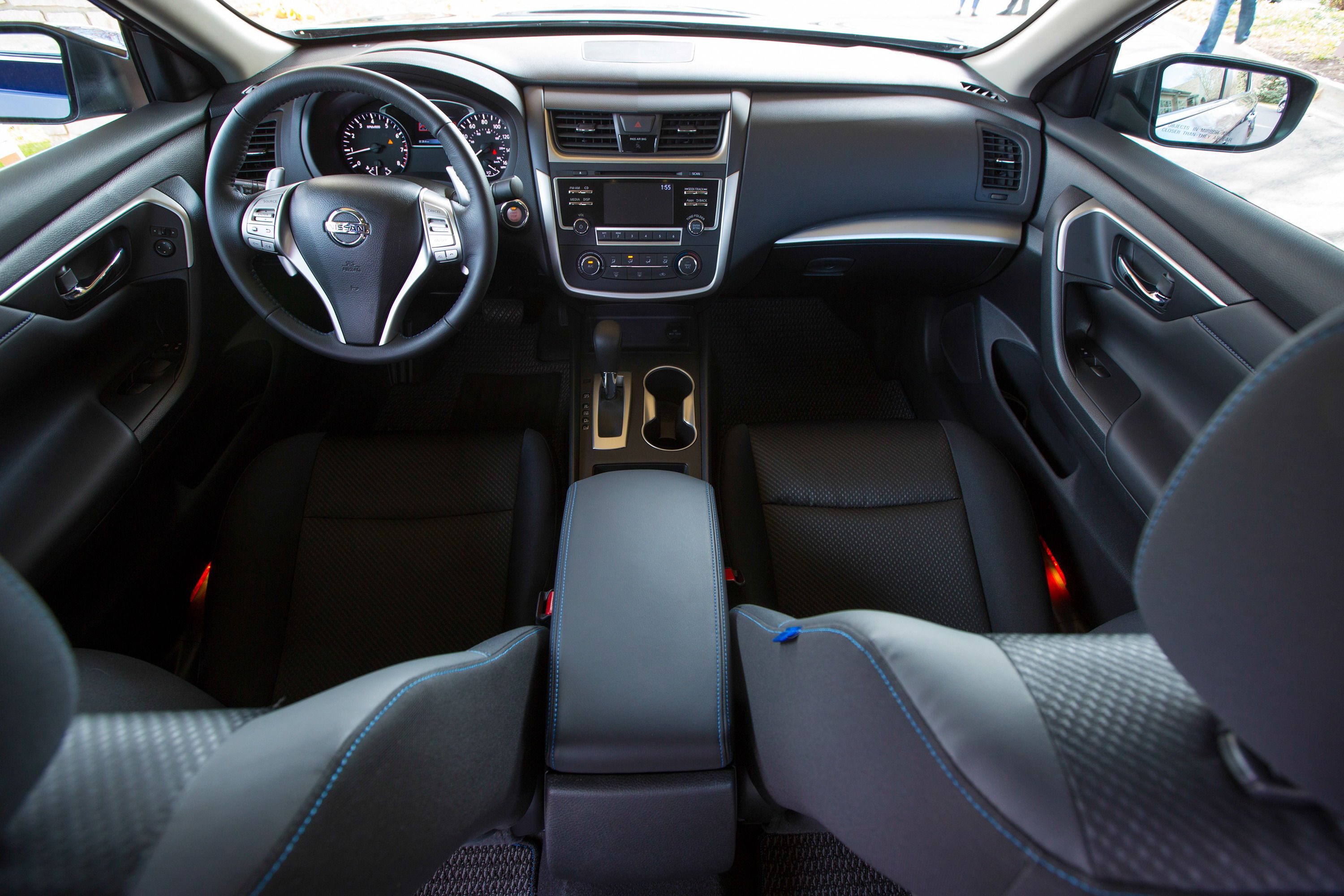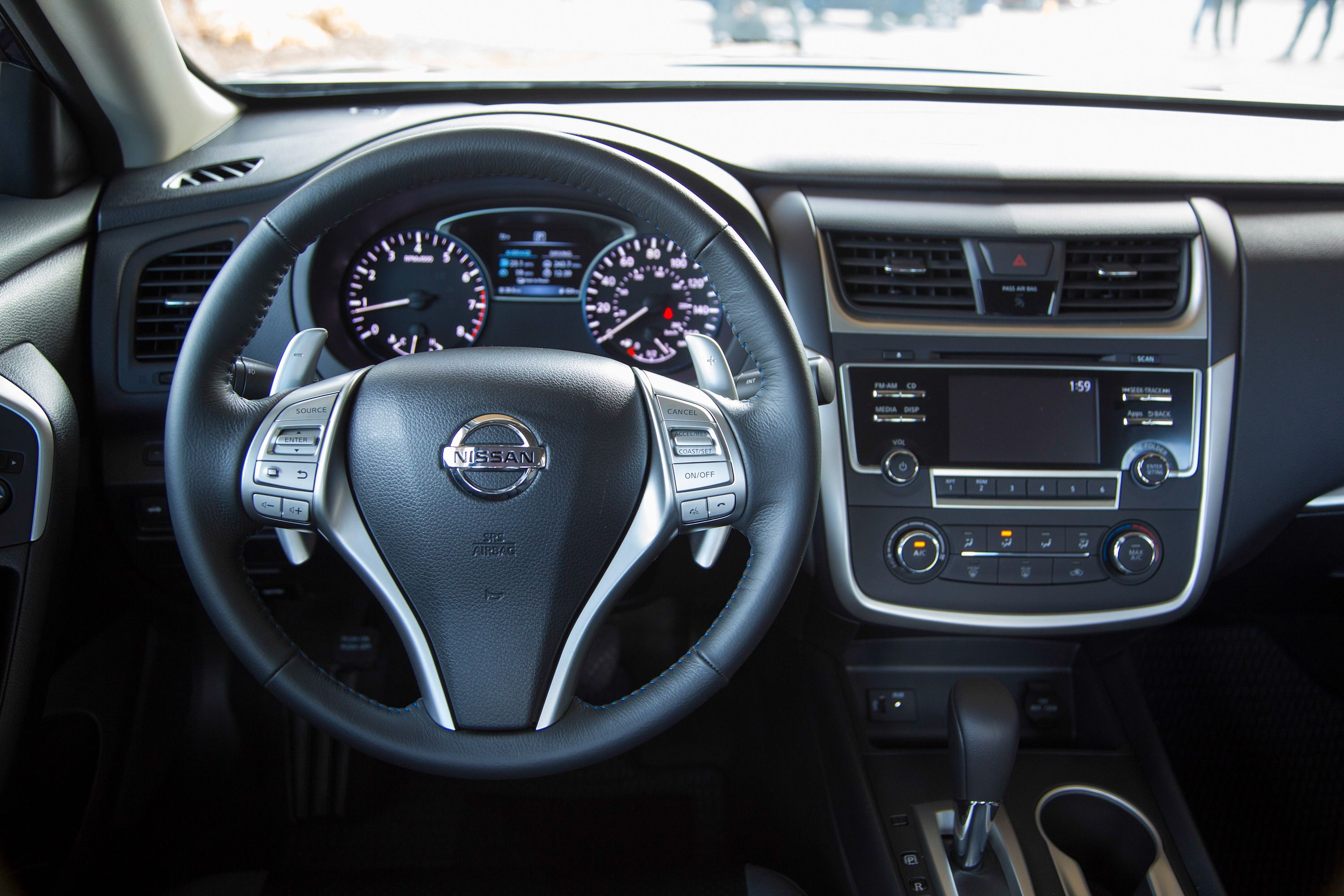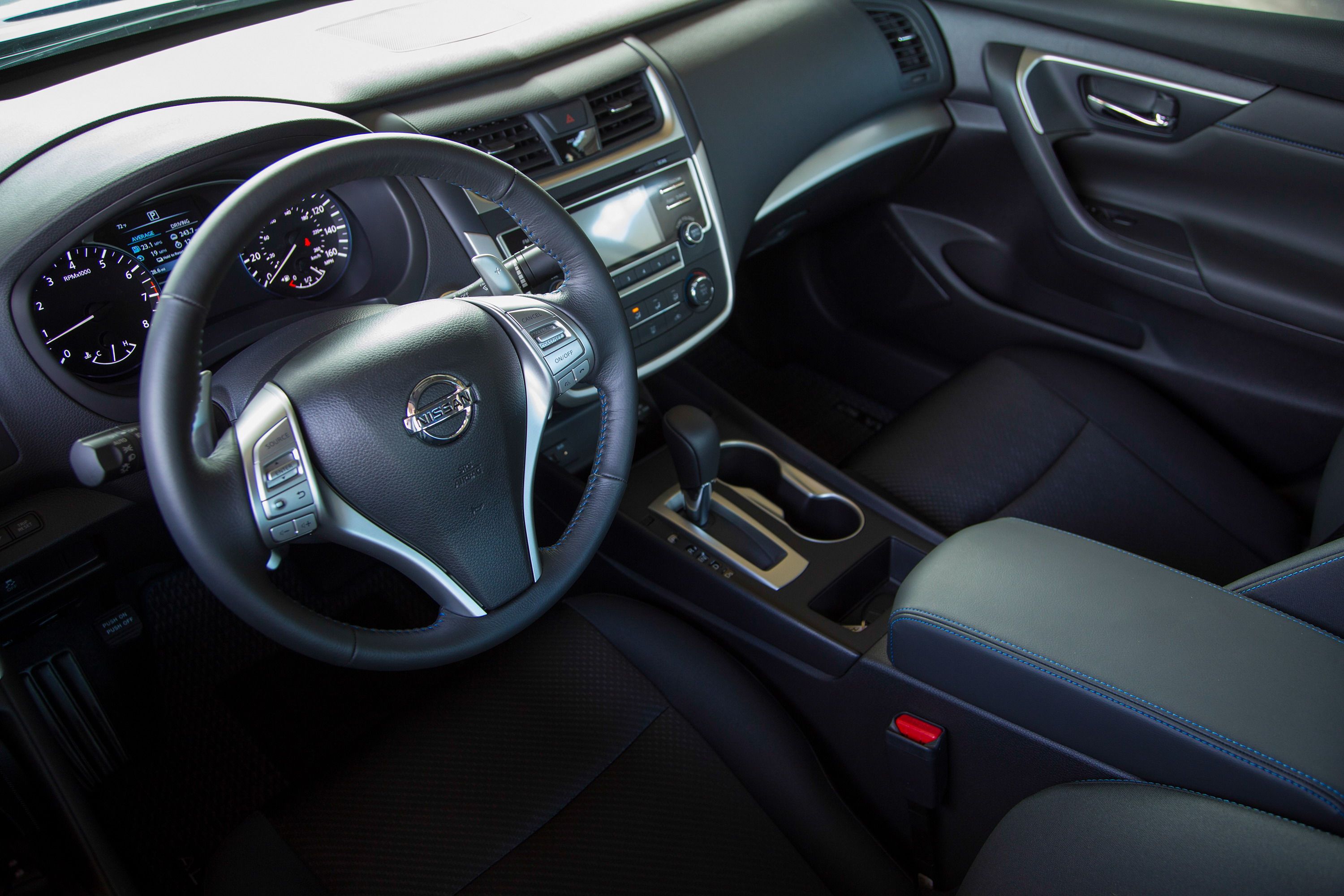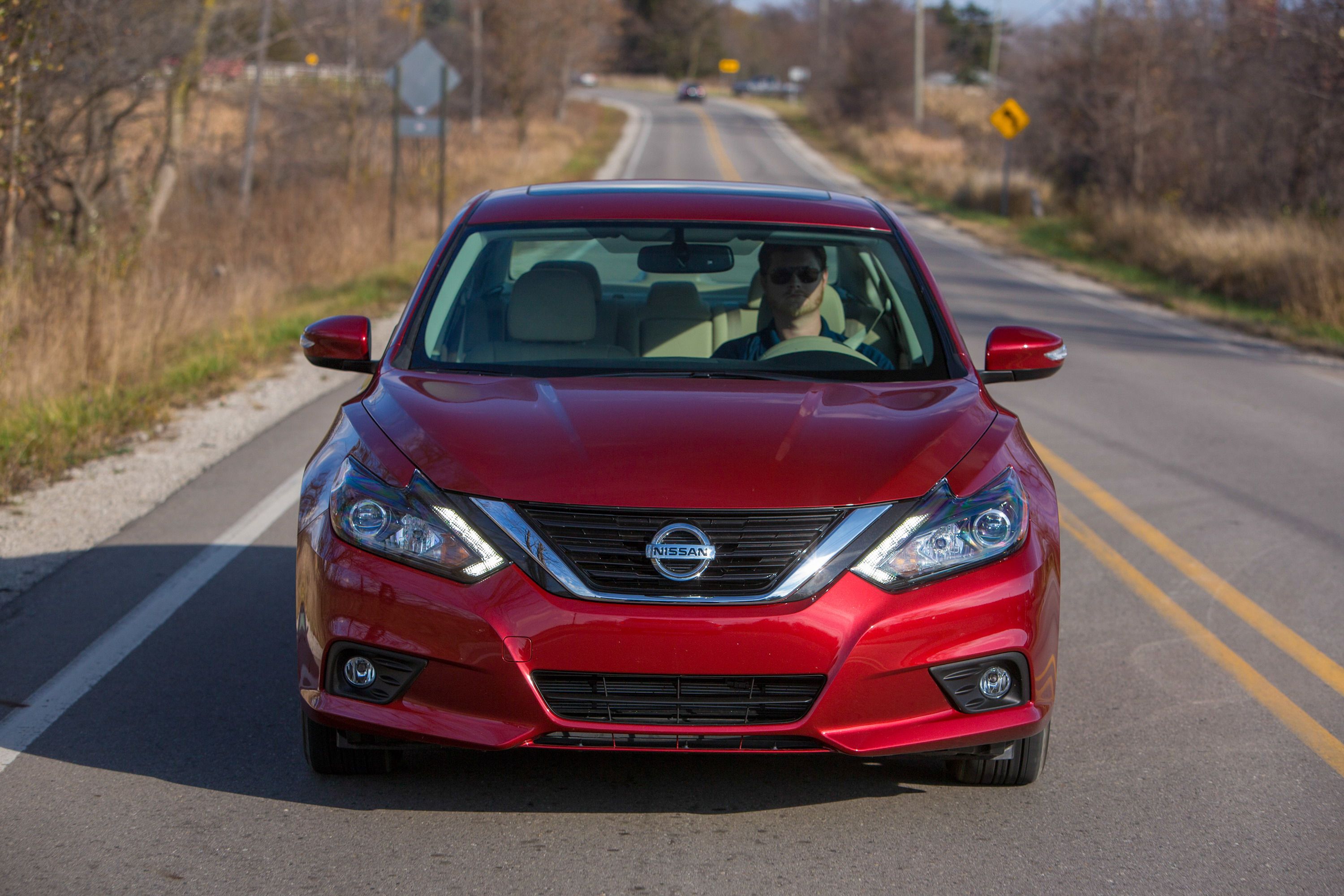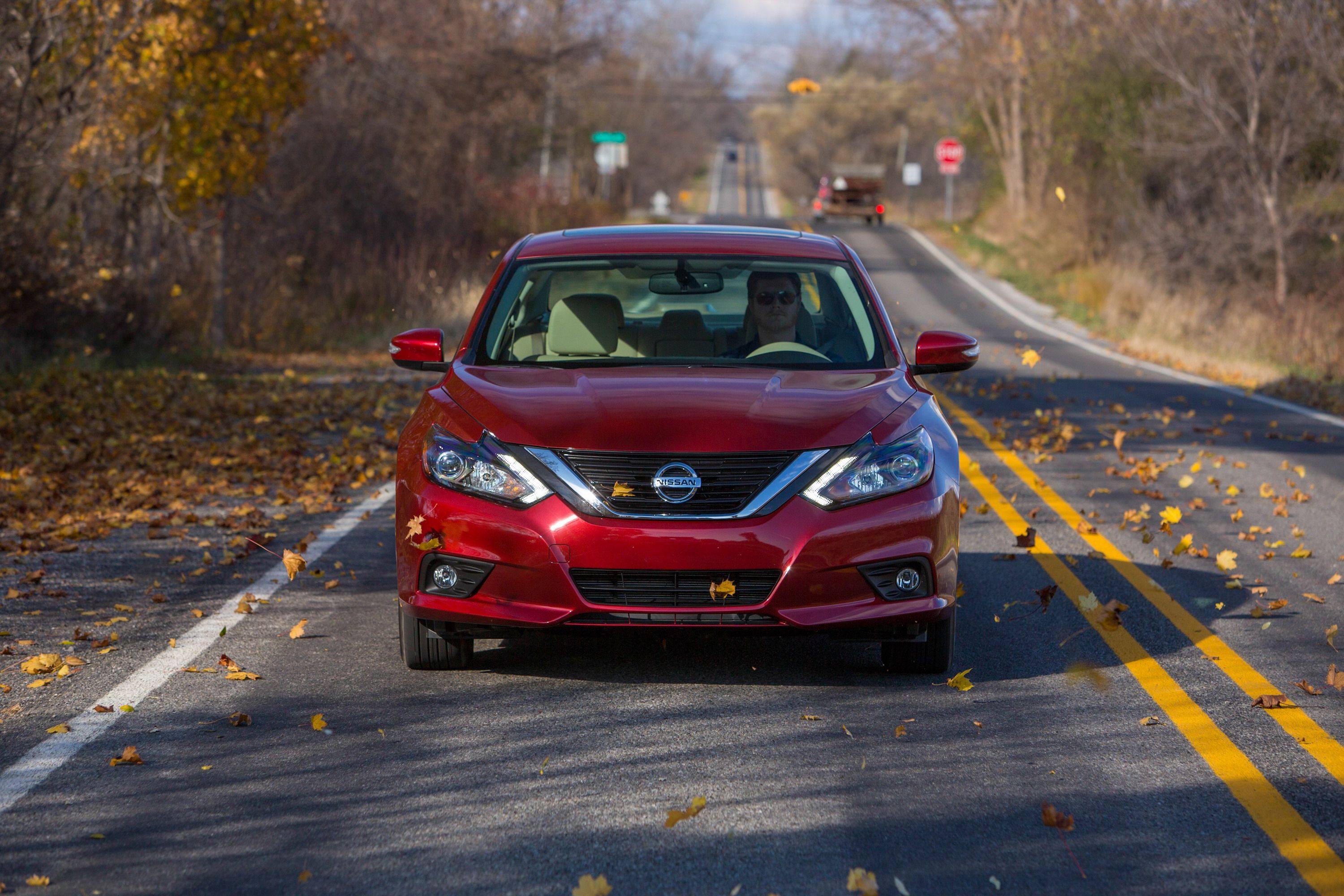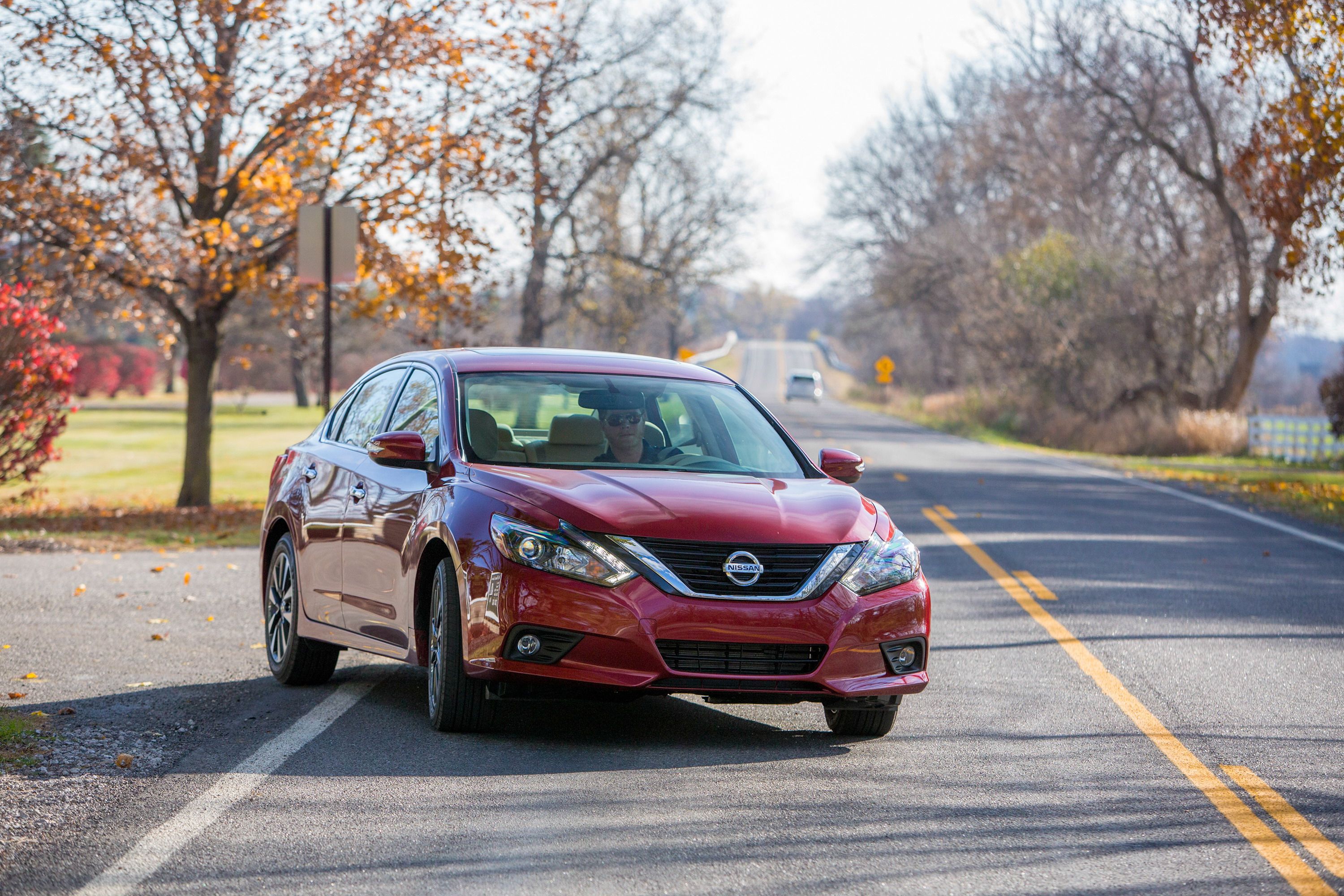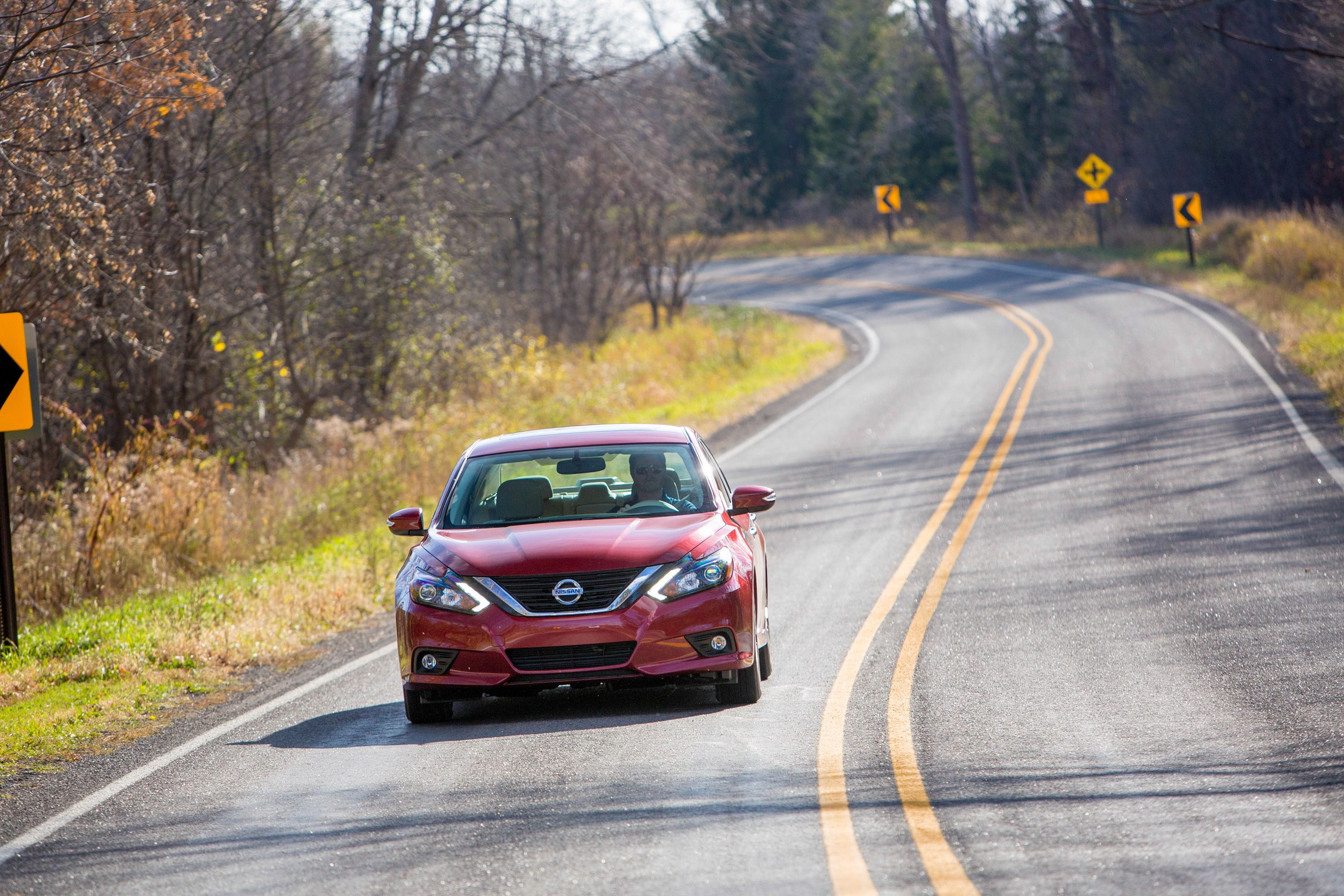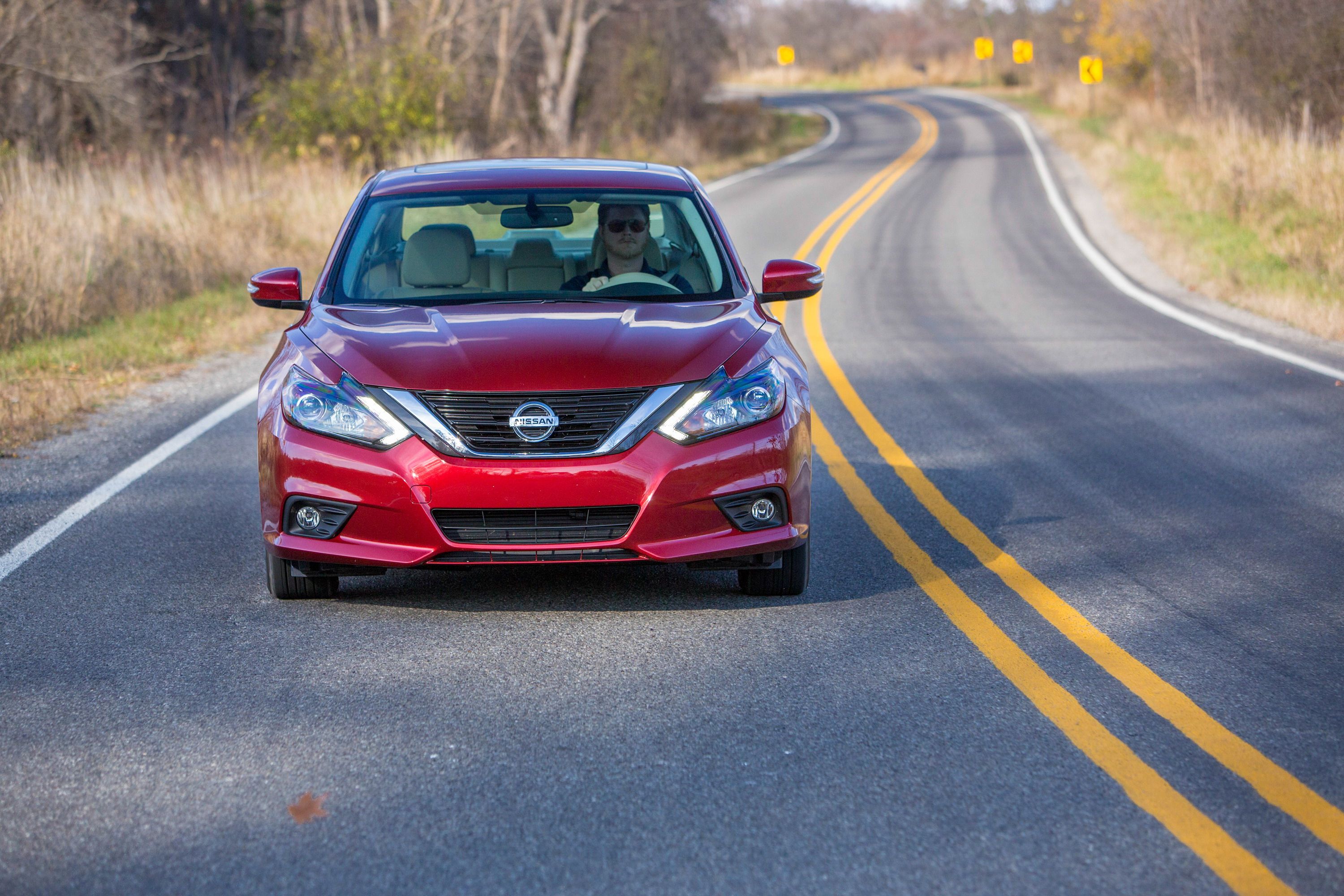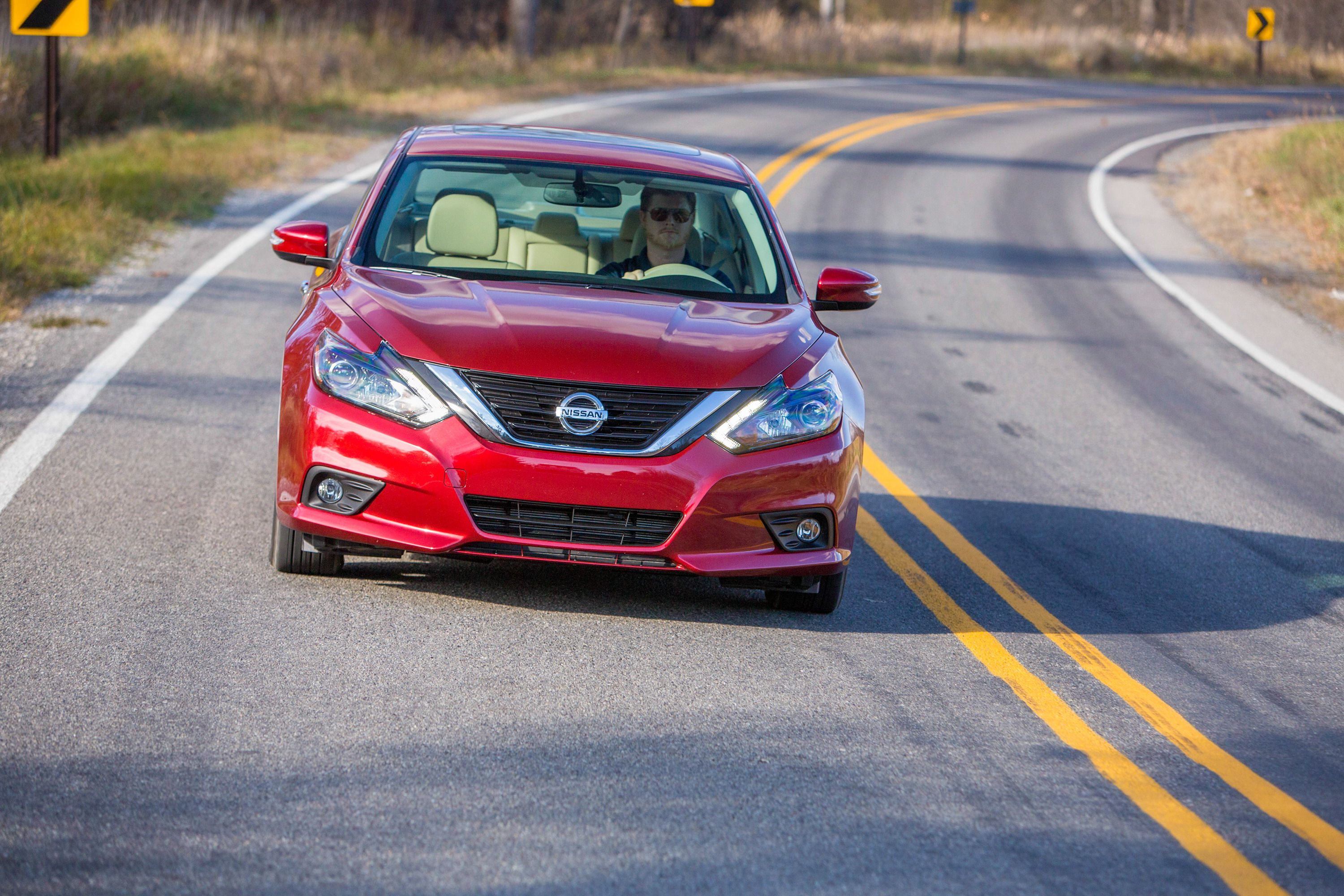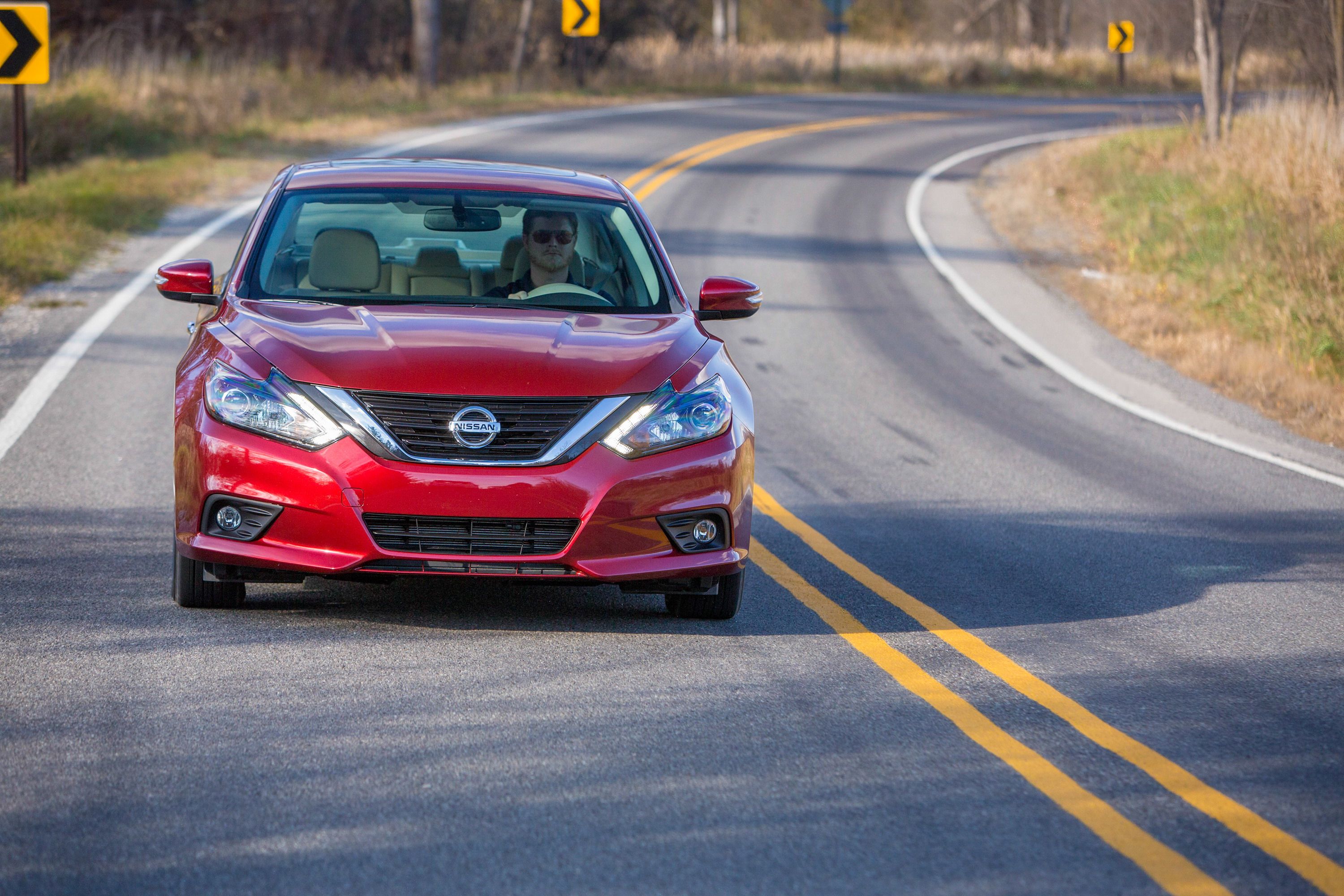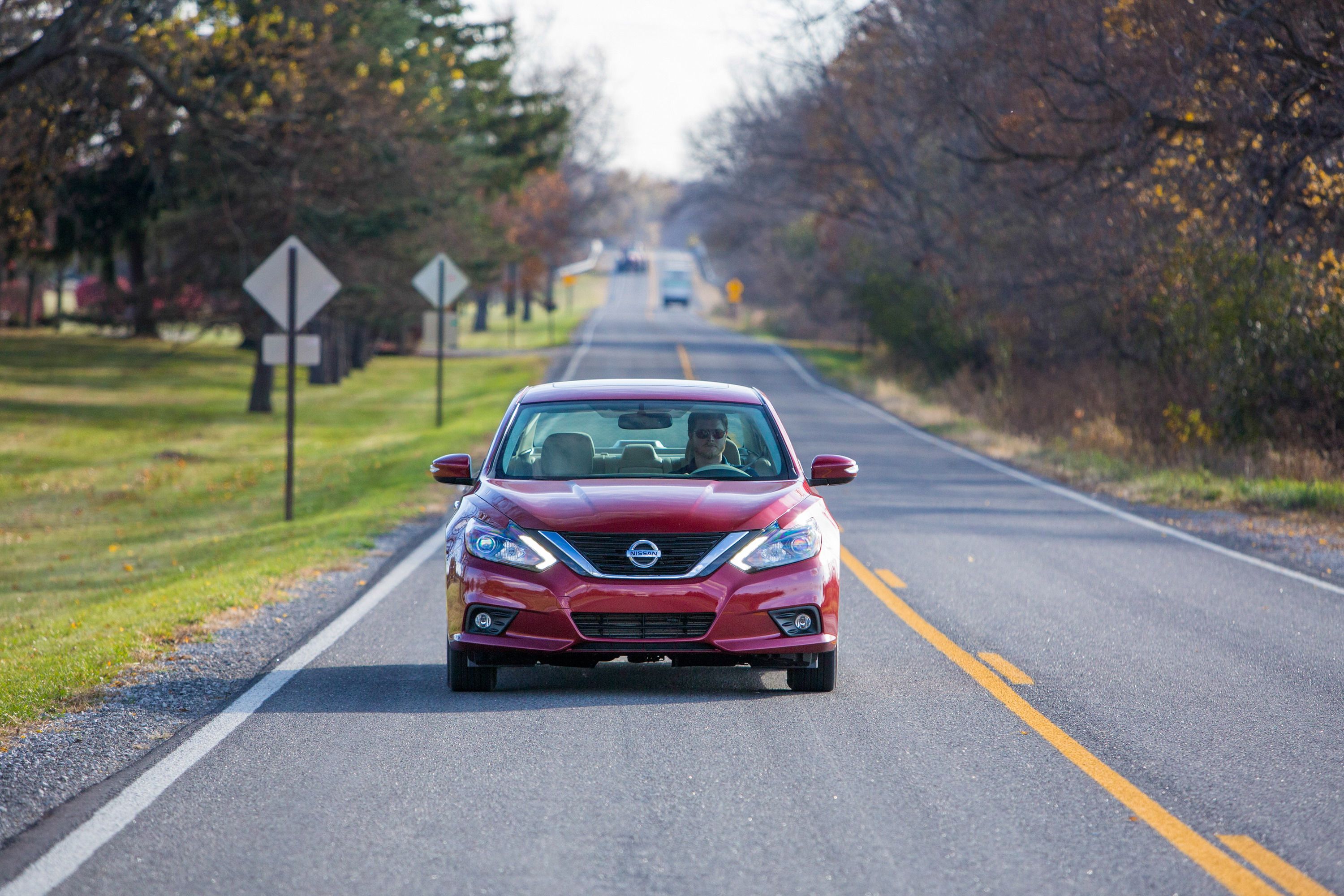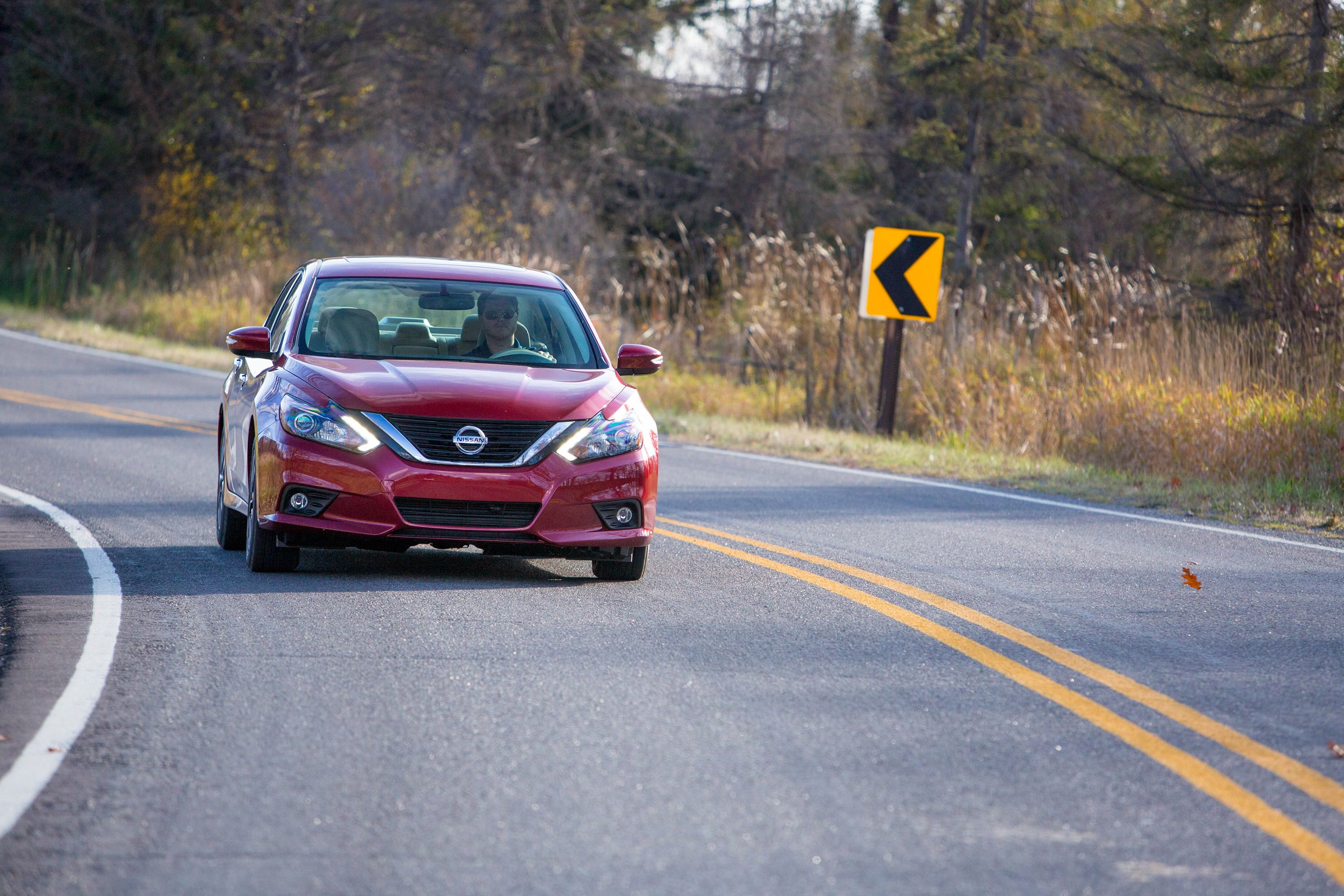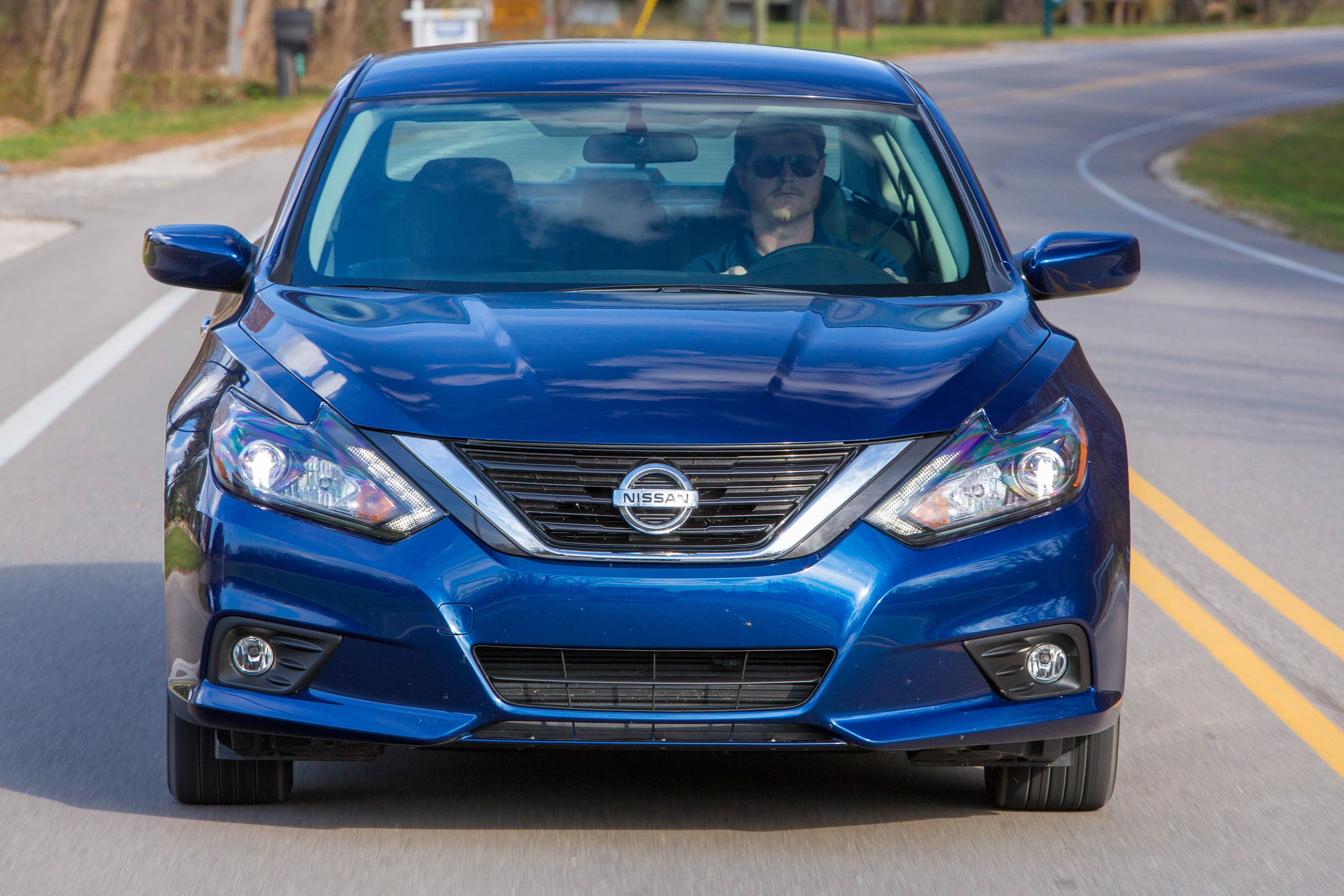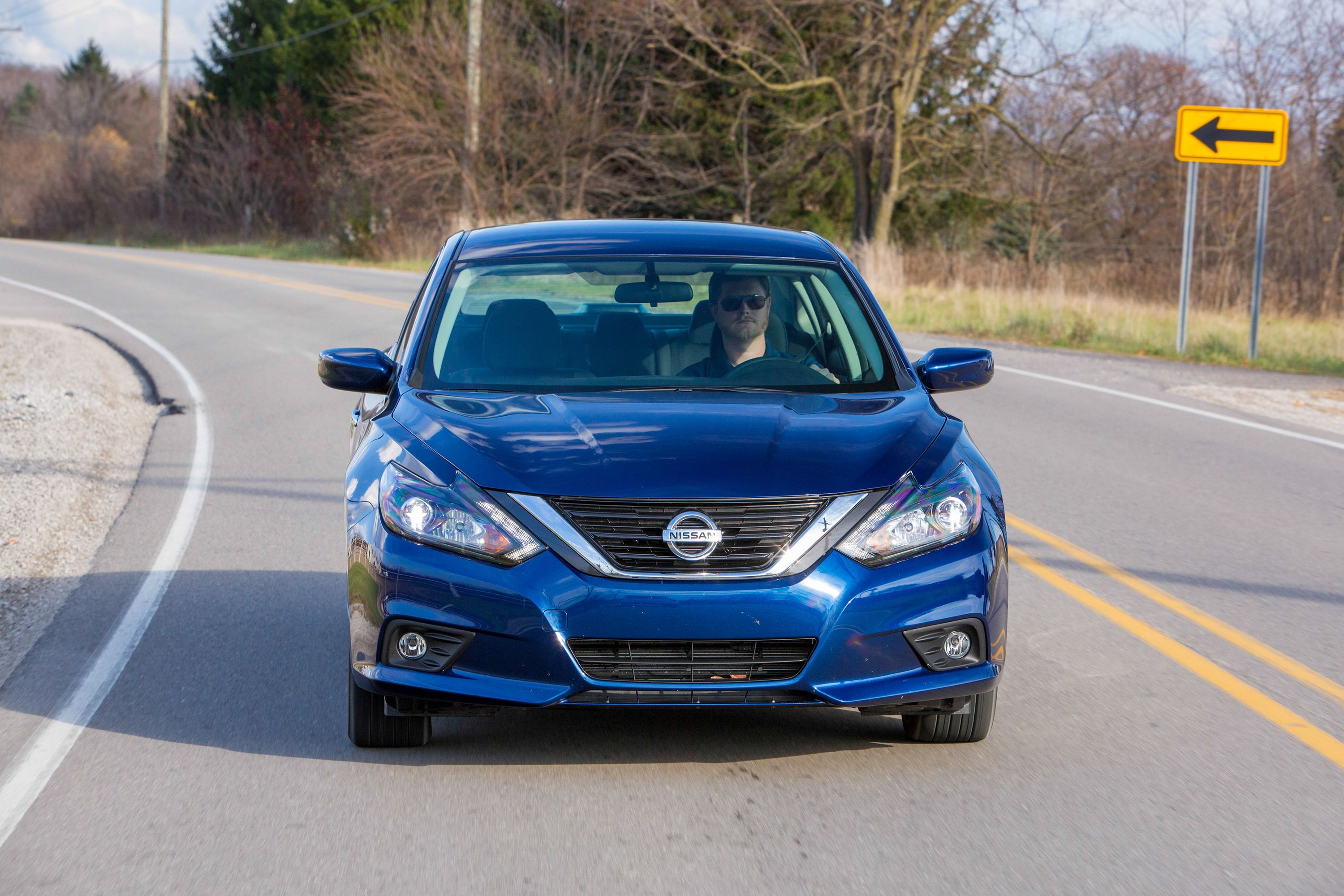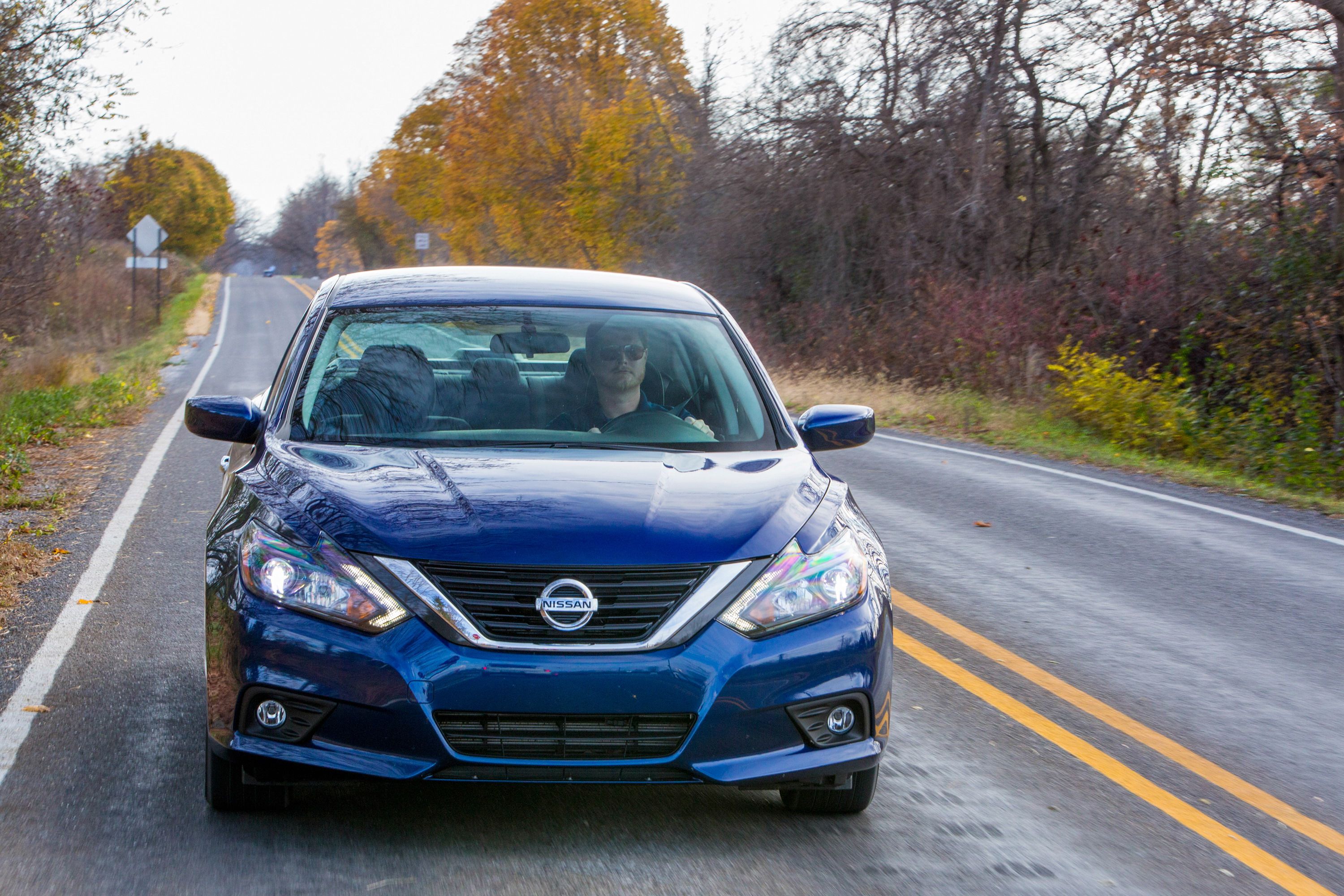The Nissan Altima was originally sold in the U.S. in 1992, and in 2001, it made the transition from compact->ke140 to mid-size->ke1695 sedan.->ke142 Considered one of the top entries in its segment, the Altima->ke542 offers easy driving characteristics, a comfortable cabin, exciting performance, and high value. These assets have propelled the Altima to the top of Nissan’->ke62s sales charts, but throughout its five generations, it’s lagged behind similar products from Toyota->ke88 and Honda.->ke34 Nissan hopes to change that for the 2016 model year, giving the Altima “one of the most extensive mid-cycle product makeovers in Nissan history,” according to North America chairman José Muñoz. The changes are indeed quite dramatic, including a redesigned exterior and cabin, class-leading fuel efficiency, active safety technology, updated suspension, and the introduction of a sportier SR trim level. But is it enough to nose ahead of the competition?
I went to Plymouth, Michigan to find out. Located roughly 30 minutes west of Detroit, Plymouth is crisscrossed by long country roads, meandering two-lanes, and charming townships, offering a nice mix of environments to put the new Altima through its paces. I also got a chance to test out the new suspension on a parking lot slalom course and rough road course.
Updated 12/01/2015: We added a video overview showcasing the new model's features. Enjoy!
Continue reading to learn more about the 2016 Nissan Altima.
2016 Nissan Altima – Driving Impression And Review
- Make: Array
- Model: 2016 Nissan Altima – Driving Impression And Review
- Engine/Motor: inline-4
- Horsepower: 182 @ 6000
- Torque: 180 @ 4000
- Transmission: CVT
- [do not use] Vehicle Model: Array
Model History And Background
The Altima is currently the best-selling Nissan in the U.S., experiencing solid growth for the past five consecutive years. In 2015, it was the third best-selling passenger car in the nation, ahead of the Ford Fusion and Subaru Legacy, but behind the Toyota Camry and Honda Accord.
The current fifth-generation Altima was unveiled for the 2013 model year. To keep a model feeling new before the next generation is released, carmakers will perform something known as a “mid-cycle refresh” or “facelift,” essentially offering new features and/or a redesign to stay one step ahead of the competition. We first got a look at the Altima’s 2016 model-year facelift in September, and it’s much more extensive than the typical mid-cycle refresh.
Alongside the design updates and new technology, the addition of the new SR trim level is particularly important. Nissan says up to 40 percent of its competitors’ sales are sporty variants, and now, the Altima offers it’s own performance-oriented derivative.
With the SR, there are seven total trim levels to choose from – the 2.5, 2.5 S, 2.5 SR, 2.5 SV, 2.5 SL, 3.5 SR, and 3.5 SL. The numbers identify the engine size, while the letters identify the equipment.
Exterior
For the past several years, the Altima has stood out as one of the better-looking cars in the segment. While the Camry and Accord are both quickly lost in a crowd, the Altima looks sharper and snappier. The nose and tail are unique, and the profile offers nice proportions, particularly around the C-pillar.
For the 2016 refresh, these attributes are all greatly enhanced, as the Altima once again eschews the bland and generic for something much more interesting. Overall, I like what Nissan did. I caught myself looking back more than once after exiting the car, just to catch a glimpse of the new styling.
Nissan calls the design language “Energetic Flow,” first unveiling it to the public with the Resonance and Sports Sedan concepts, which transformed into the new Murano and Maxima, respectively.
The most prominent feature is the chrome-trimmed “V-Motion” upper grille, which characterizes the front fascia without dominating it. Complementary changes can be found in every panel ahead of the A-pillar, including the bumper, fenders, hood, lower grille, and boomerang-shaped headlights.
SR models receive smoked headlight bezels as standard, improving the front end even further. Pictures don’t quite convey the difference these bezels make, but seeing them in person makes them much more obvious. LED projector low-beam headlights with LED signature daytime running lights are standard on 3.5 SR and 3.5 SL models, and optional on 2.5 SR and 2.5 SL models. Fog lights come standard on SR, SV, and SL models.
The rear fascia was also refreshed with a new bumper, trunk lid, and a darker lower accent. The taillights are lower and wider, once again echoing the boomerang shape up front, and are offered with available LEDs. SR models receive a rear lip spoiler, while SLs have an available moon roof.
All these changes certainly bring new aesthetic appeal, but there’s functionality to be found as well. The 2016 Altima offers a 10-percent lower drag coefficient, dropping from 0.29 to 0.26. Funny enough, 0.26 is the same number you get with the track-eating Nissan GT-R.
Contributing the bulk of this efficiency is a new active grille shutter (3 percent improvement), more extensive underbody covers (3 percent improvement), and new front and rear fascia windshield designs (4 percent improvement). The reduced drag not only helps with fuel efficiency, but it quiets the cabin as well.
Paint options include the newly added Deep Blue Pearl (my personal favorite), plus Java Metallic, Brilliant Silver, Gun Metallic, Super Black, Cayenne Red, Pearl White, Glacier White, and Storm Blue. Nissan also added new designs for the 17- and 18-inch aluminum-alloy wheels.
Interior
With “Energetic Flow” design language used outside, Nissan used “Gliding Wing” design language for the interior. This is mainly seen in the broad horizontal dash, which echoes lines found in the exterior front fascia. “Gliding Wing” is also used inside the new Murano and Rogue.
For the 2016 Altima, the C-stack was revised, as was the steering wheel. The cup holders now accommodate mug handles. Satin black and silver trim can be found throughout. For the lower-spec models, this trim won’t fool anyone into thinking “premium,” but it doesn’t feel cheap either, and should satisfy most customers. Anyone looking for a more luxurious experience is encouraged to check out the top-spec SL model, which comes bathed in leather and other materials that seem to supersede its $30,000 asking price.
I, however, spent the majority of my time in the SR model, and as soon as I hit the road, the first thing I noticed was just how absolutely silent it was in the cabin. We’re talking quiet-as-a-crypt levels of sound. Buyers will need to keep an eye on the speedometer, because the dearth of tire and wind noise at all speeds will trick you into thinking you’re going half as fast as you really are. This contributes heartily to the driving experience, enhancing both overall comfort and sound system performance.
Nissan is quick to point out that low NVH (noise/vibration/harshness) was a major focus for the 2016 refresh. The updated Altima is equipped with a new acoustic windshield, new high-density insulation, new engine mounts, and a new center muffler, all of which yield big dividends when it comes to silencing the outside world. Kudos to Nissan there.
A soft-touch cloth material with an open-weave pattern is used in the door panels and seats, and it feels quite nice. The same goes for the leather-wrapped steering wheel and shift knob. Front passengers benefit from standard “Zero Gravity” seats, which were reshaped for 2016. Even after an hour or so behind the wheel, I still felt comfortable and supported.
The various infotainment controls (including those on the multi-function steering wheel) are easy to reach and easy to operate. The Drive Assist Display, which offers vitals like turn-by-turn navigation (when equipped), caller ID, fuel consumption, etc., is clear and easy to read. There’s also an available 5-inch and 7-inch central display.
Siri Eyes Free and NissanConnect with mobile apps comes standard above the entry-level 2.5 trim level. There’s also available navigation, Nissan voice recognition, remote start, remote horn and lights, and connected and assisted search.
For more information on standard and optional equipment, check the Prices section.
Drivetrain
Like the outgoing model, the 2016 Altima is offered with either a 2.5-liter, DOHC inline four-cylinder with 182 horsepower at 6,000 rpm and 180 pound-feet of torque at 4,000 rpm, or a 3.5-liter, DOHC V-6 with 270 horsepower at 6,400 rpm and 251 pound-feet of torque at 4,400 rpm. There were no V-6 models available to drive in Plymouth, but I can report that the four-cylinder’s output is about right for a model in this segment. It gets the job done, whether it’s passing on a tight two-lane or charging onto the highway. It won’t melt your face, but it won’t feel sluggish either, which leads me to believe the V-6 should pack a nice punch.
But when it comes to the Altima, fuel economy far outweighs acceleration in terms of priorities. Thanks to a higher 10.3 compression ratio, a low-friction balancer, a variable displacement oil pump, and a new anodized coating for the piston heads, plus the smoothed-out aero, the standard 2.5-liter engine now offers up to 39 mpg on the highway – quite impressive for a naturally aspirated four-banger. Meanwhile, the V-6 stays static at 22 mpg city and 32 mpg highway.
“No other mid-size sedan has shown consistent fuel economy gains over the last decade like Altima has, including a 26 percent increase since 2006," said North America chairman José Muñoz.
MPG: Altima vs. the competition (city/highway/combined)
|
2016 Altima (2.5-liter 4-cyl, CVT) |
27/39/31 |
|
2016 Honda Accord (2.4-liter 4-cyl, CVT) |
27/37/31 |
|
2016 Hyundai Sonata (2.4-liter 4-cyl, 6 AT) |
25/38/30 |
|
2016 Toyota Camry (2.5-liter 4-cyl, 6 AT) |
25/35/28 |
|
2016 Ford Fusion (2.5-liter 4-cyl, 6 AT) |
22/34/26 |
Of course, a major factor in the Altima’s efficiency is the transmission. All models come standard with a CVT (continuously variable transmission), the only gearbox option available.
Full disclosure – I’m not a fan of CVTs. They might be great for fuel economy, but they feel disconnected and vague, like a planet is sitting between your right foot and the drive wheels. For 2016, the Altima’s CVT uses next-generation Xtronic D-step technology, which imitates the normal shifting patterns of a 7-speed automatic. Additionally, SR models are equipped with steering wheel-mounted paddles to simulate gearshifts.
Does it work? Yes and no. On balance, the Altima’s CVT is one of the better units I’ve tried. When cruising, all is well – it happily does its job in the background, effortlessly maximizing MPG. The stepped shift characteristics also keep the engine from endlessly droning, which is a big a plus.
But as soon as you throw it a curve or accelerate hard, it’s back to that same old lethargic feel. You never really forget it’s a CVT. The paddles don’t help either, feeling more gimmicky than useful, which puts a small ding in the SR’s sporting credentials.
Chassis And Handling
No matter the make, every new suspension update inevitably brings with it a claimed increase in both handling prowess and ride comfort – wholly opposed qualities when it comes to tuning. Such is the case with the Altima, which gains new struts in the front, plus new shocks, springs, and bushings in the rear.
There are also new tires, which come equipped with higher tread stiffness, higher sidewall stiffness, and a gripper tread compound. Curb weight sits at 3,200 pounds. Finally, the electric-assist steering was revised with new controller mapping and a new hydraulic valve.
Out on the road, the new Altima is remarkably easy to drive. It’s smooth but precise, with excellent steering feel that strikes a balance between heaviness and lightness that’s quite ideal for a car in this segment. The roads around Plymouth are rough and uneven, but the Altima handled them with ease. Straightaway cruising was effortless, while windy back roads were unthreatening. There’s also surprisingly little torque steer, a quality that might be diminished with the V-6.
Performance-minded individuals will obviously find the SR to be the most attractive model in the lineup. Underpinnings include a 258-percent-stiffer, 26.5 mm rear stabilizer bar, and a 50-percent-stiffer, 22.4 mm front stabilizer bar, plus new damper tuning, Active Understeer Control, and standard 18 x 7.5-inch aluminum alloy wheels wrapped in 235/45 Dunlop tires.
According to Pierre Loing, vice president of Product Planning, Nissan North America, Inc., “Anyone can dress up a sedan with custom wheels and a body kit, but that's not in keeping with Nissan's longstanding performance heritage.” As such, the SR offers a 20-percent reduction in body roll and a 12.5-percent increase in cornering performance.
But what does that actually mean?
To put the numbers to the test, I got a chance to try the SR on a short, first-gear slalom course, followed by a return rough road course. In the slalom, the SR felt lively and tight. The stiffer rear helped immensely with rotation, and body lean was definitely reduced. On the return, the suspension was equally impressive in the way it soaked up the bumps.
After multiple runs, it was obvious the 2016 Altima wouldn’t be able to shake its nose-heavy, mid-size-sedan characteristics. The SR may corner more crisply, but it still leans and understeers when pushed, and I would definitely not classify it as a sports model.
Still, I was impressed with the balance Nissan managed to find between comfort and performance. Hardcore enthusiasts should obviously look elsewhere, but the Altima SR remains a solid pick for a relaxed everyday commute and the occasional spirited back-road outing.
Safety
Safety ratings for the updated Altima have yet to be released, but we can look to the 2015 model for an idea of where it’ll stand. The Insurance Institute for Highway Safety awarded the 2015 Altima with its Top Safety Pick accolade, giving it a highest Good rating in every category but small overlap front (Average) and child seat anchor ease of use (Poor). You can find the IIHS ratings here. Meanwhile, the National Highway Traffic Safety Administration gave the 2015 Altima its highest five-star safety rating in every category, including five stars overall, with the exception of rollover (four stars) and passenger frontal crash (four stars). You can find the NHTSA ratings here.
It’s expected the 2016 Altima will be even safer thanks a variety of technology. Blind-spot monitoring now comes standard on 2.5 SV and SL models (previously optional), while lane-departure warning and moving object detection are both optional. Adaptive cruise control and forward emergency braking are offered as part of the technology package. Additionally, the predictive forward collision warning is able to monitor the speed of two vehicles ahead. Finally, there’s available NissanConnect Services, which throws in automatic collision notification, emergency calling, a stolen vehicle locater, and roadside assistance service.
Prices
The 2016 Nissan Altima arrived in dealerships November 11th, 2015. There are seven trim levels available.
2.5
The entry-level Altima comes with revised “Zero Gravity” front seats, an active grille shutter, and a 2.5-liter four-cylinder engine.
Pricing starts at $22,500 – $200 more than the outgoing model.
2.5 S
The 2.5 S keeps the four-cylinder engine, but adds the Nissan Intelligent Key system (smart entry, keyless start, etc.), a 5-inch display with a rear backup camera, NissanConnect with mobile apps, Siri Eyes Free voice command, a USB port, and smart auto headlights.
Pricing starts at $22,900.
2.5 SR
Here’s where things start to get interesting. The 2.5-liter four-cylinder engine remains, but the exterior receives smoked headlight bezels, a rear spoiler, fog lights, and unique 18-inch aluminum-alloy wheels with a machined finish. Signature LED daytime running lights are available. The CVT gets a “manumatic” shift mode with steering wheel-mounted paddles, while select suspension parts are swapped for stiffer replacements.
Inside, there’s a 10-way power-adjustable driver’s seat, two-way power-adjustable driver’s seat lumbar support, a leather-wrapped steering wheel and shift knob, and blue stitching on the steering wheel, seats, and door panels.
Pricing starts at $24,470.
2.5 SV
Above the 2.5 SR is the 2.5 SV, which swaps the SR’s 18-inch wheels for 17-inch alloys, and replaces the stiffer suspension with standard components. There’s also remote engine start, blind-spot warning, rear cross traffic alert, dual-zone climate control, and satellite radio.
Pricing starts at $25,460.
2.5 SL
The luxury 2.5-liter SL model includes heated side mirrors, LED mirror indicators, leather upholstery, a premium Bose sound system, heated seats, a heated steering wheel, and Nissan Homelink (garage door opener, security gate opener, etc.). Signature LED daytime running lights are available.
Pricing starts at $28,570.
3.5 SR
The 3.5 SR brings the same equipment as the 2.5 SR (stiffer suspension, rear spoiler, etc.), but includes the more potent 3.5-liter V-6 under the hood, and LED headlights in the front fascia.
Pricing starts at $27,390.
3.5 SL
The top-of-the-line 3.5 SL brings the same equipment as the 2.5 SL (leather upholstery, Bose premium sound system, etc.), but includes the more potent 3.5-liter V-6 under the hood, and LED headlights in the front fascia.
Pricing starts at $32,090 – $260 less than the outgoing model.
Competition
Toyota Camry
The ubiquitous Camry simply dominates the mid-size sedan segment, scooping up over 421,000 sales in the past 12 months. It offers solid basics for transportation, like a comfortable ride, high fuel economy, and a good safety record. Engine options include a four-cylinder with 178 horsepower, and a V-6 with 268 horsepower. A six-speed automatic transmission comes standard. Discounting the hybrids, there are five trim levels to choose from, including the hugely popular SE, which adds sport suspension and 17-inch wheels.
Read our full review here.
Honda Accord
Just ahead of the Altima in terms of sales is the Accord, which offers an impressive array of models and features. Engine options include a 2.4-liter four-cylinder in two states of tune (either 185 horsepower, or 189 horsepower for the Accord Sport), as well as a 3.5-liter V-6 putting down 278 horsepower. Transmission options include either a six-speed automatic or a CVT. Whether or not the Altima can surpass the Accord in sales with this latest refresh remains to be seen, but it’s certainly within the realm of possibility.
Read our full review here.
Conclusion
You can be sure Nissan isn’t messing around with this latest update. As the automaker’s bestseller, the Altima needs to stay as fresh as possible, especially when you consider the momentum gained from five years of impressive sales growth in the cutthroat mid-size sedan segment.
Each of Nissan’s rivals is certainly looking for an edge, but I don’t think they’ll find it against the 2016 Altima. All told, the Altima offers great value, coming with more features for less money. Throw in the wide range of trim levels, and things are looking up.
Without a doubt, the most interesting of the bunch is the SR, but not just for the obvious reasons. Yes, the revised suspension is nice, as are the aesthetic touches, but it’s the way the SR trim combines comfort and a taste of performance that really makes it shine.
Nissan also made sure the SR started low on the trim-level totem pole to keep it accessible to younger buyers – a smart play. That said, it’s important to remember the SR isn’t a sports car – Nissan calls it “sport flavored,” and I think that’s absolutely accurate. Anyone looking for tire-shredding thrills need not apply.
But if you’re looking for a quiet, comfortable, efficient, good-looking sedan with all the tech you need and a light, performance glaze, the 2016 Altima will surely satisfy.

